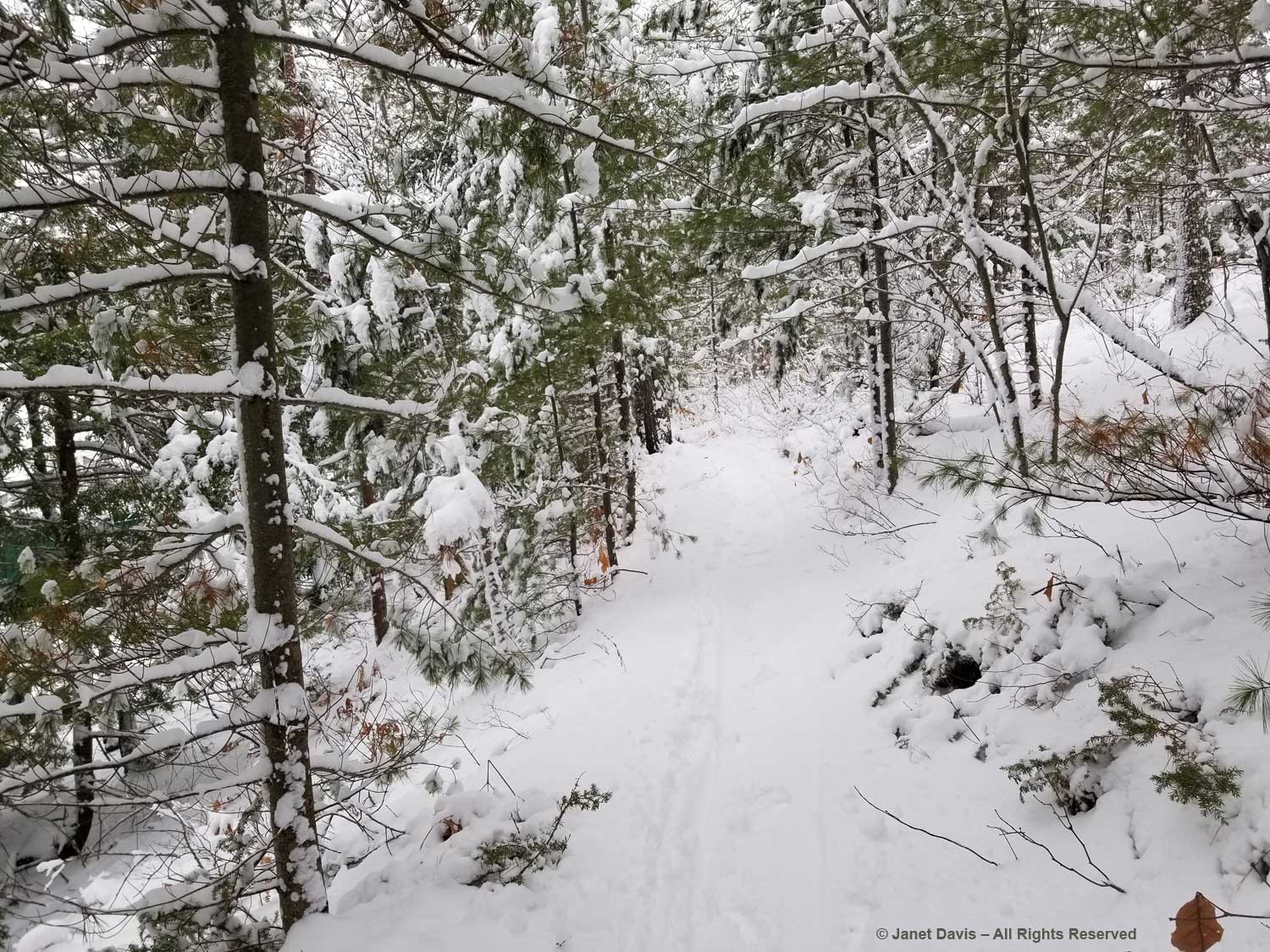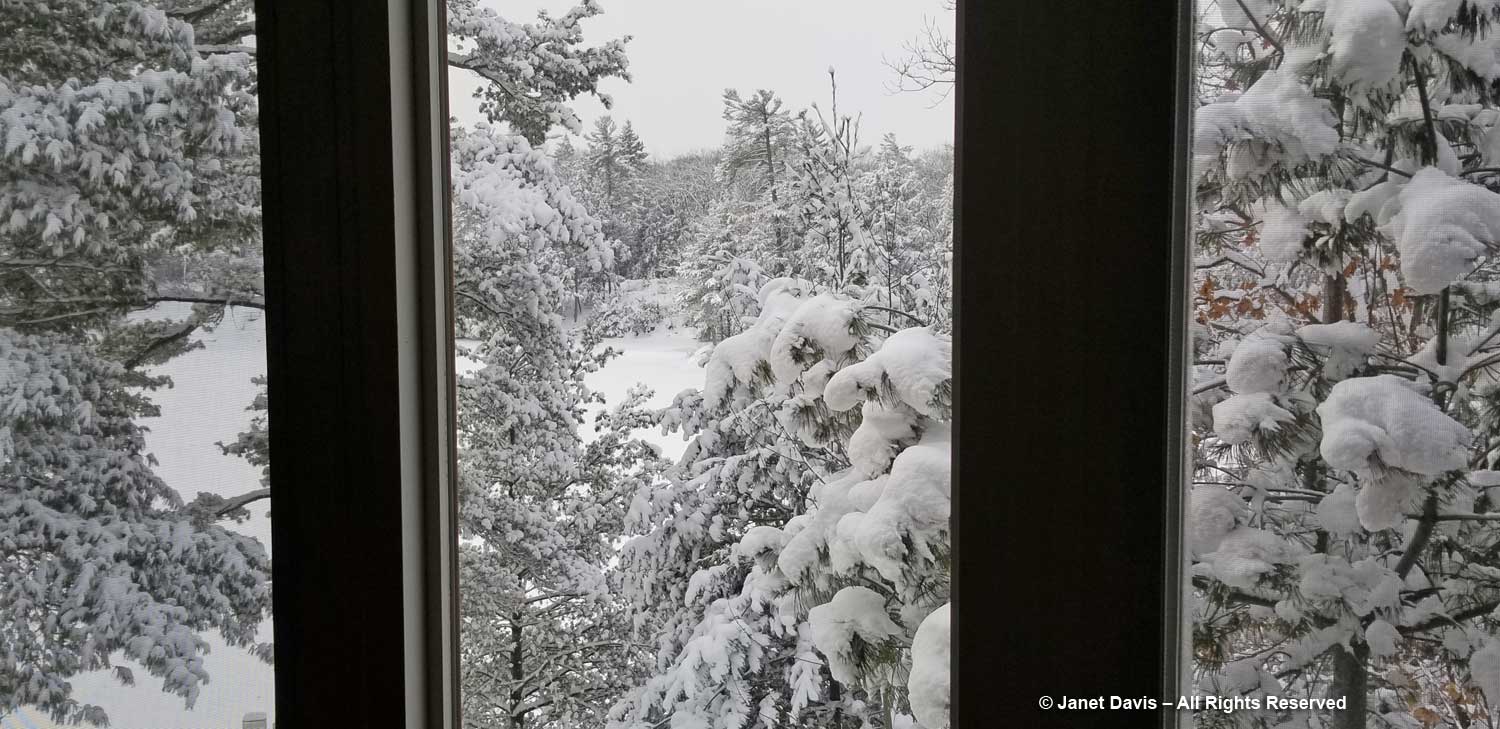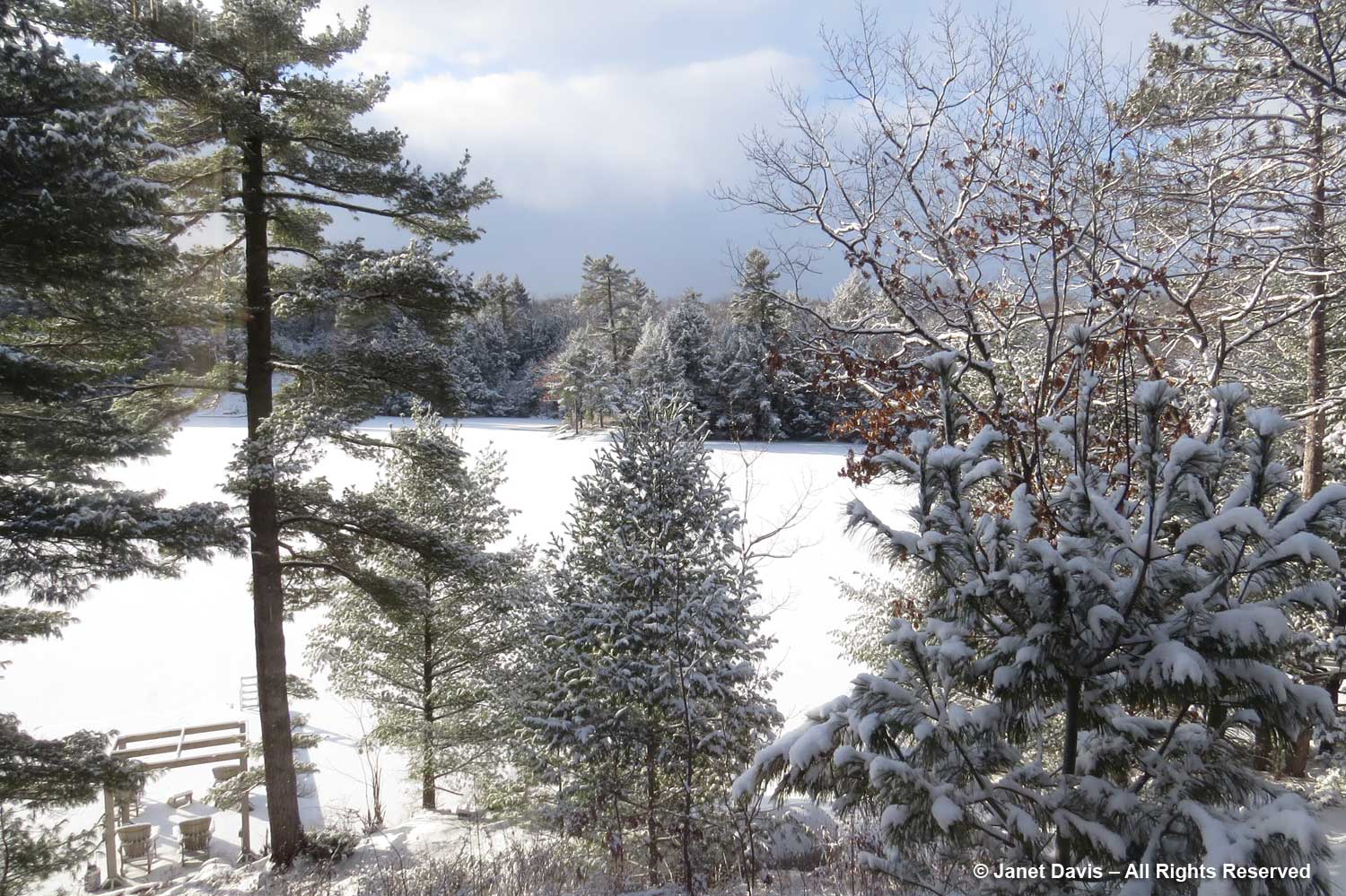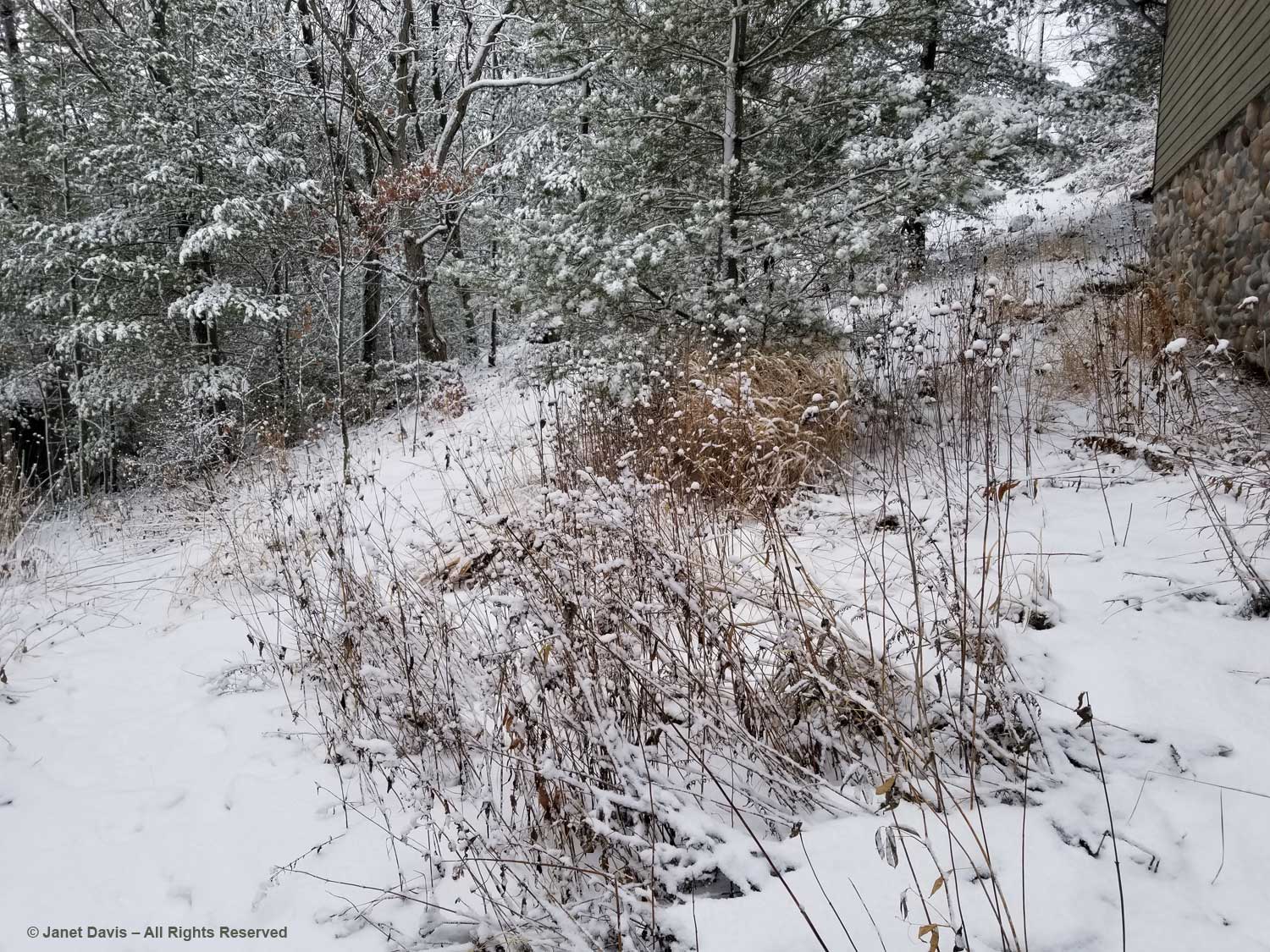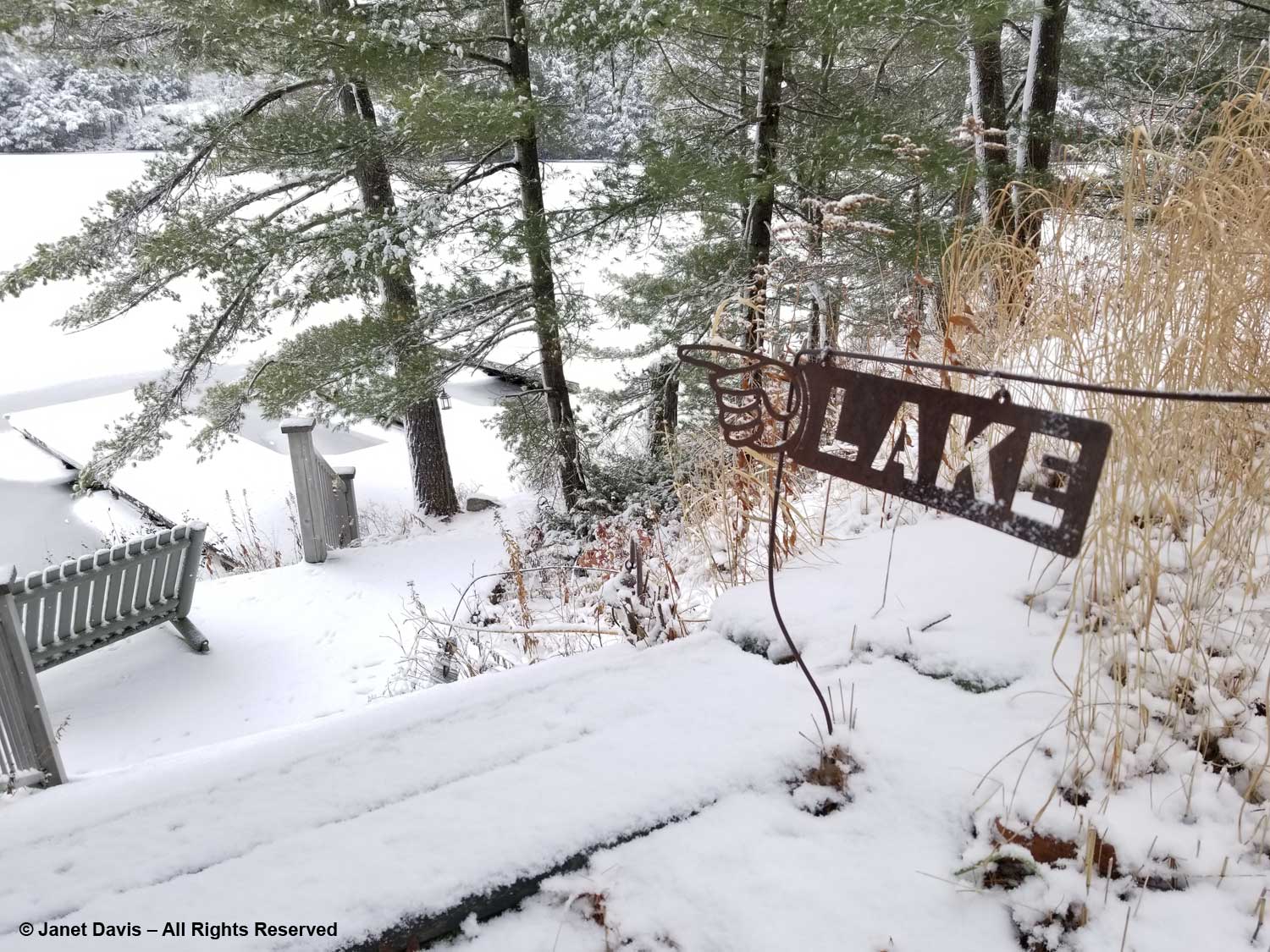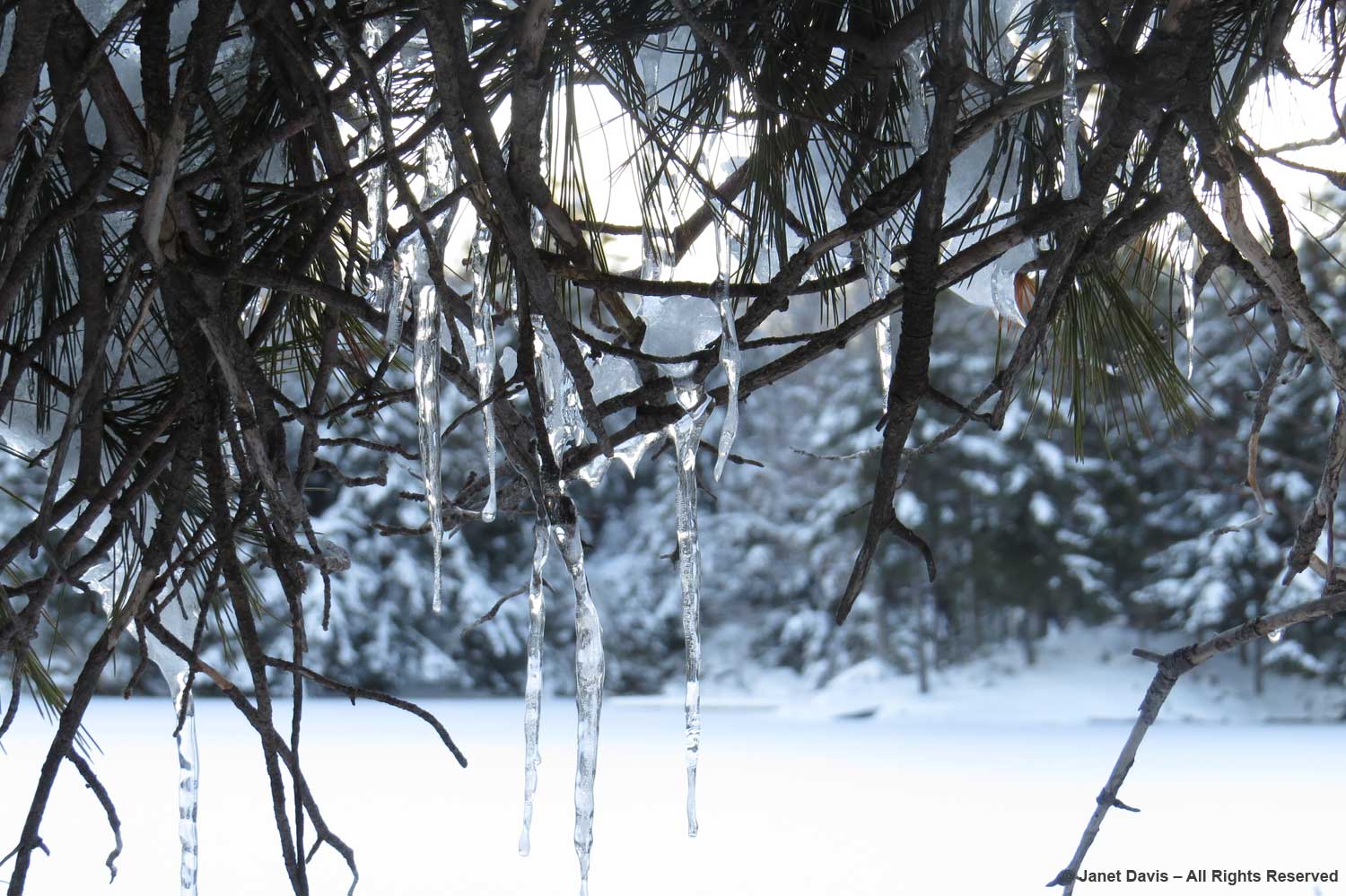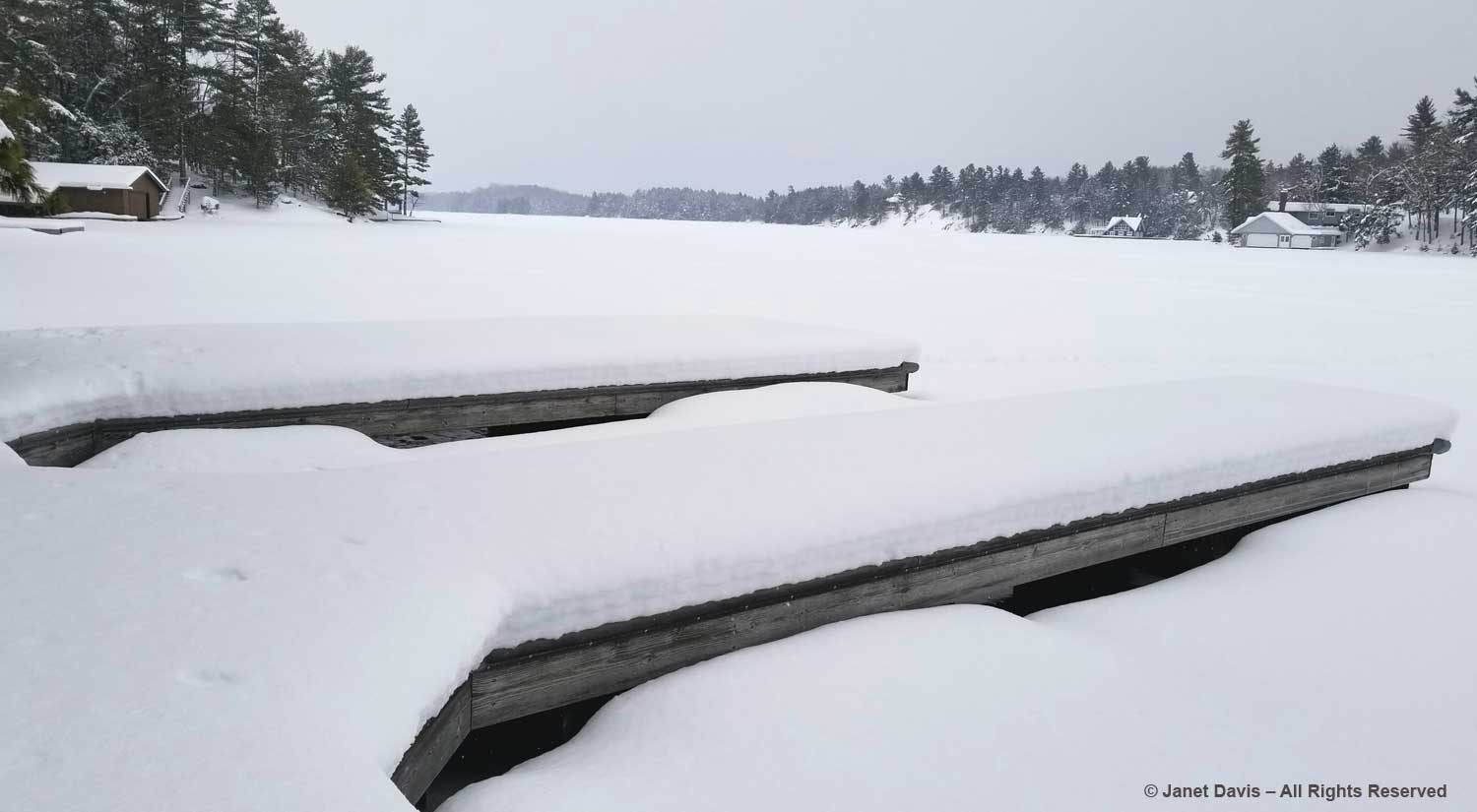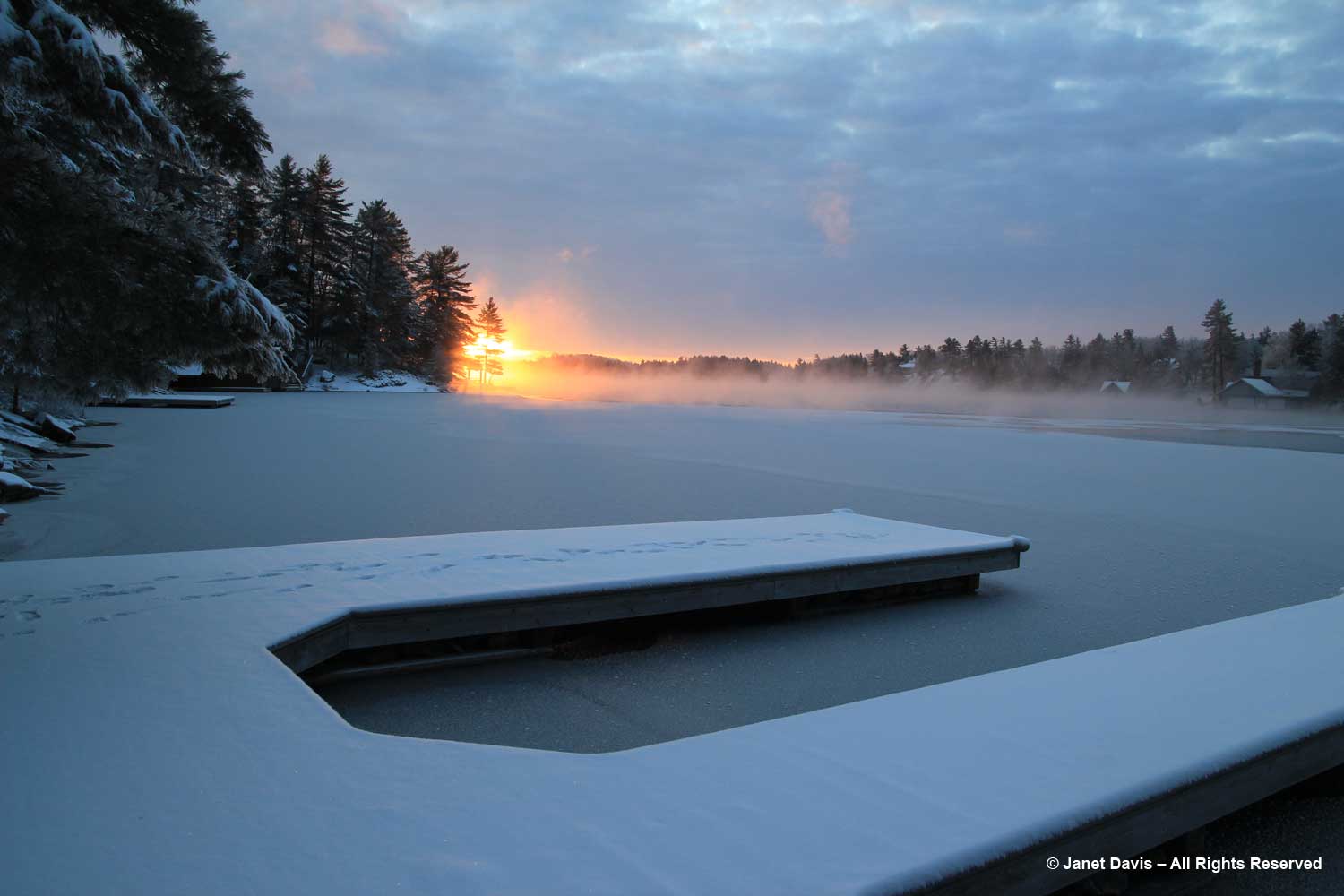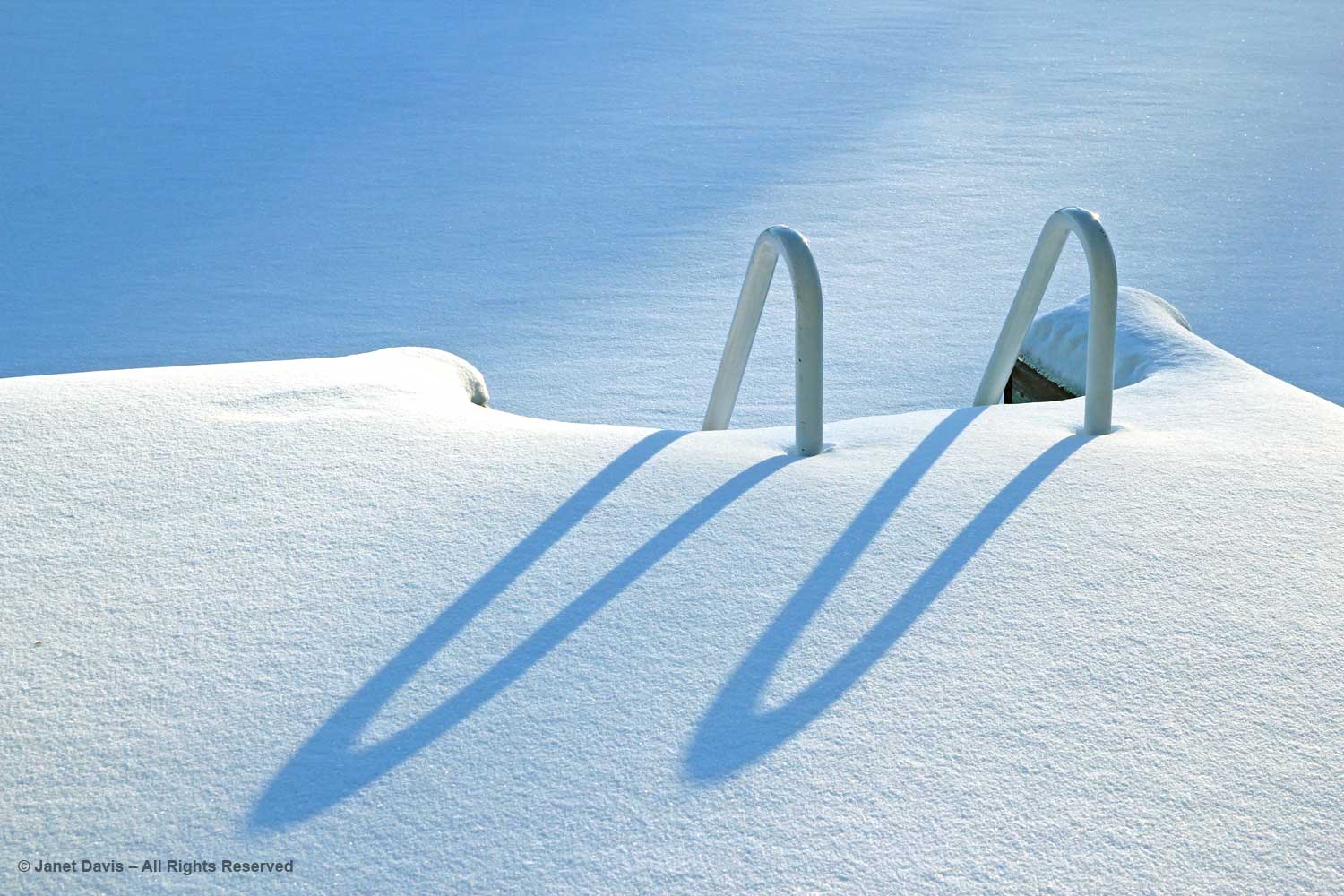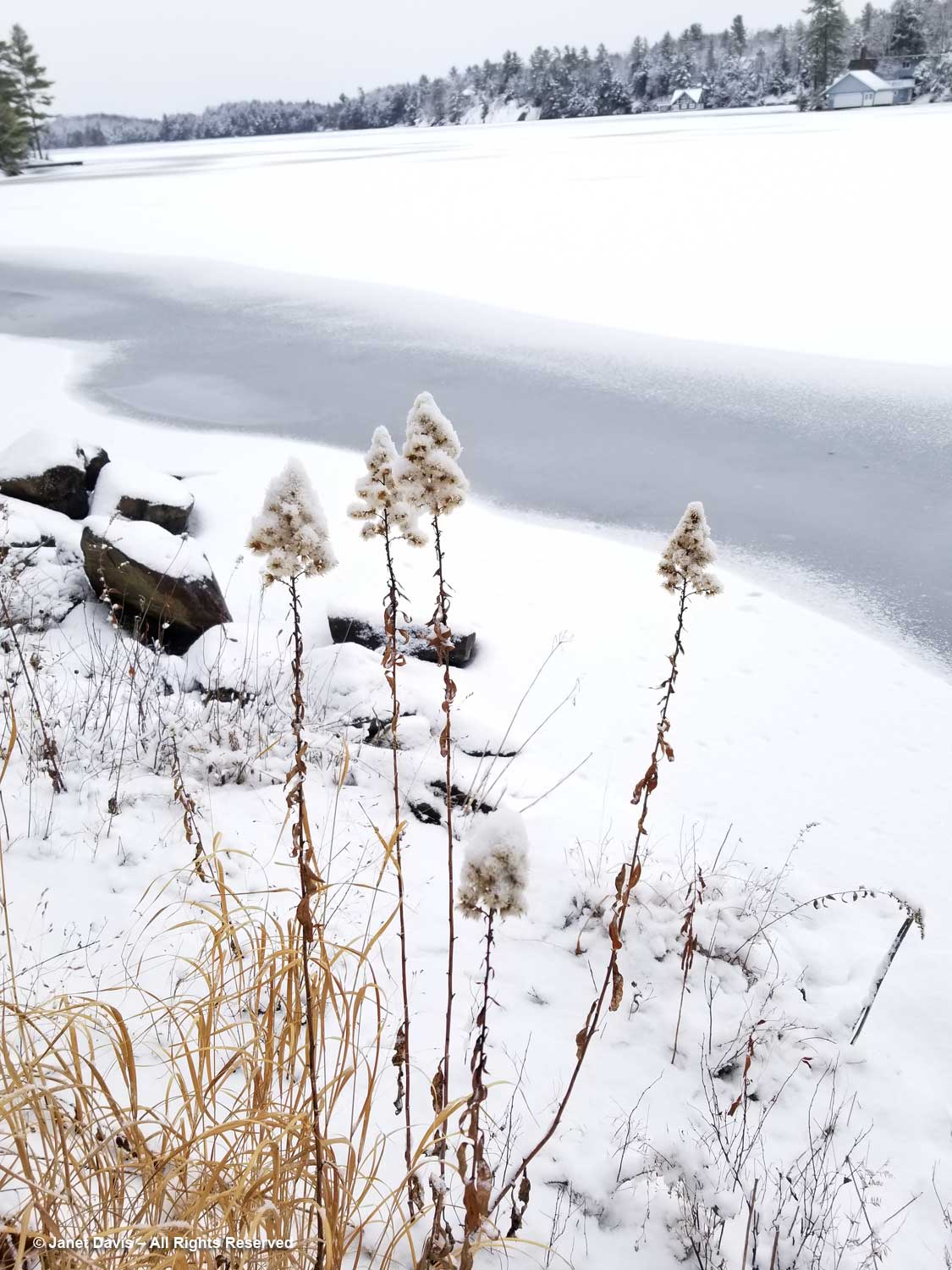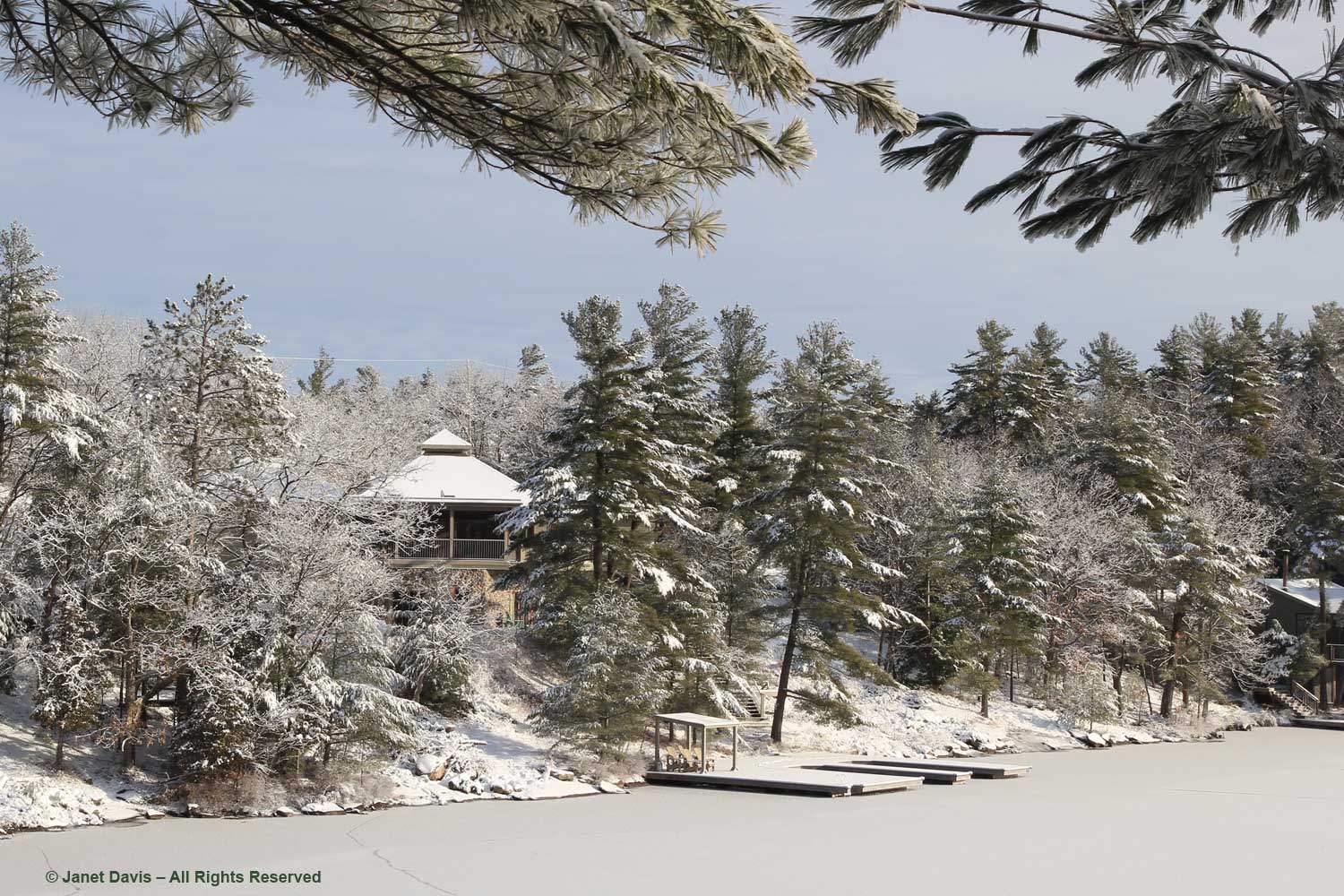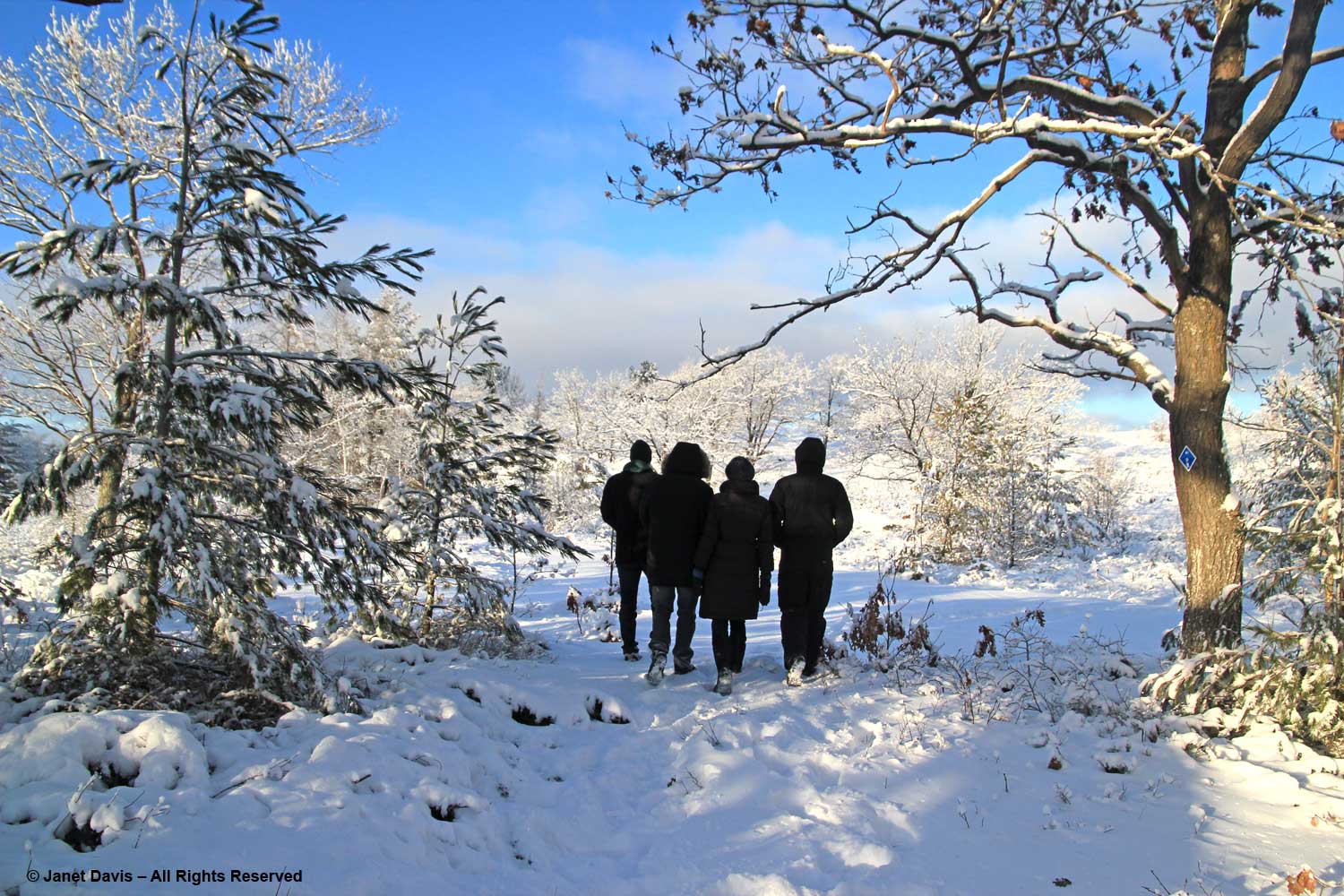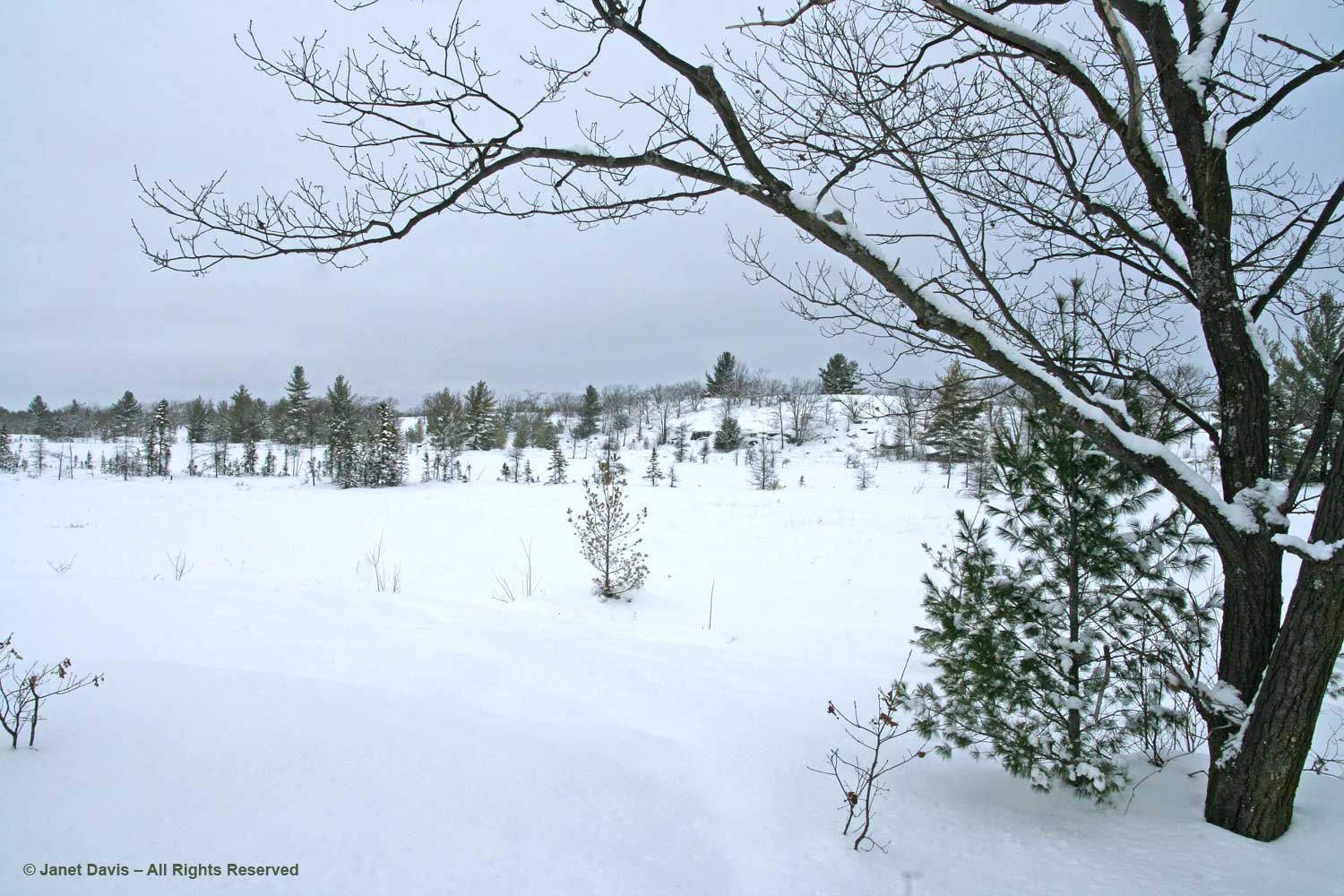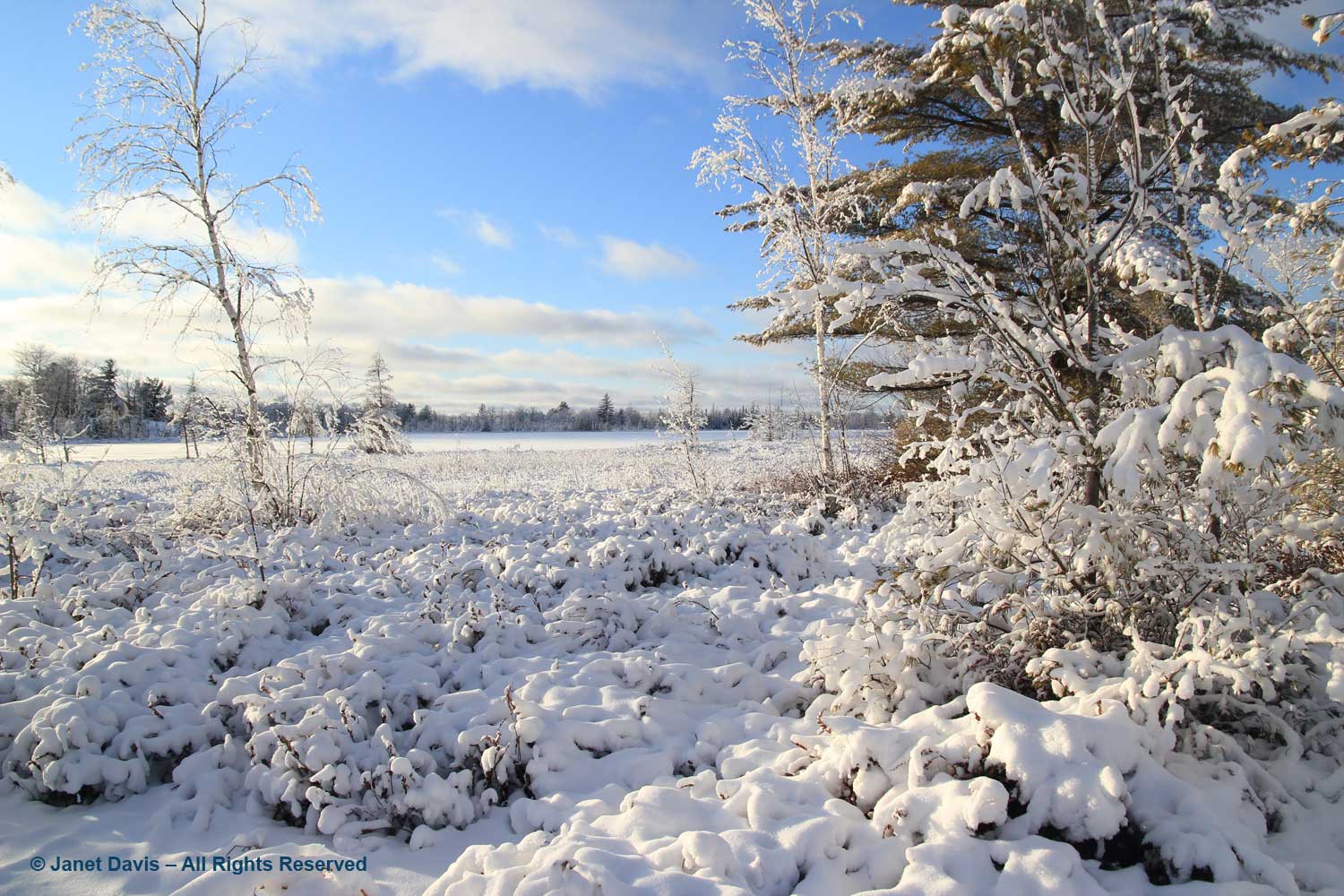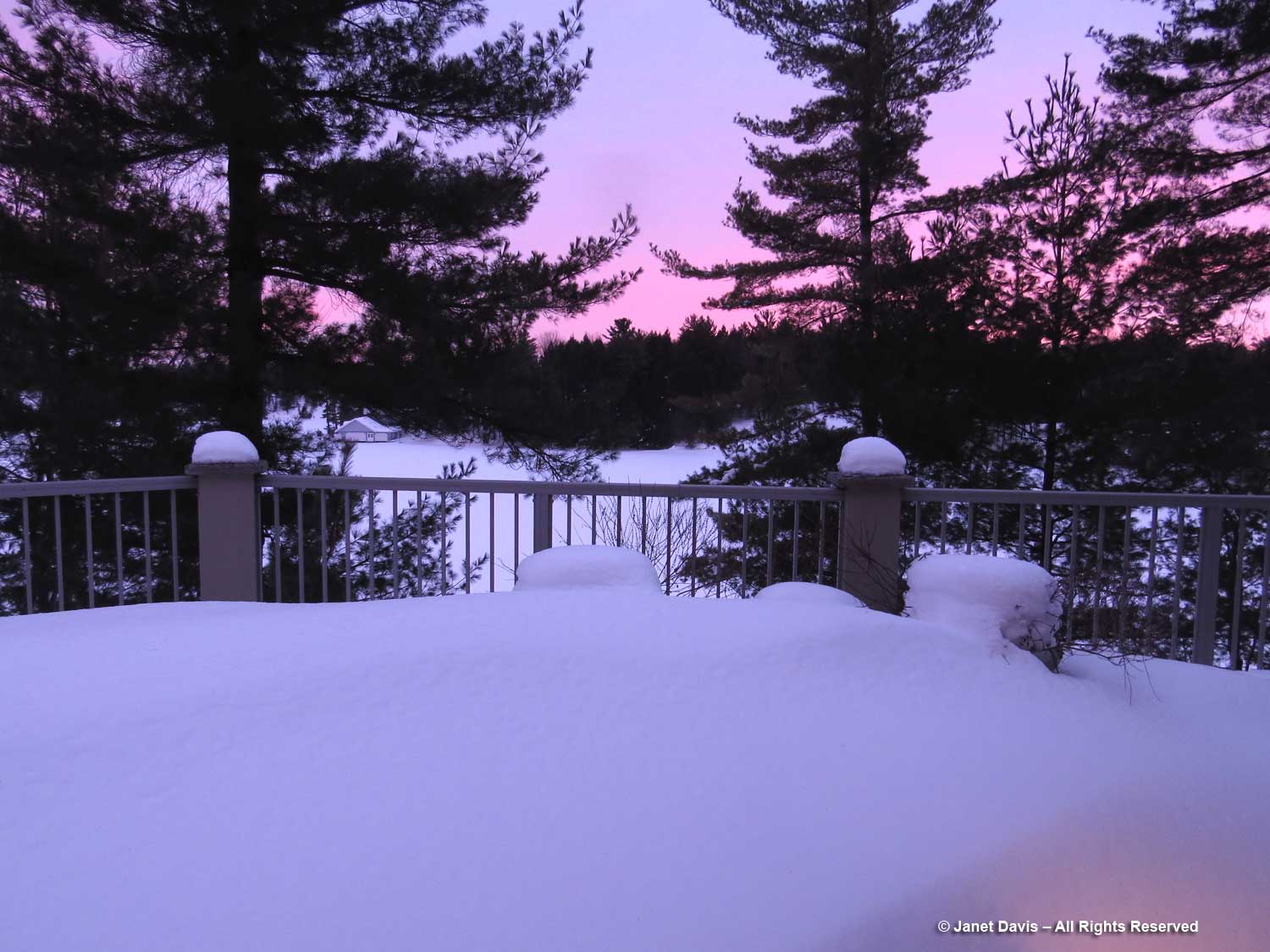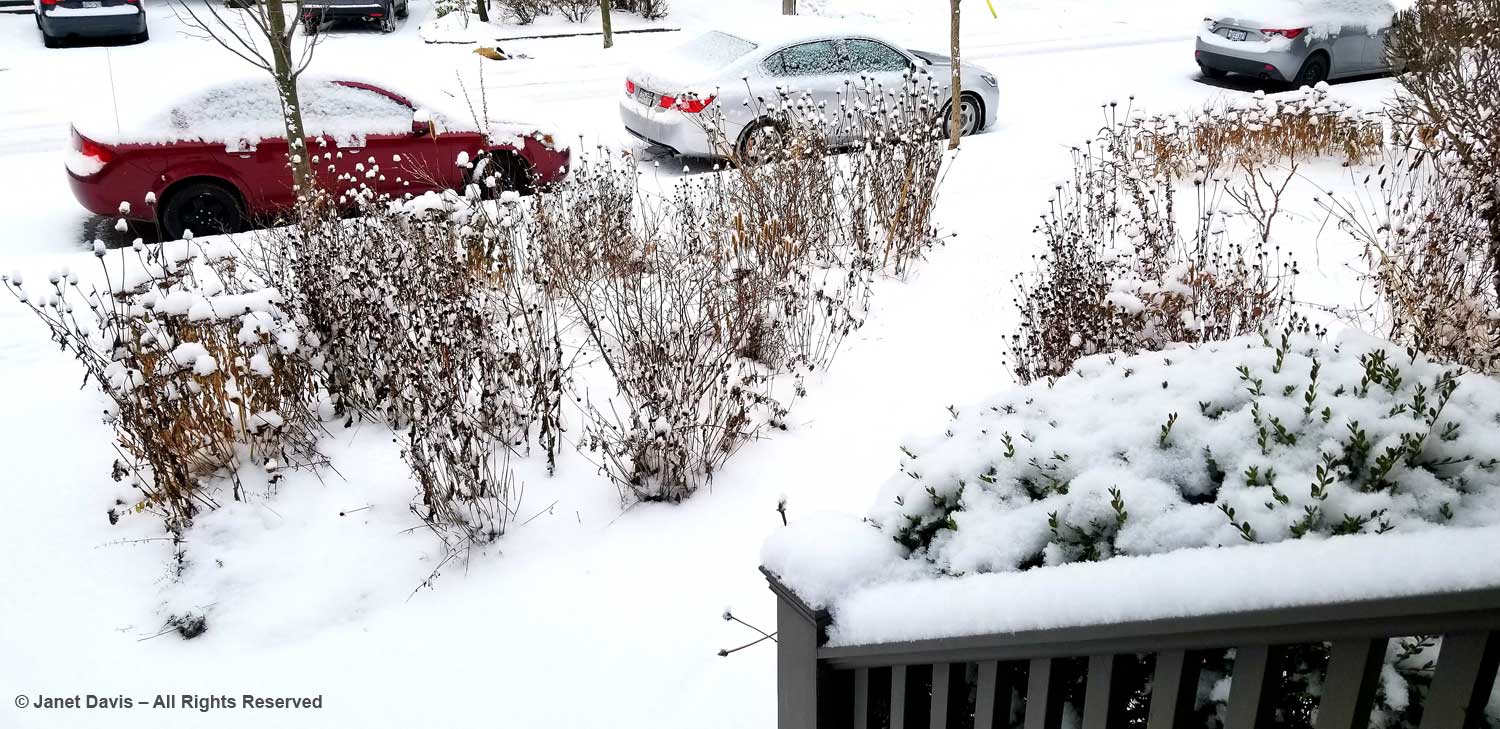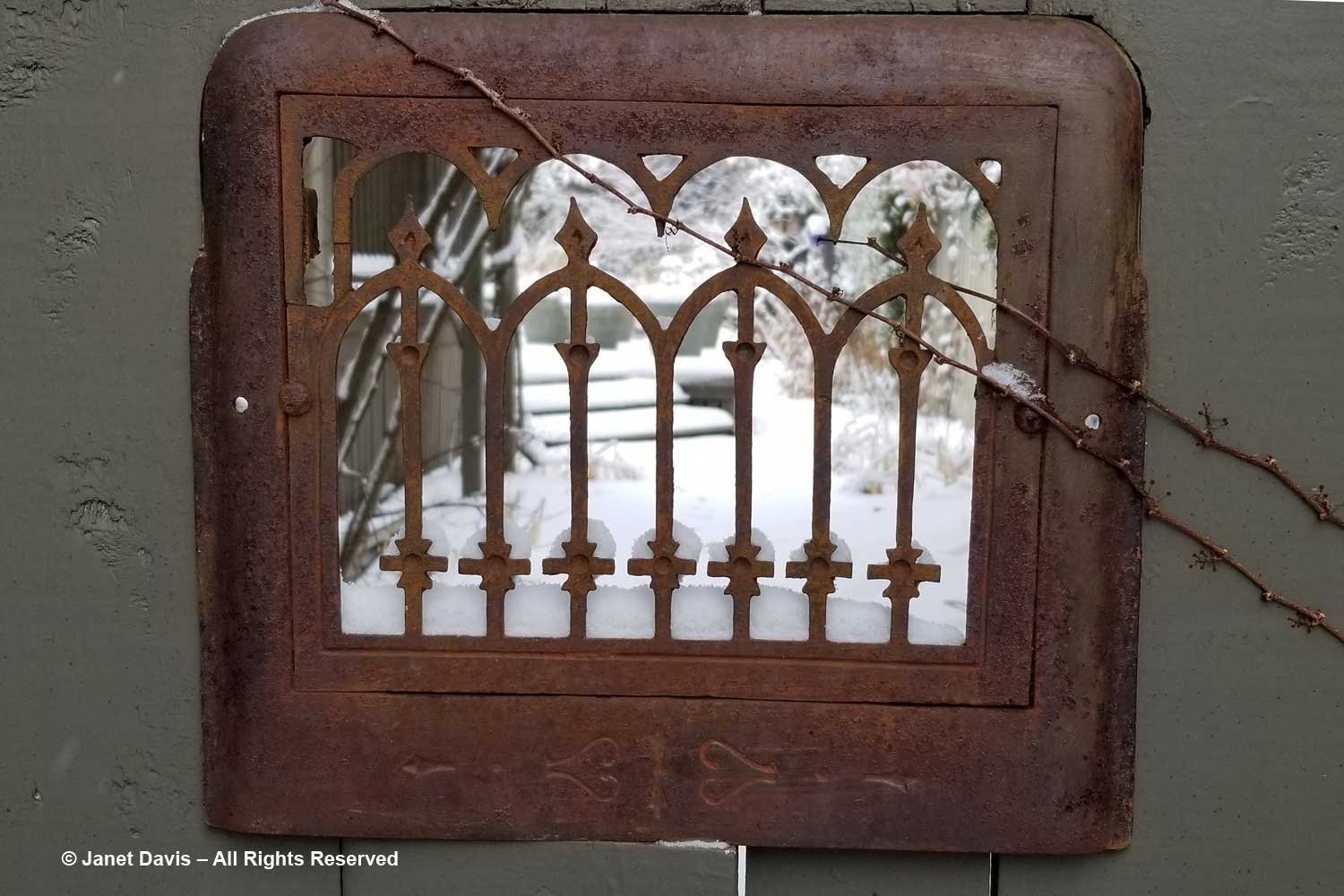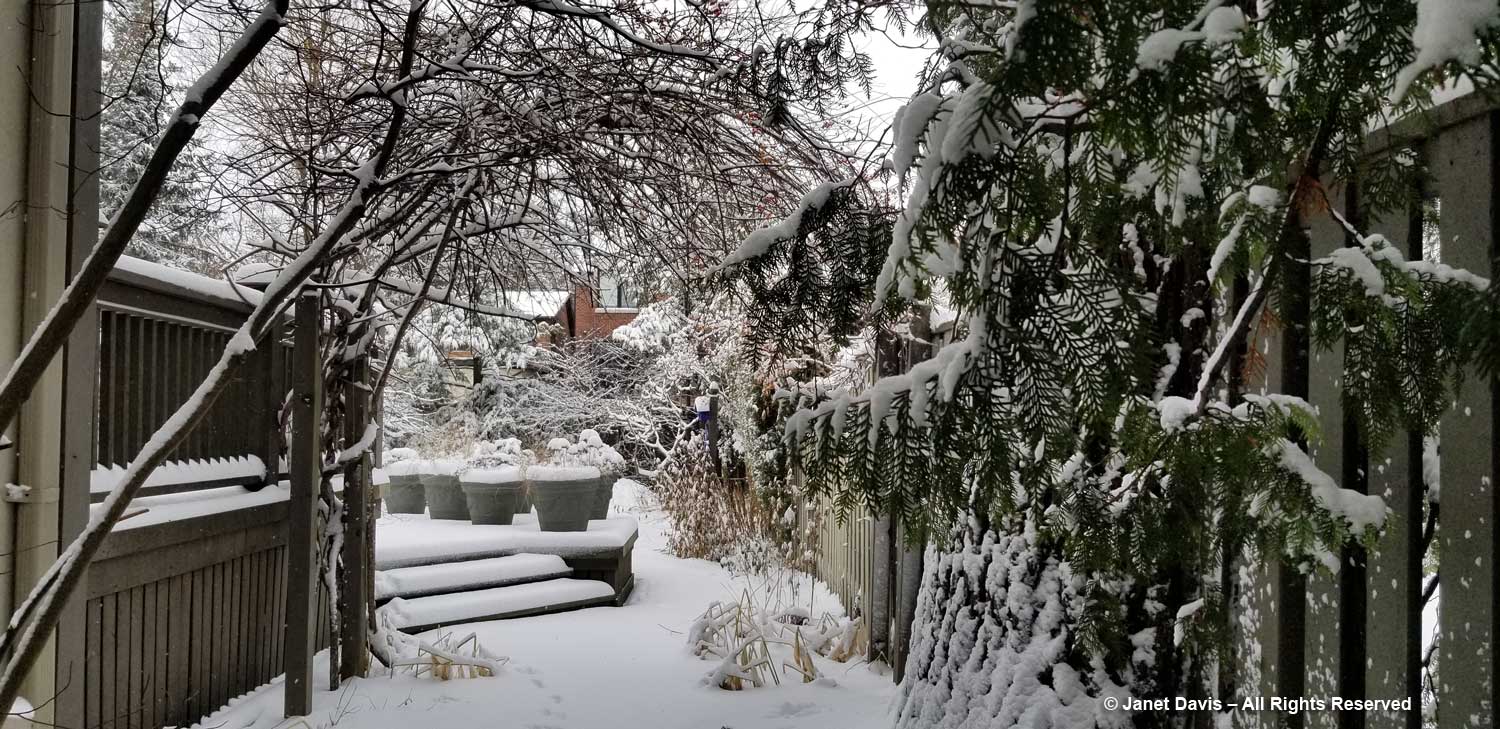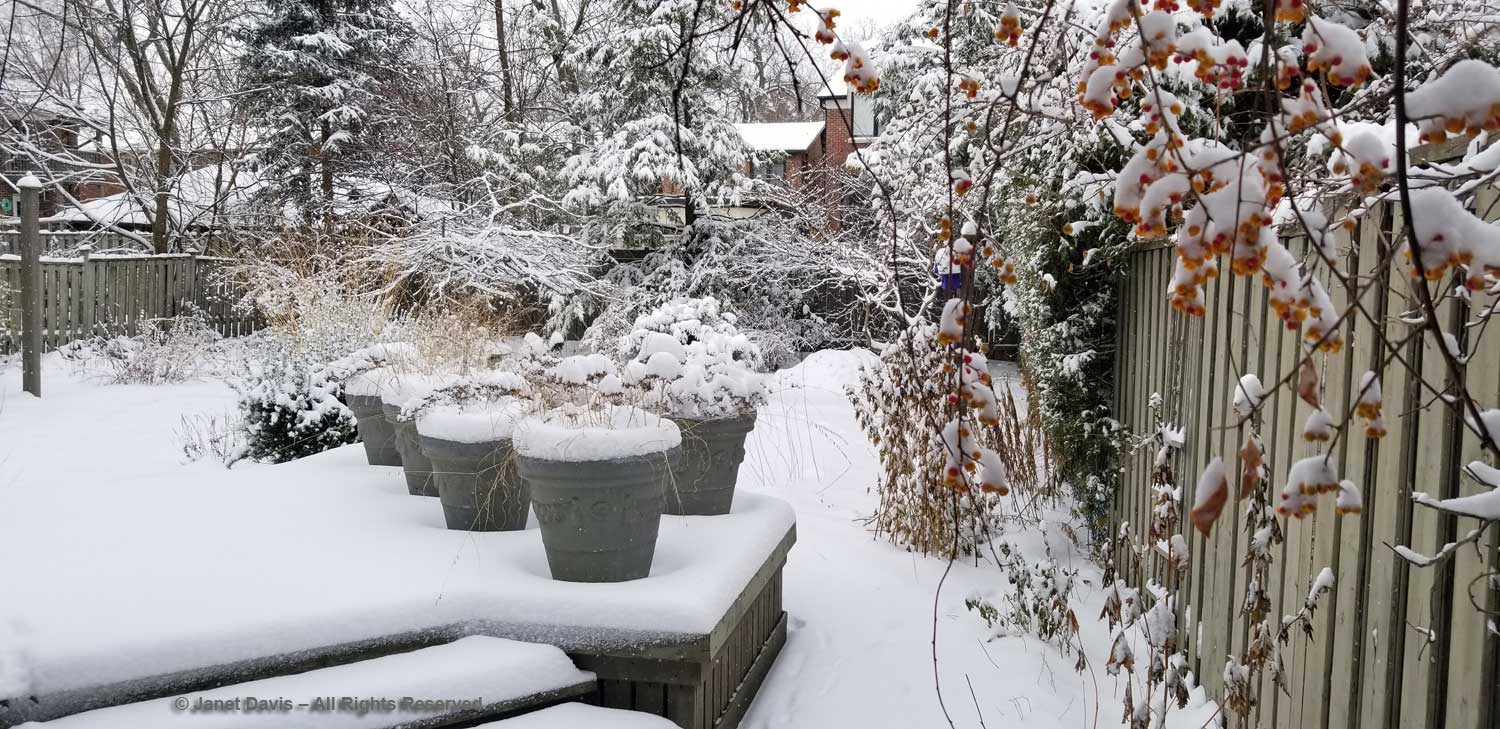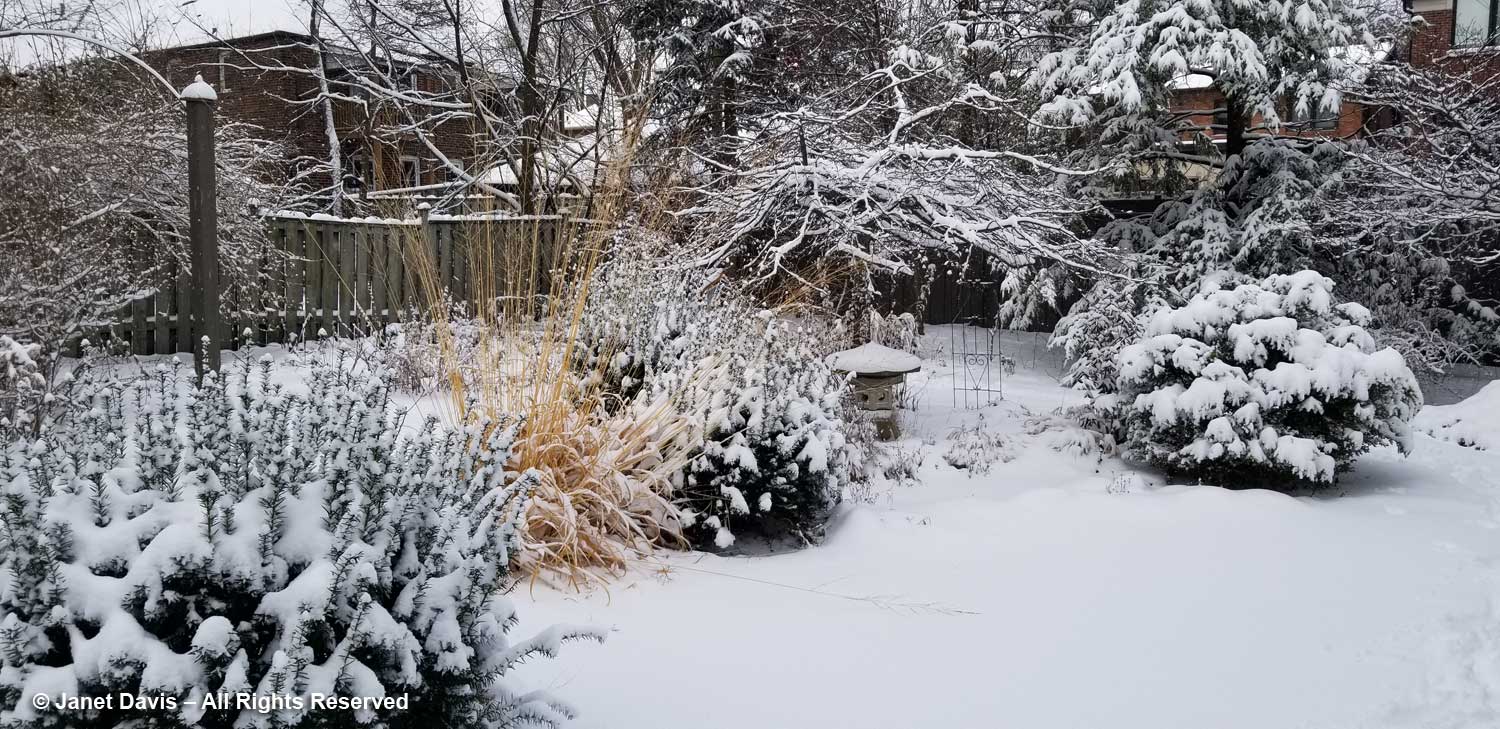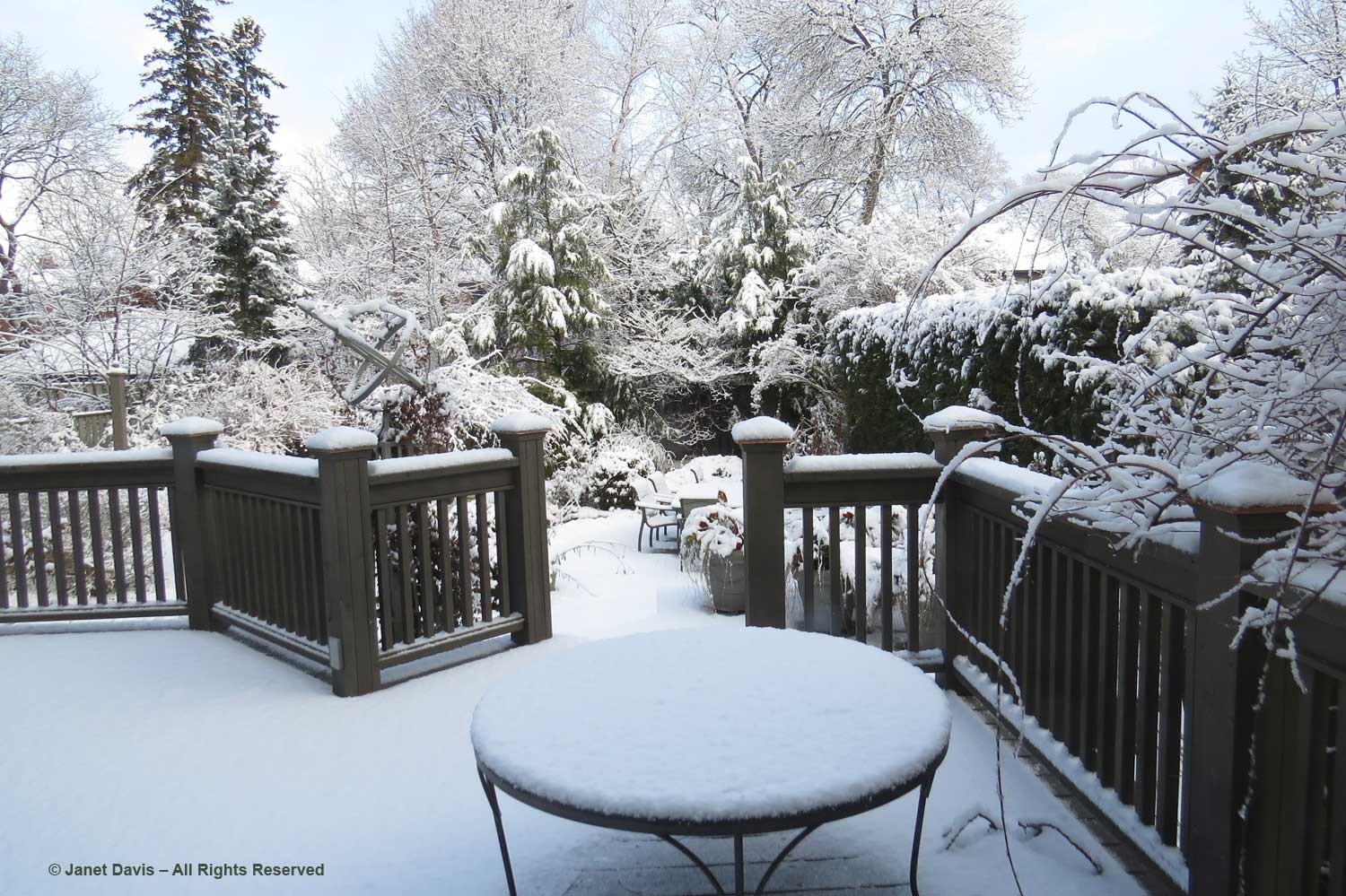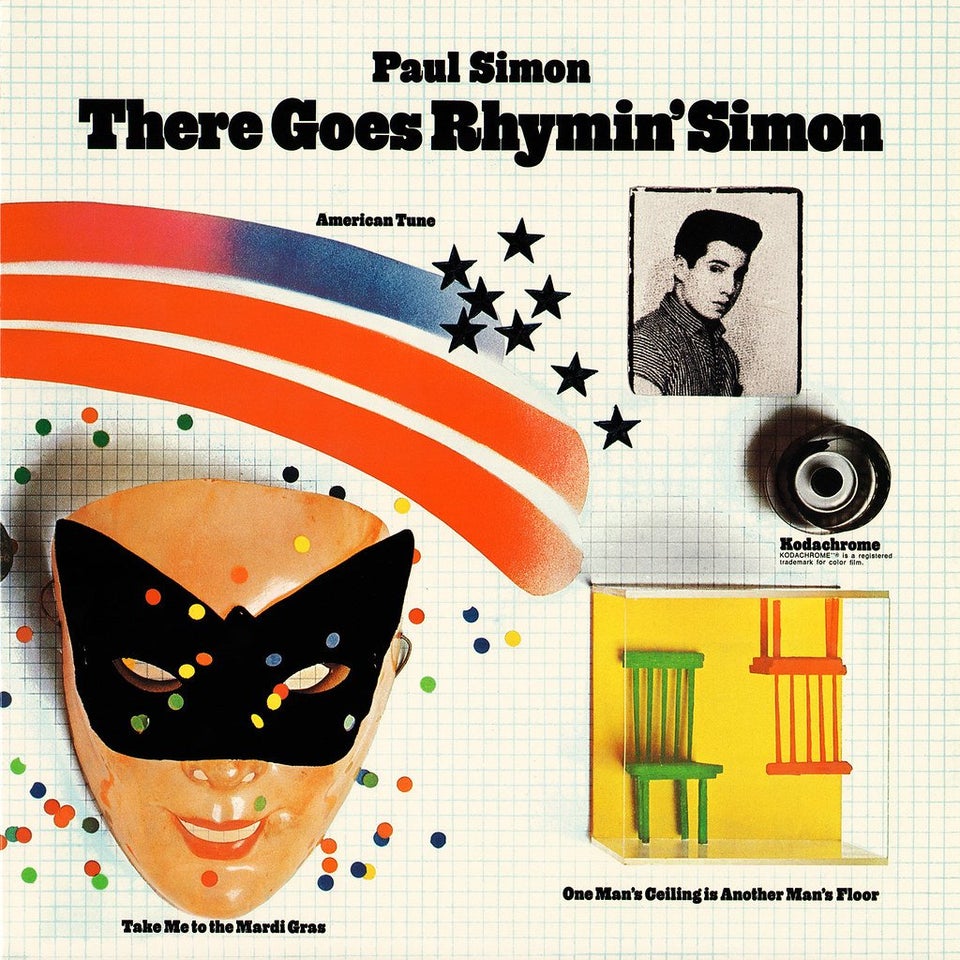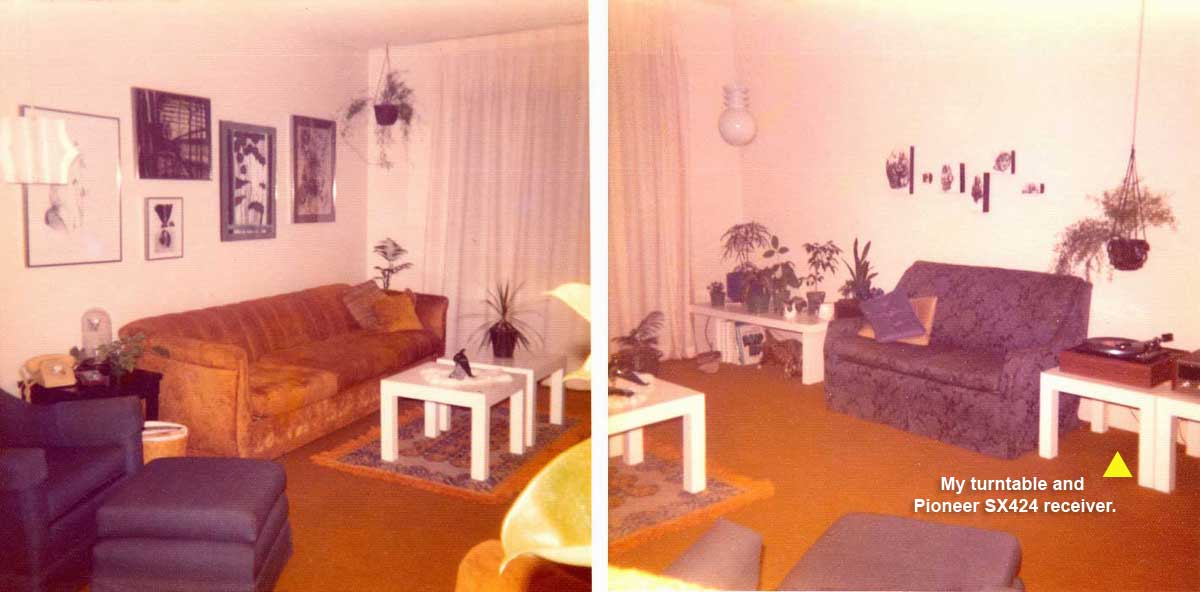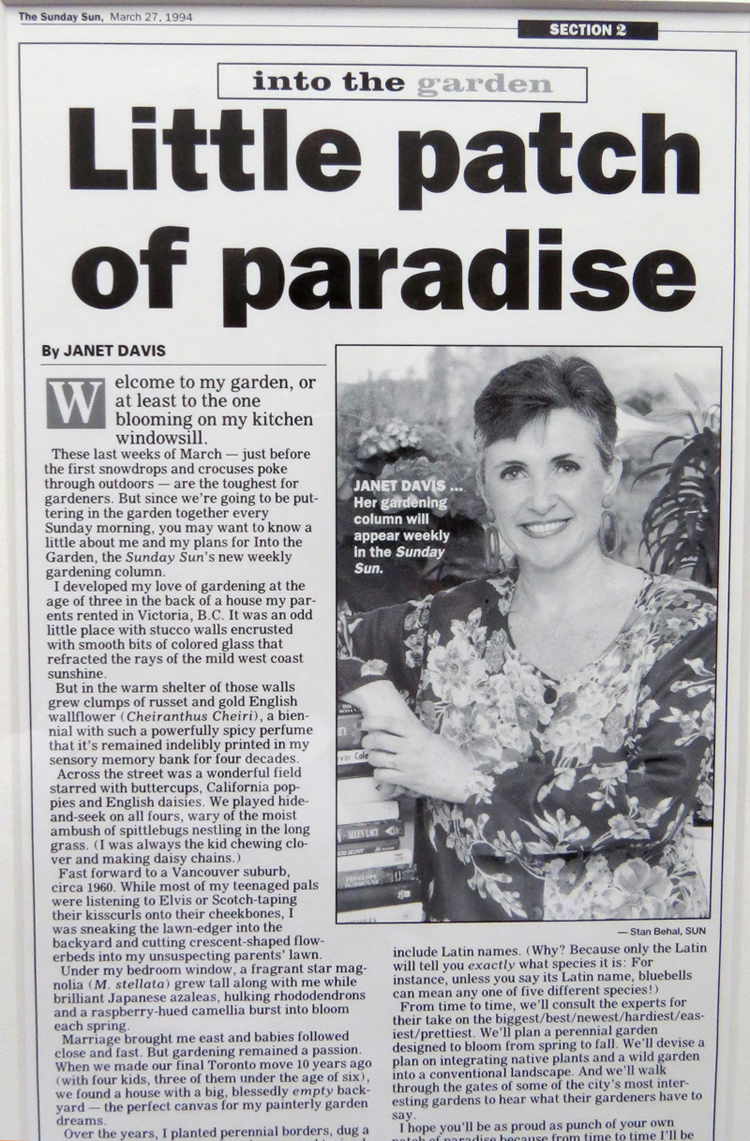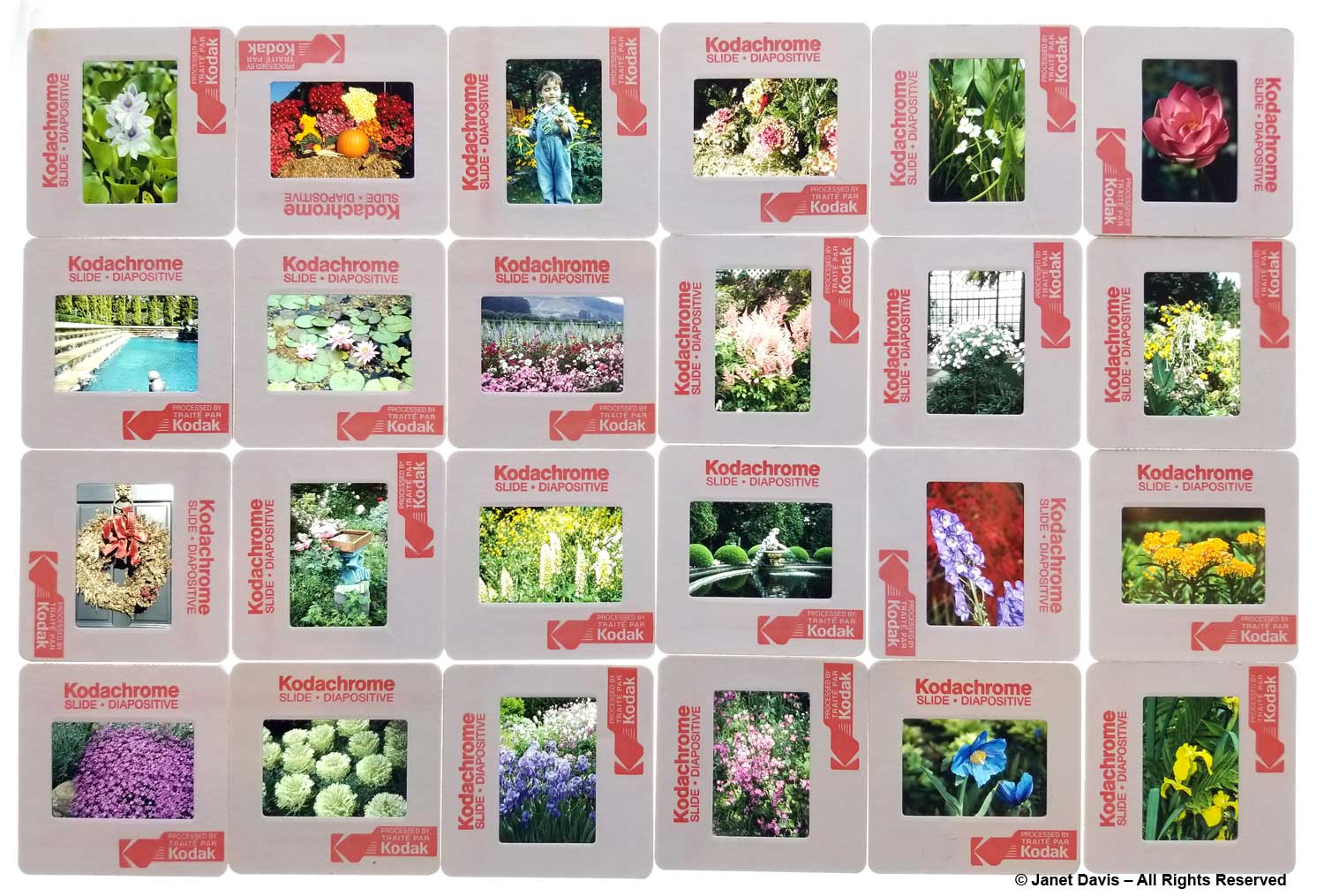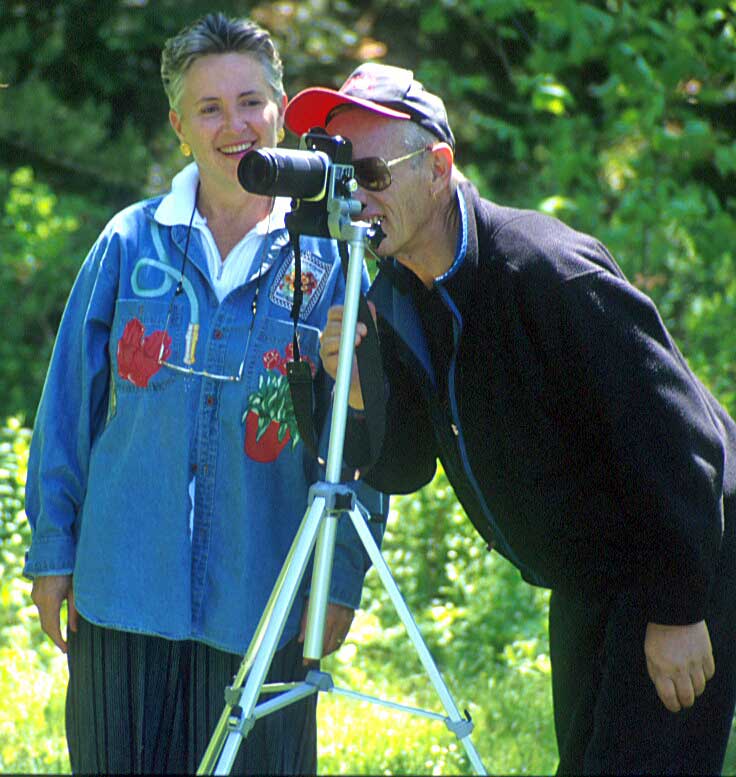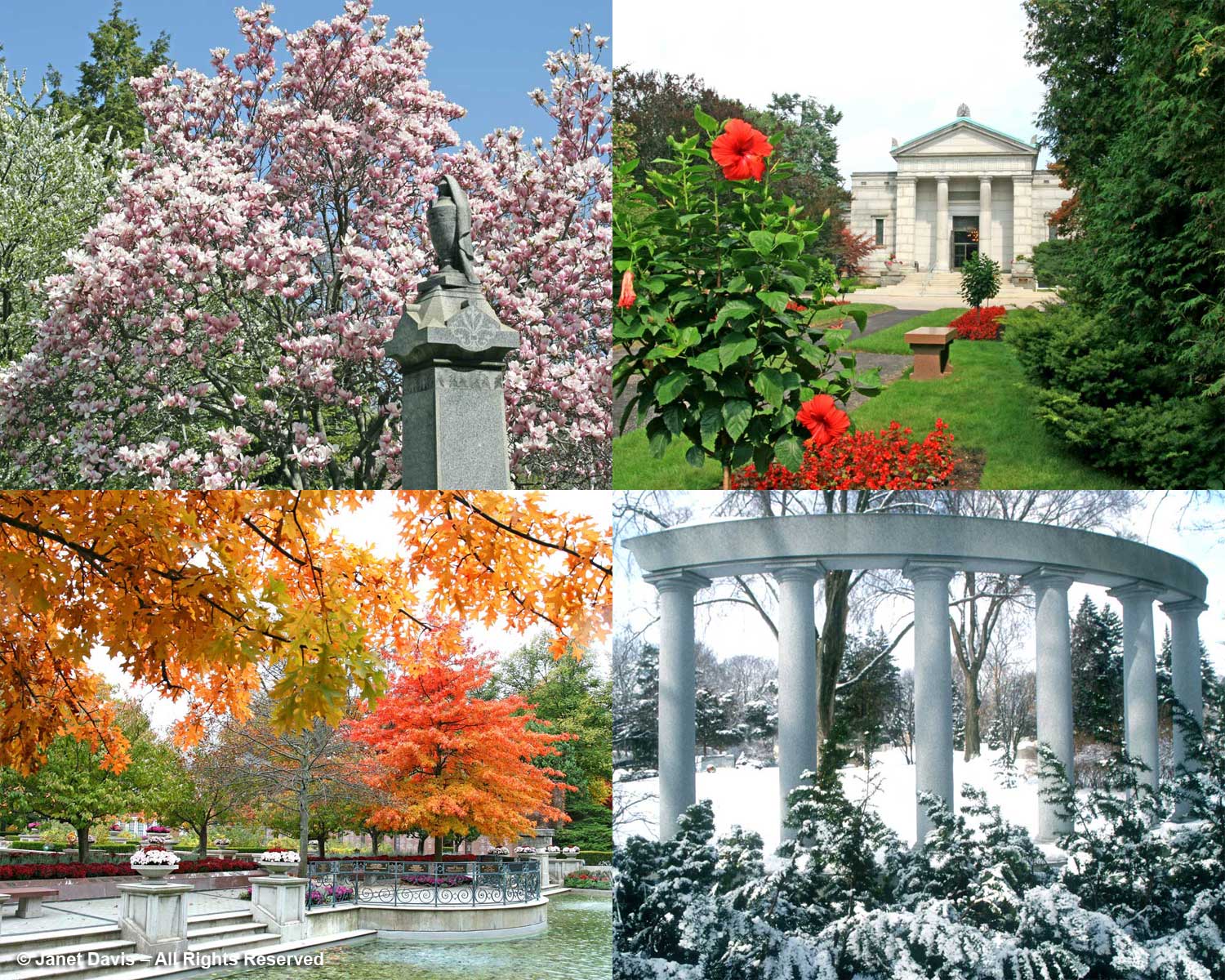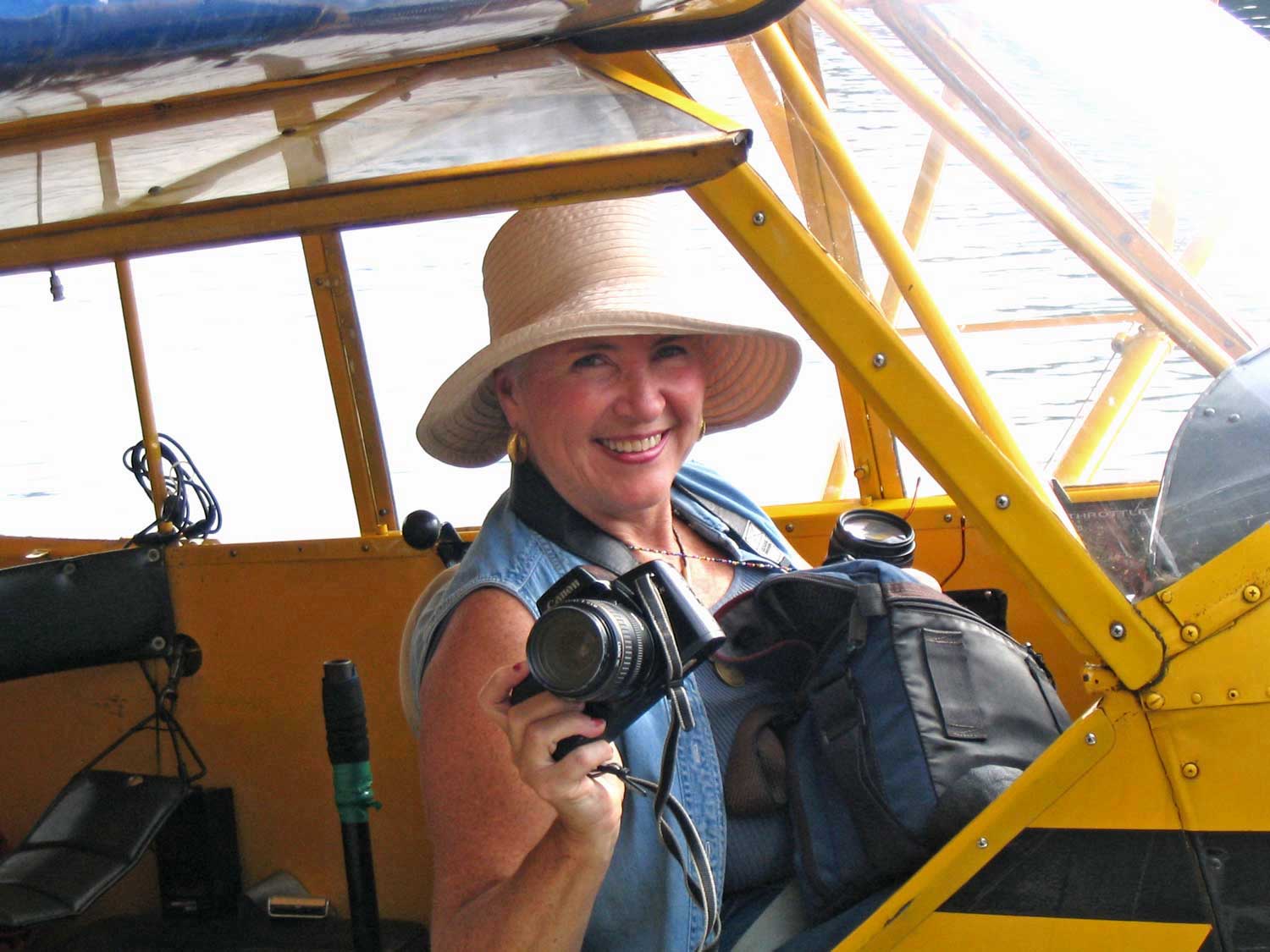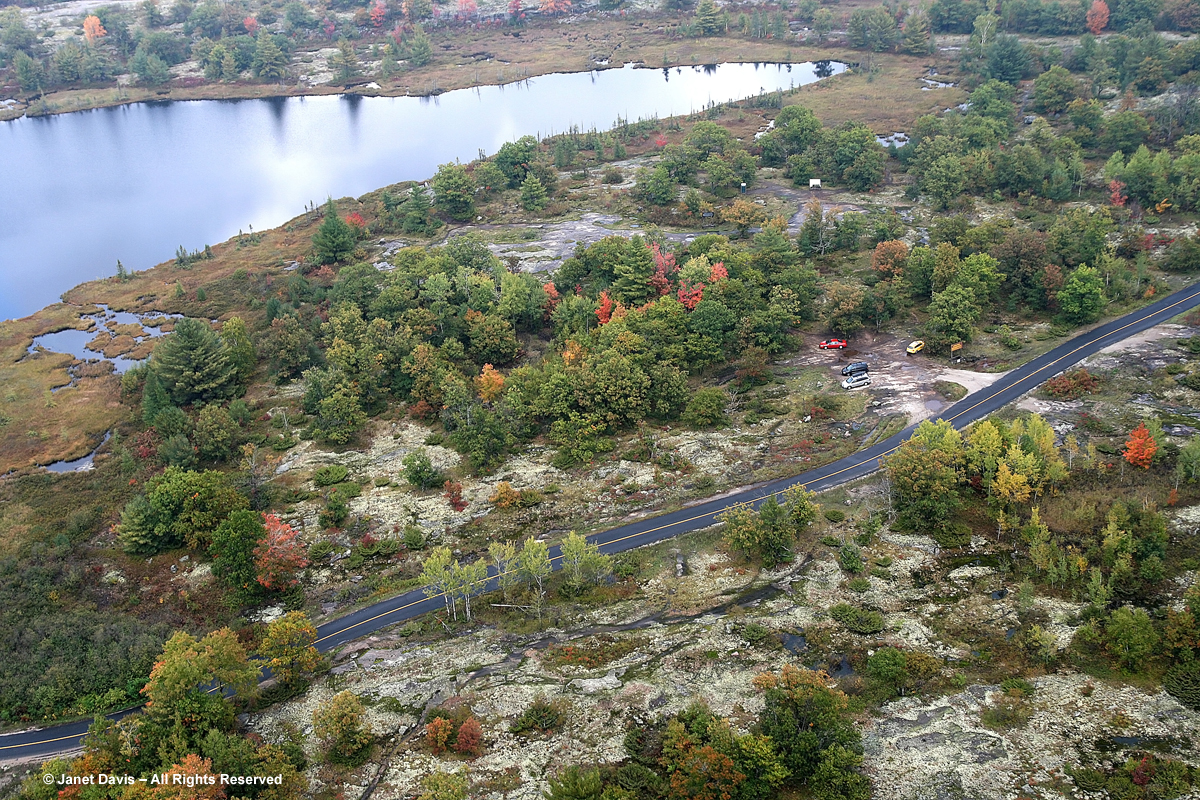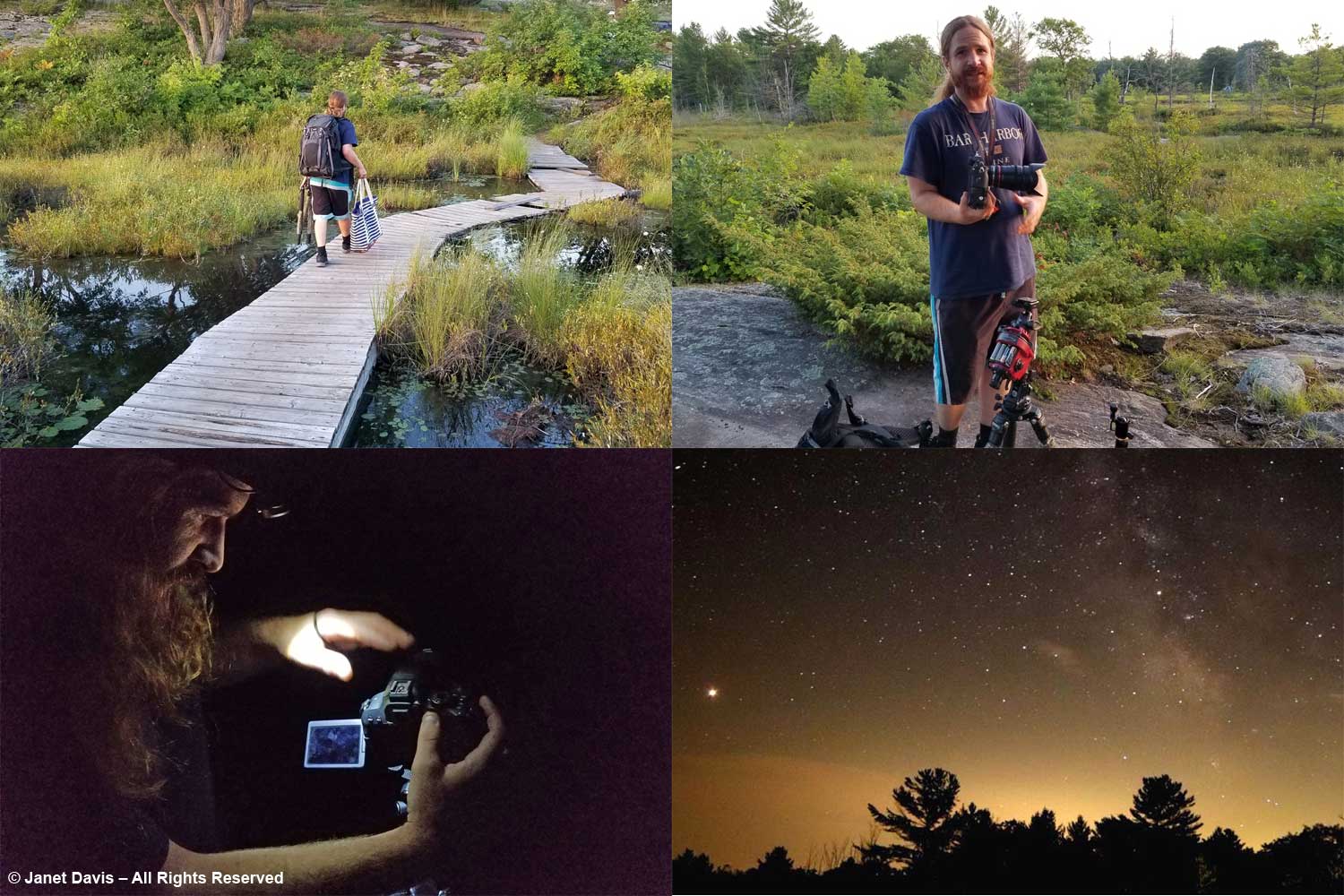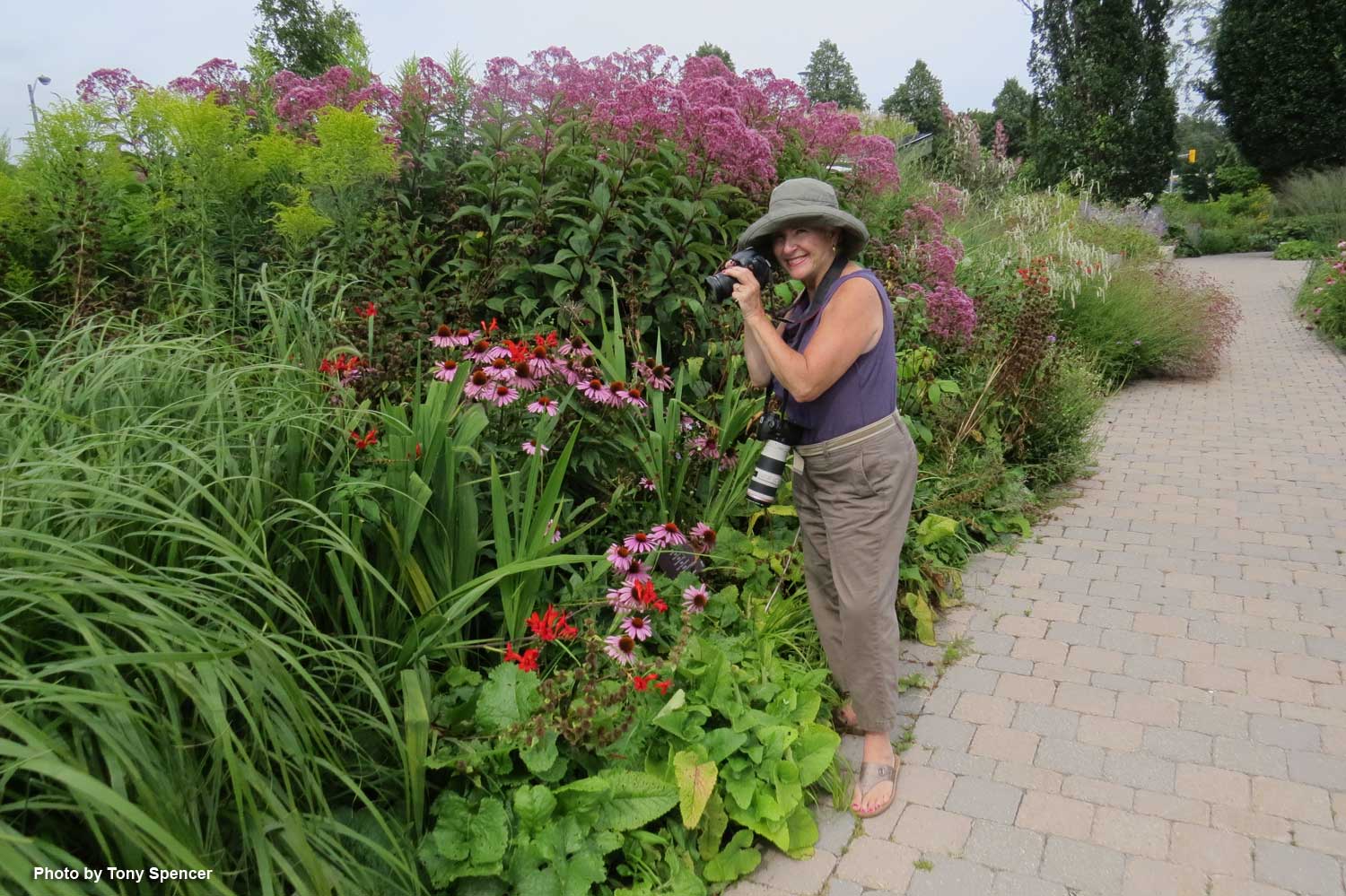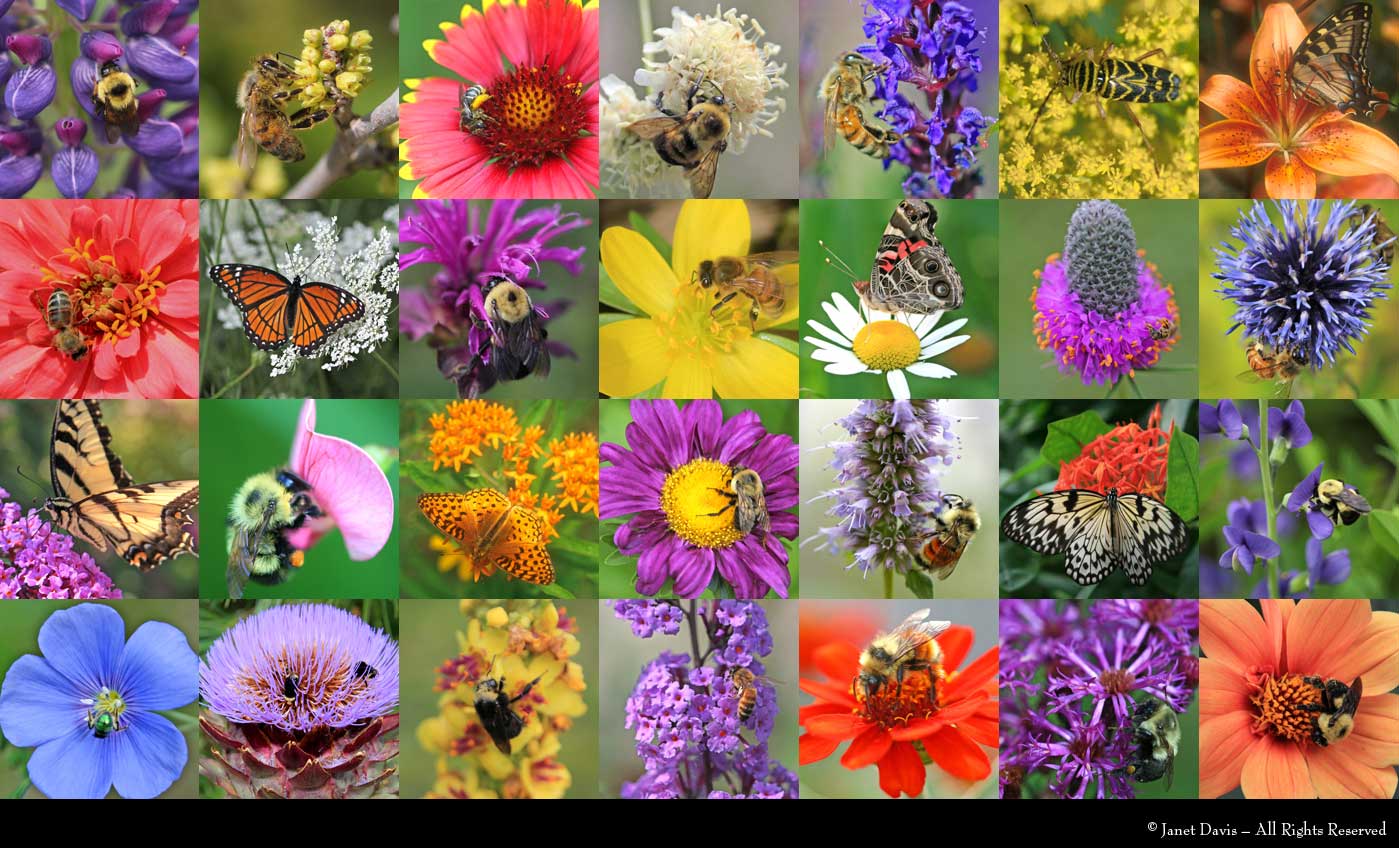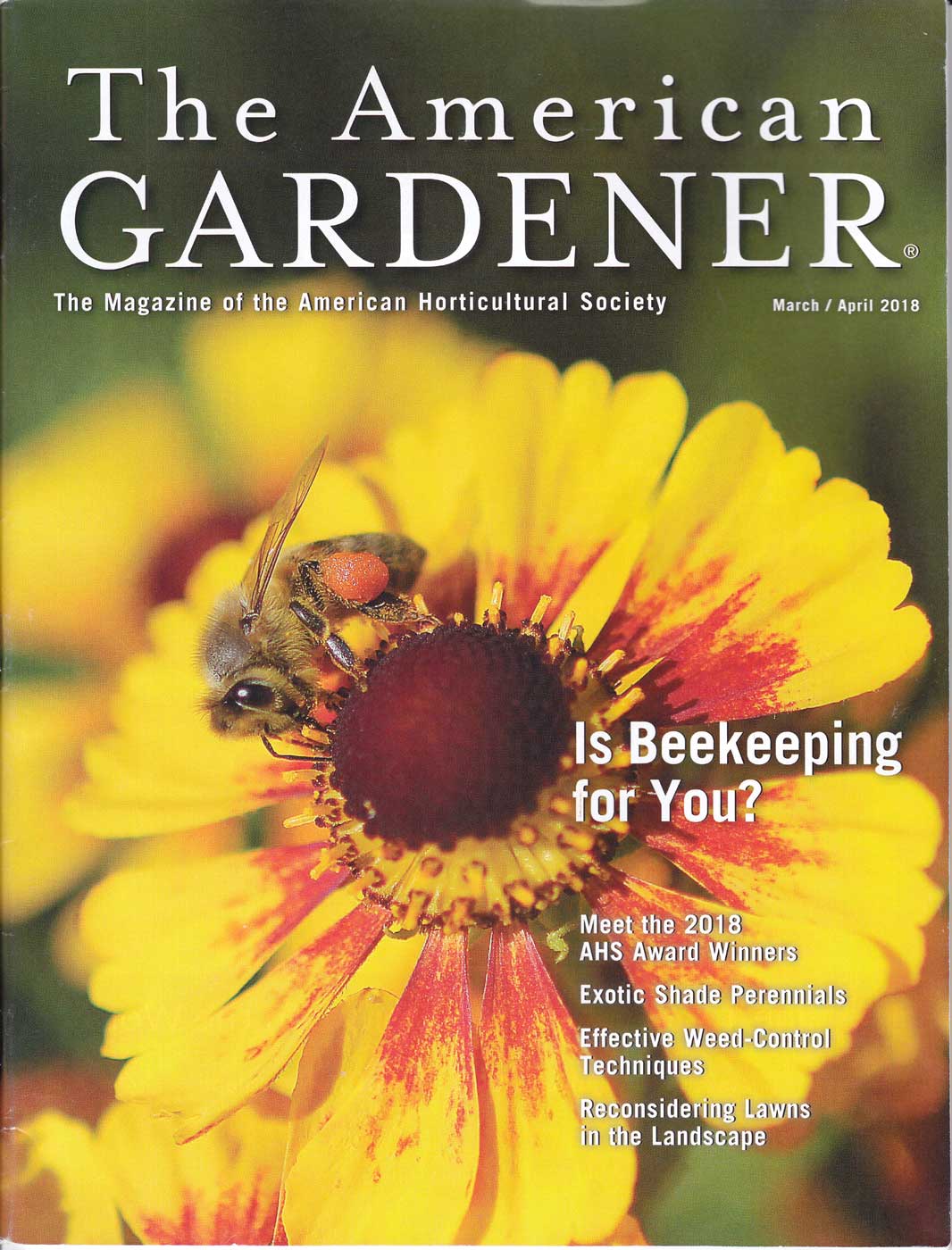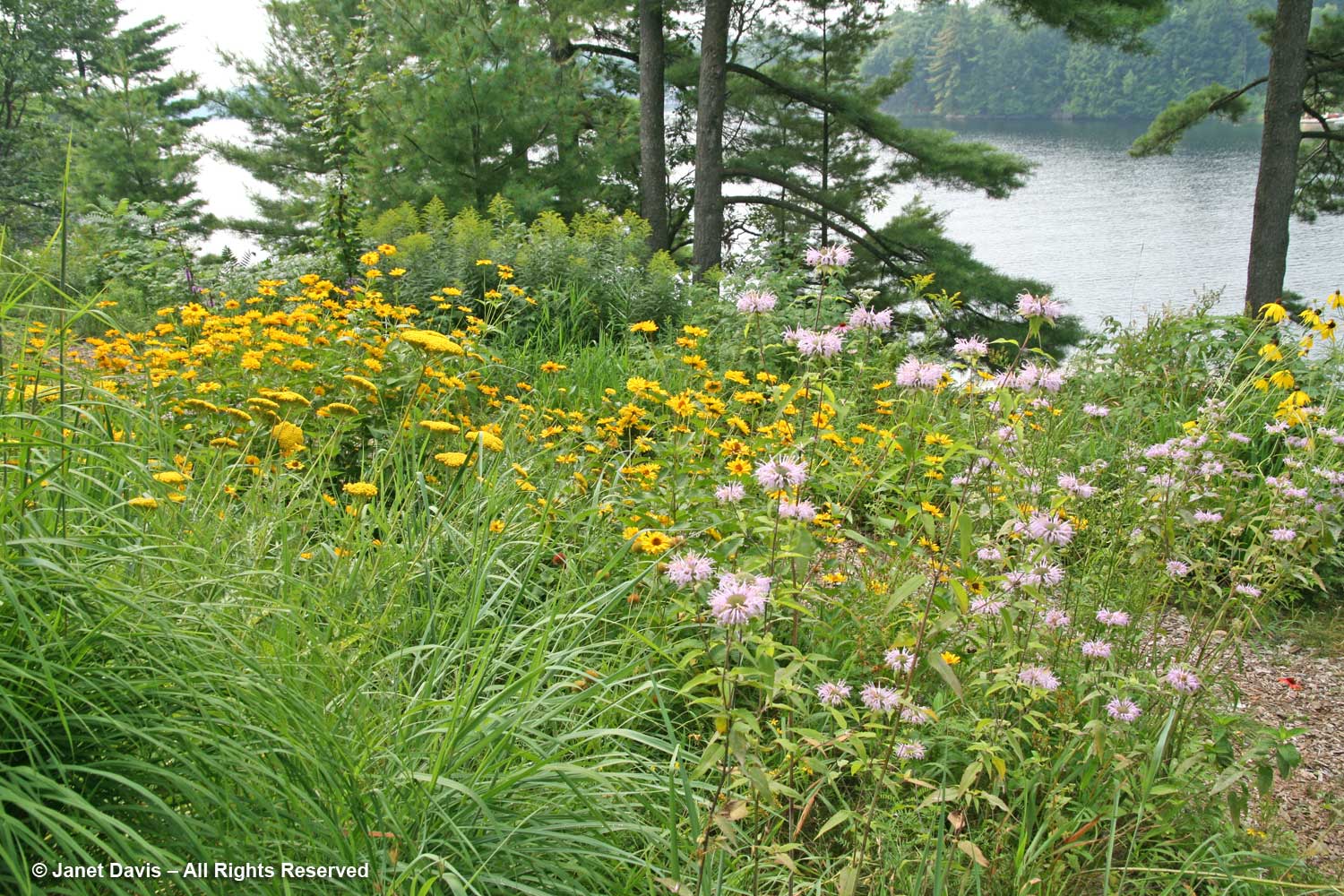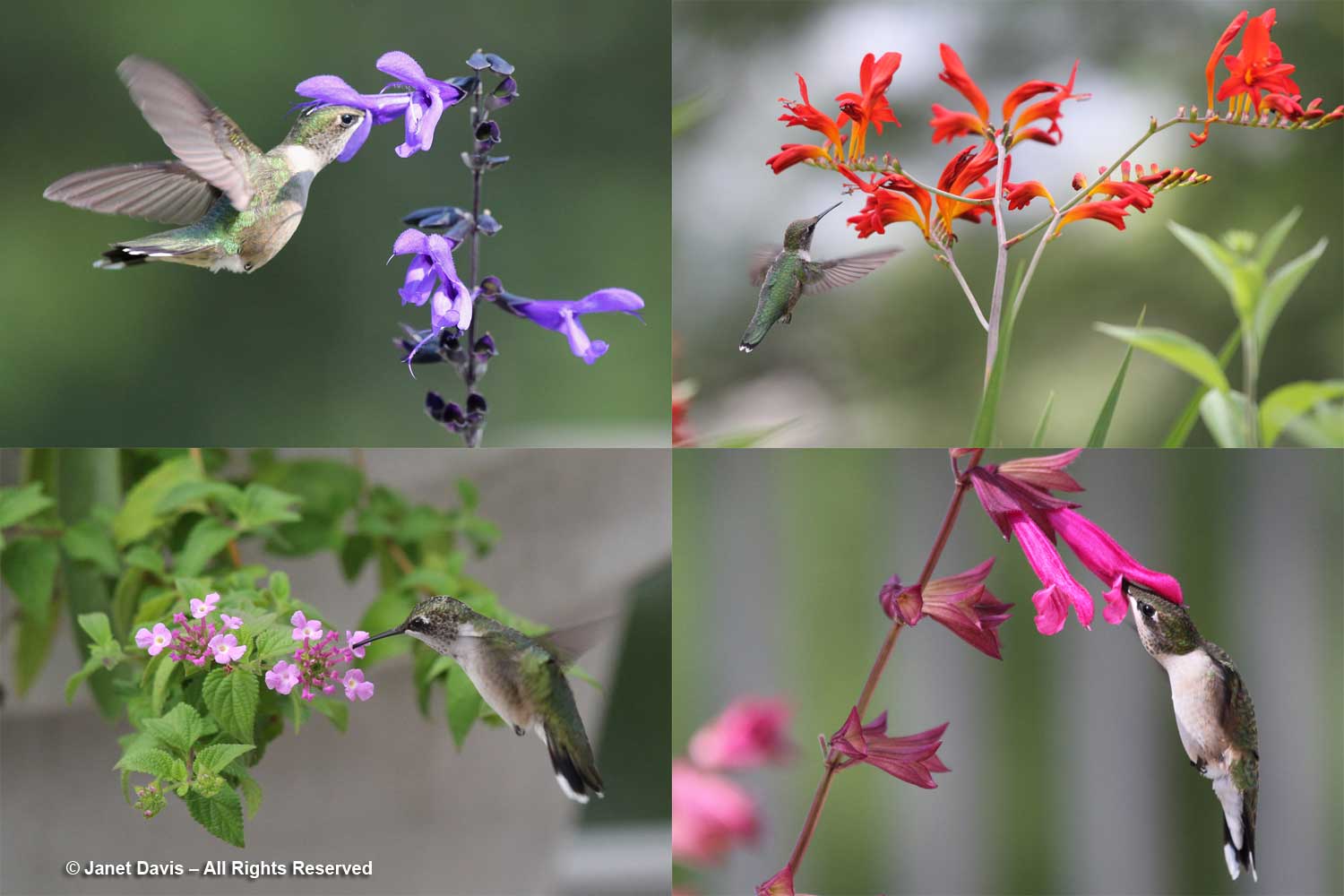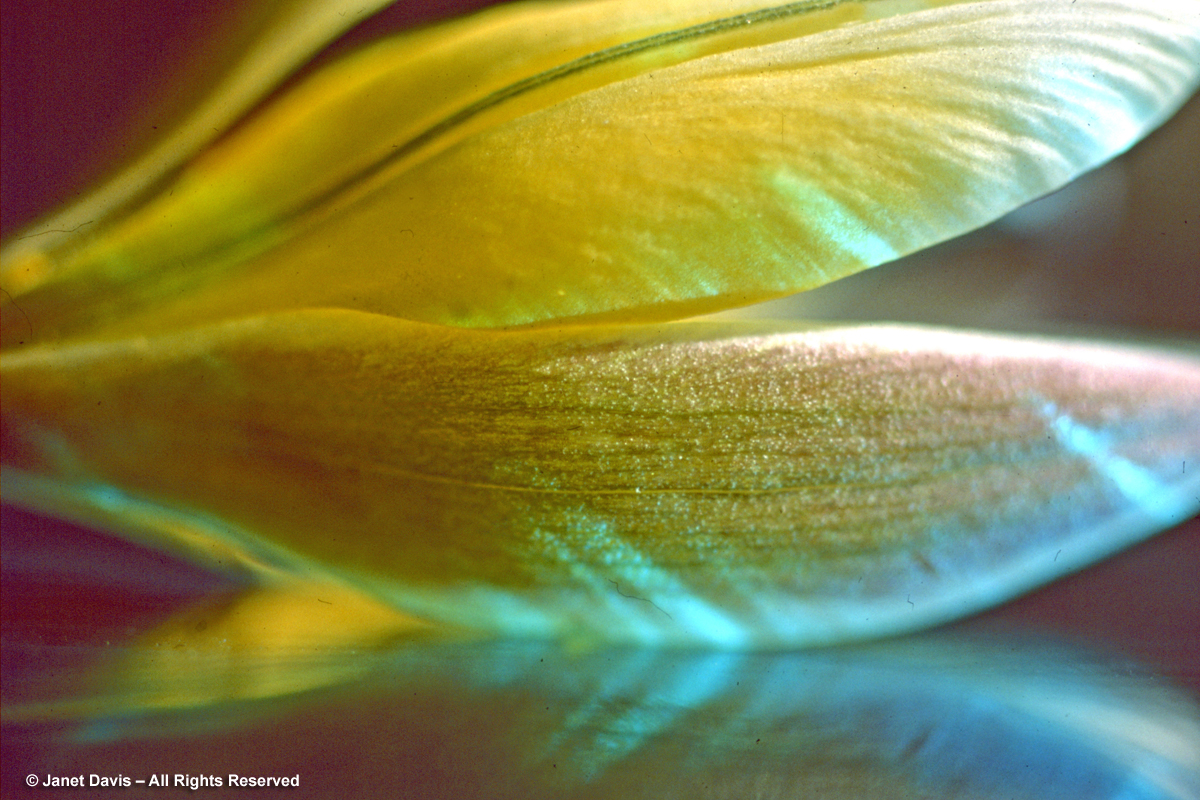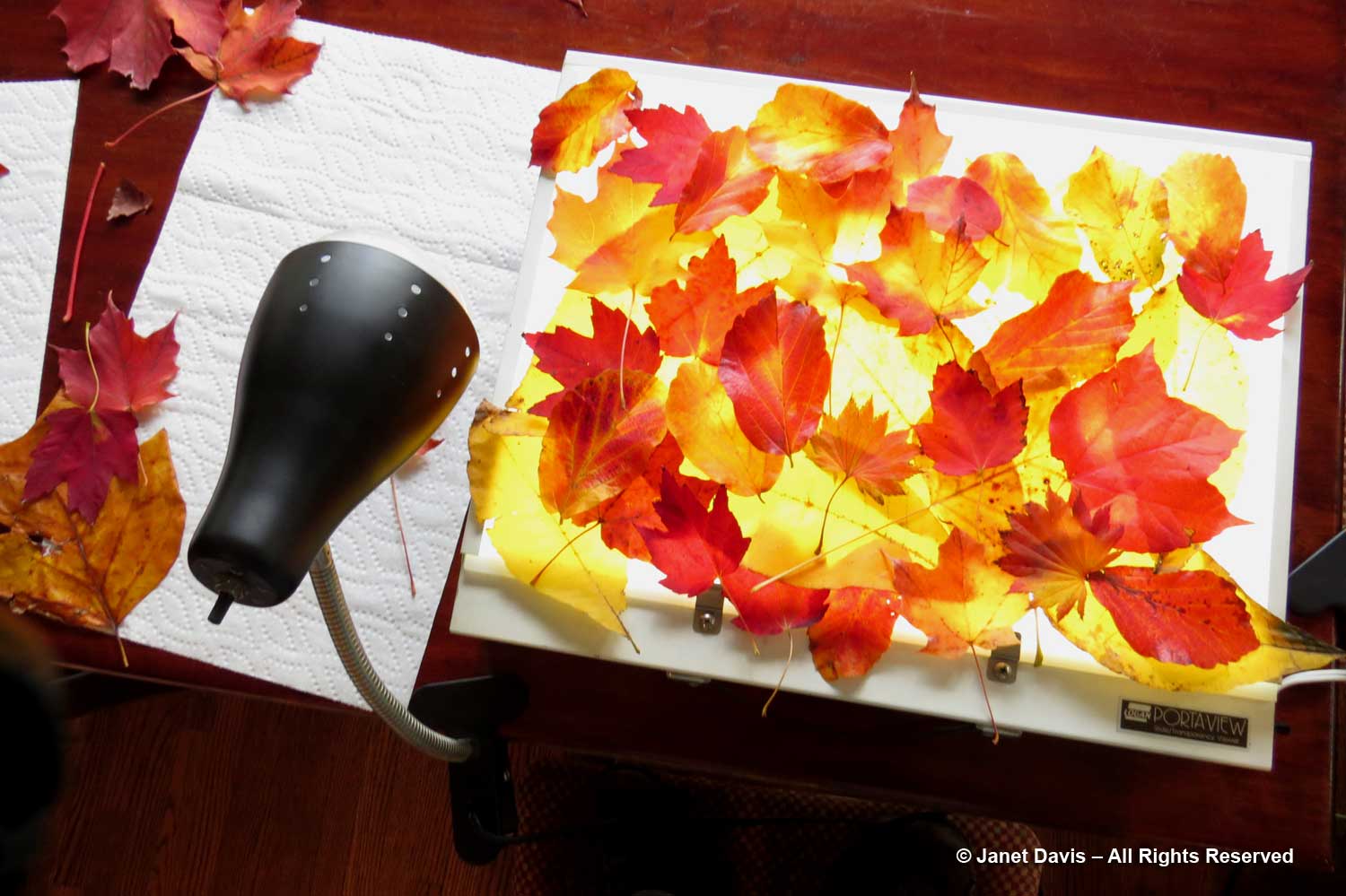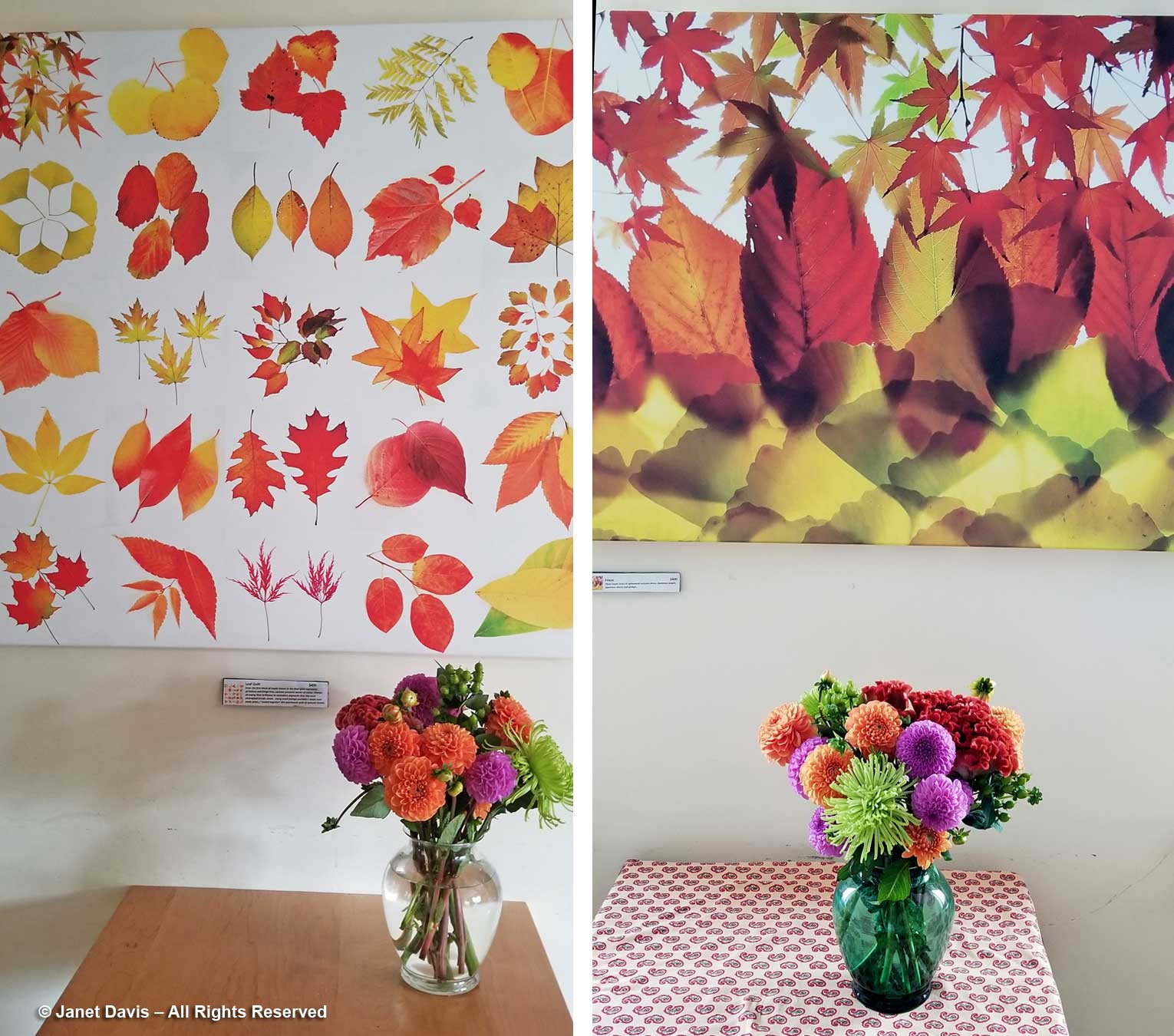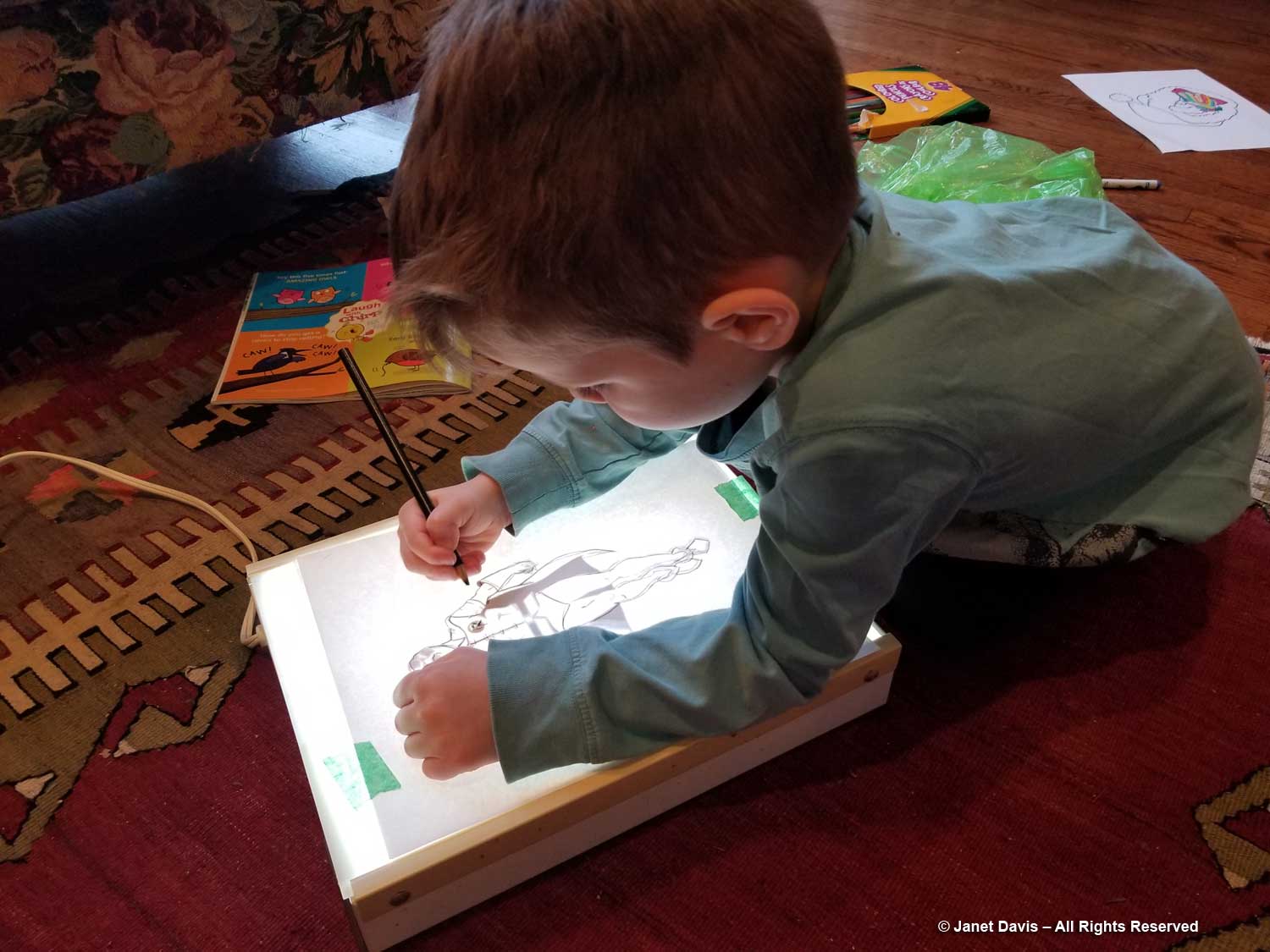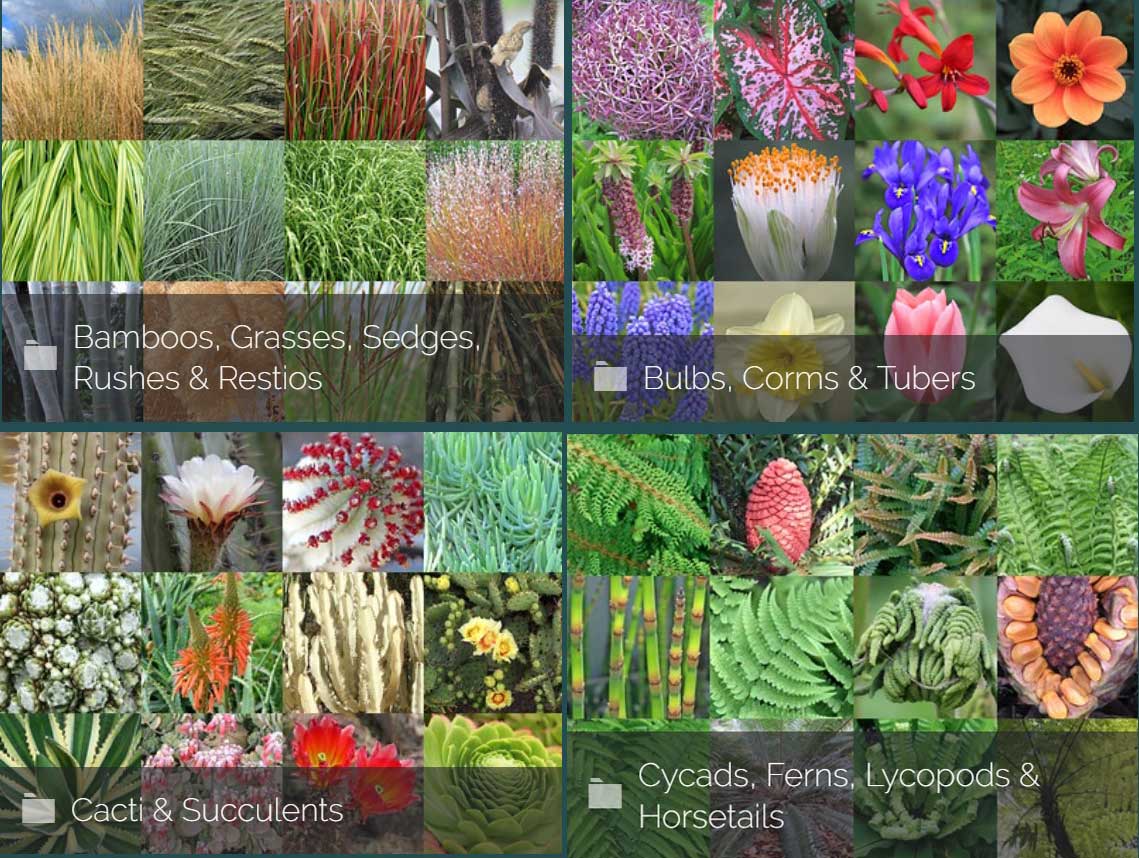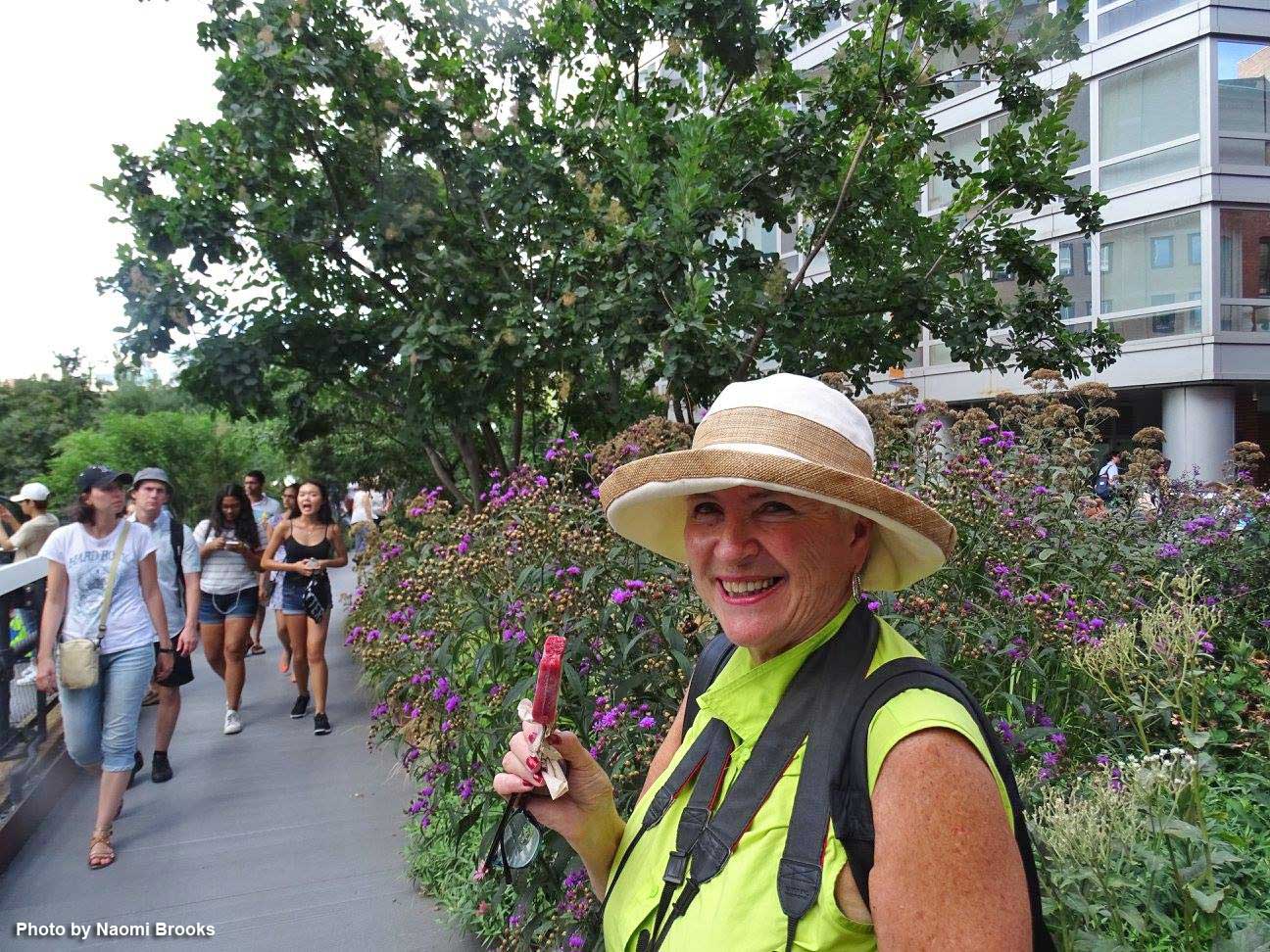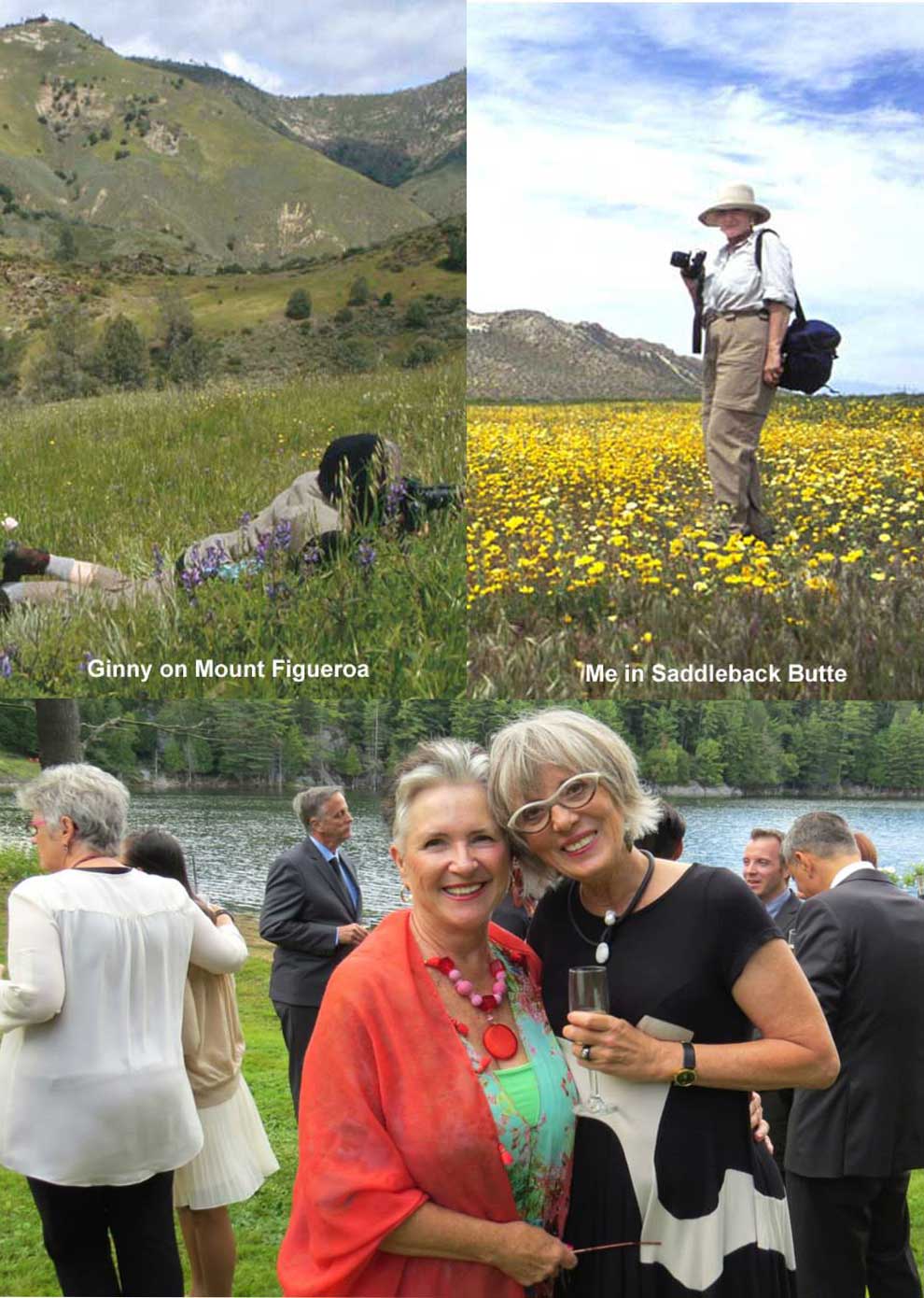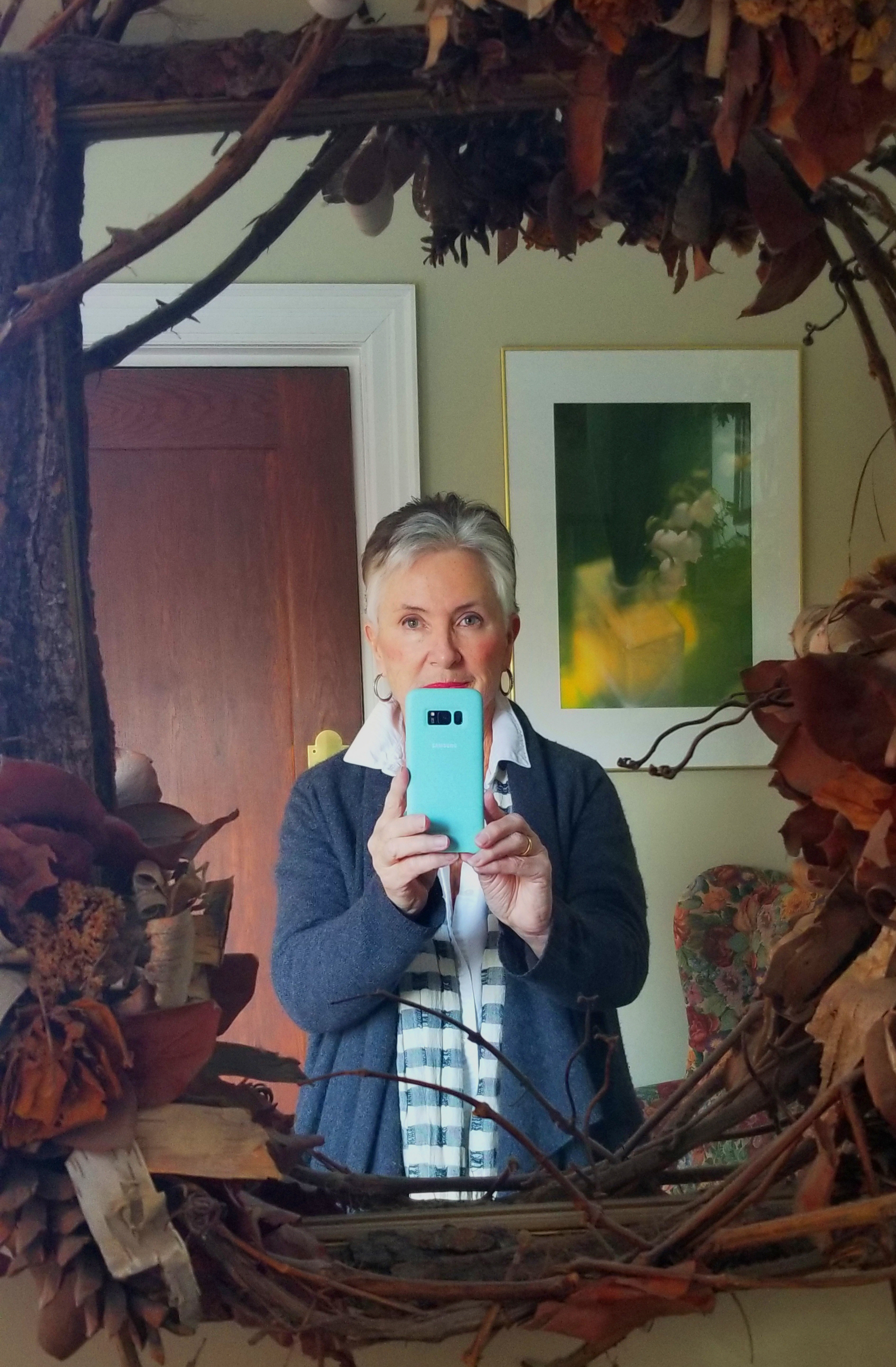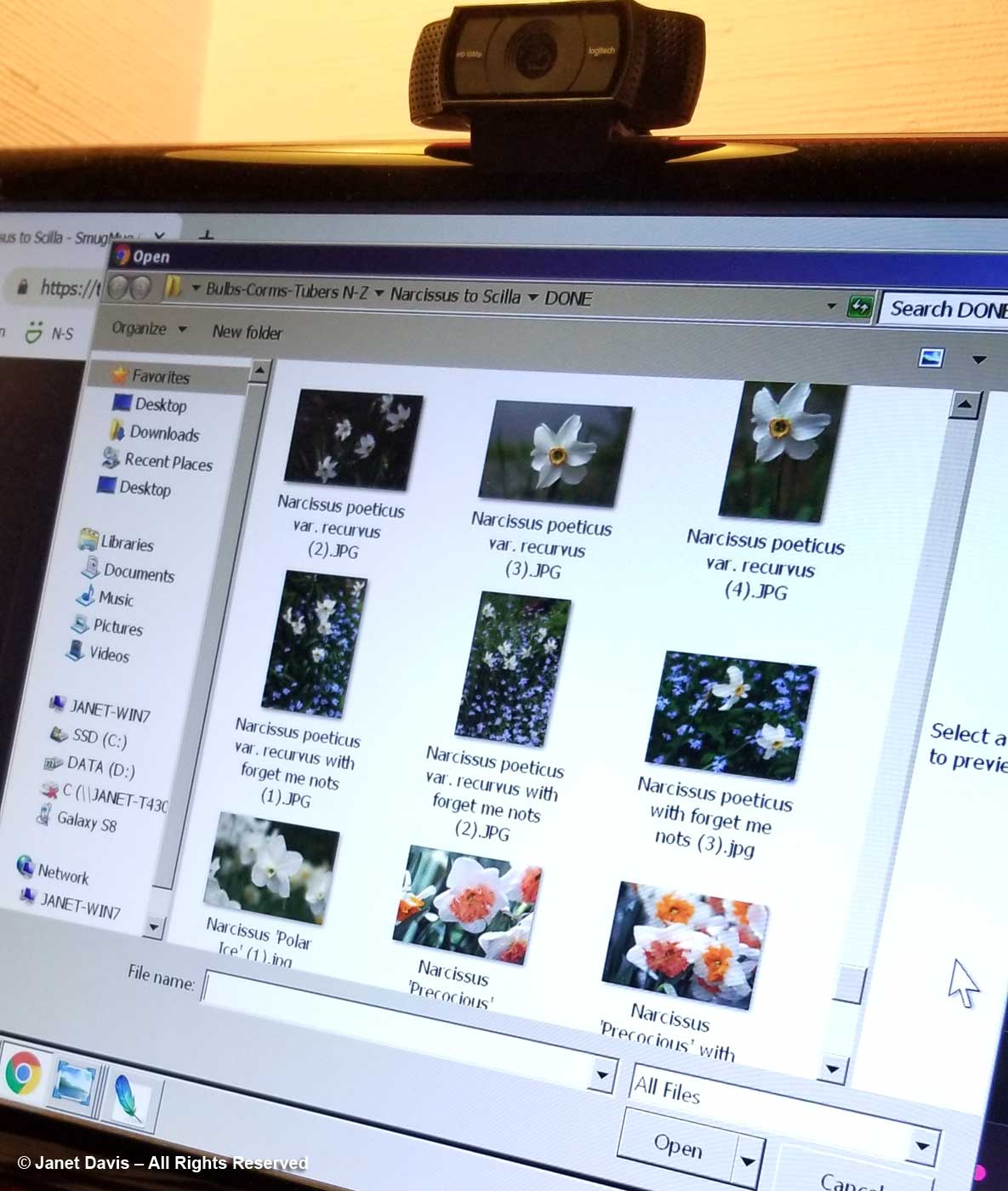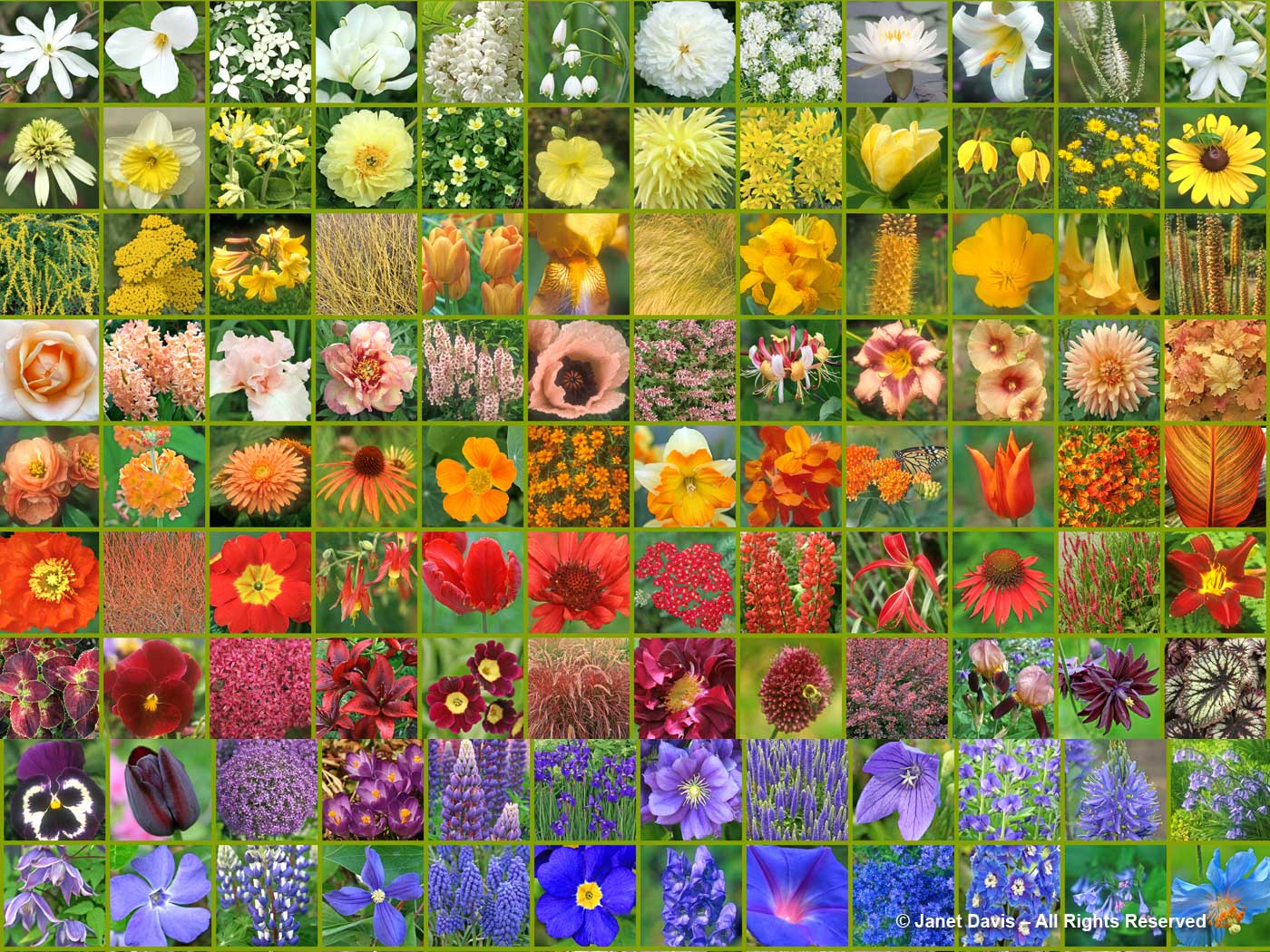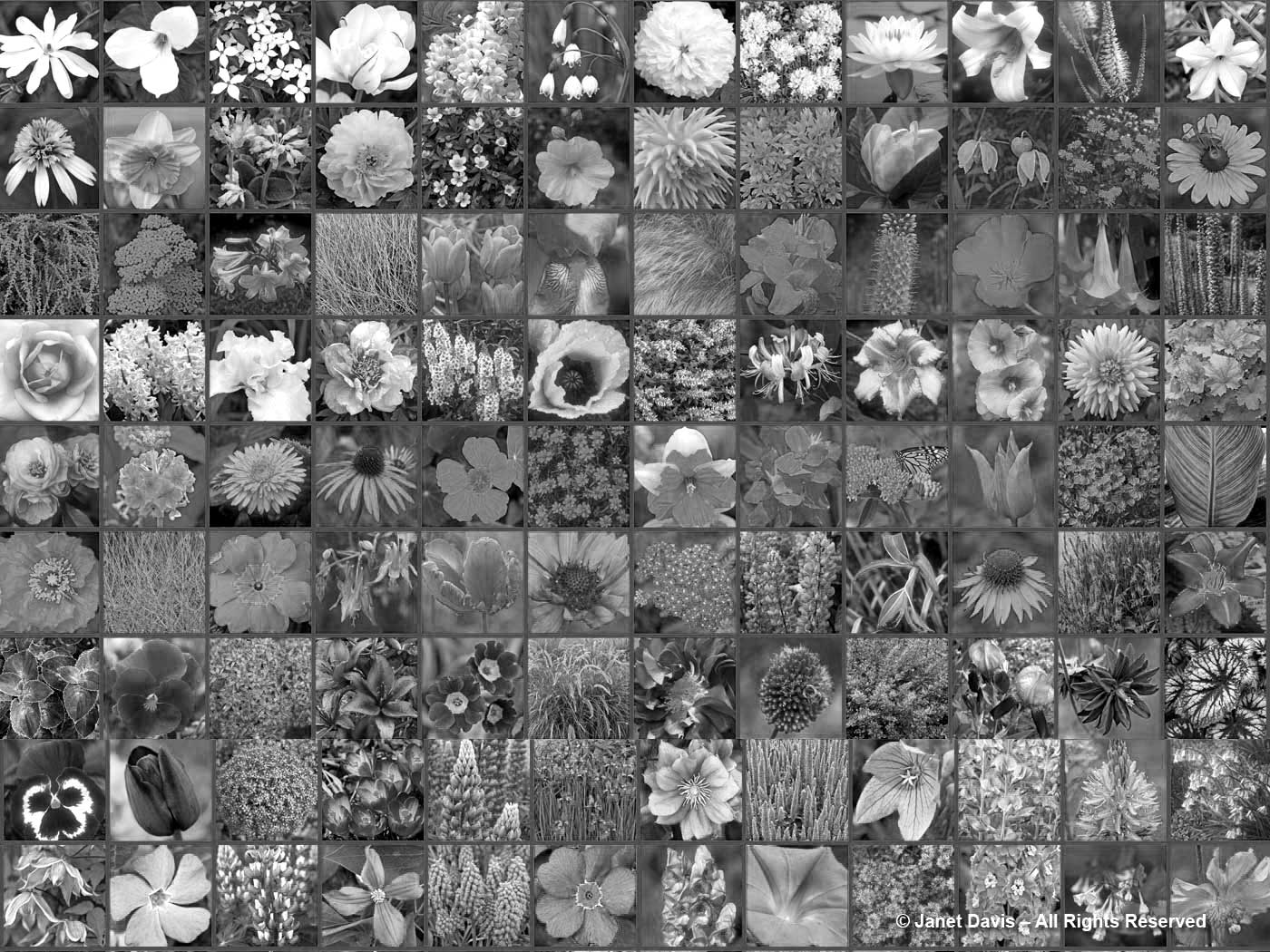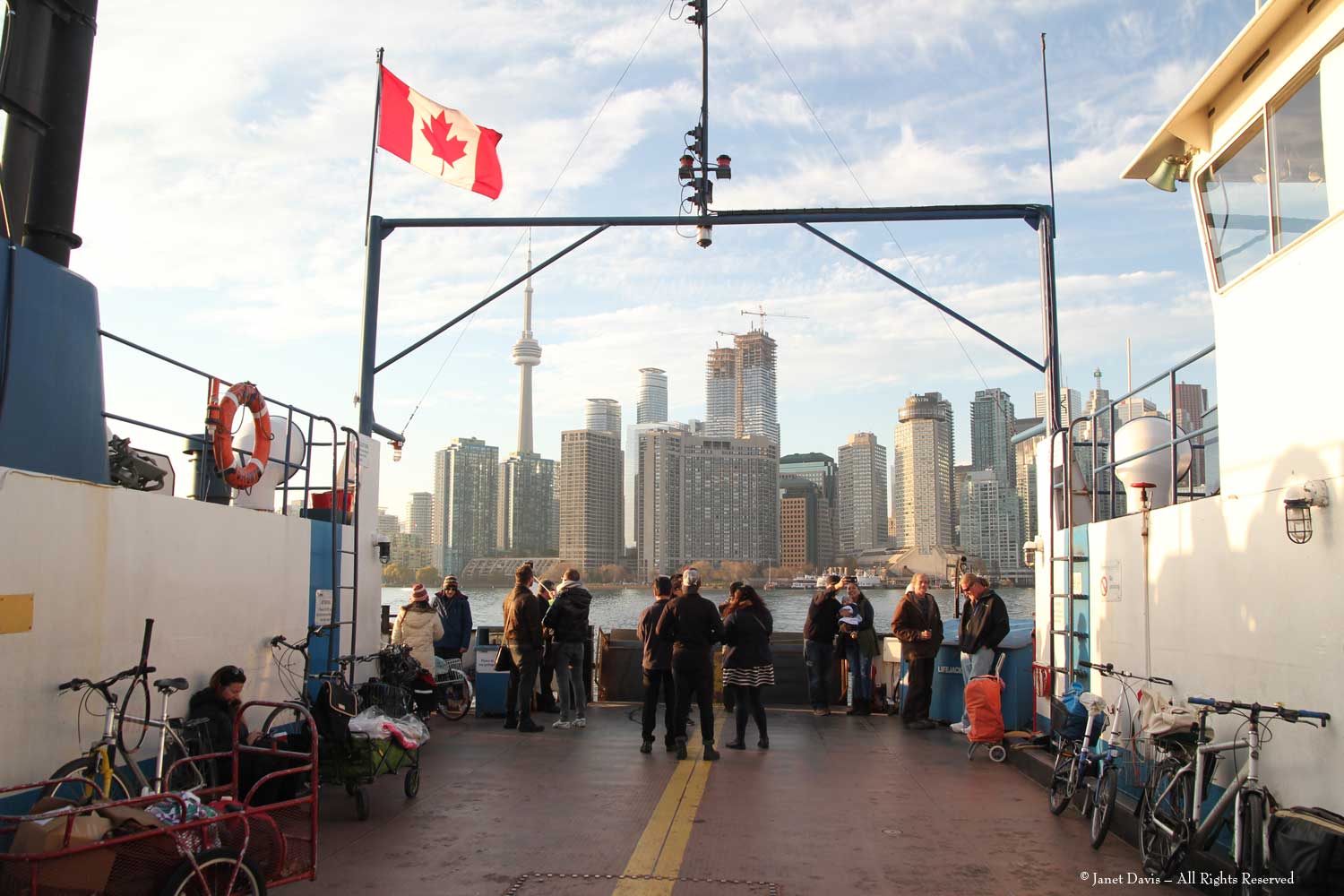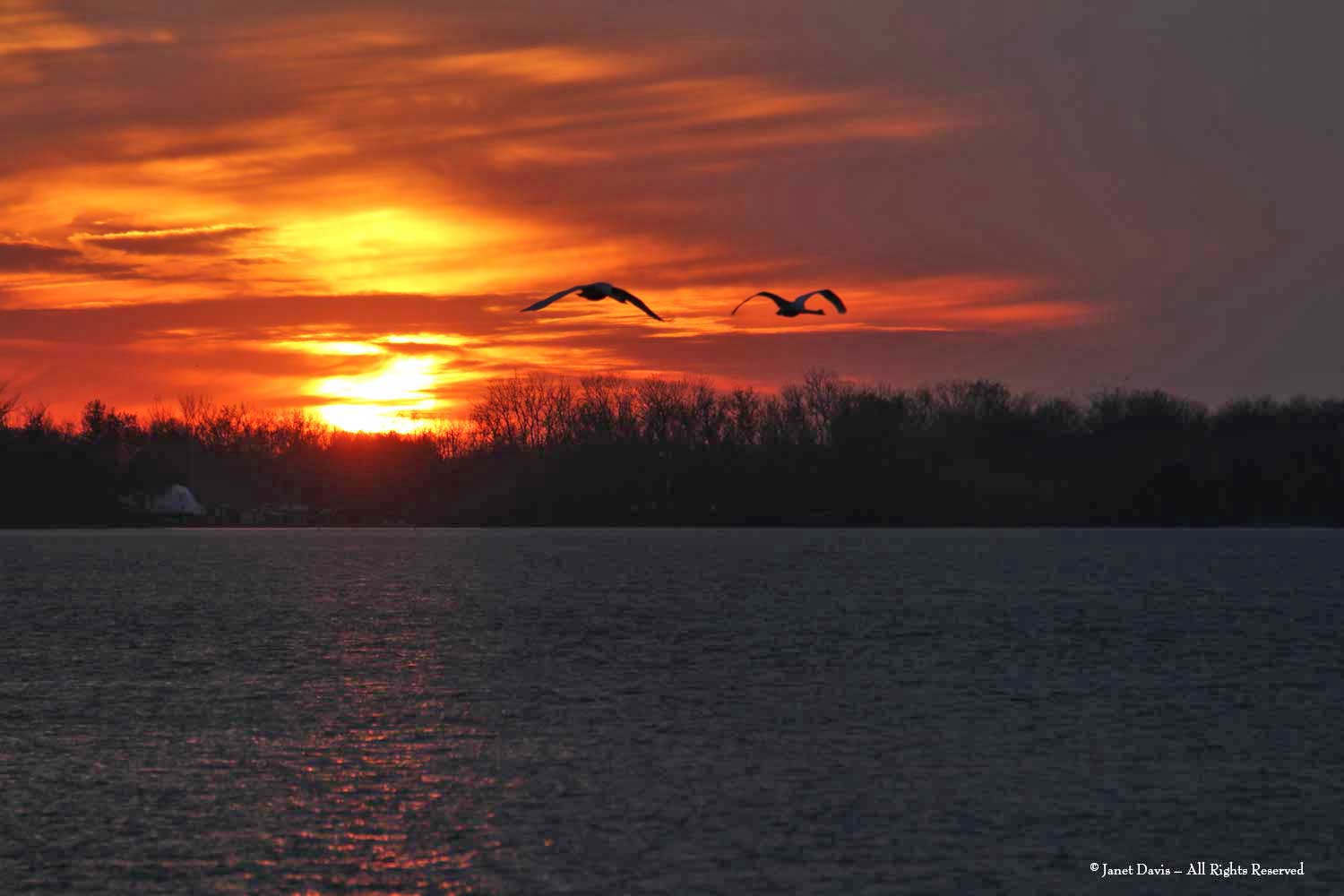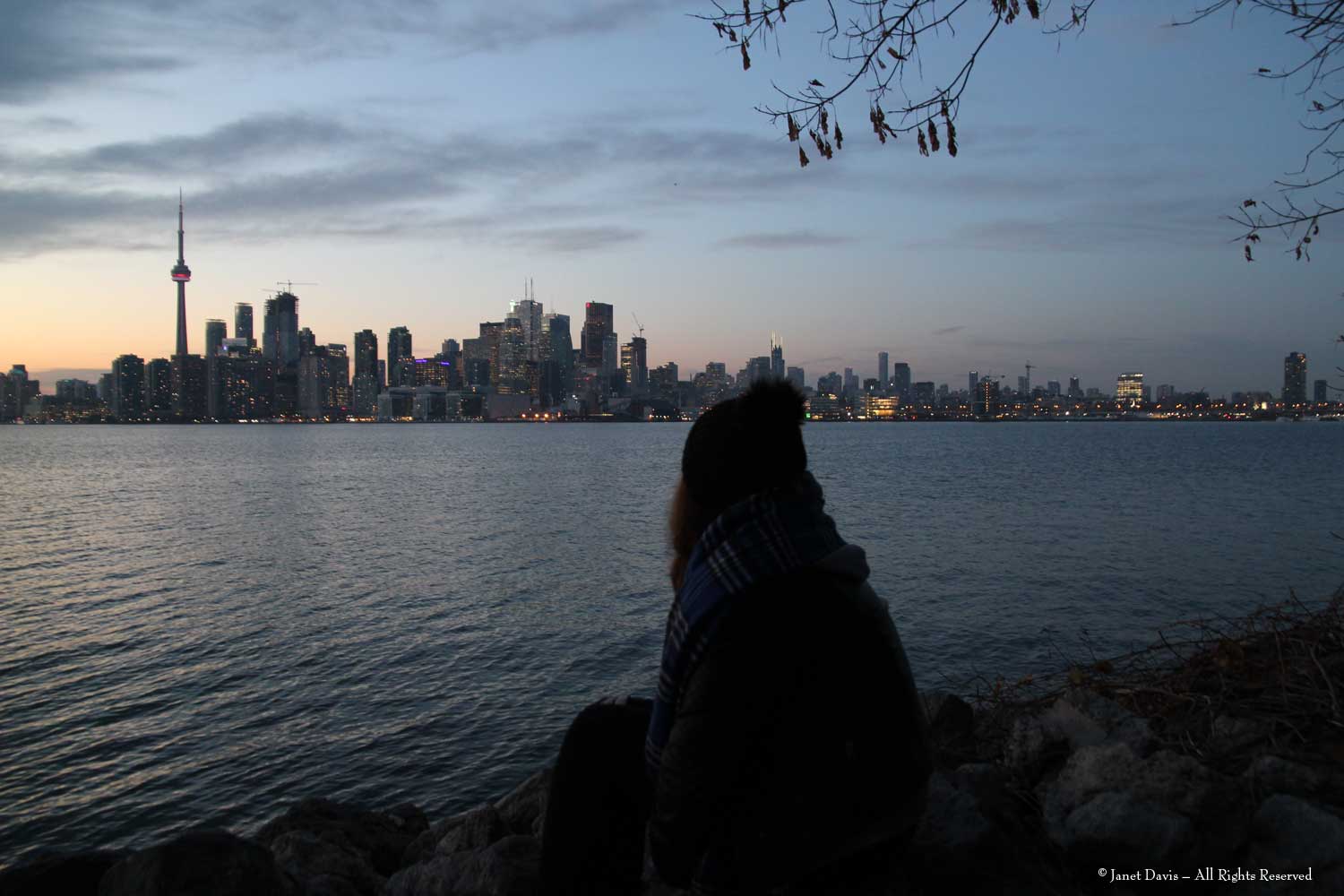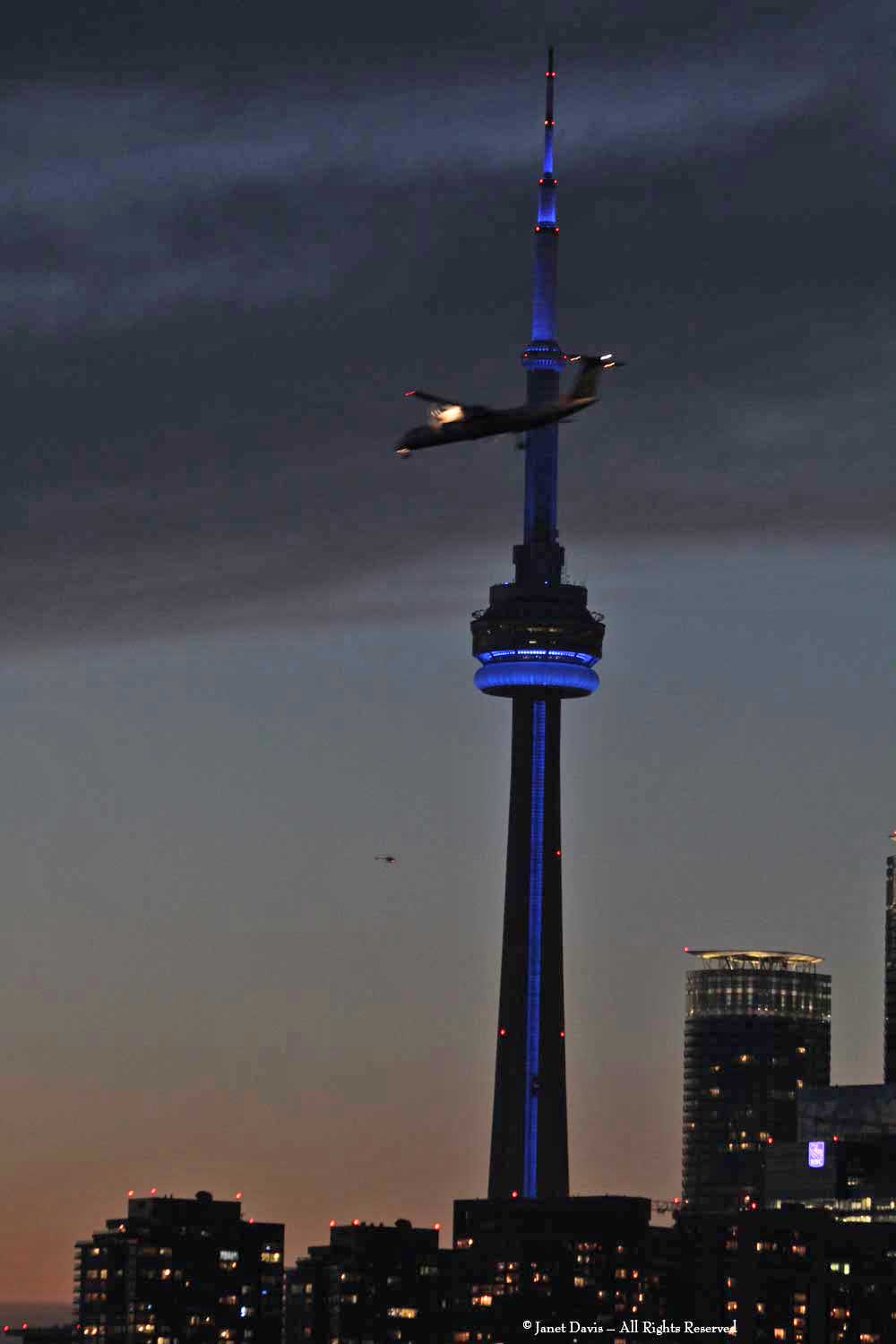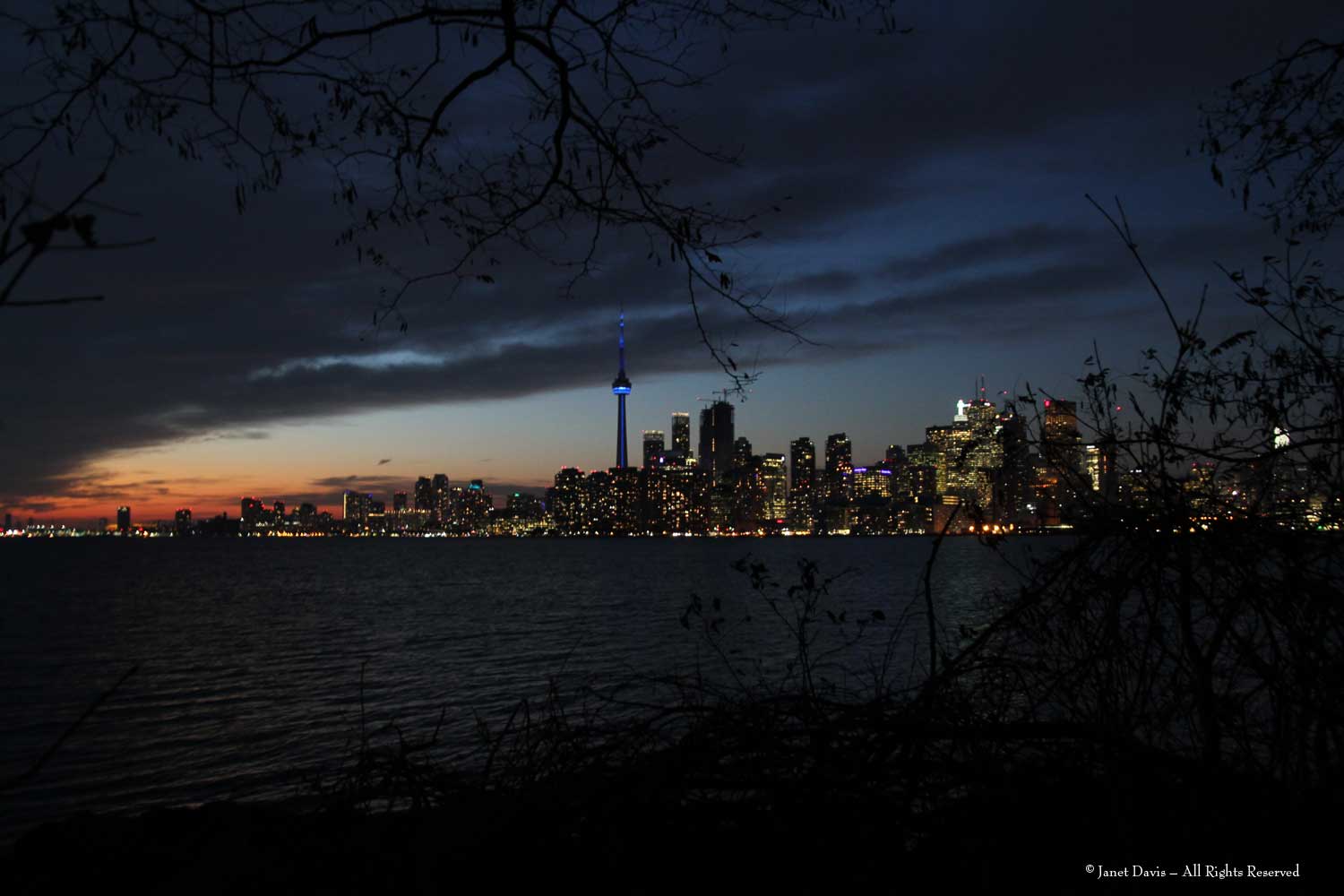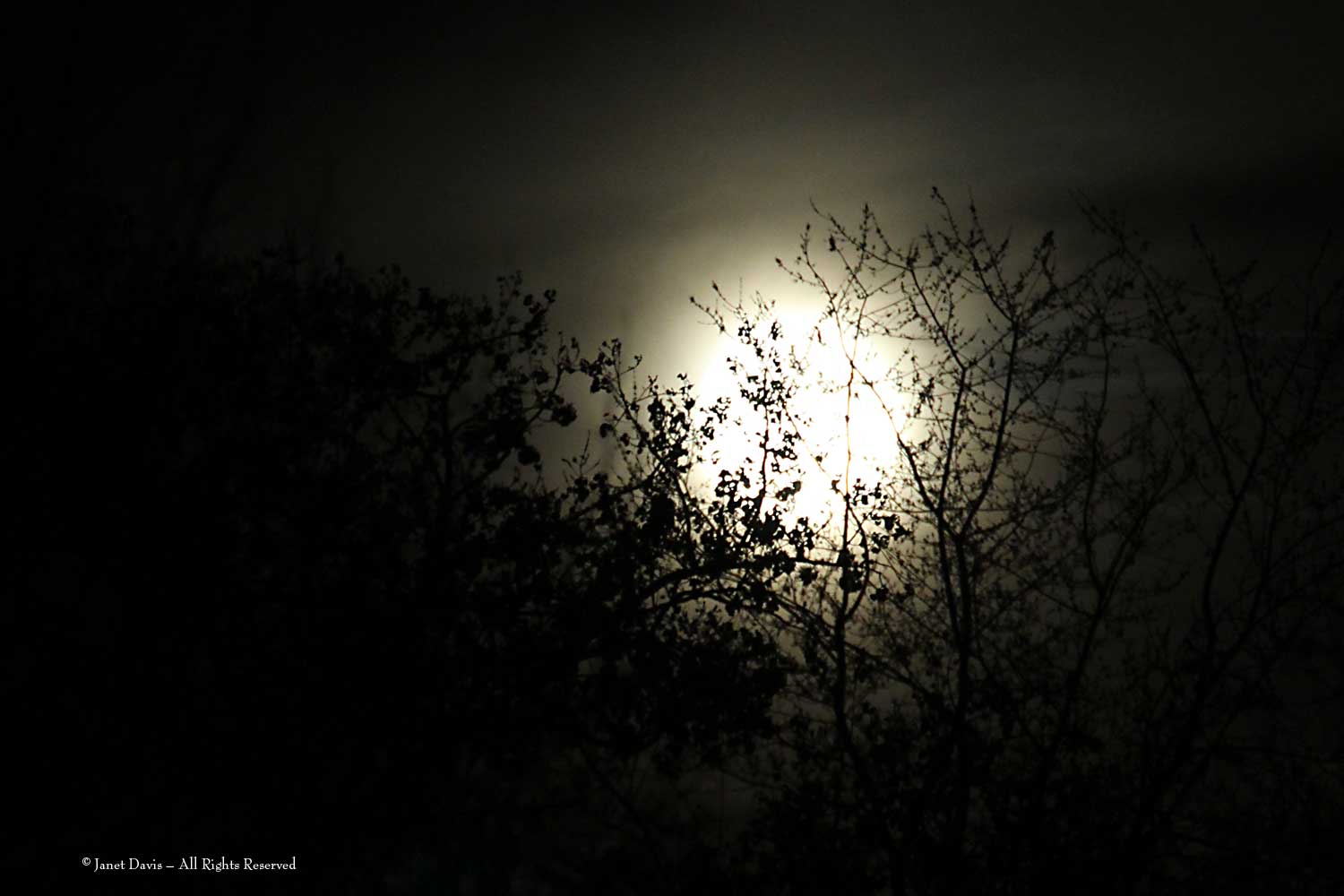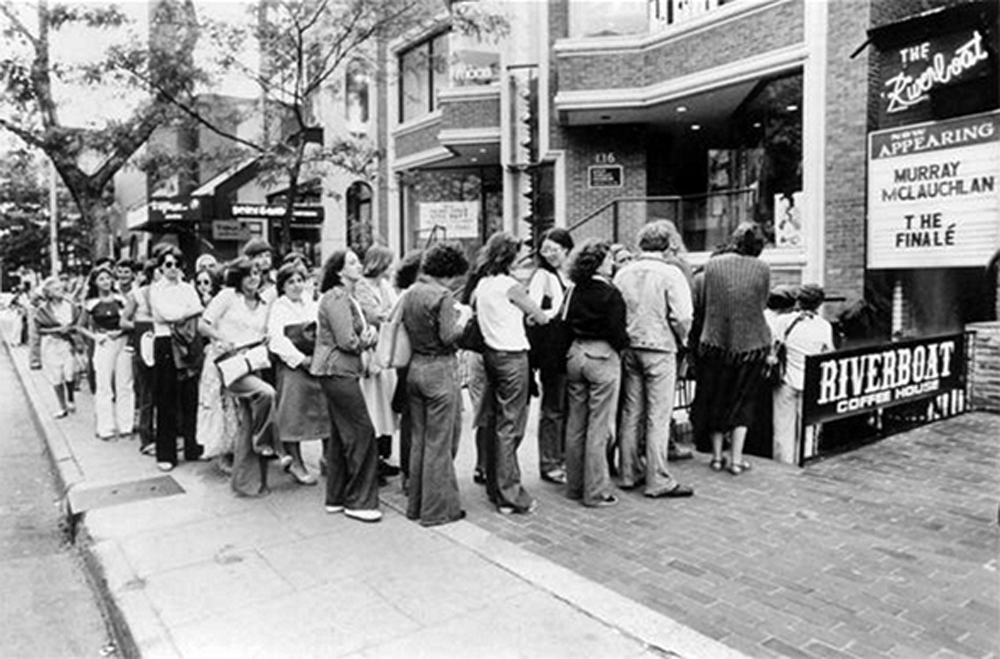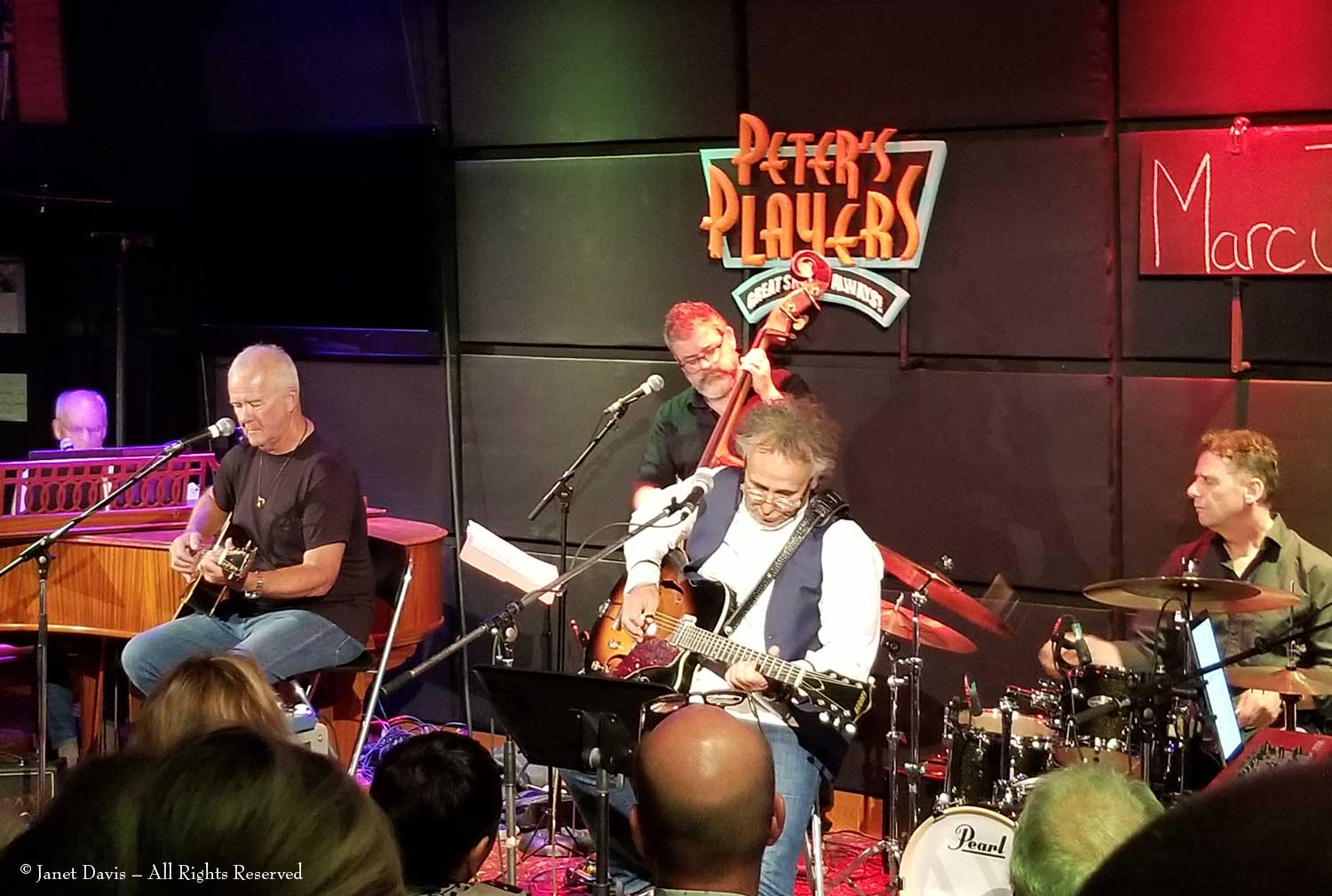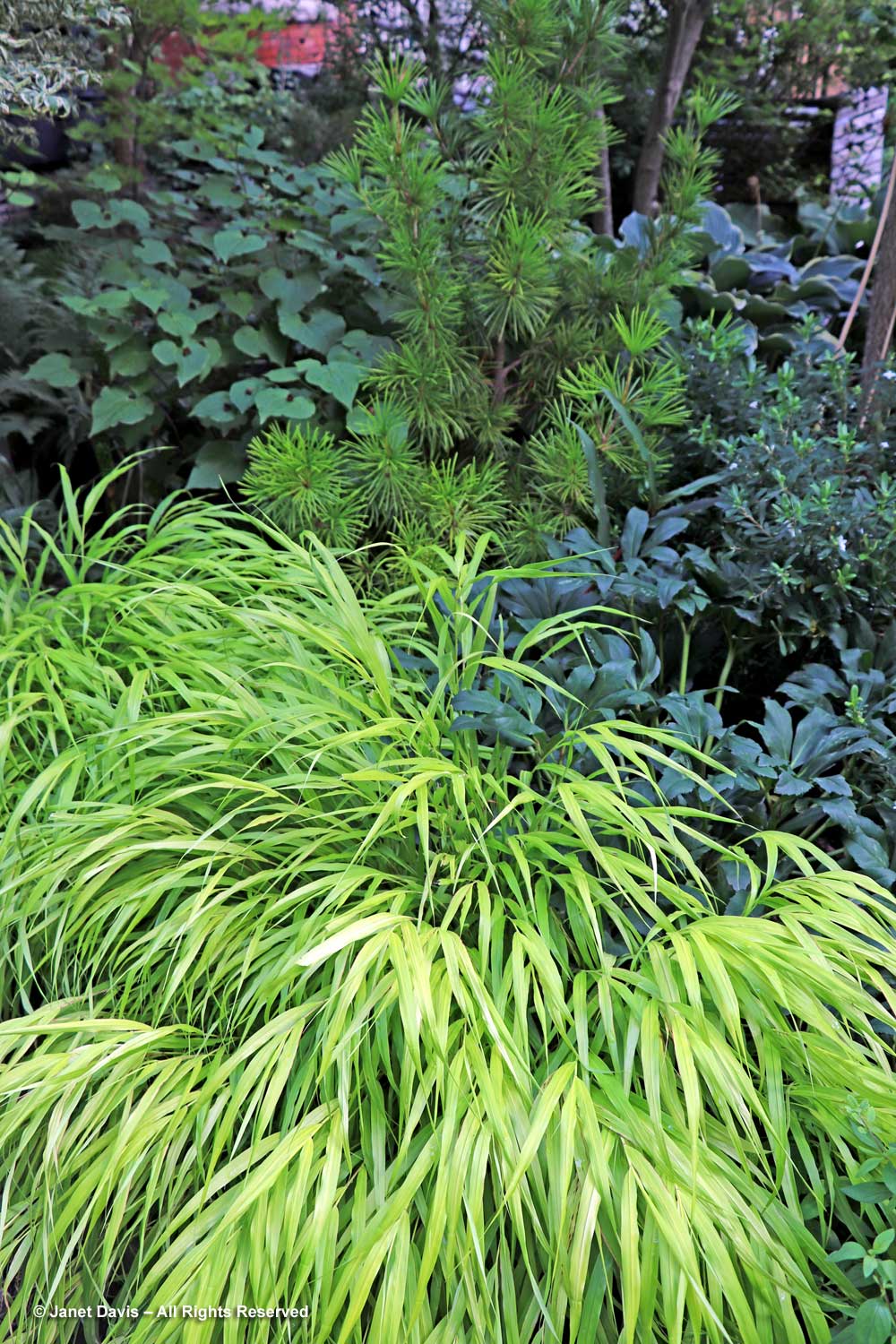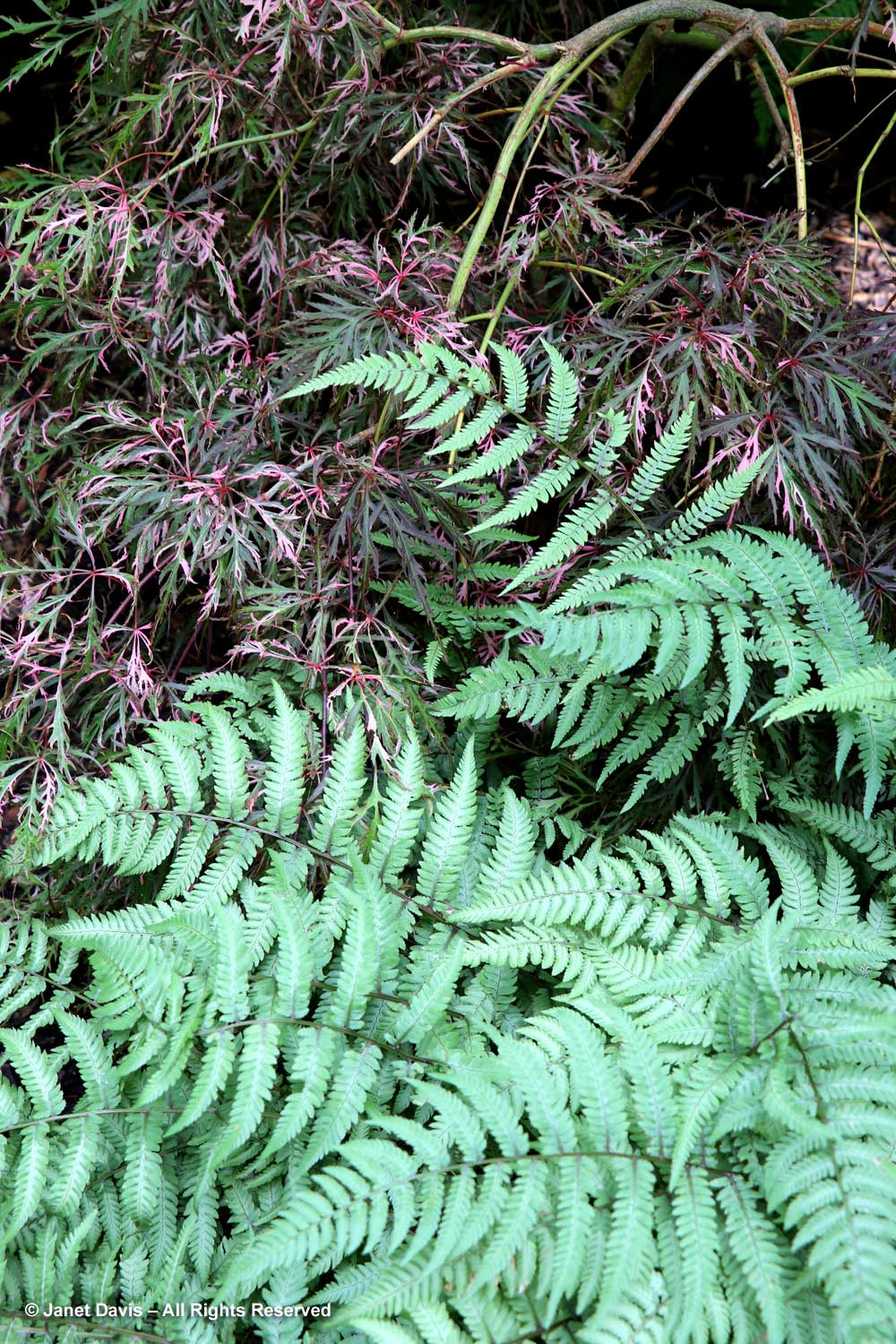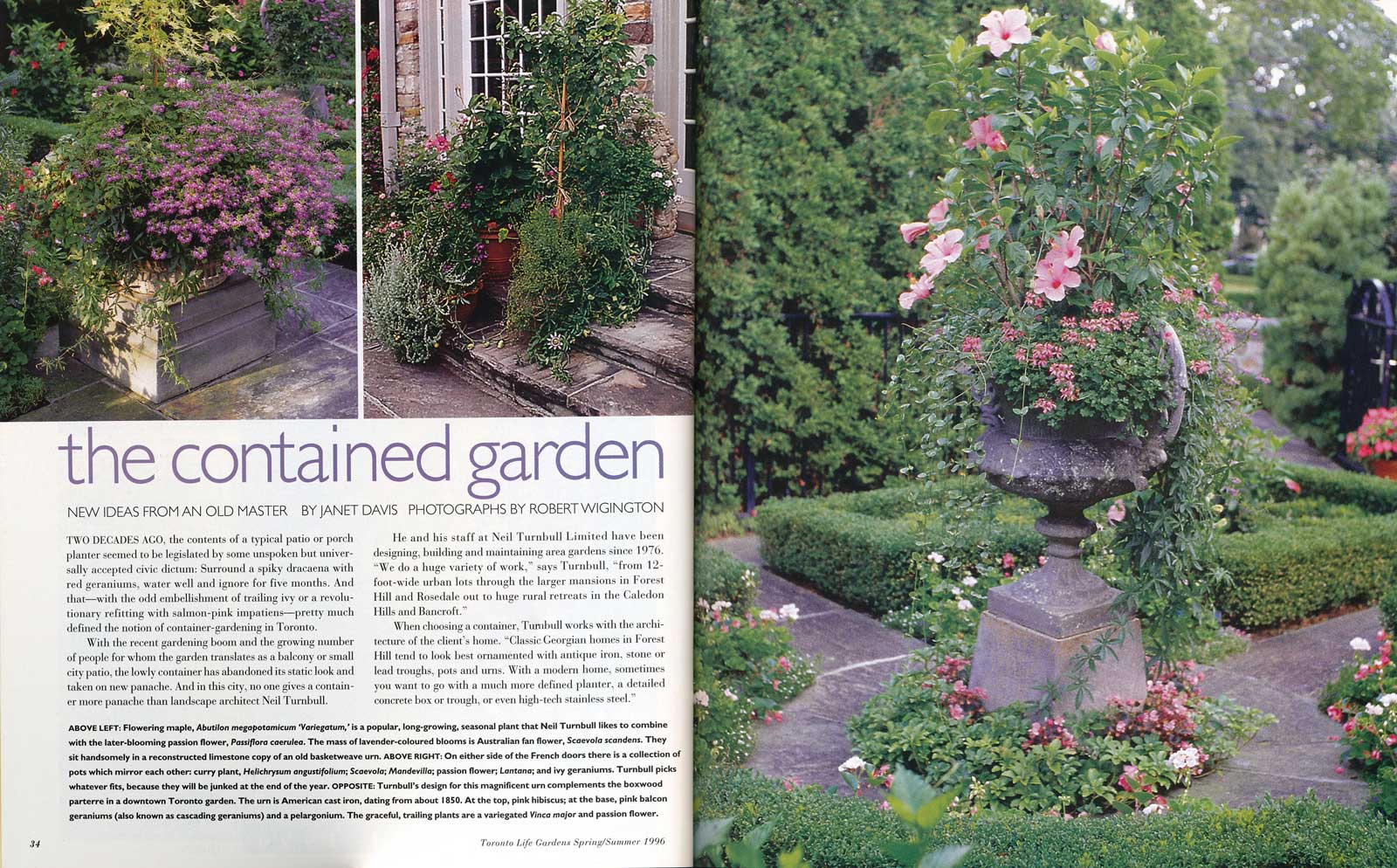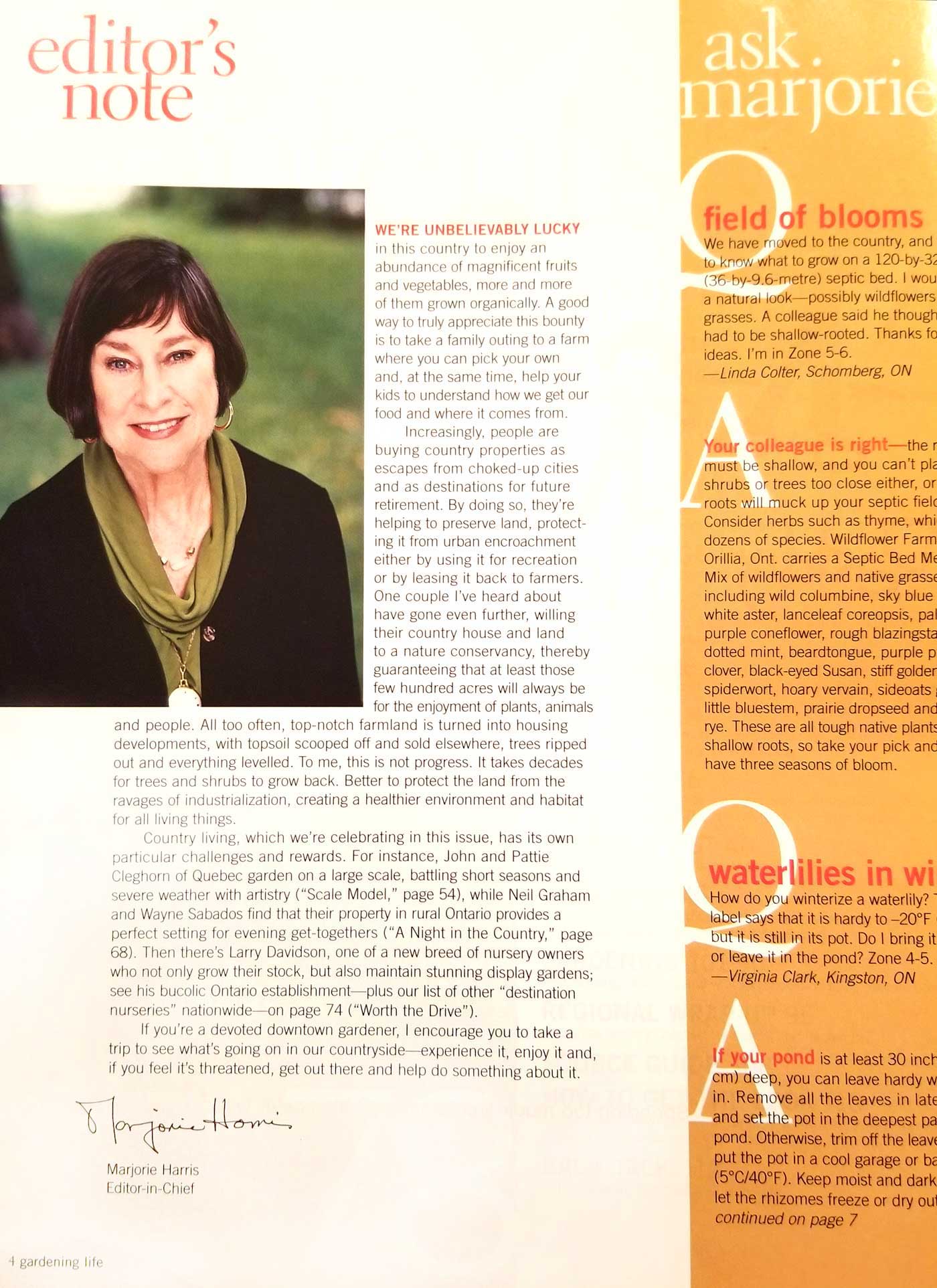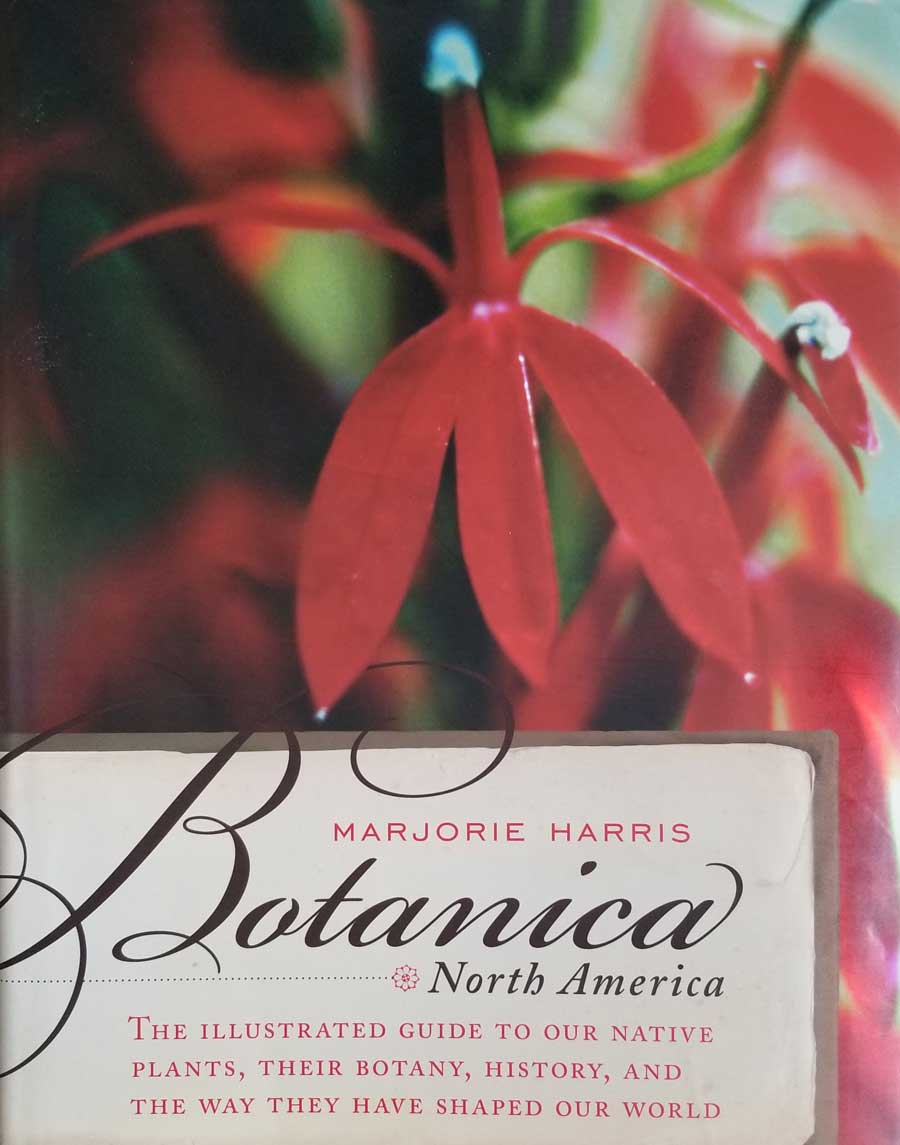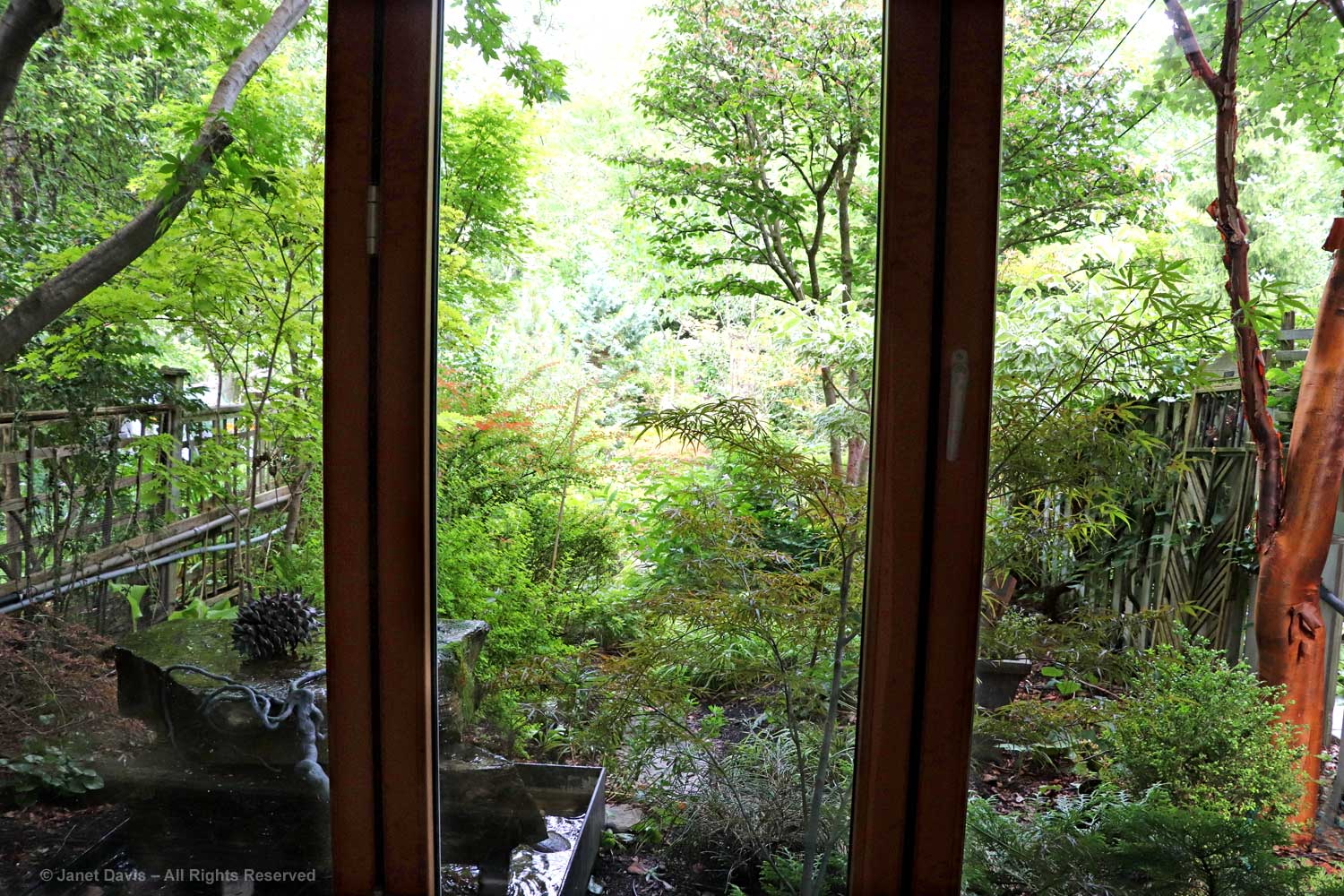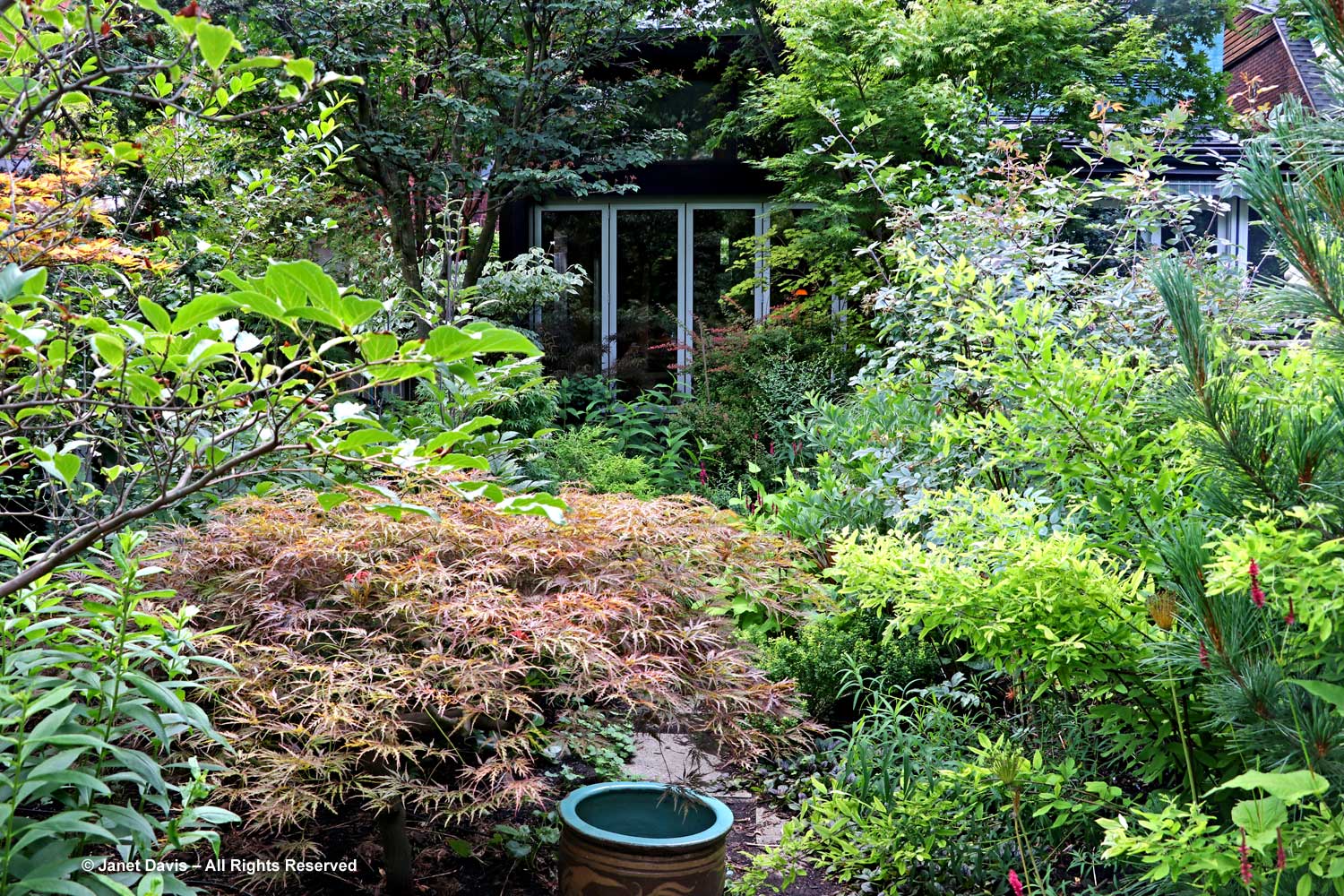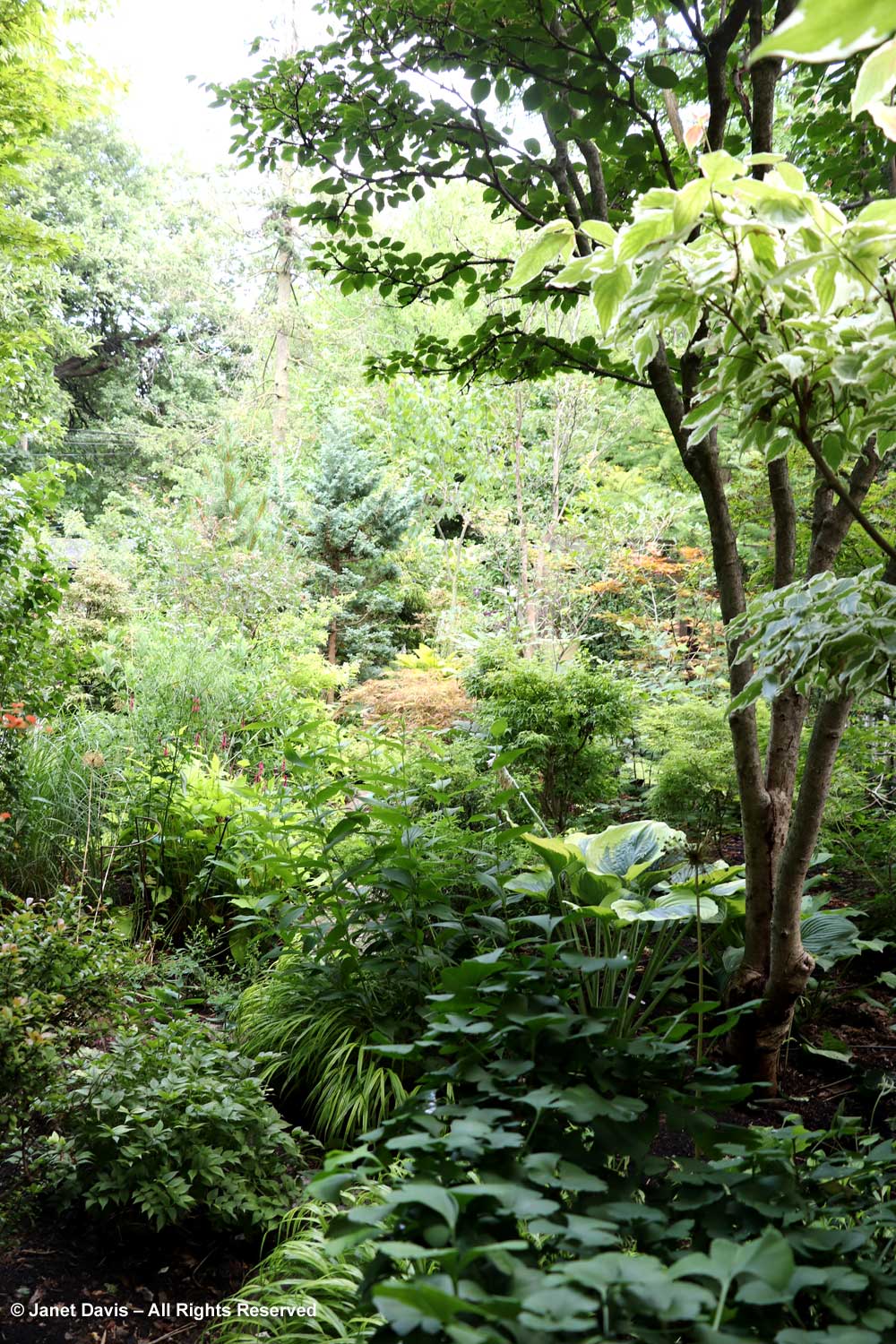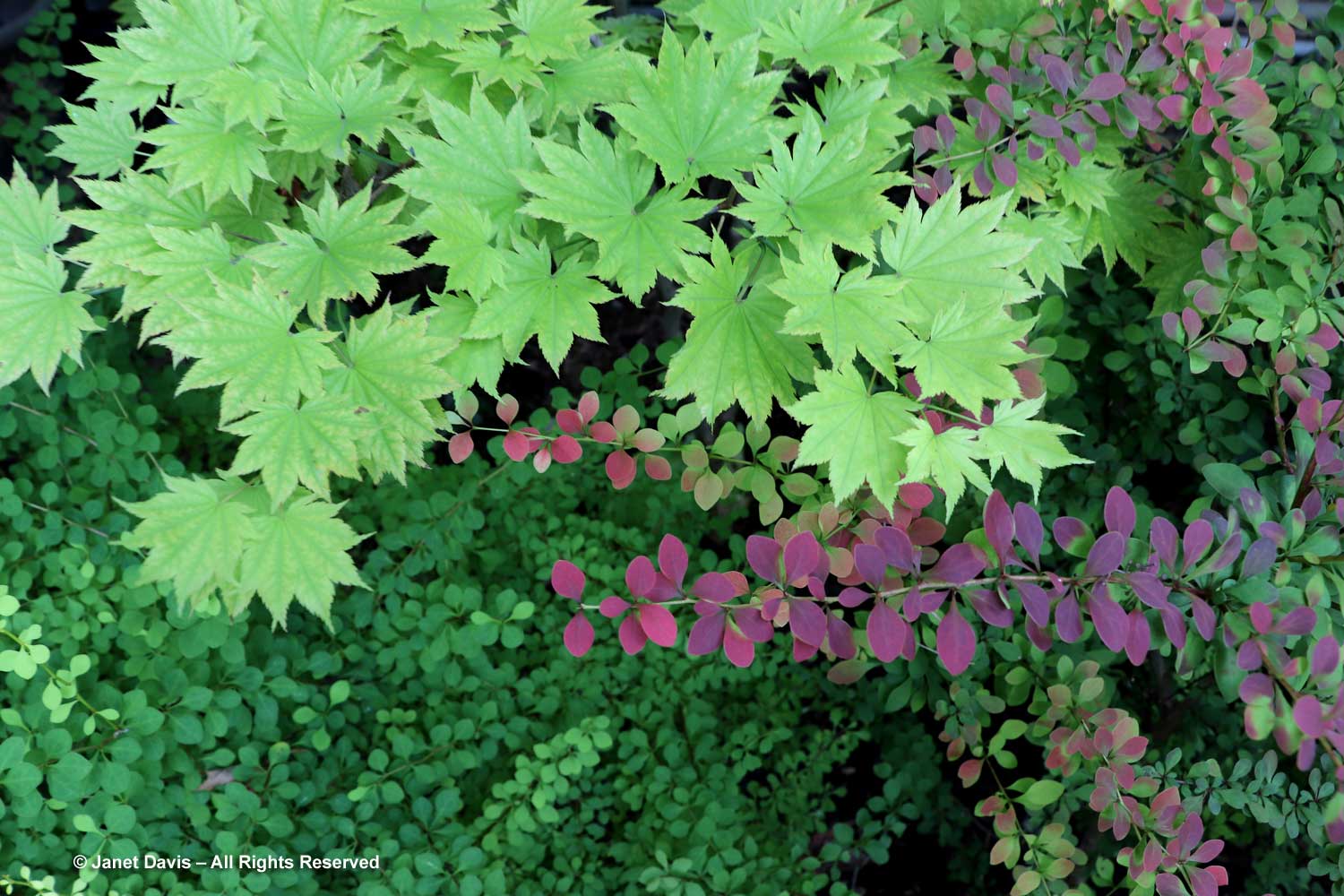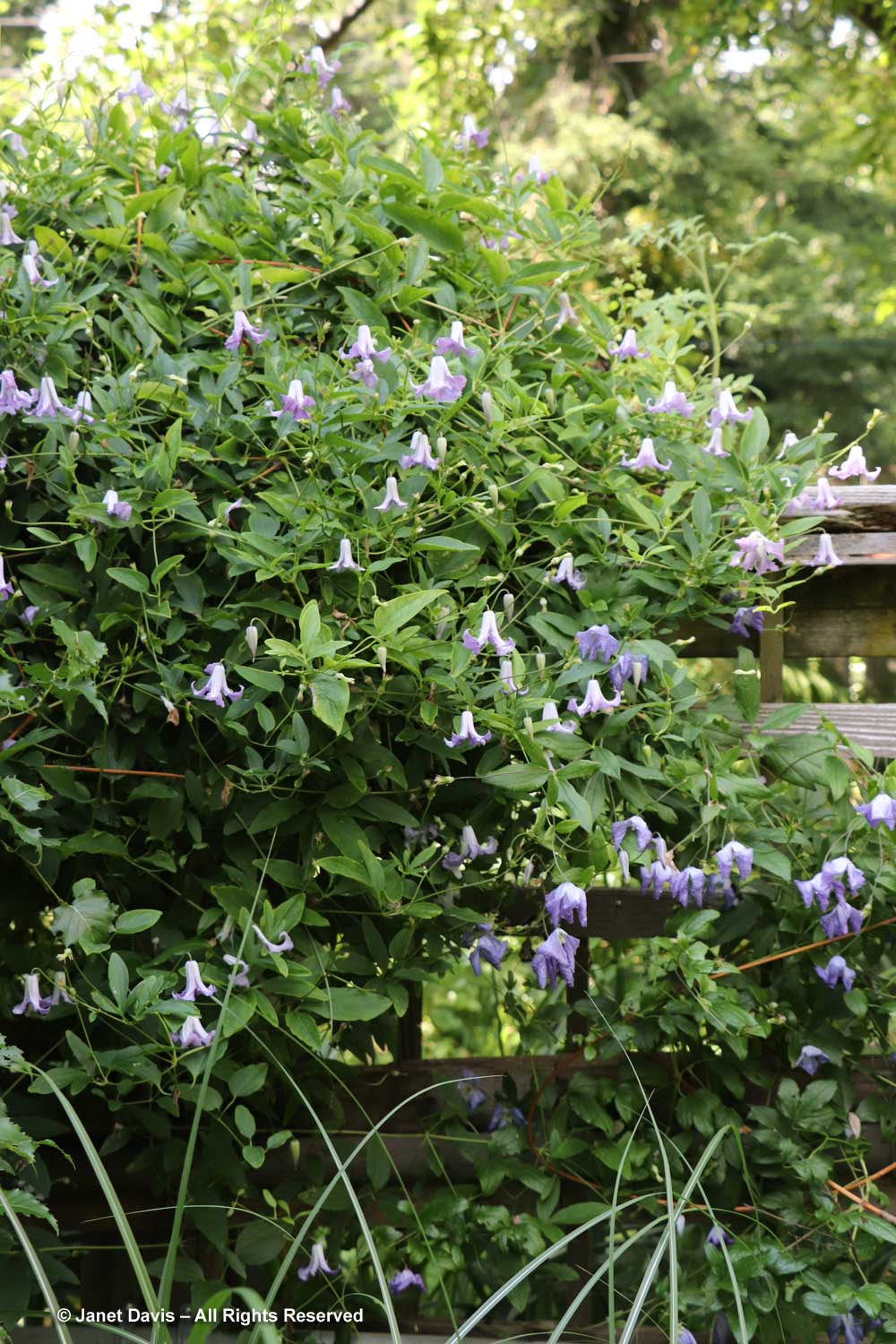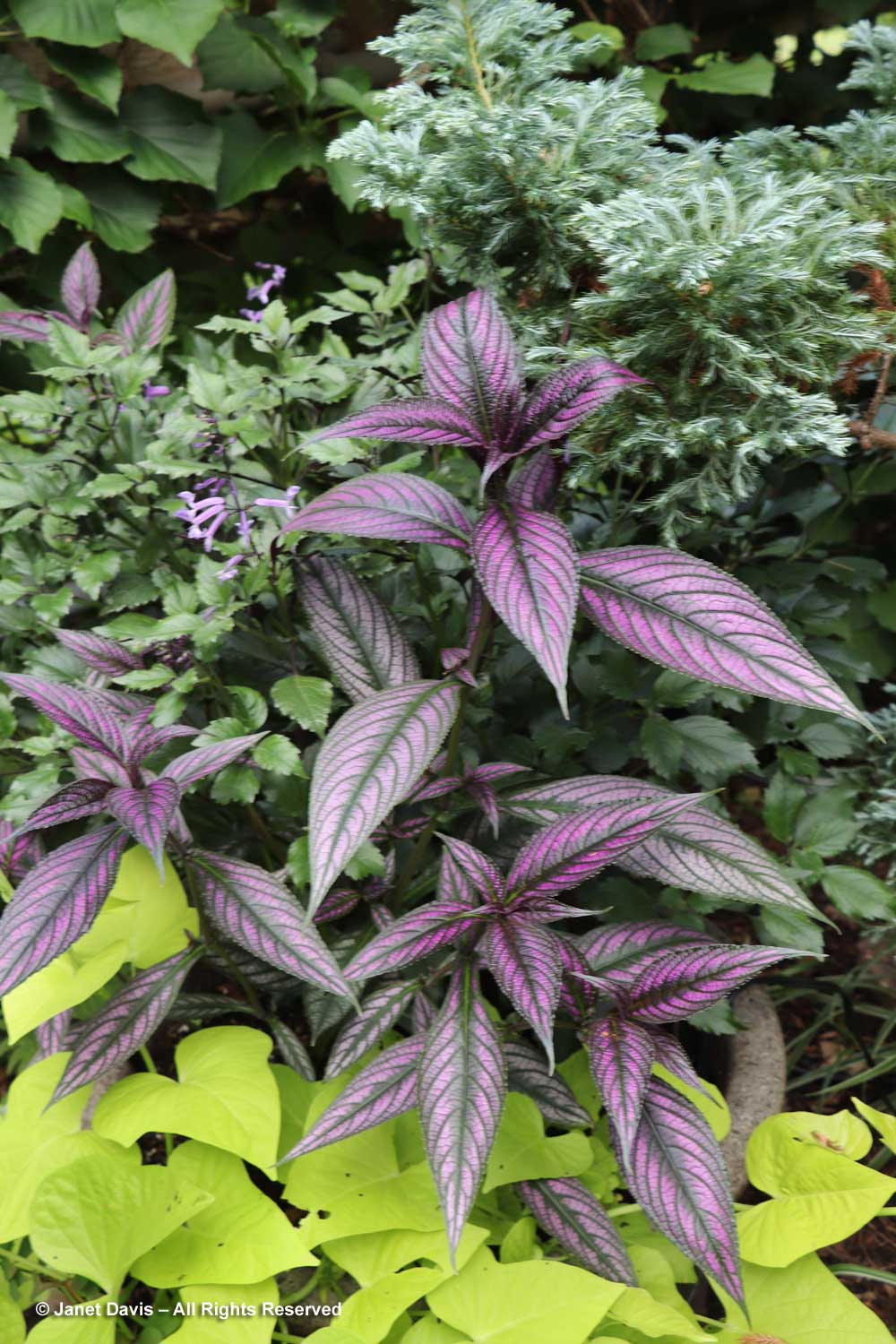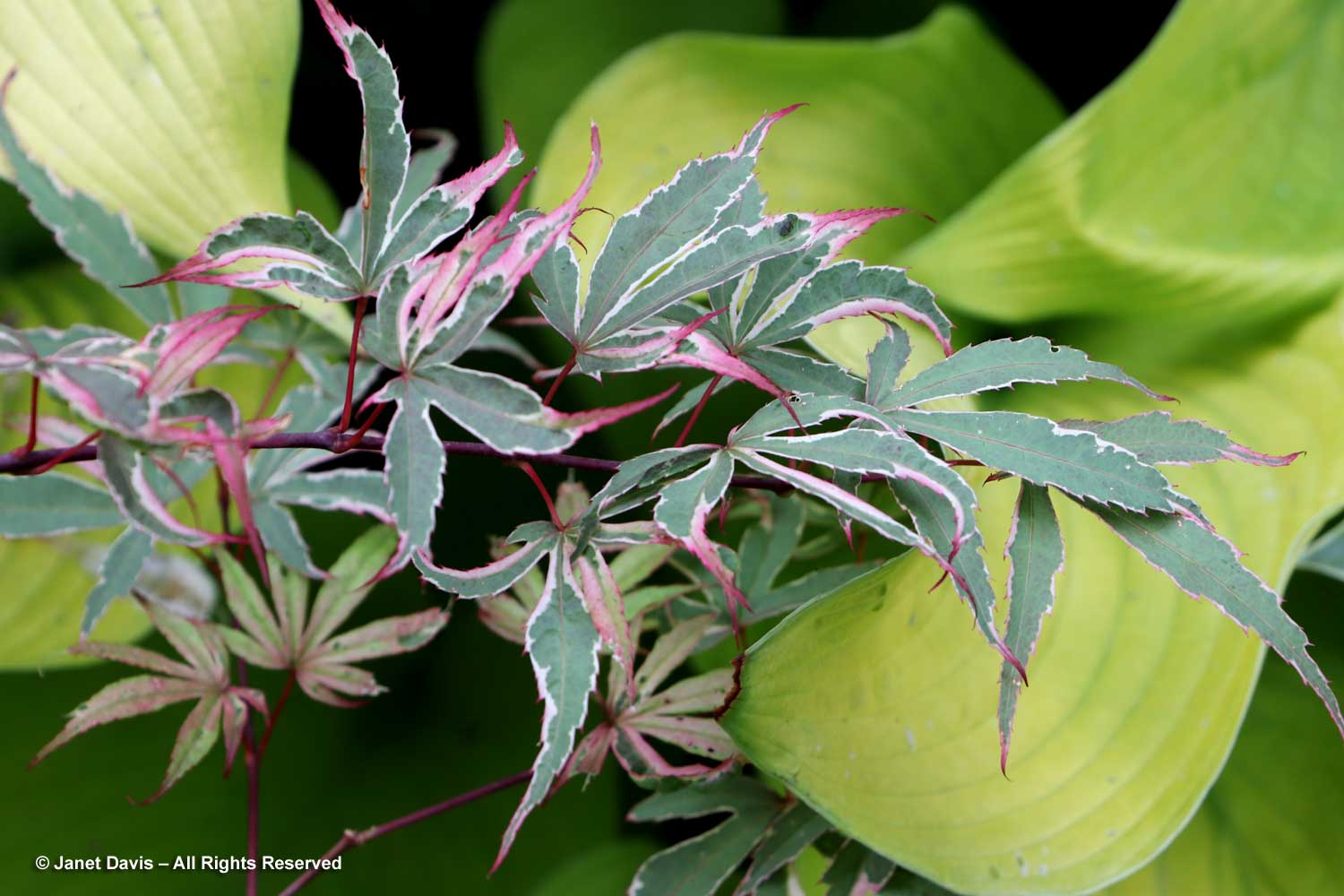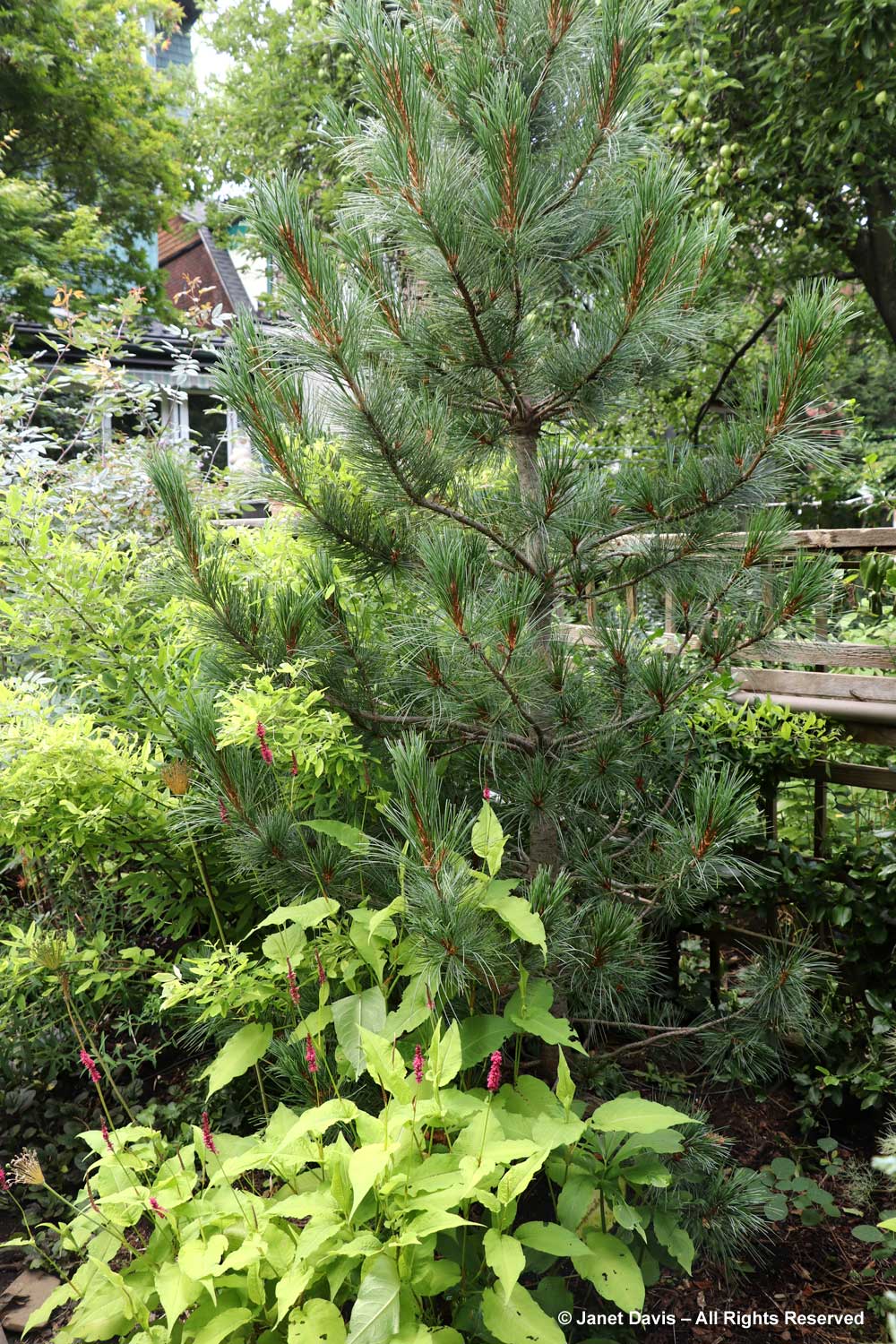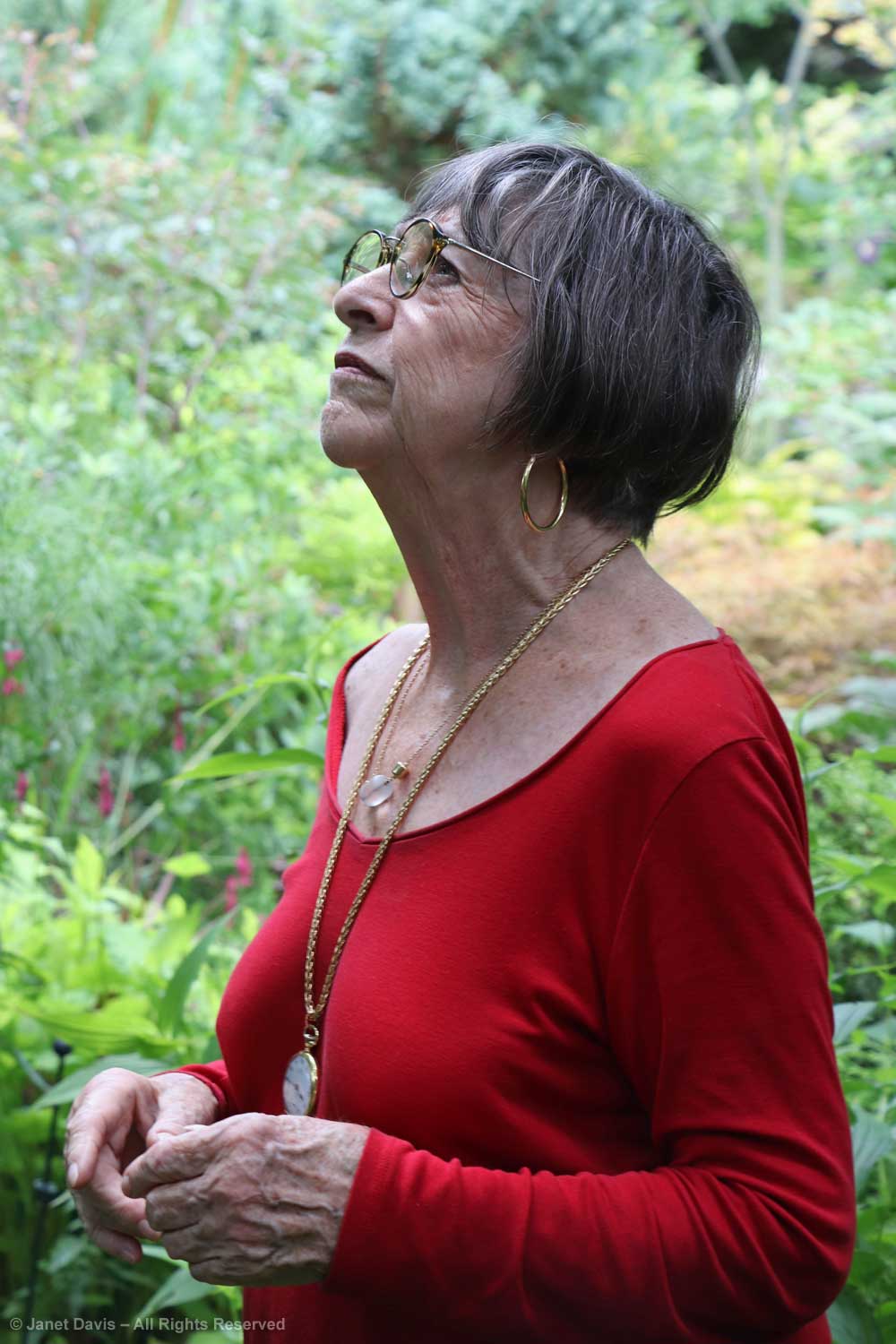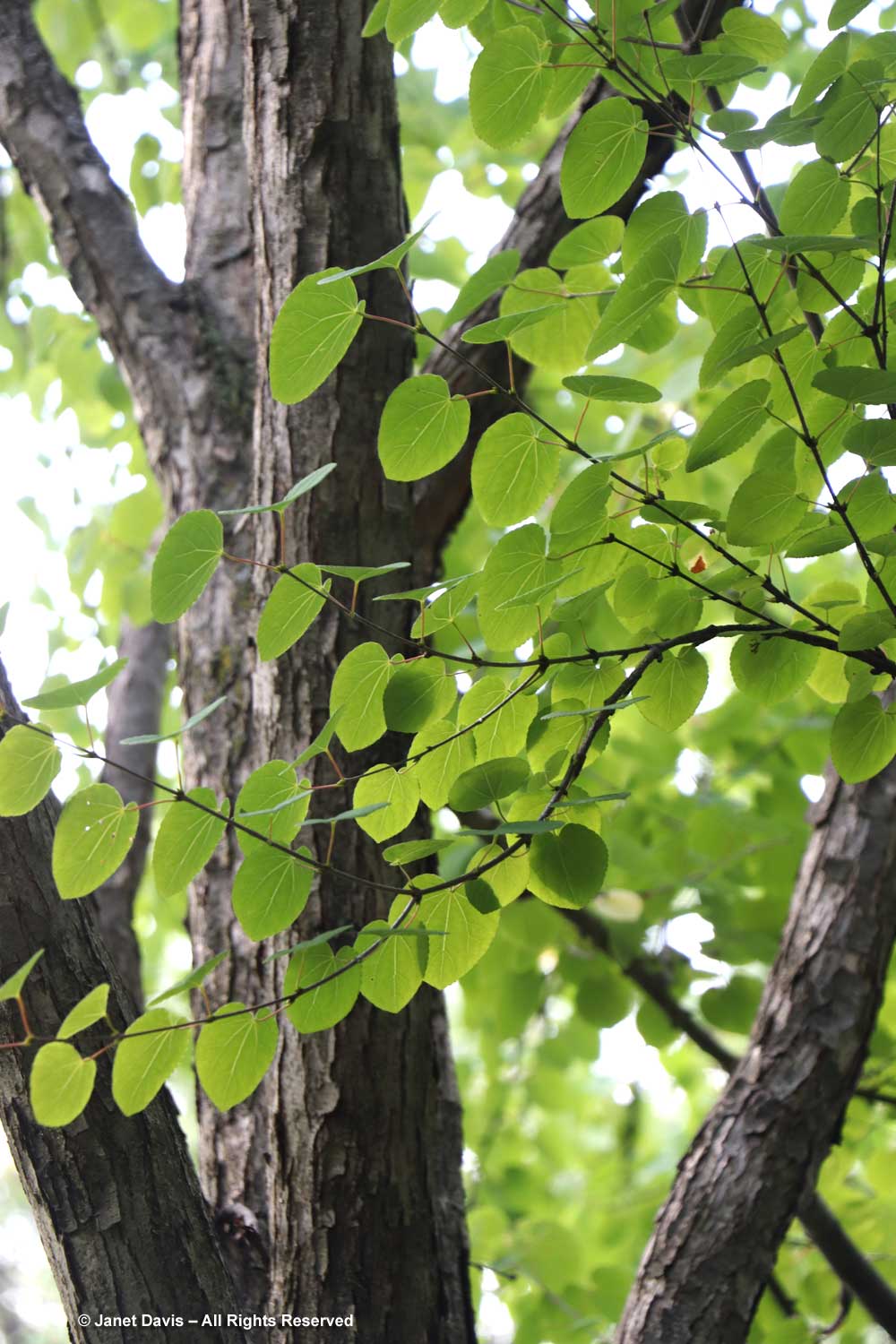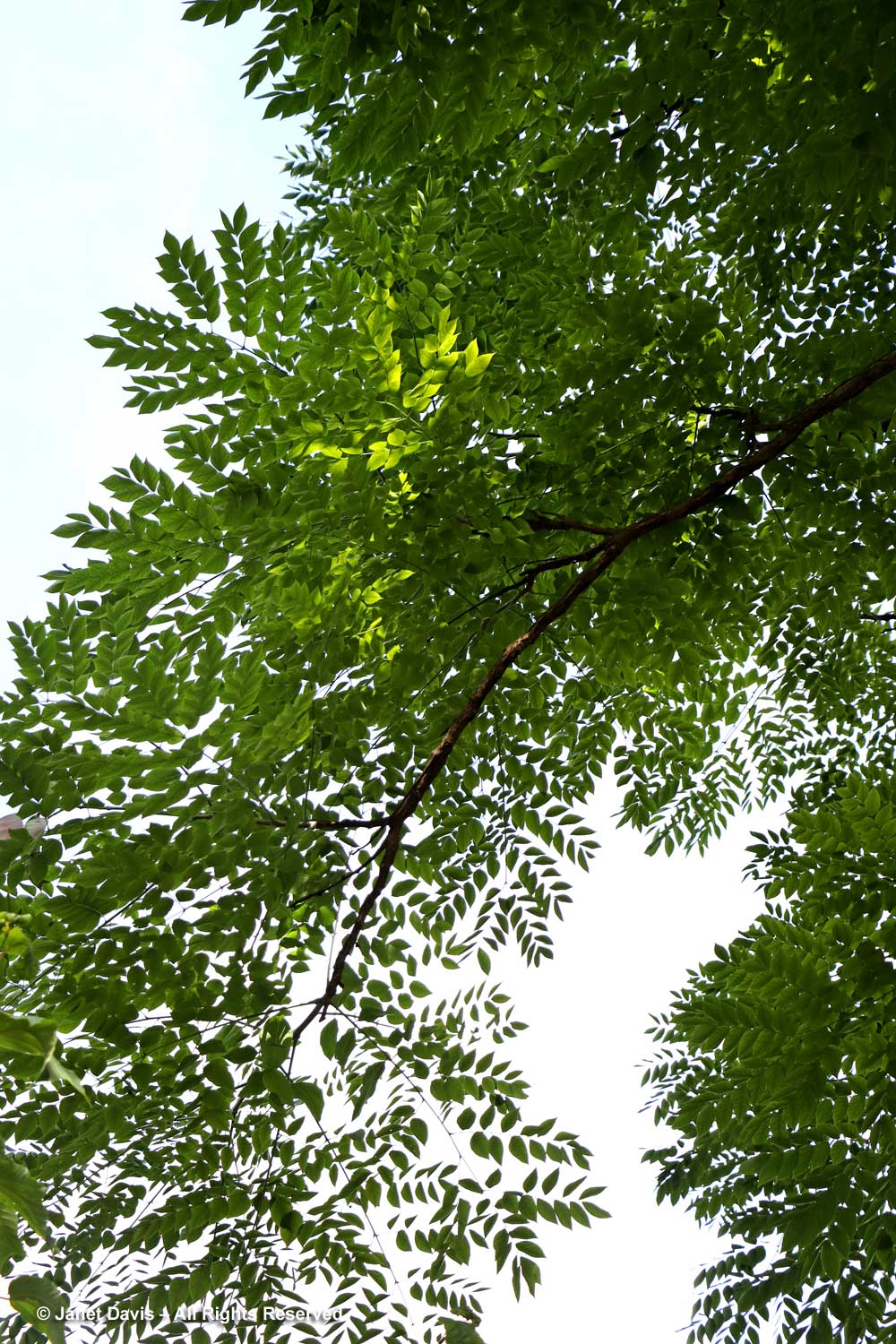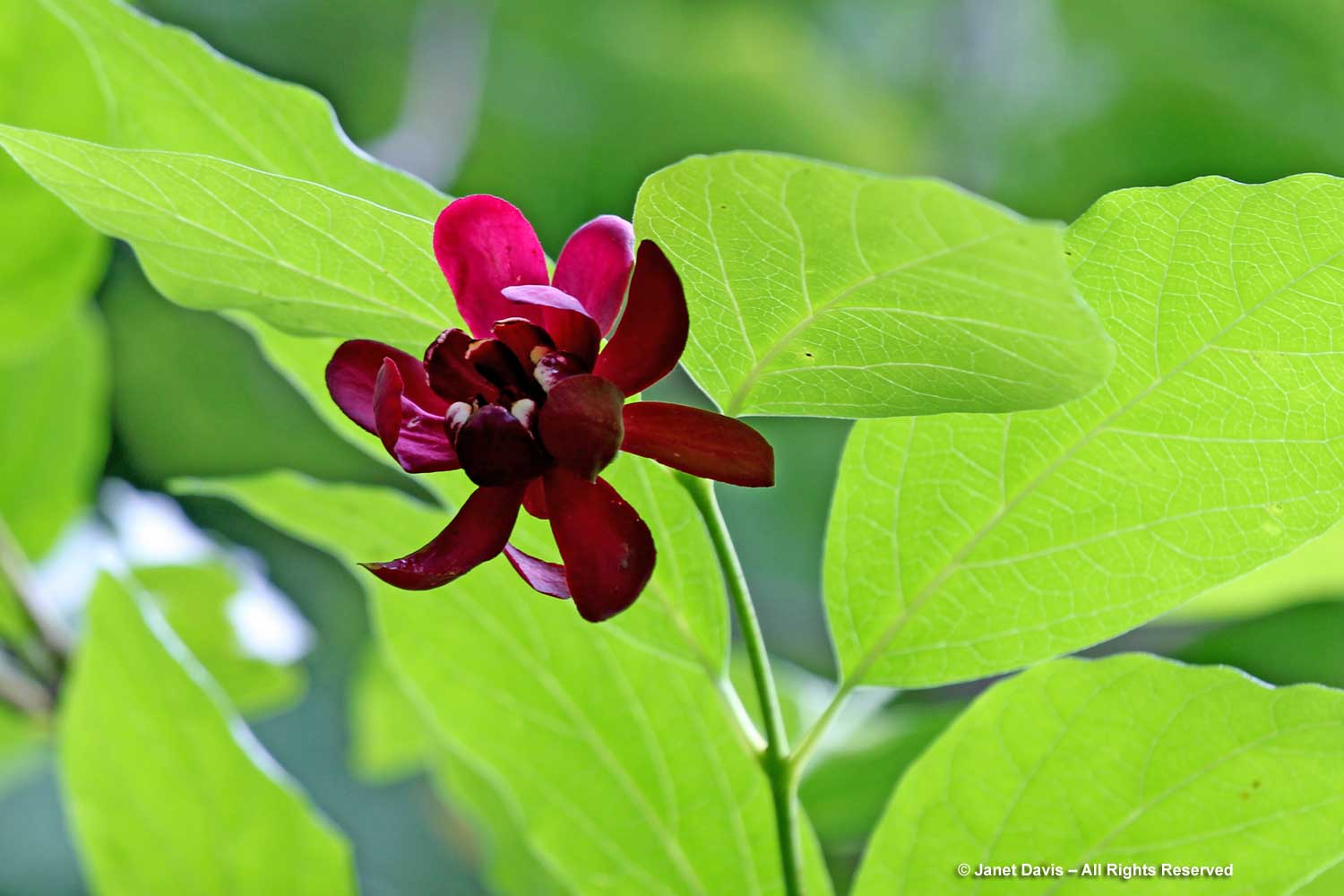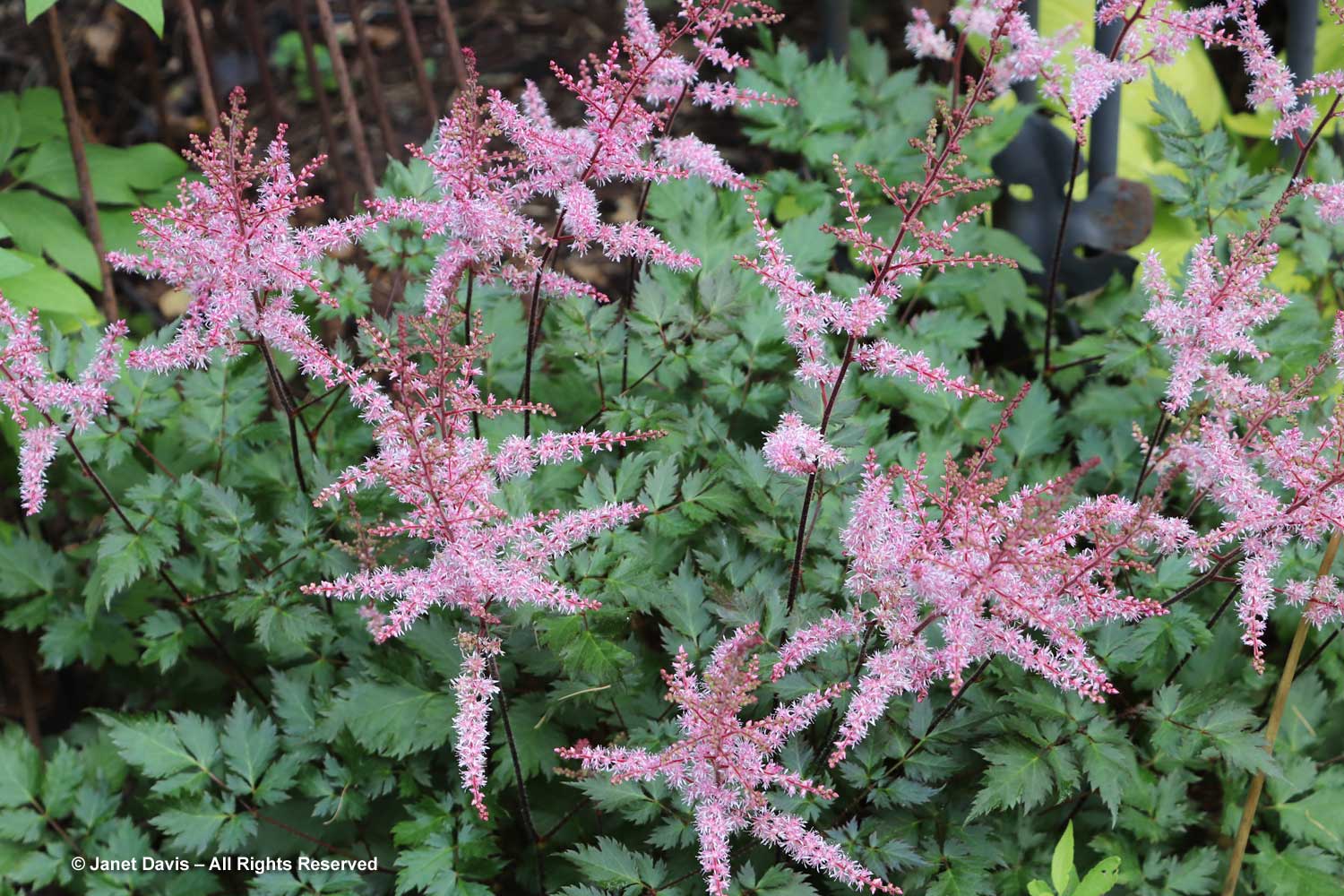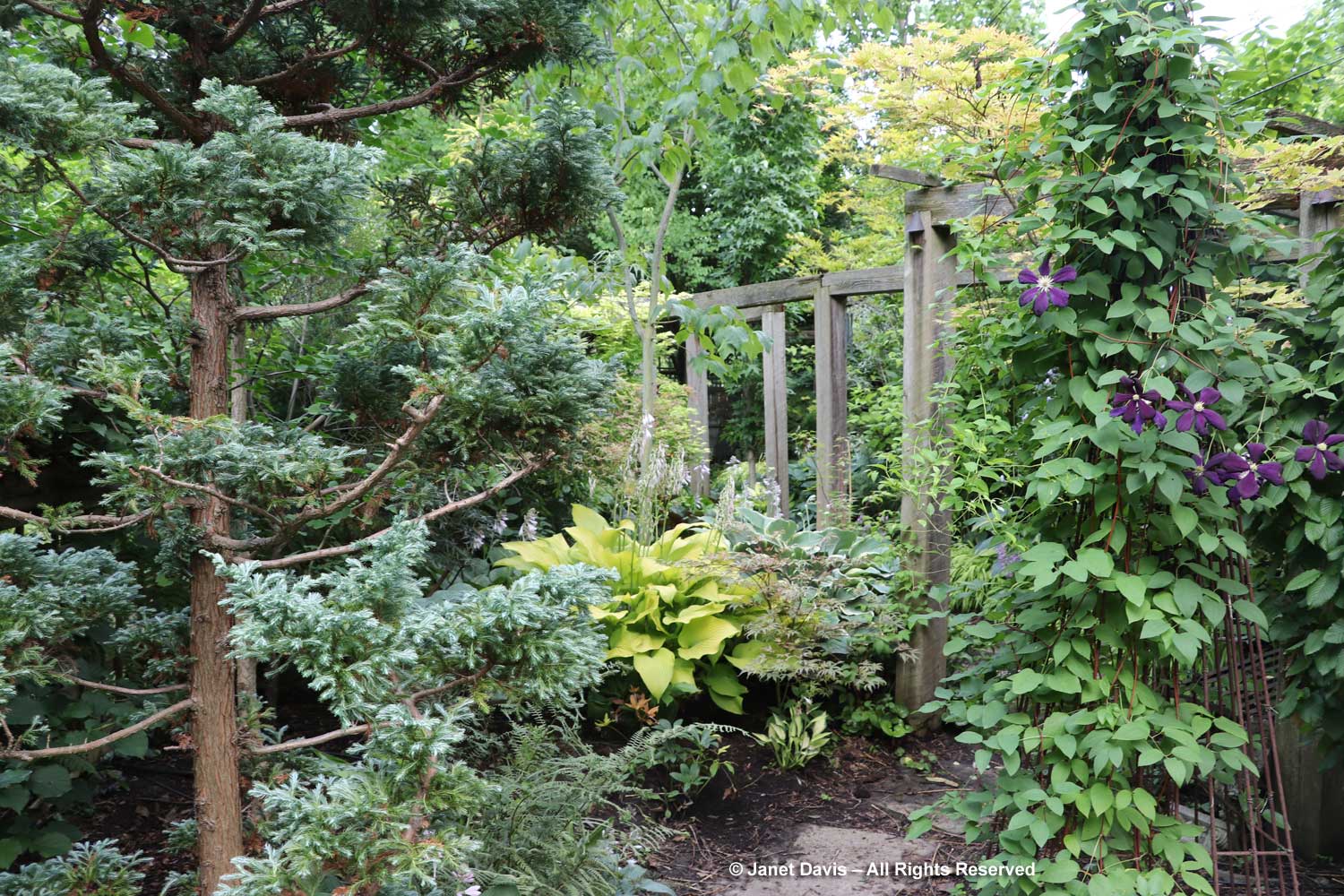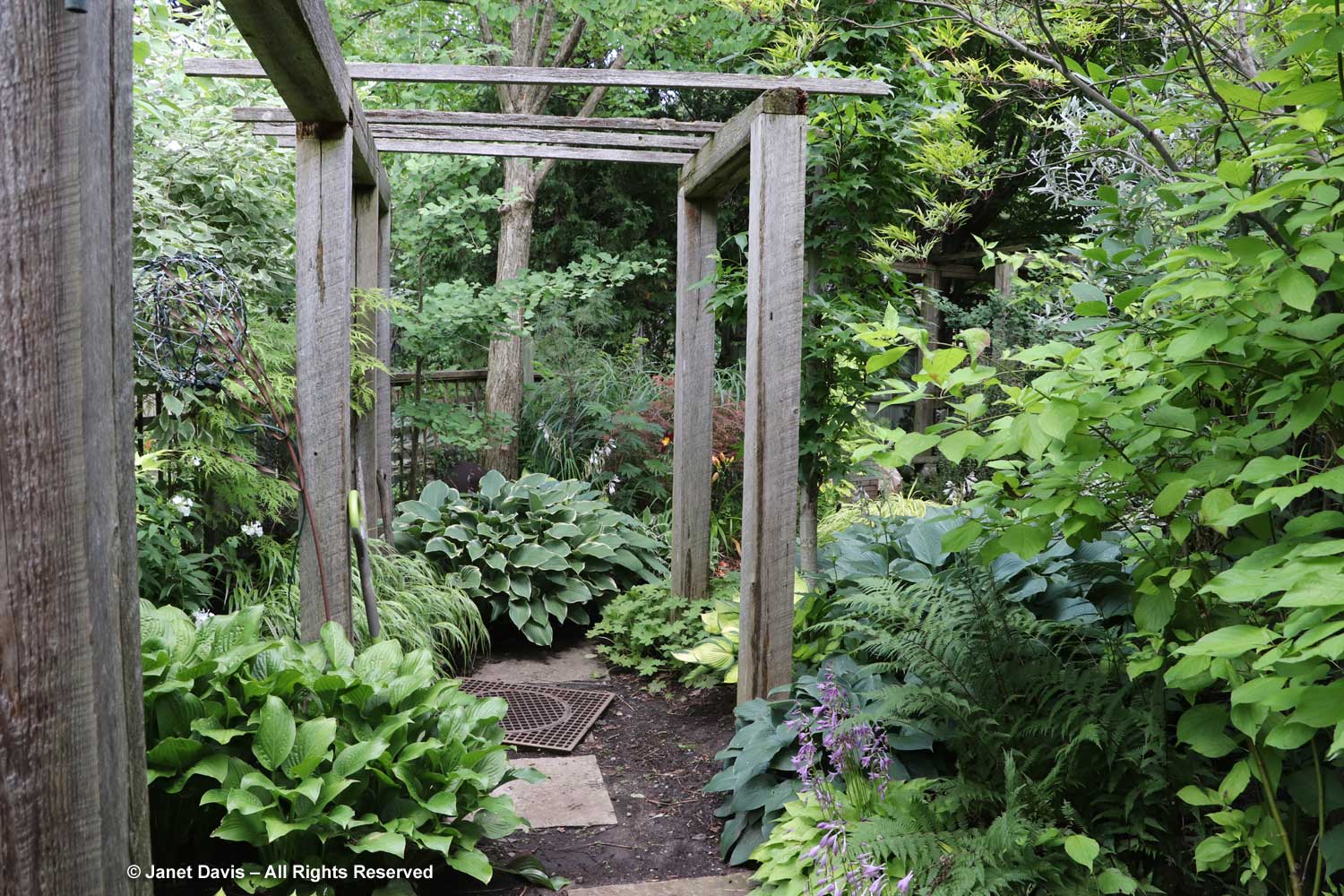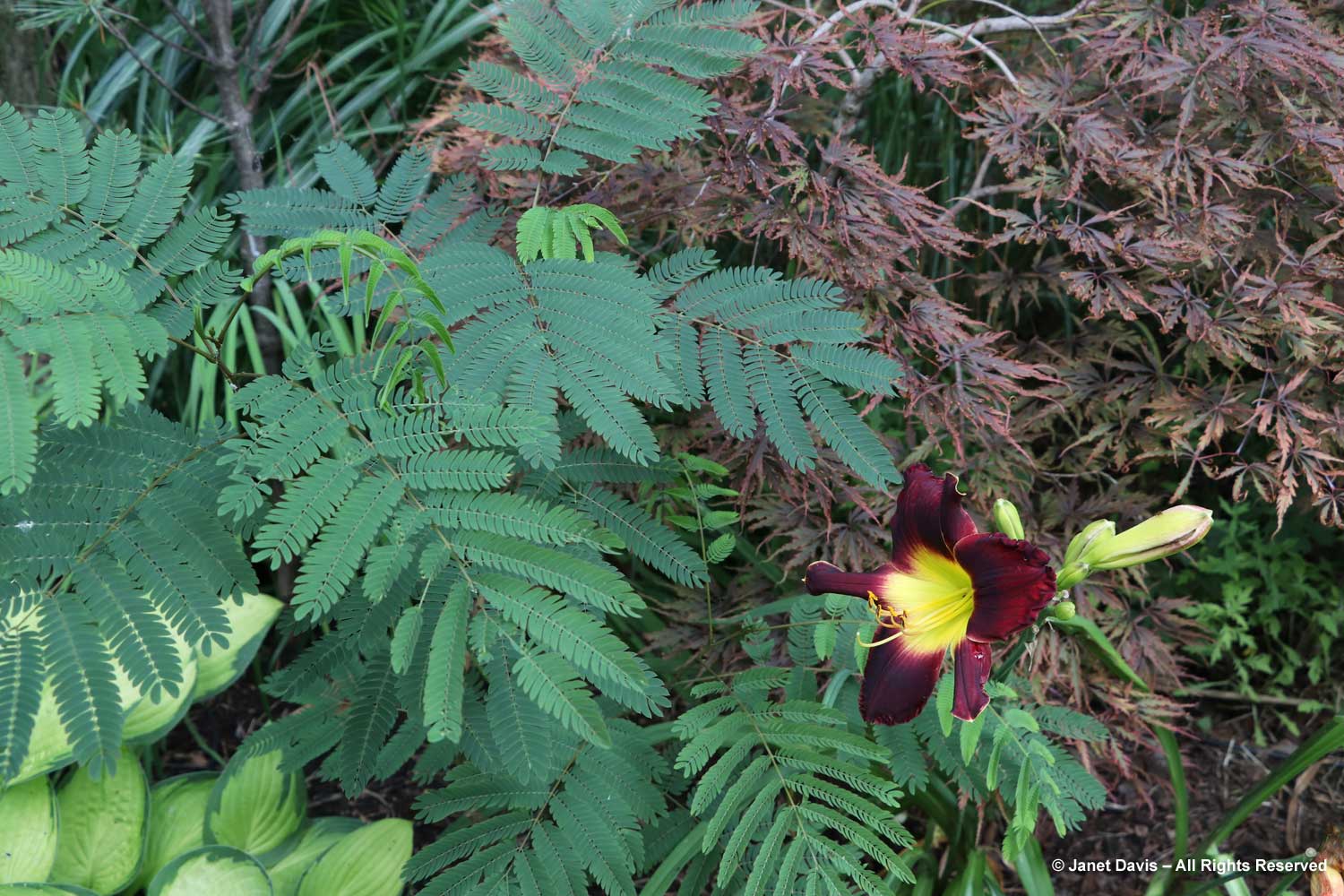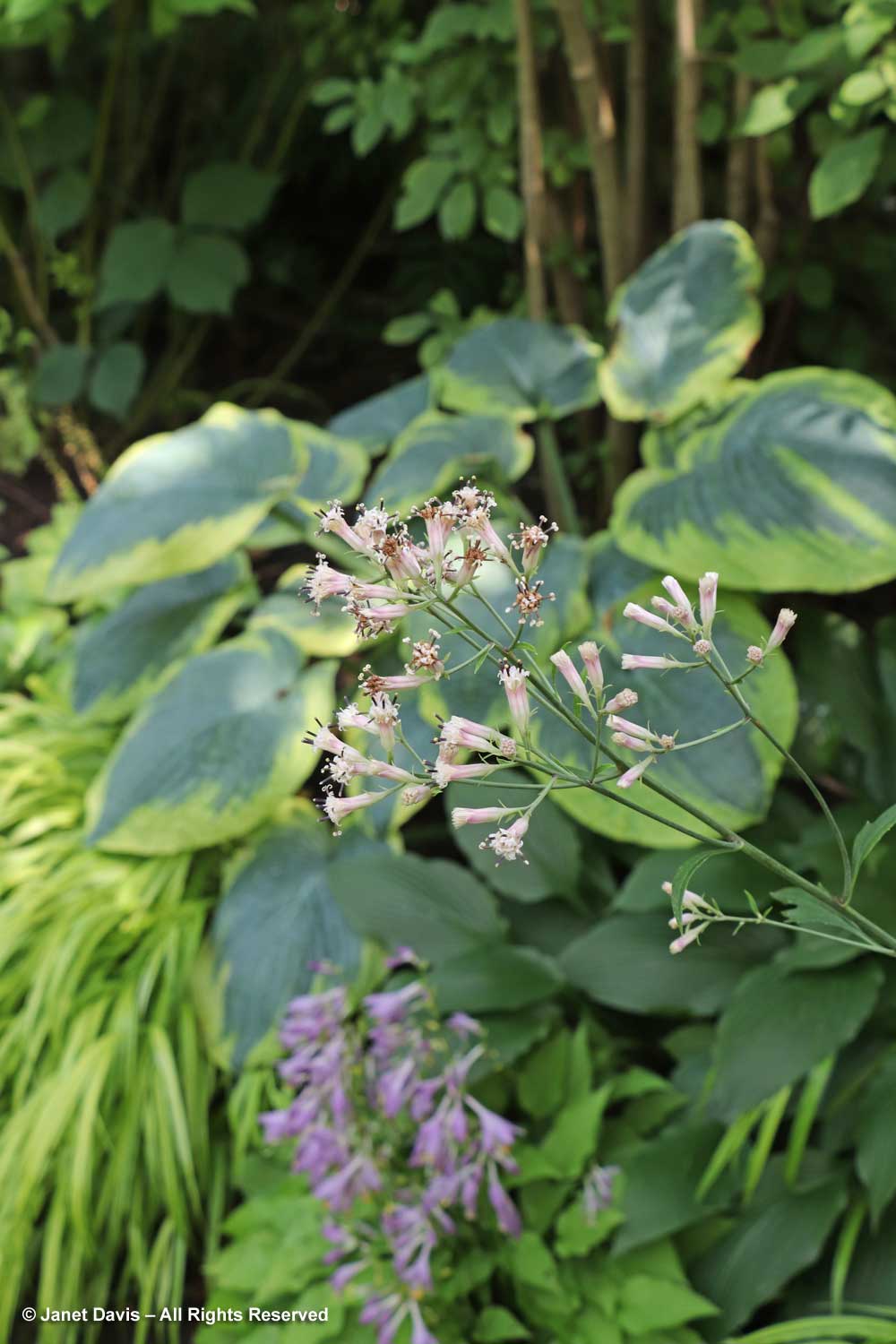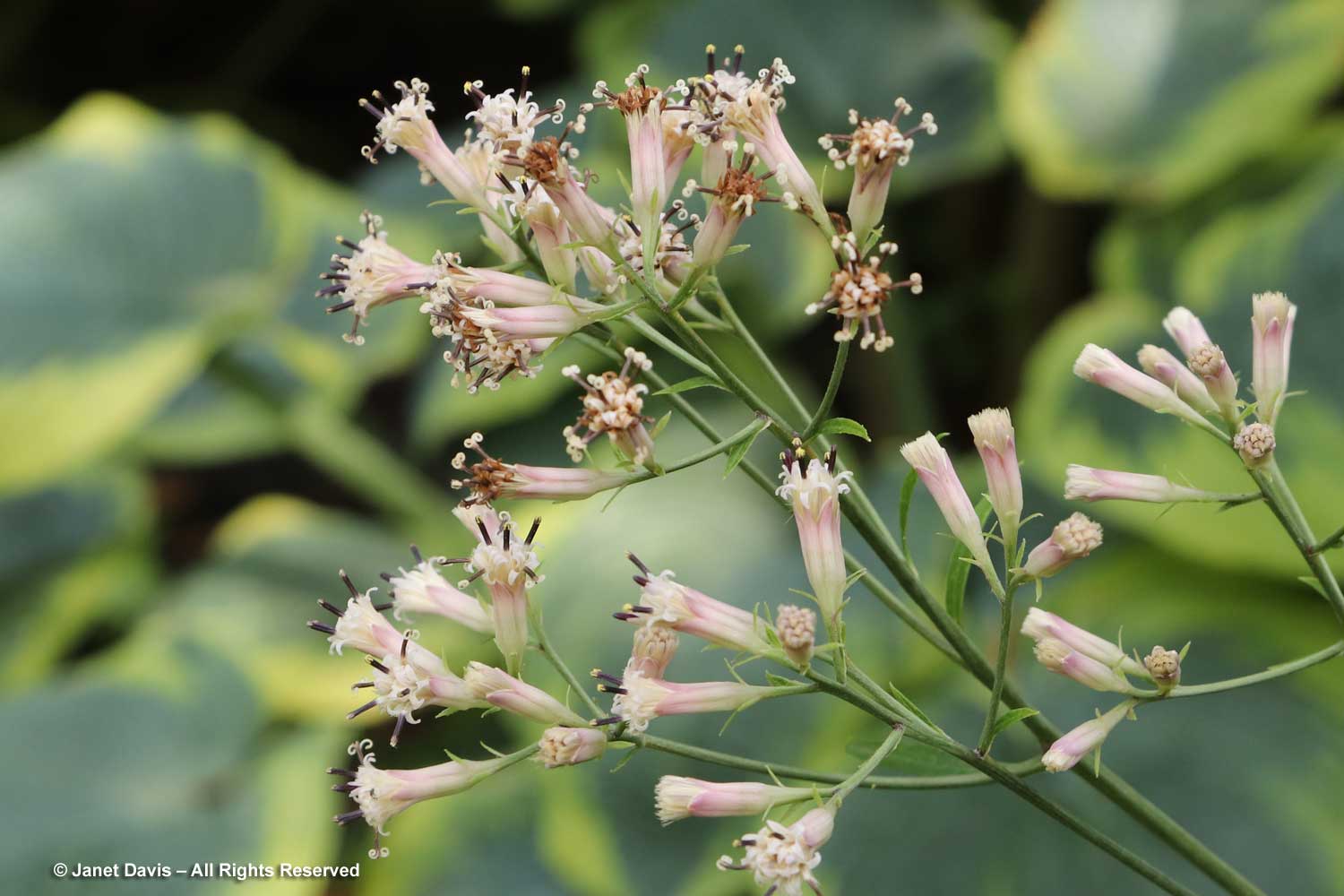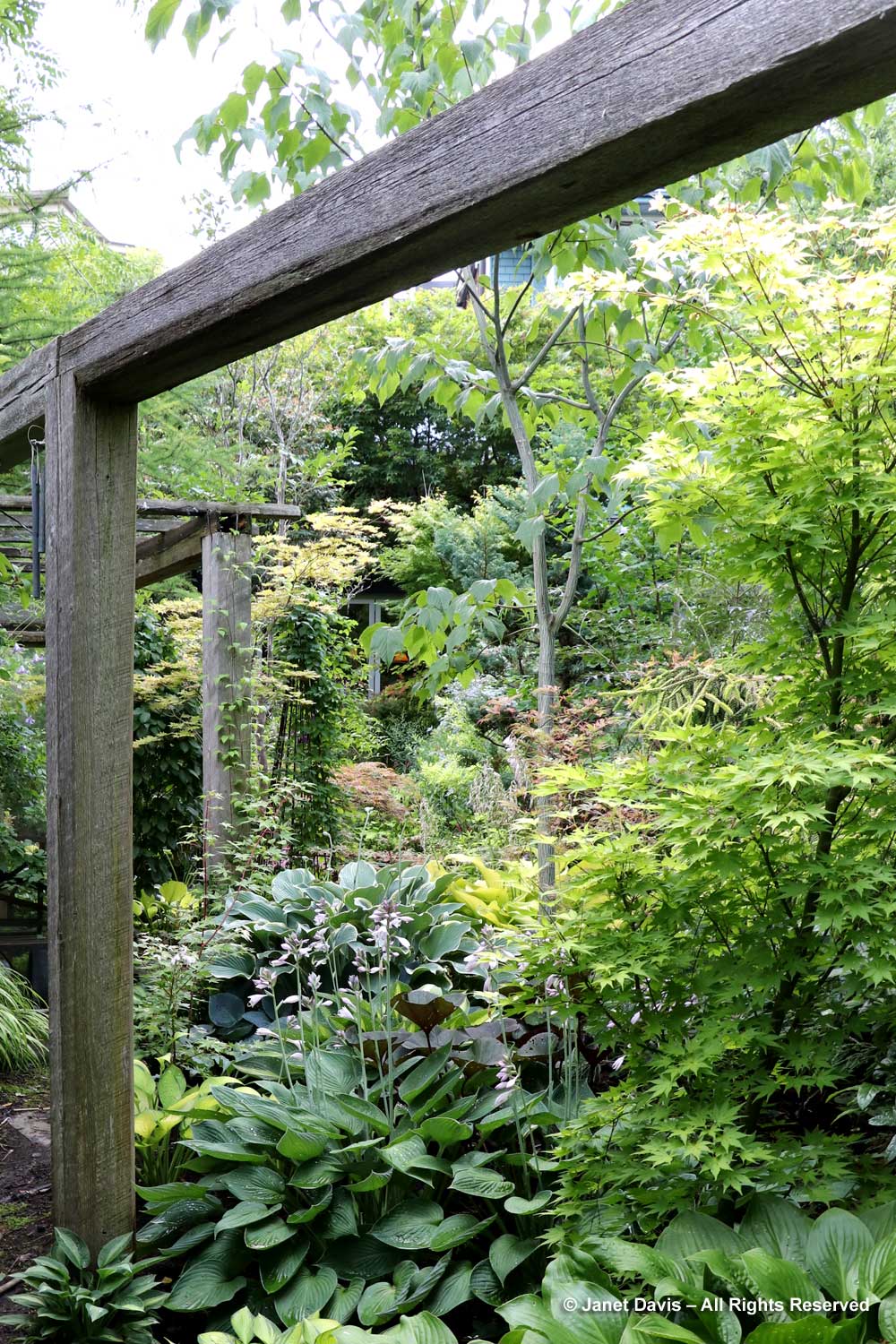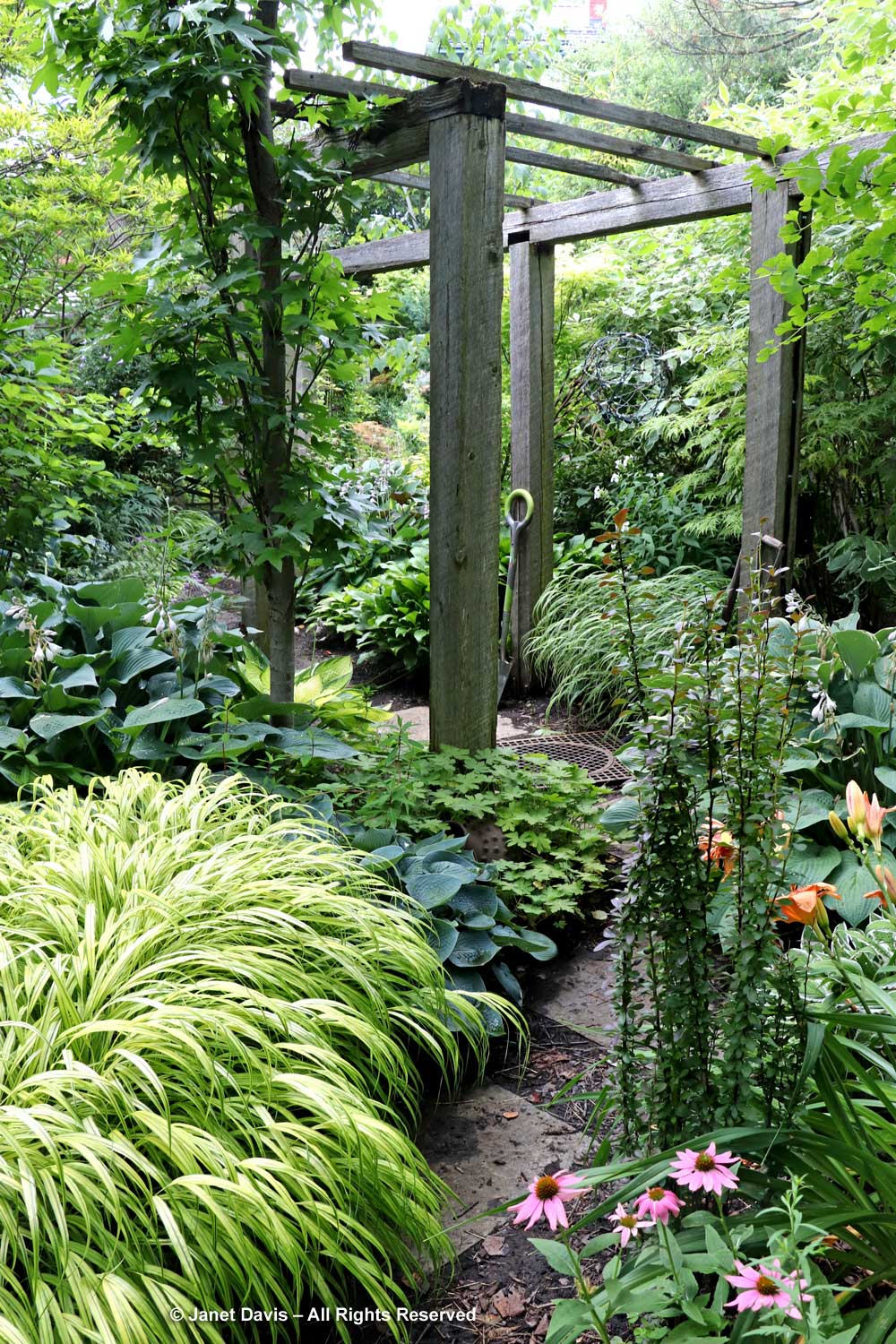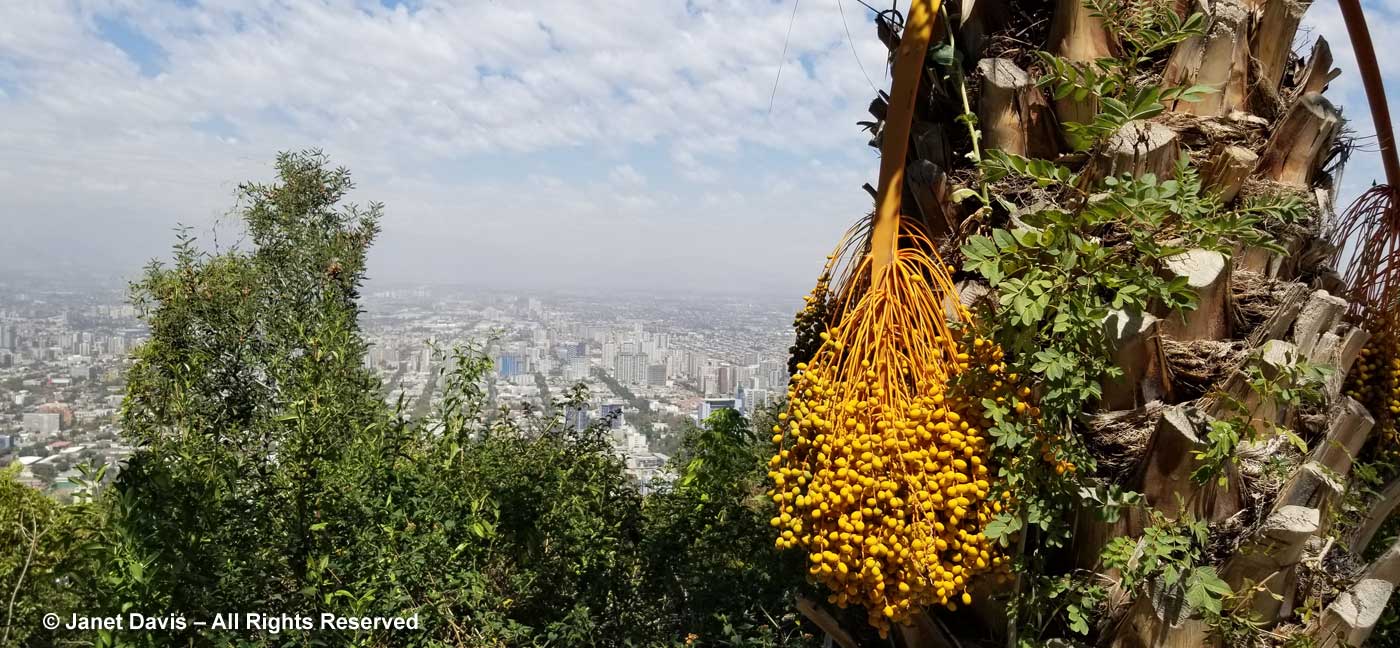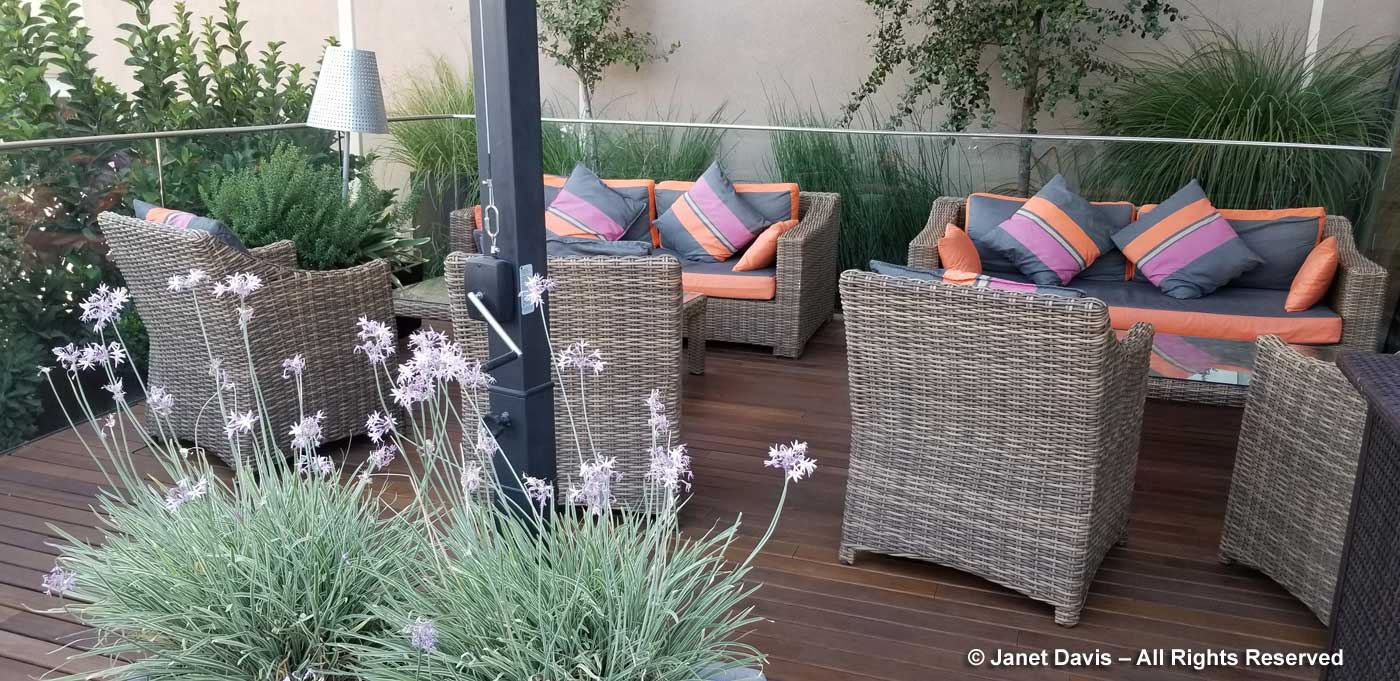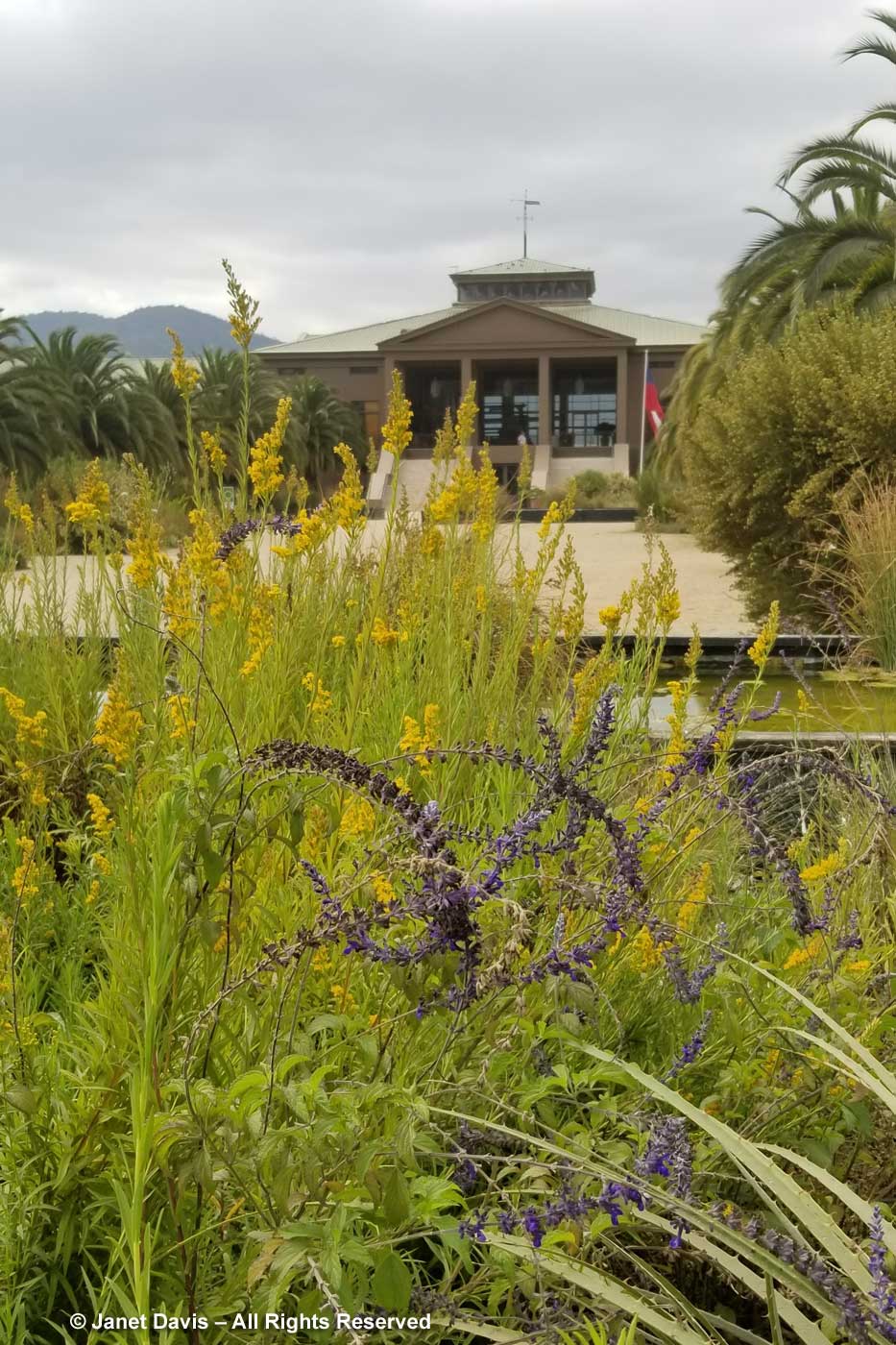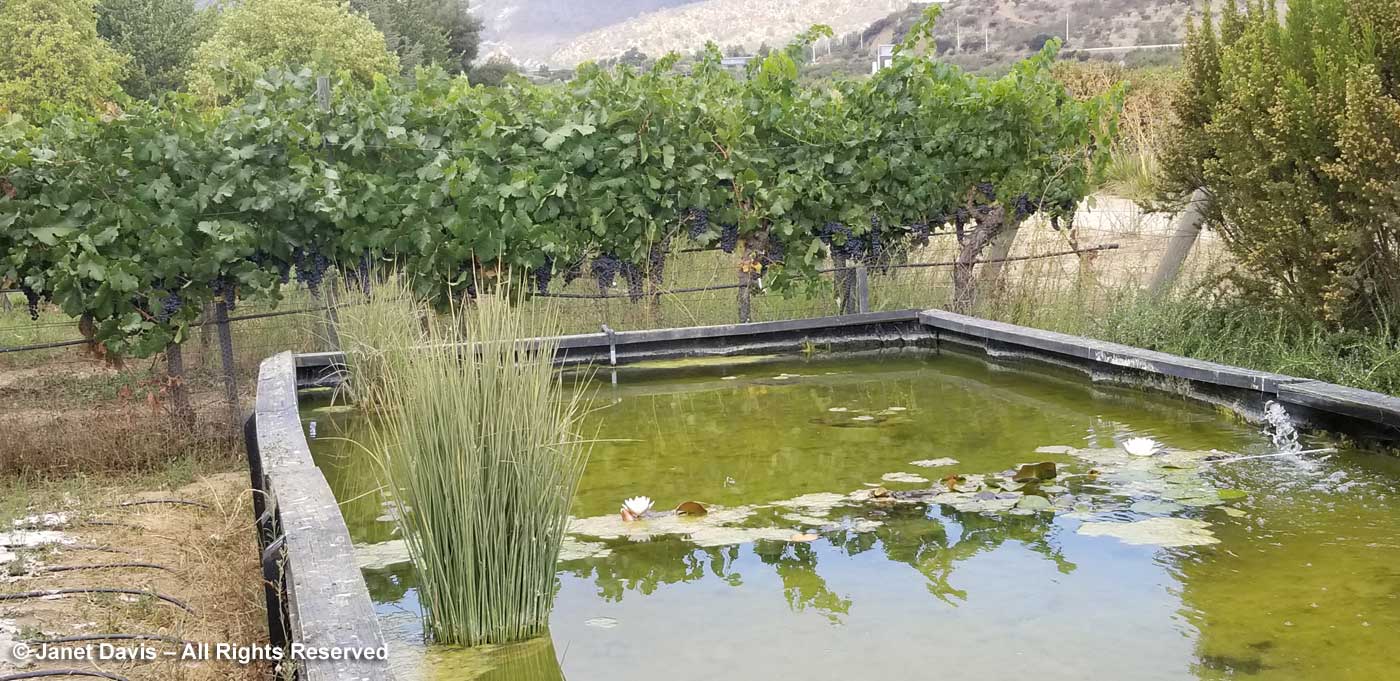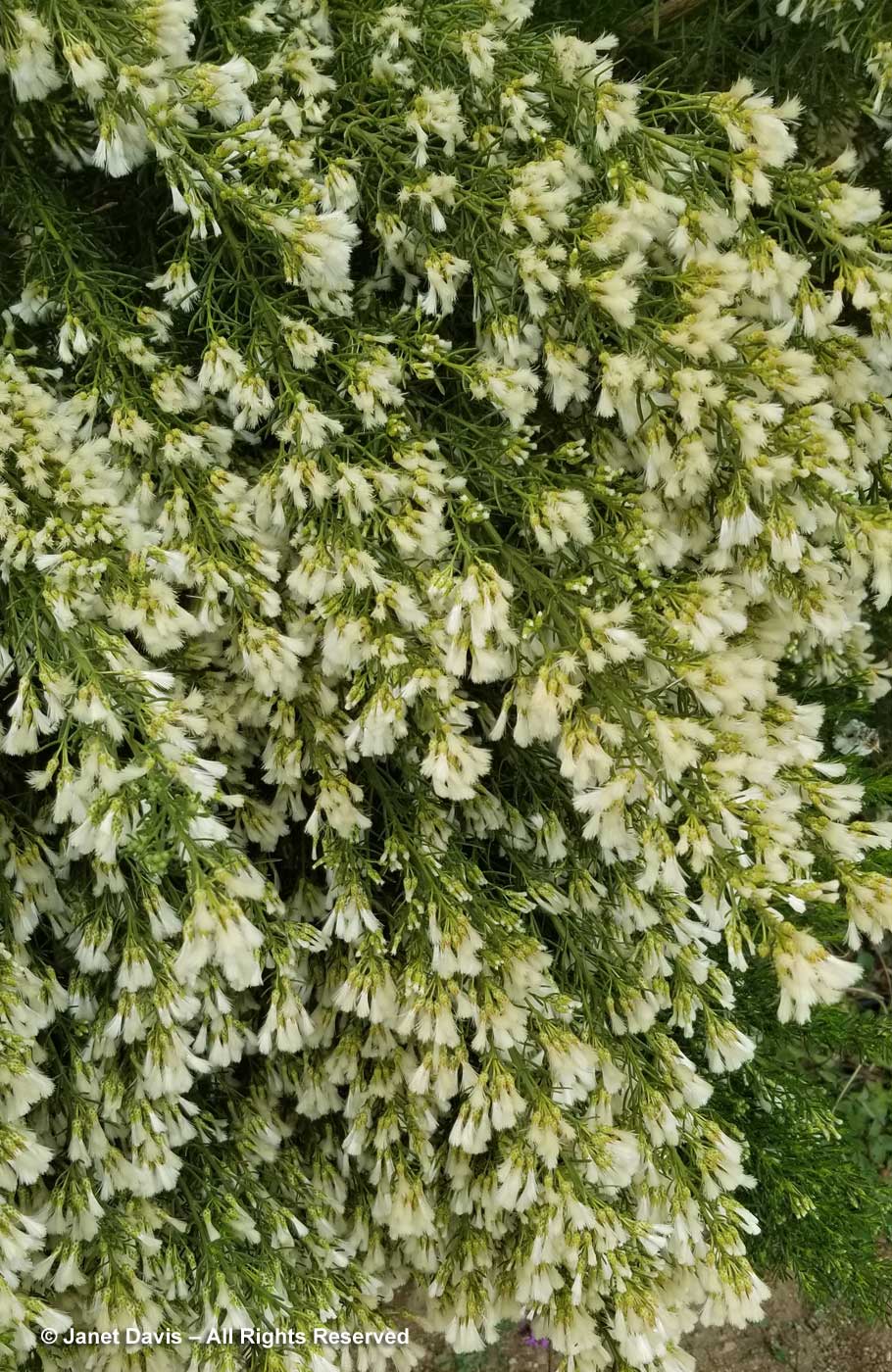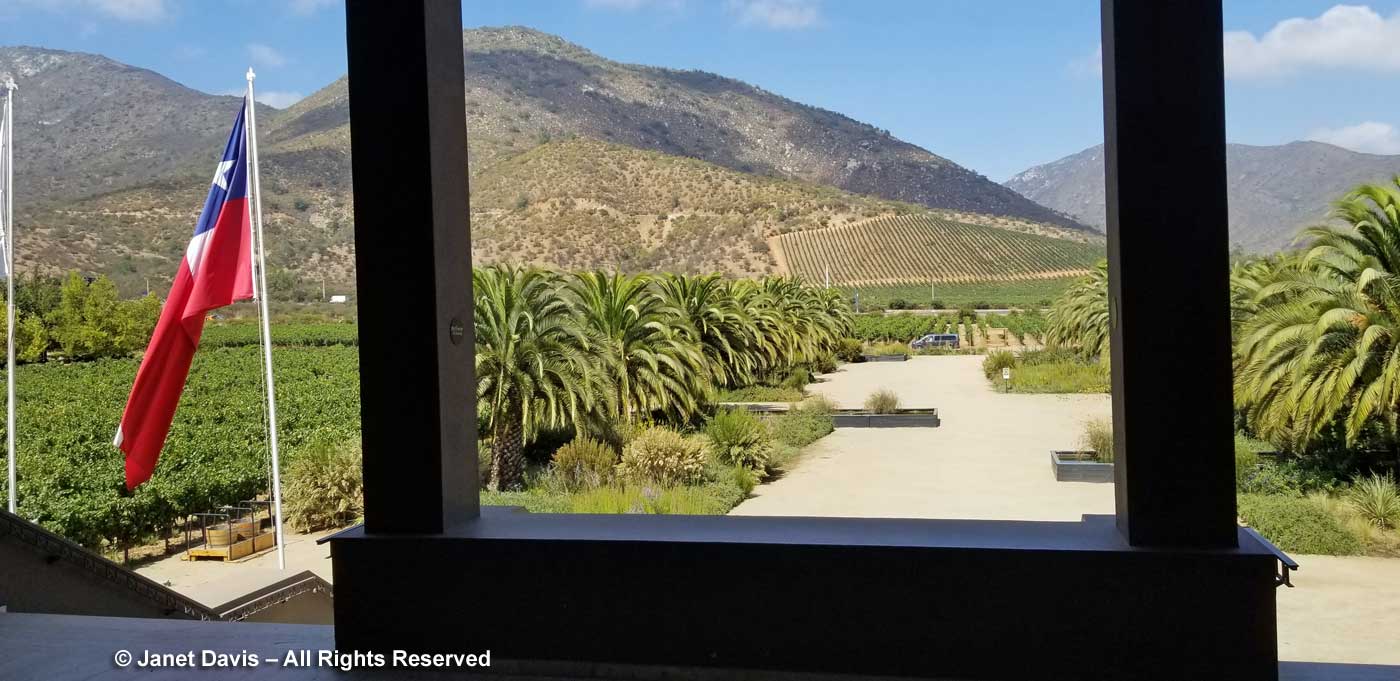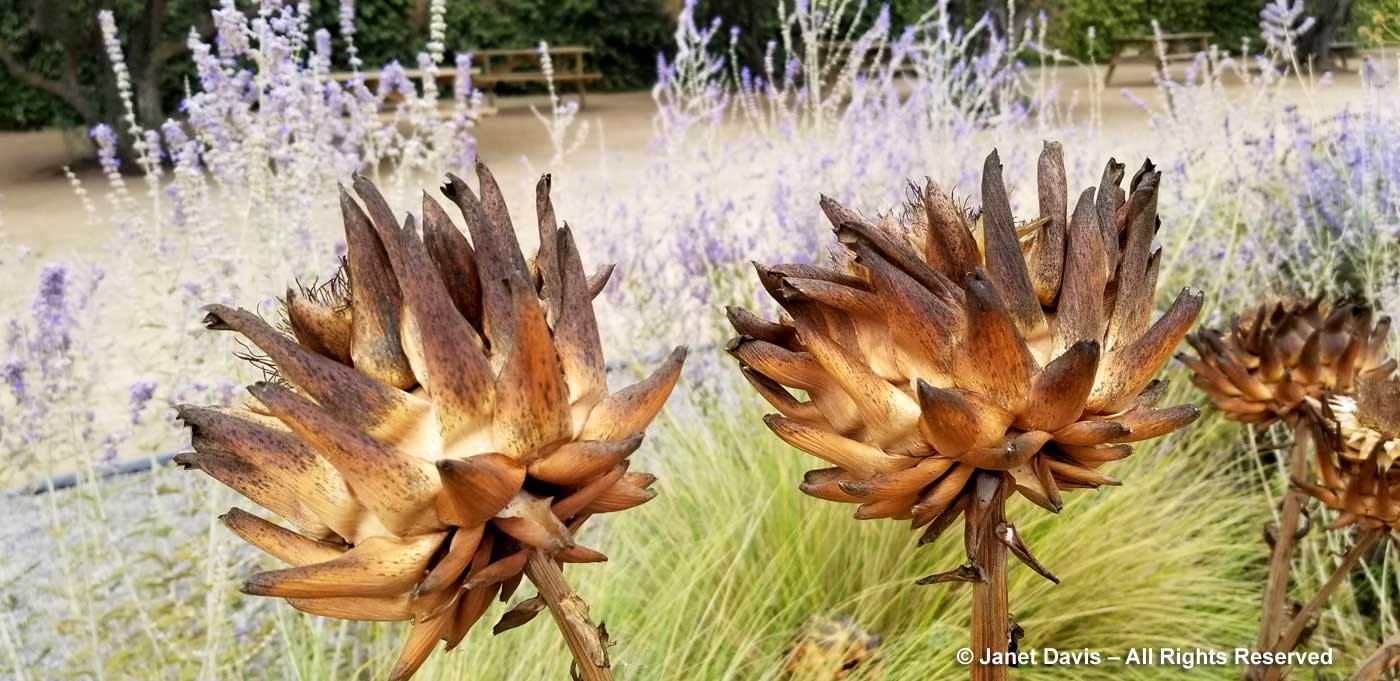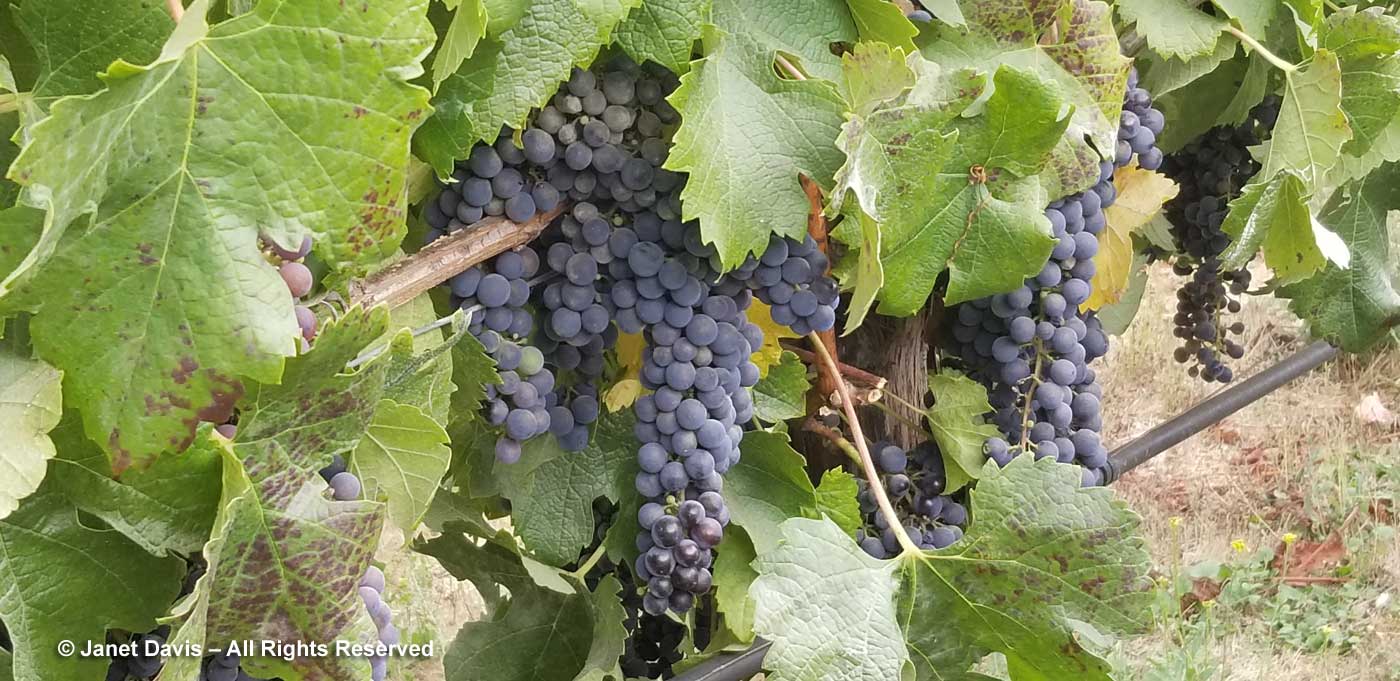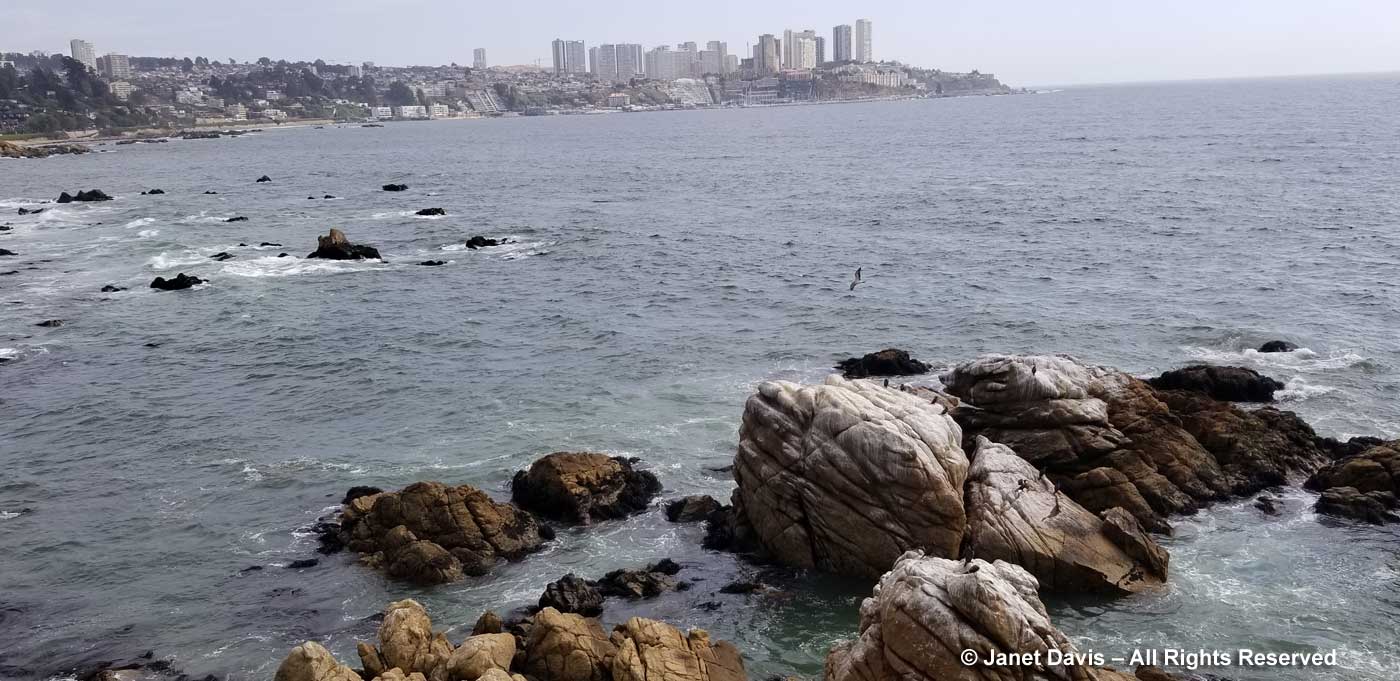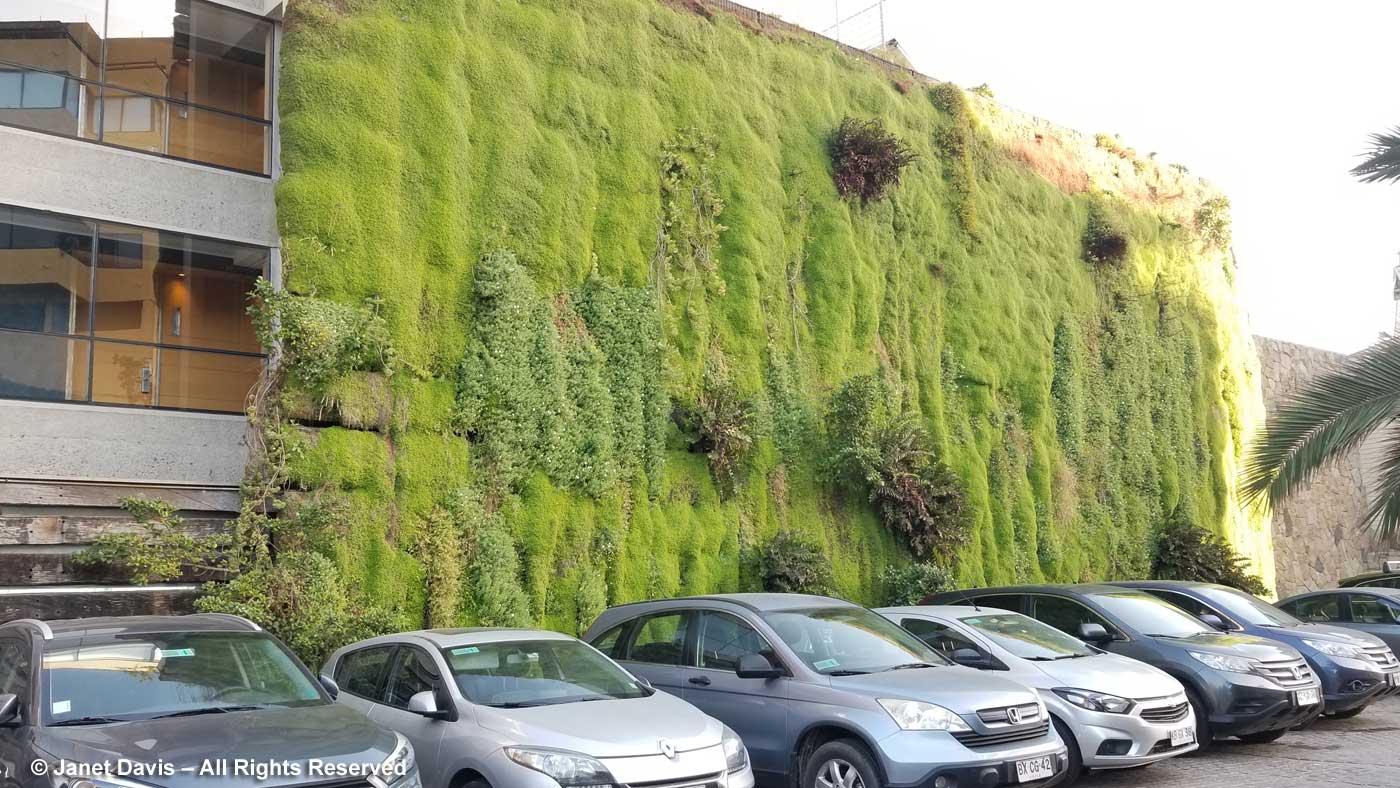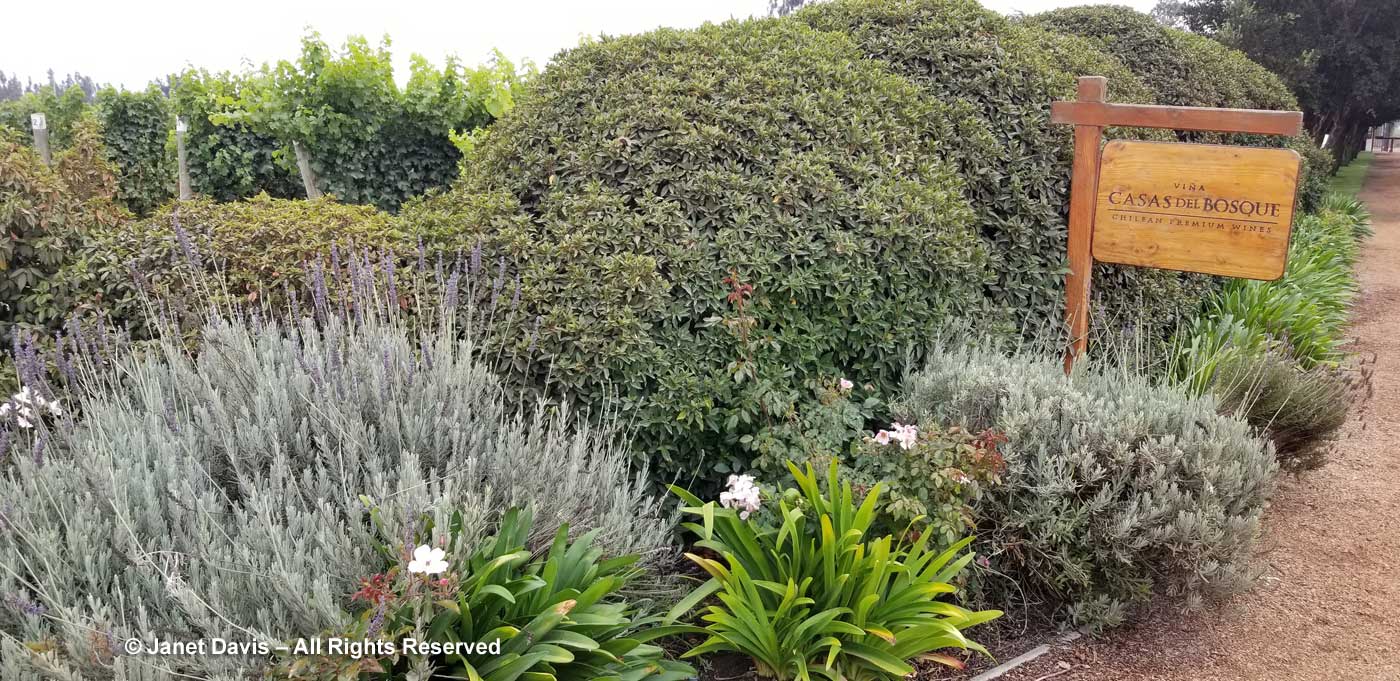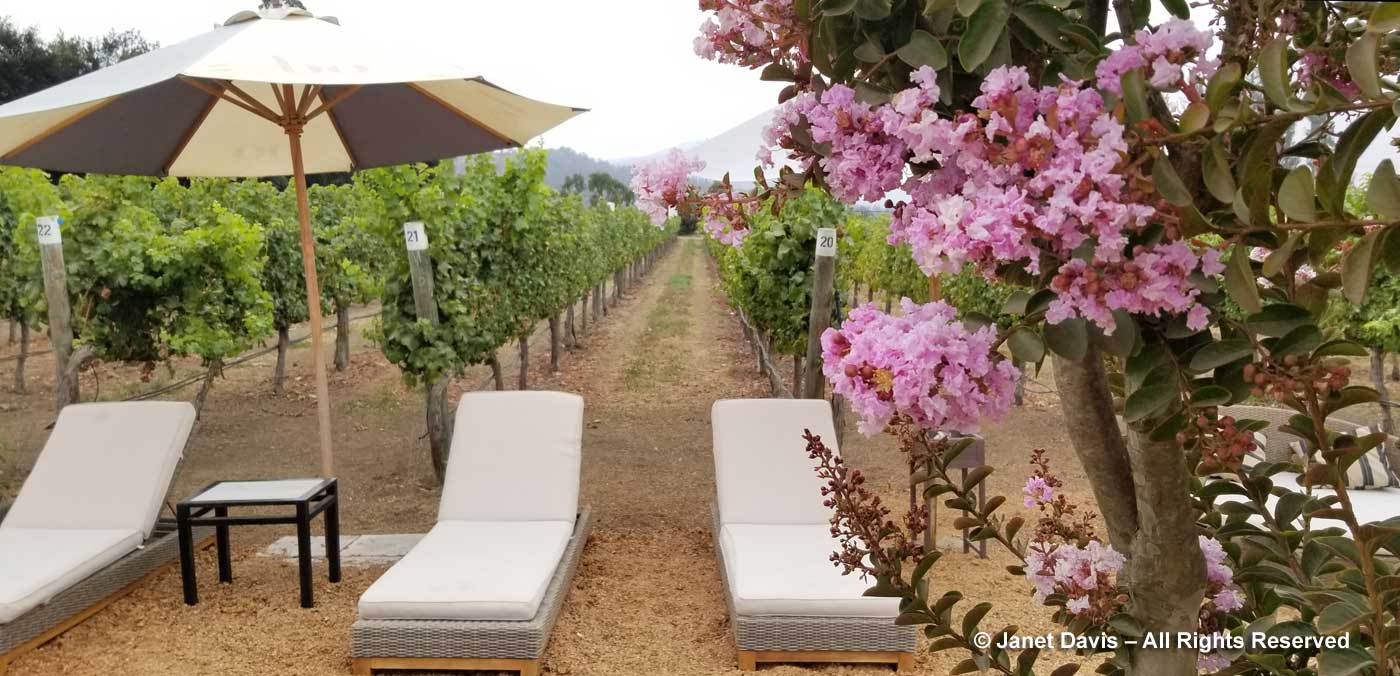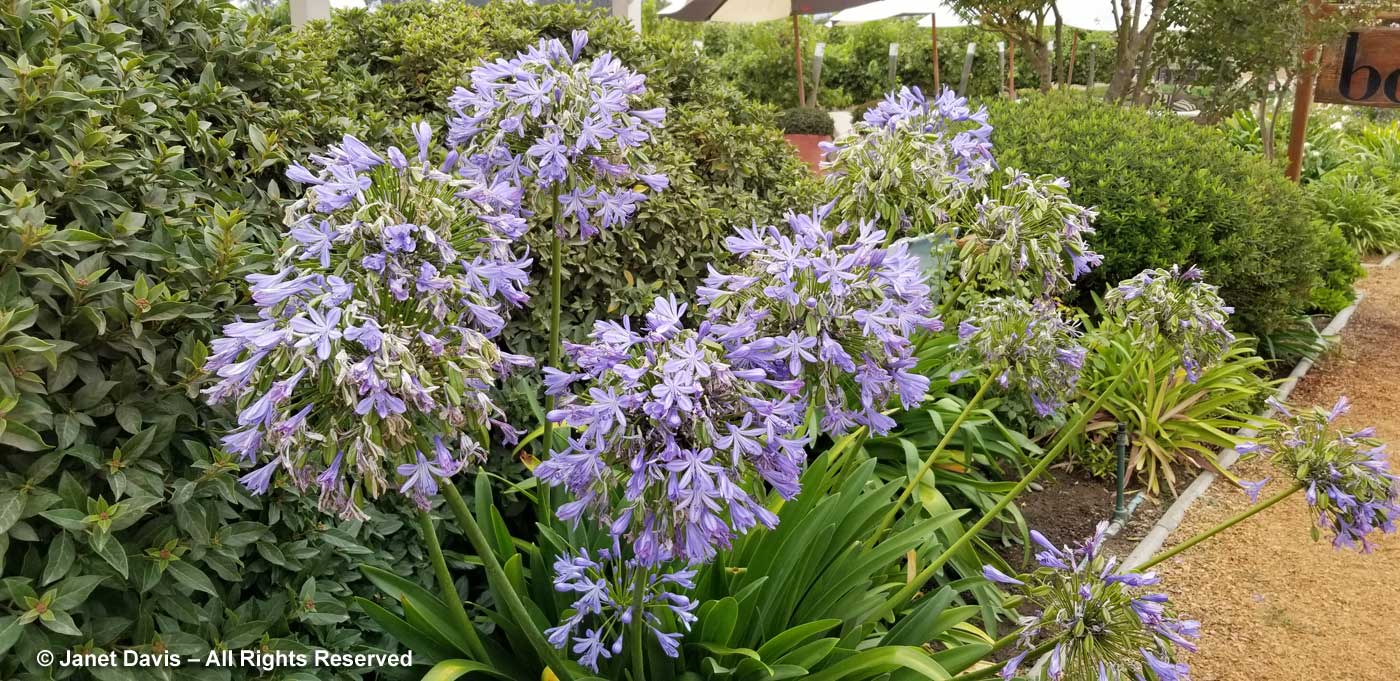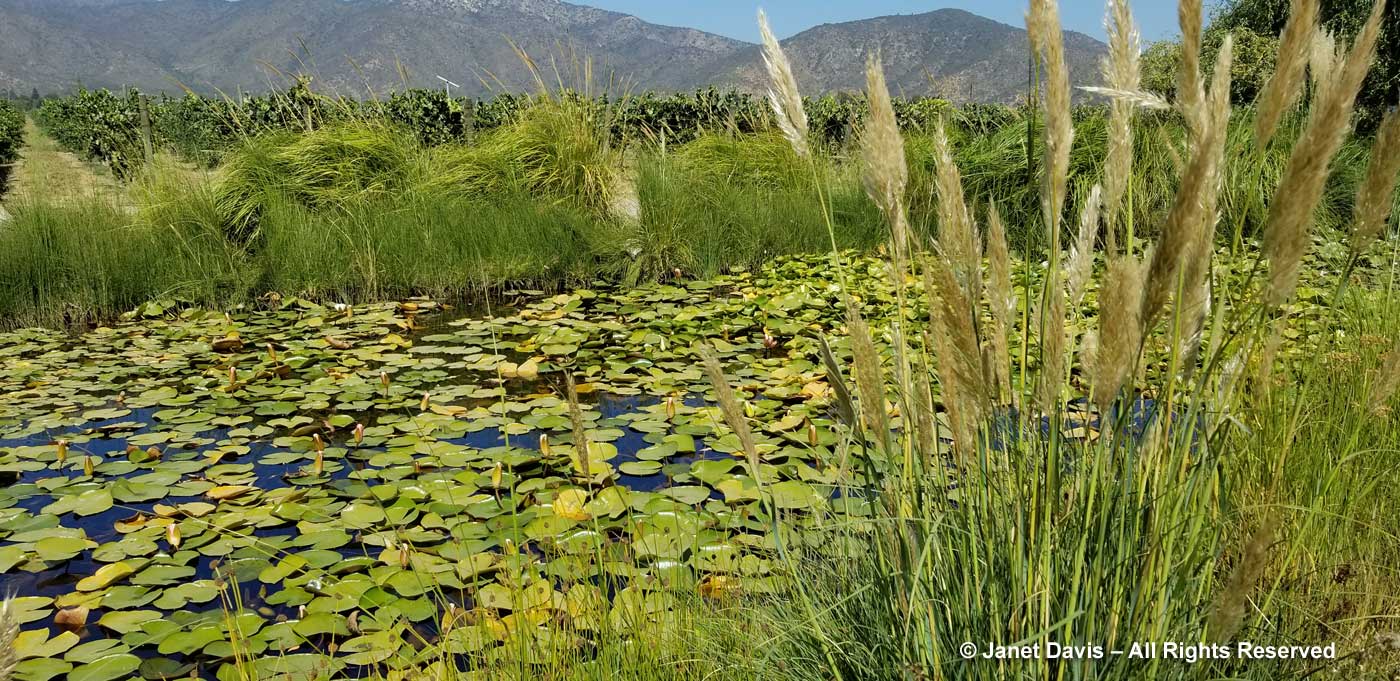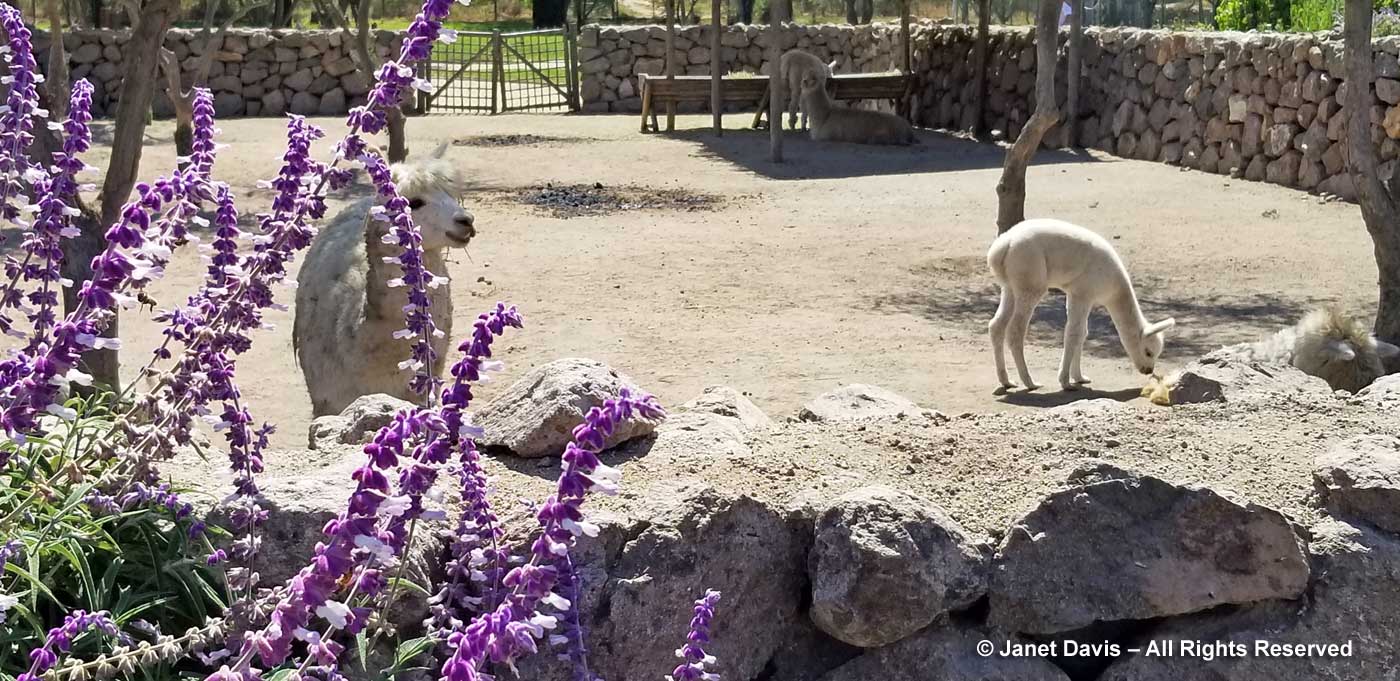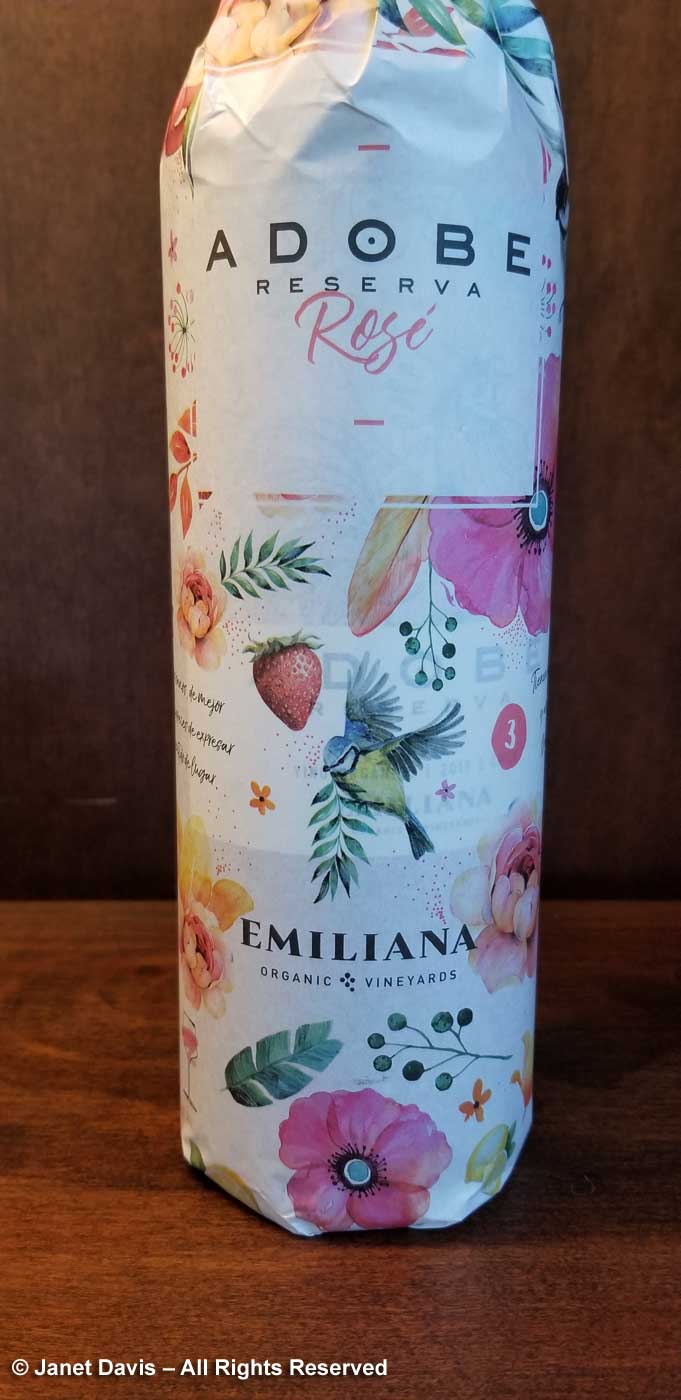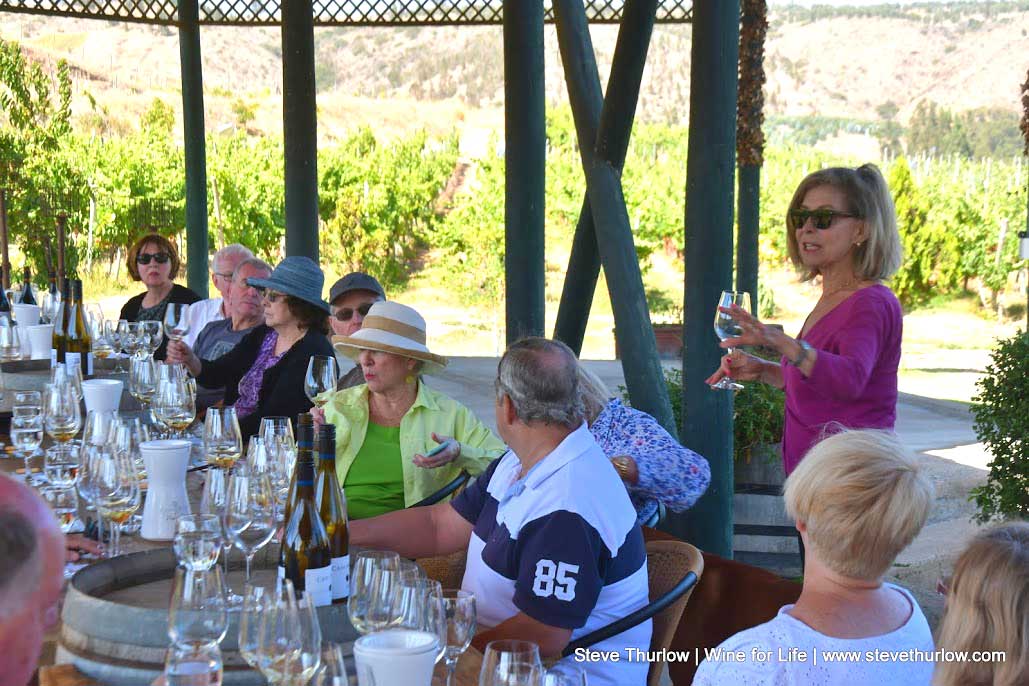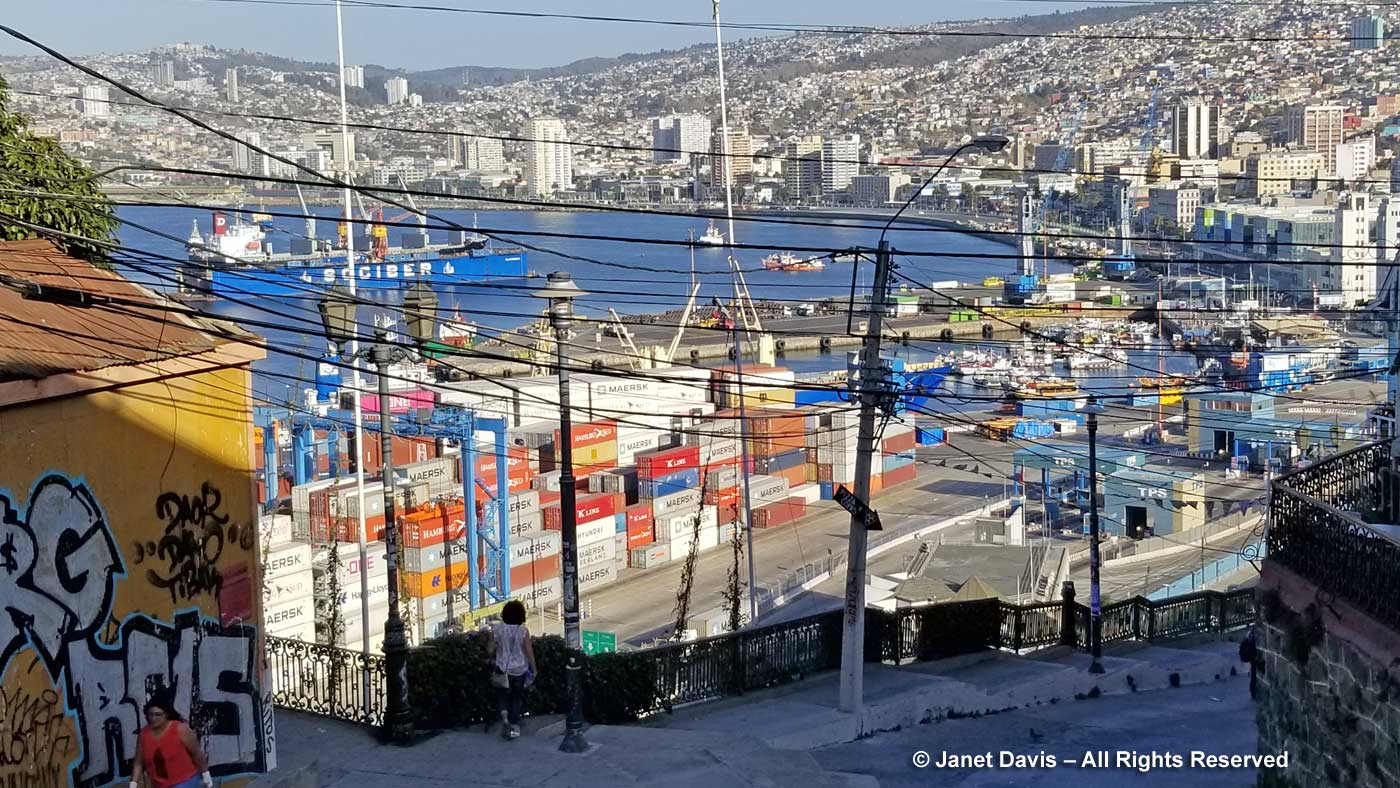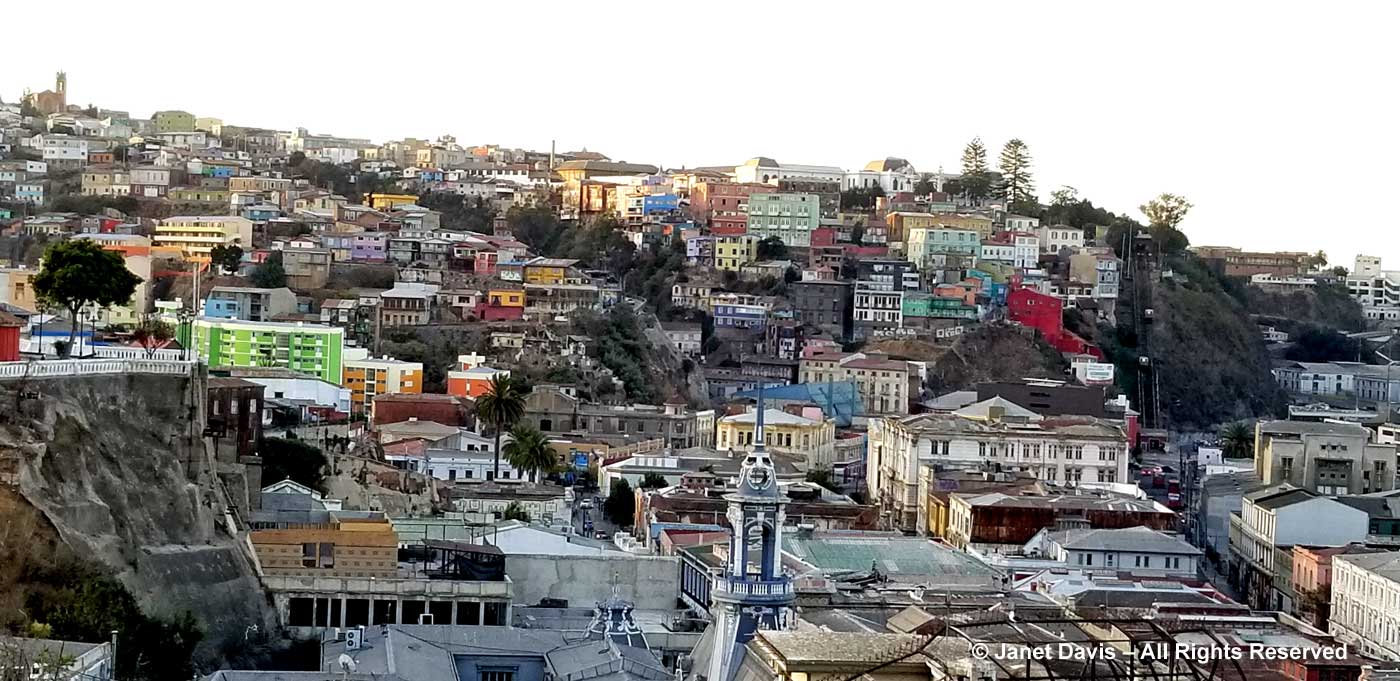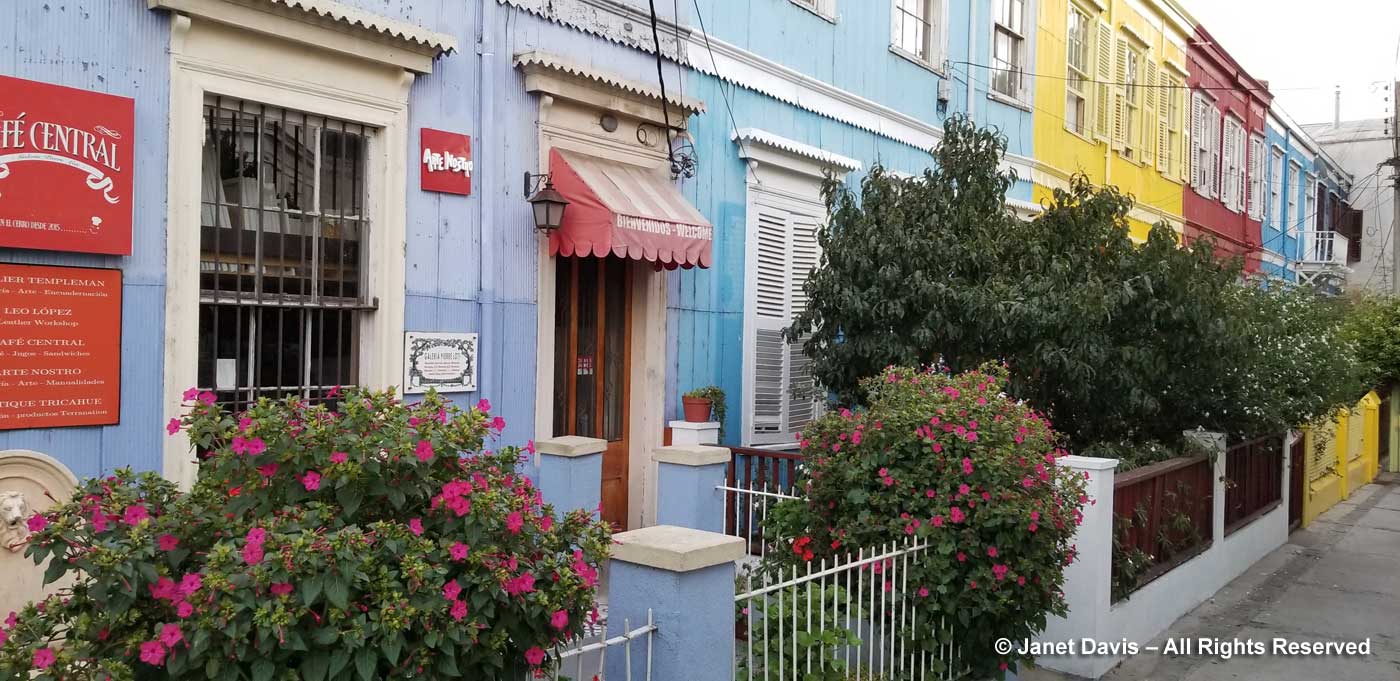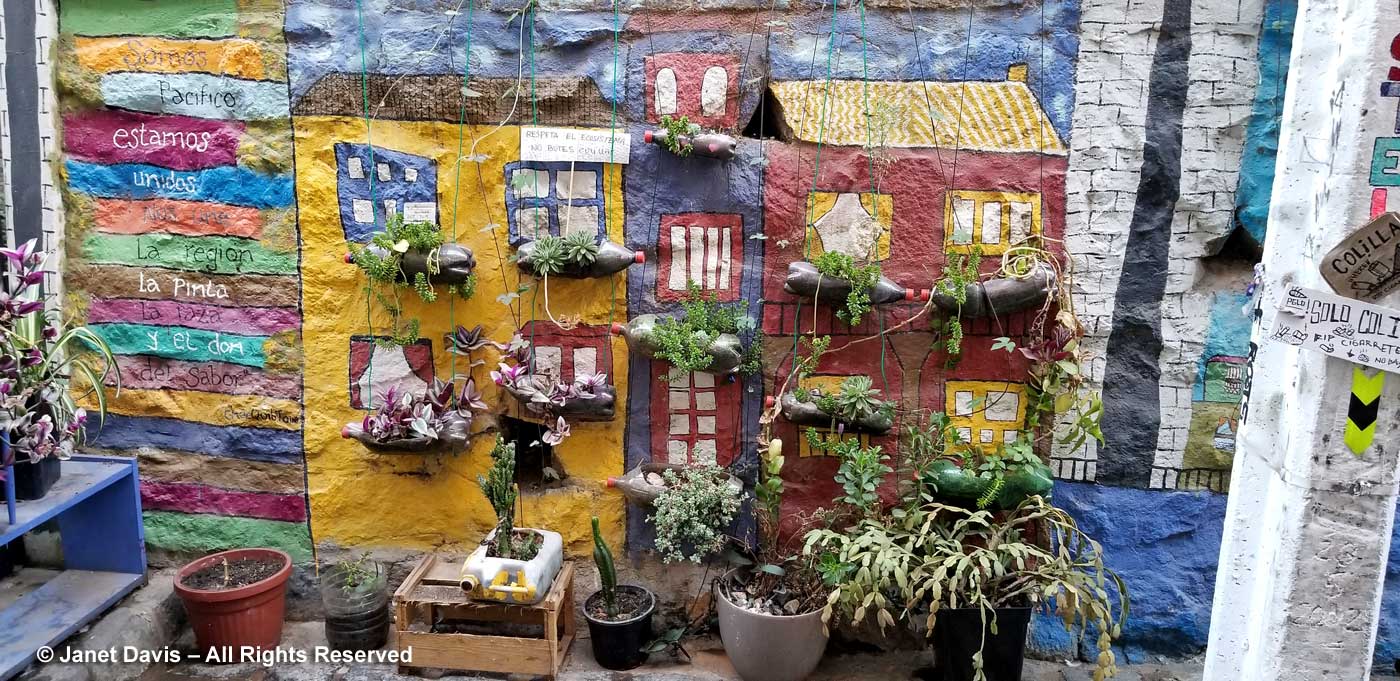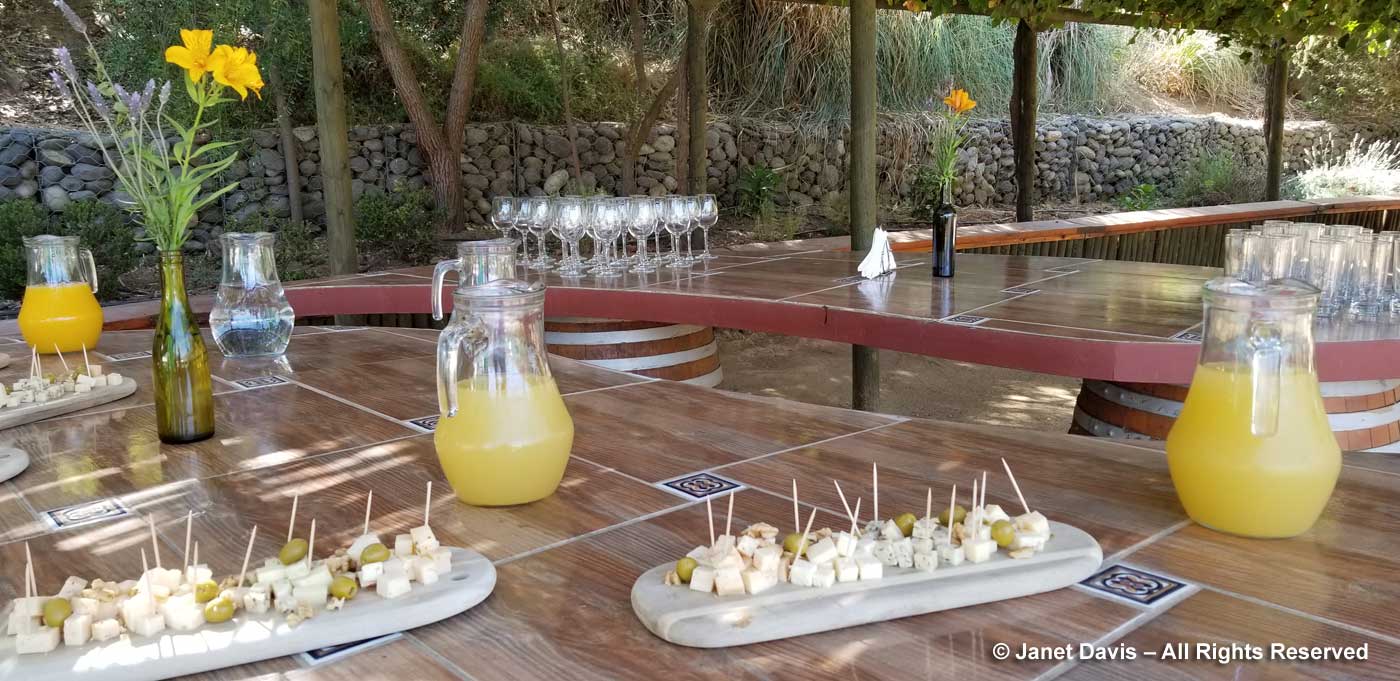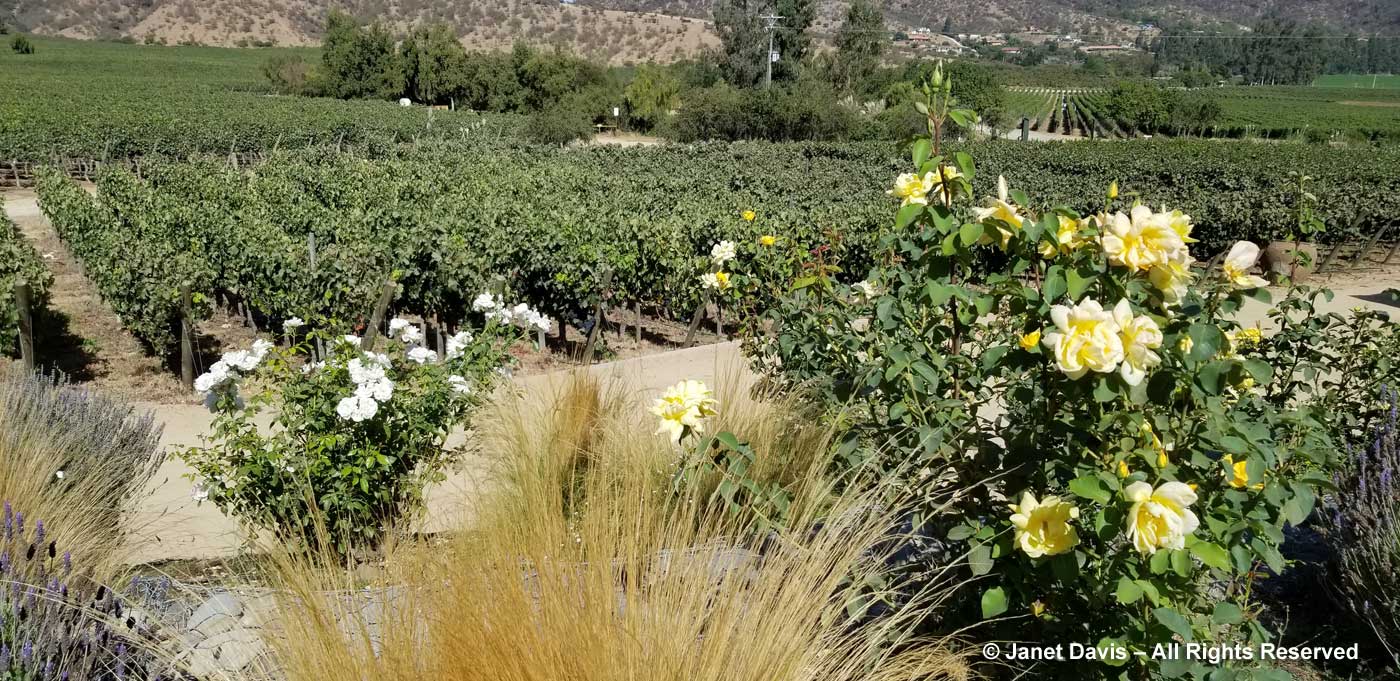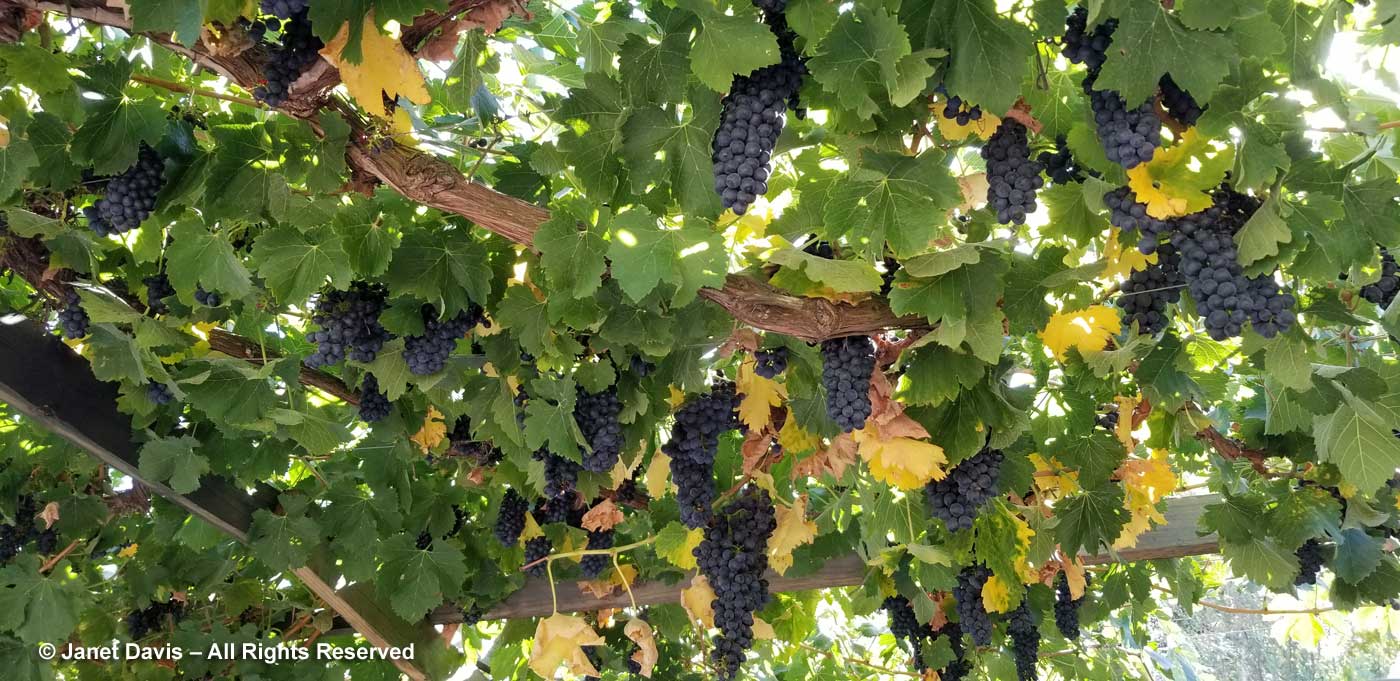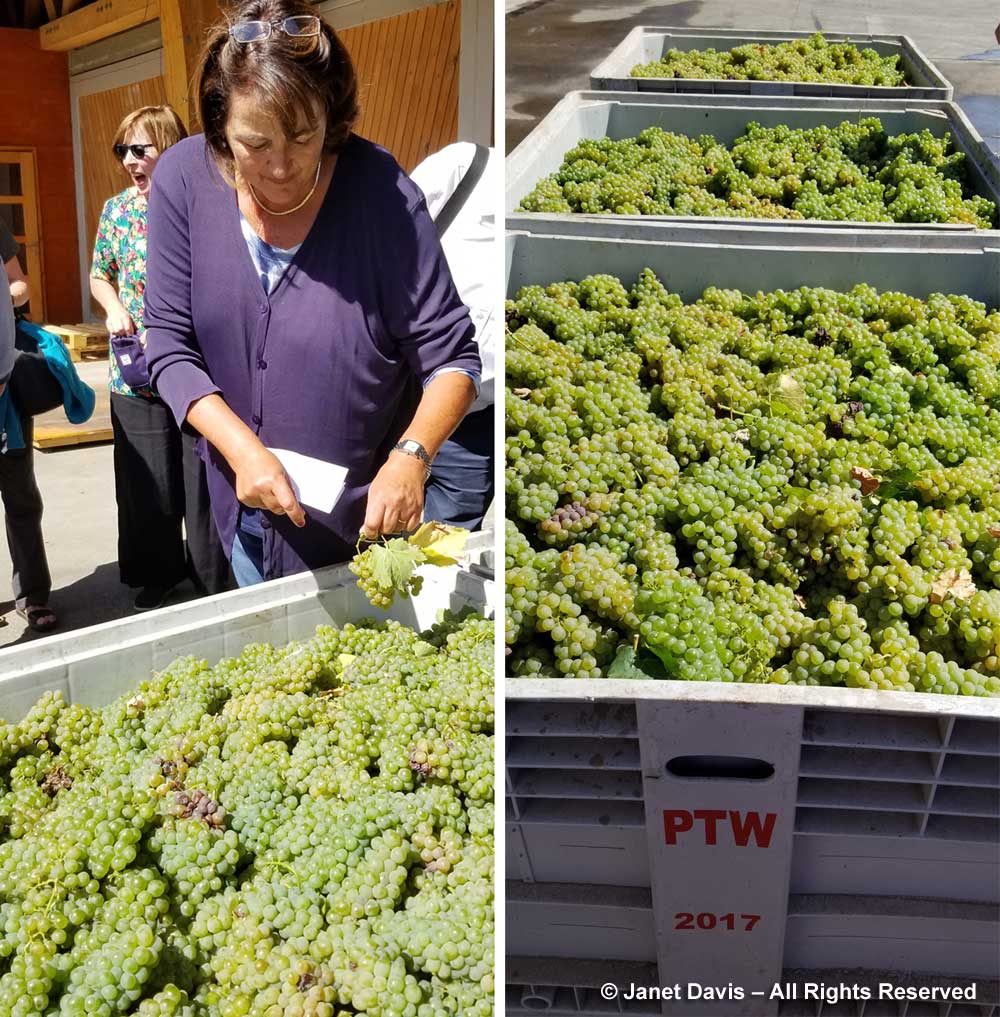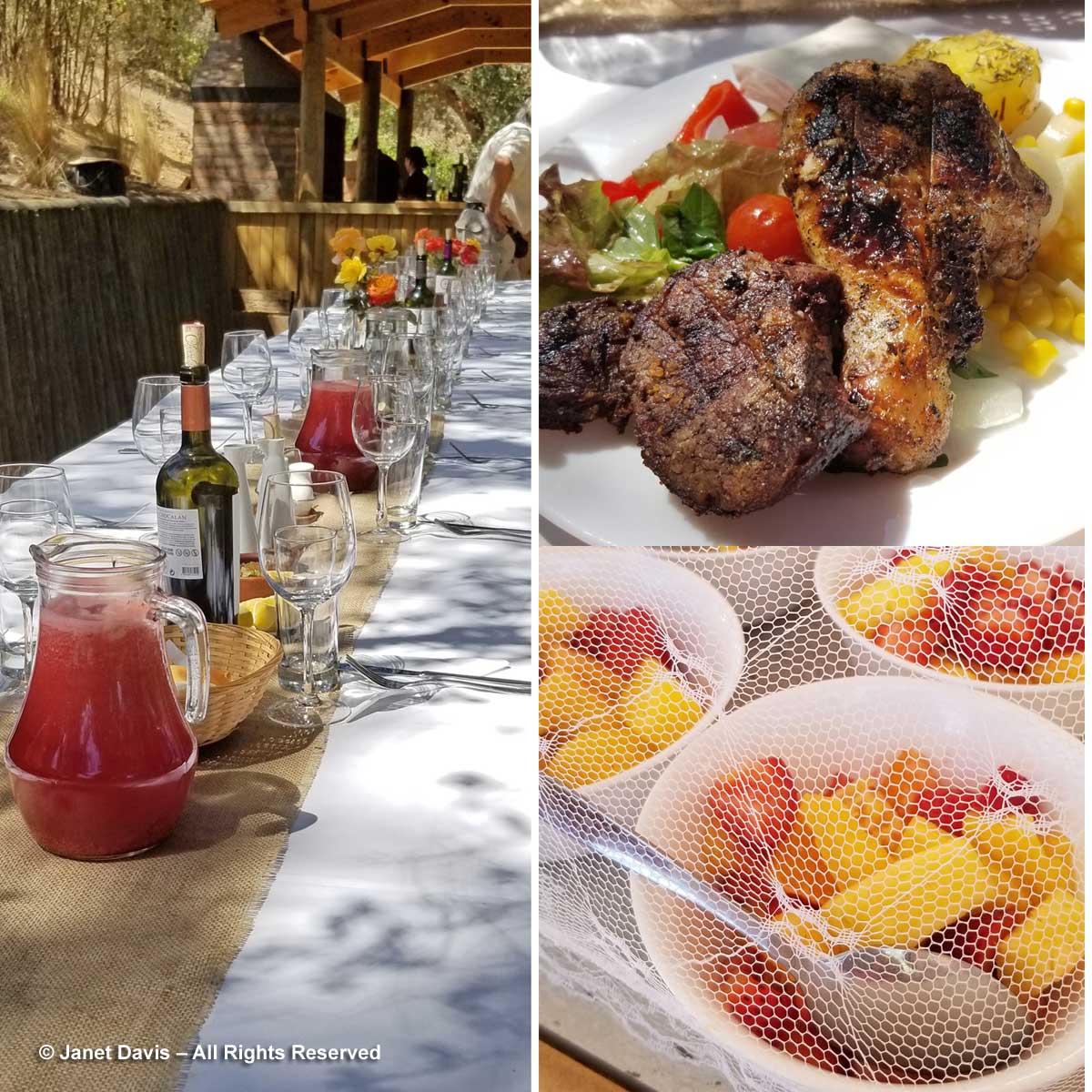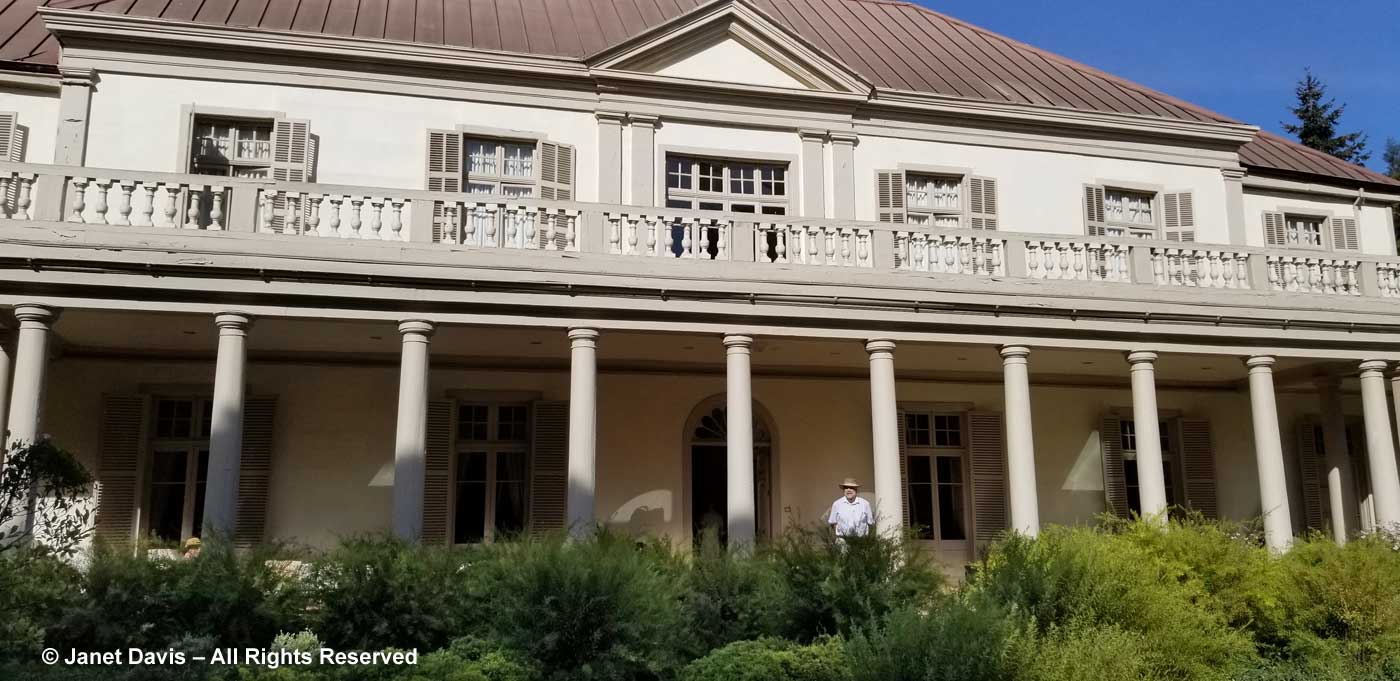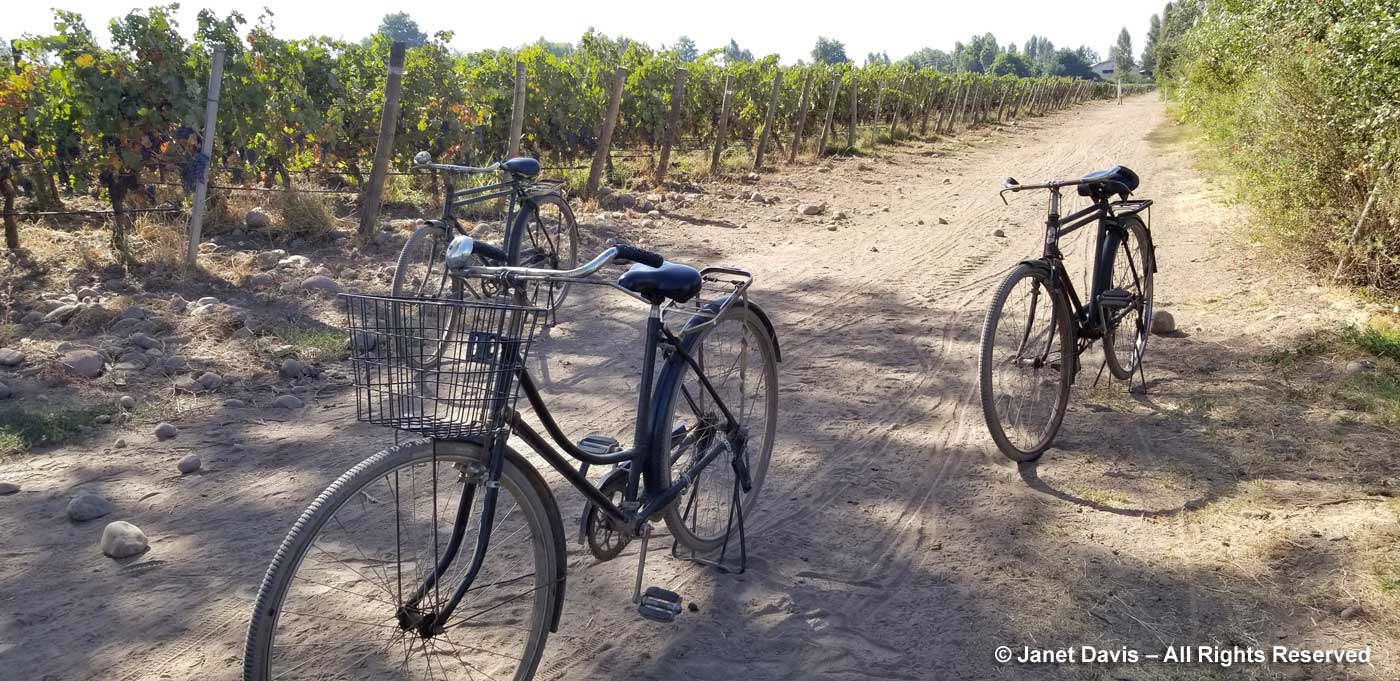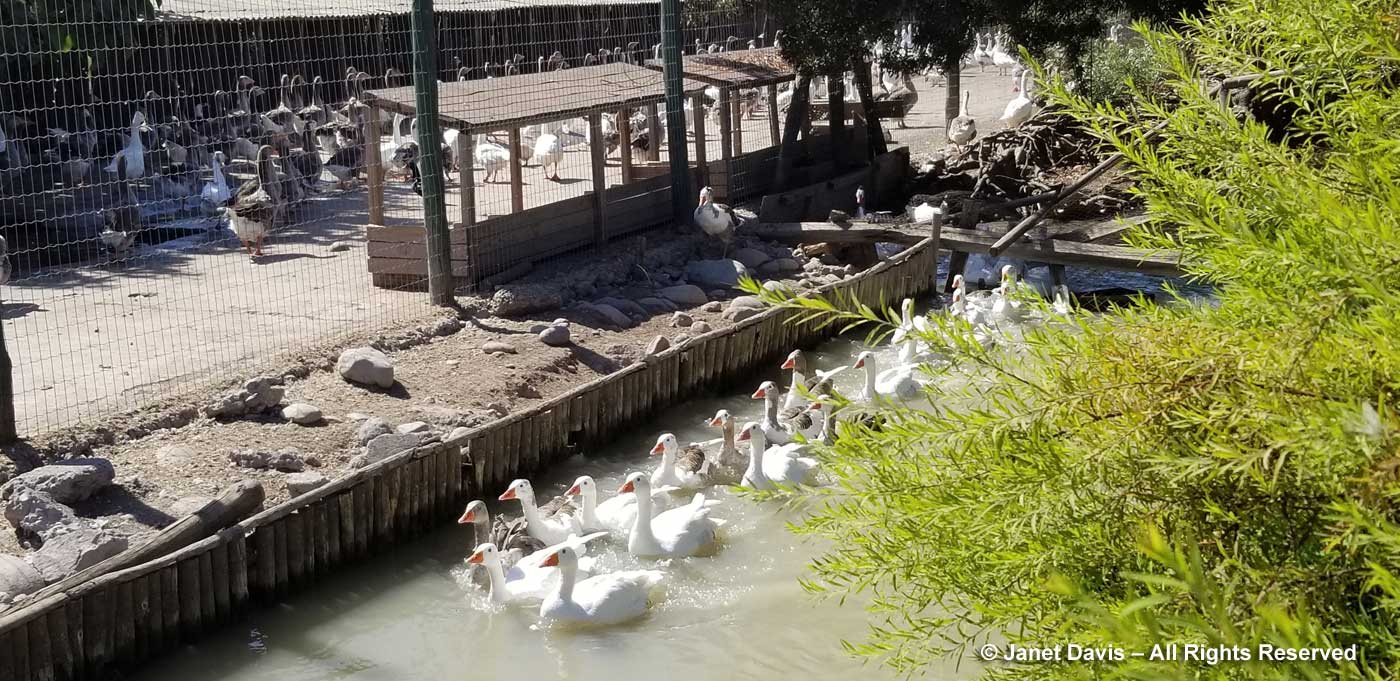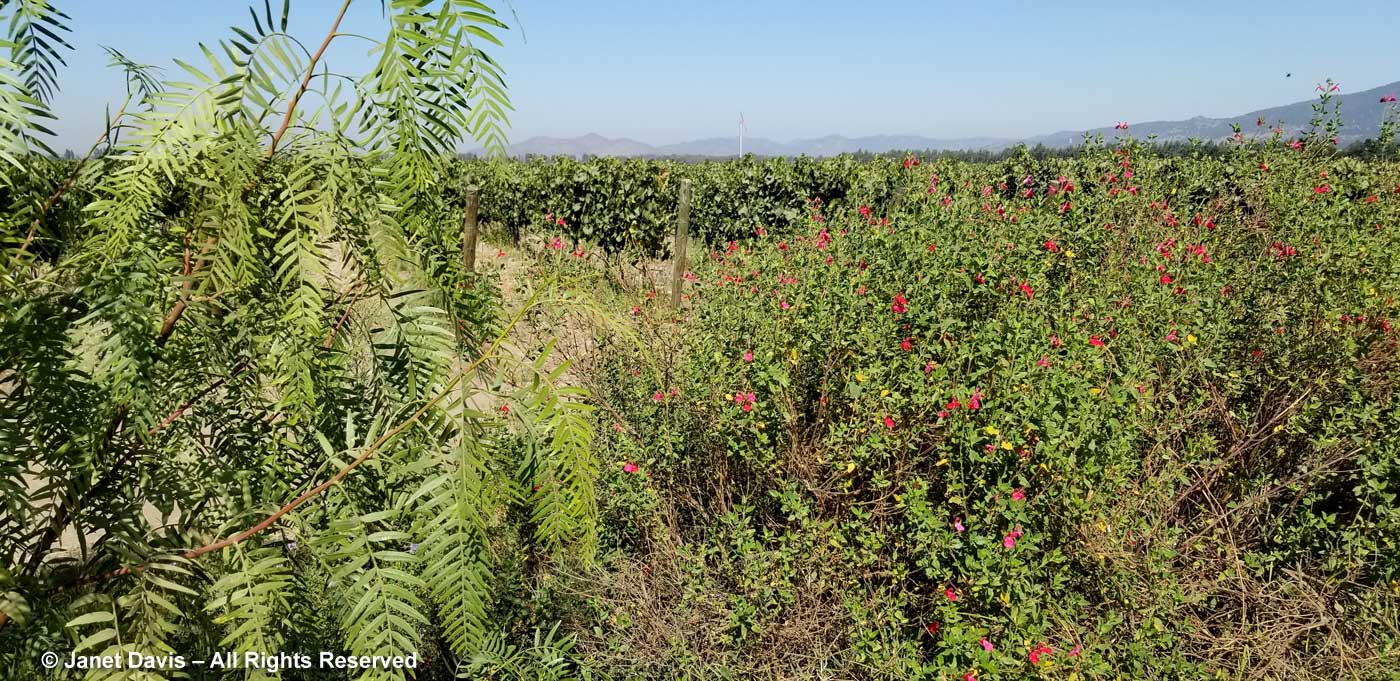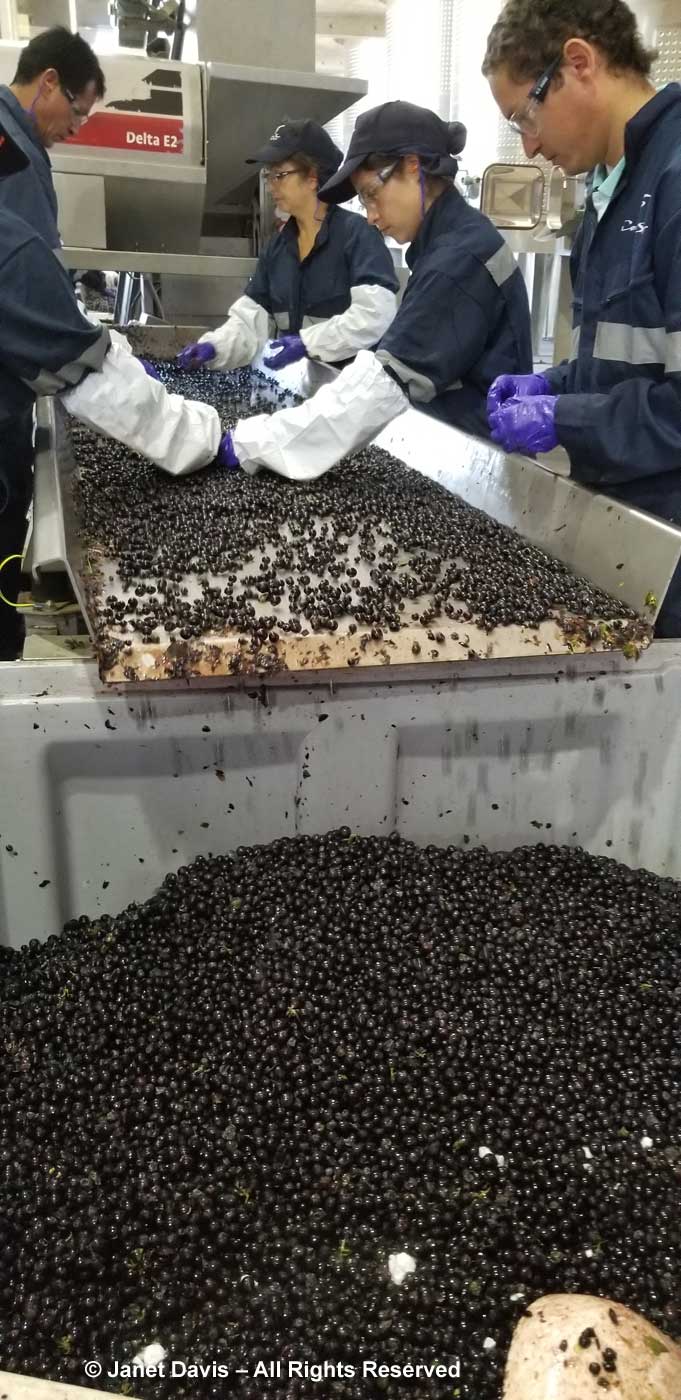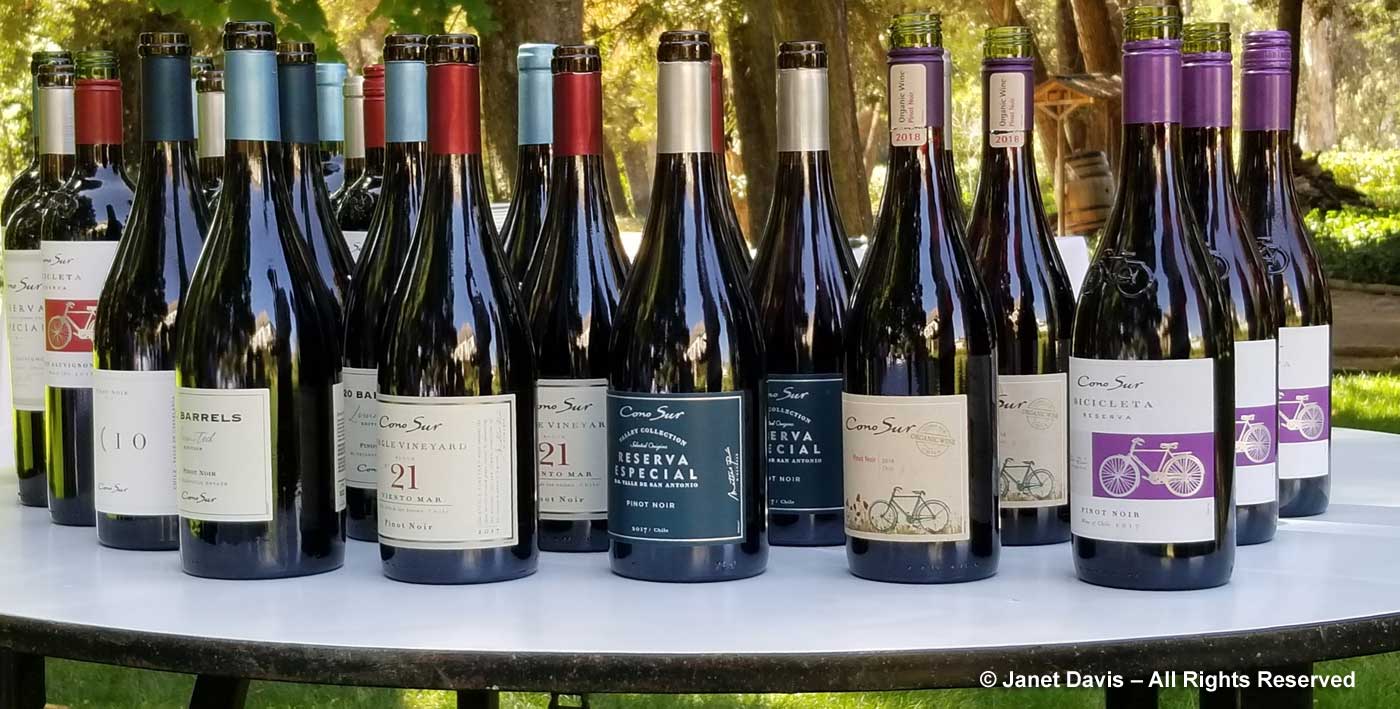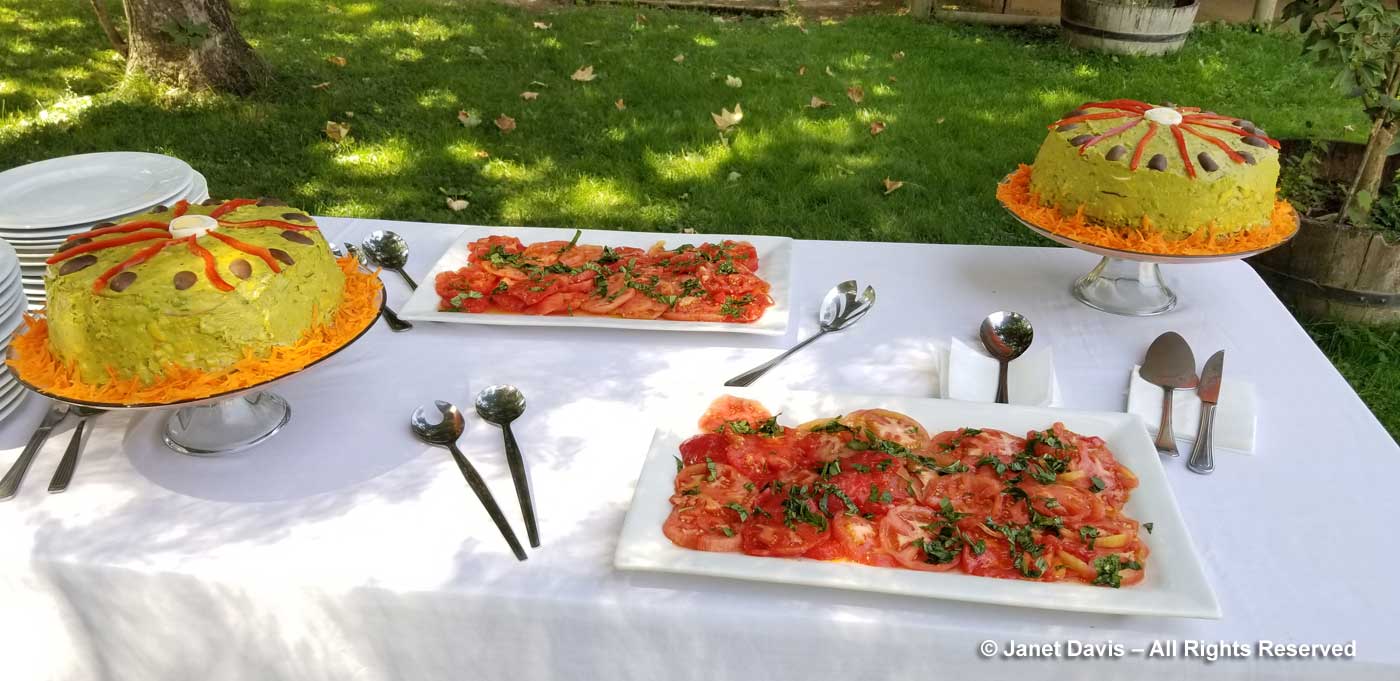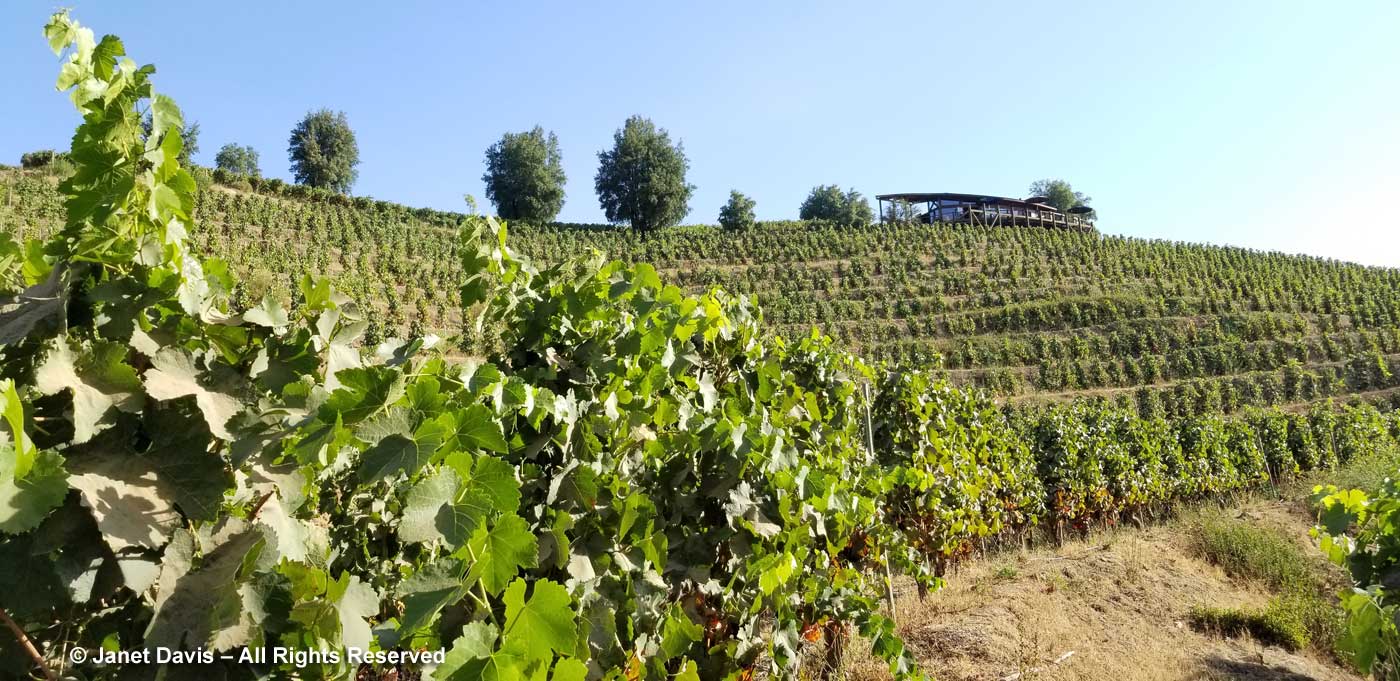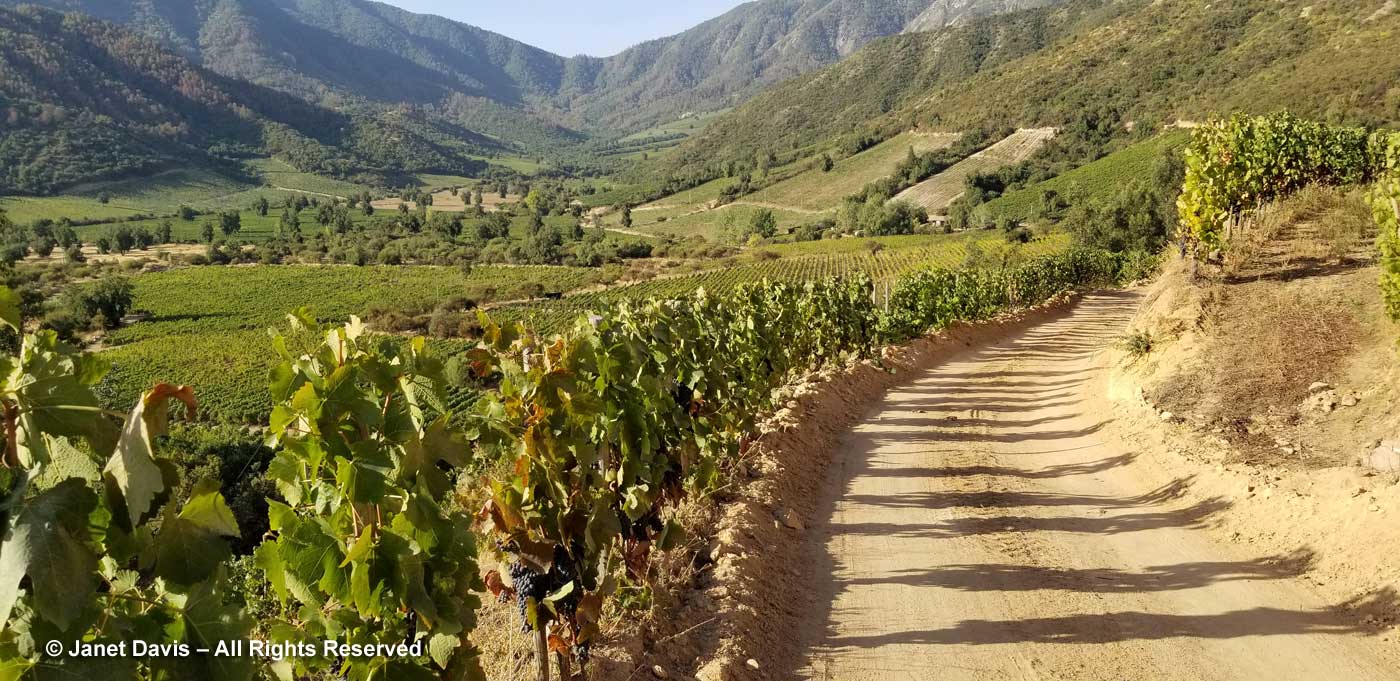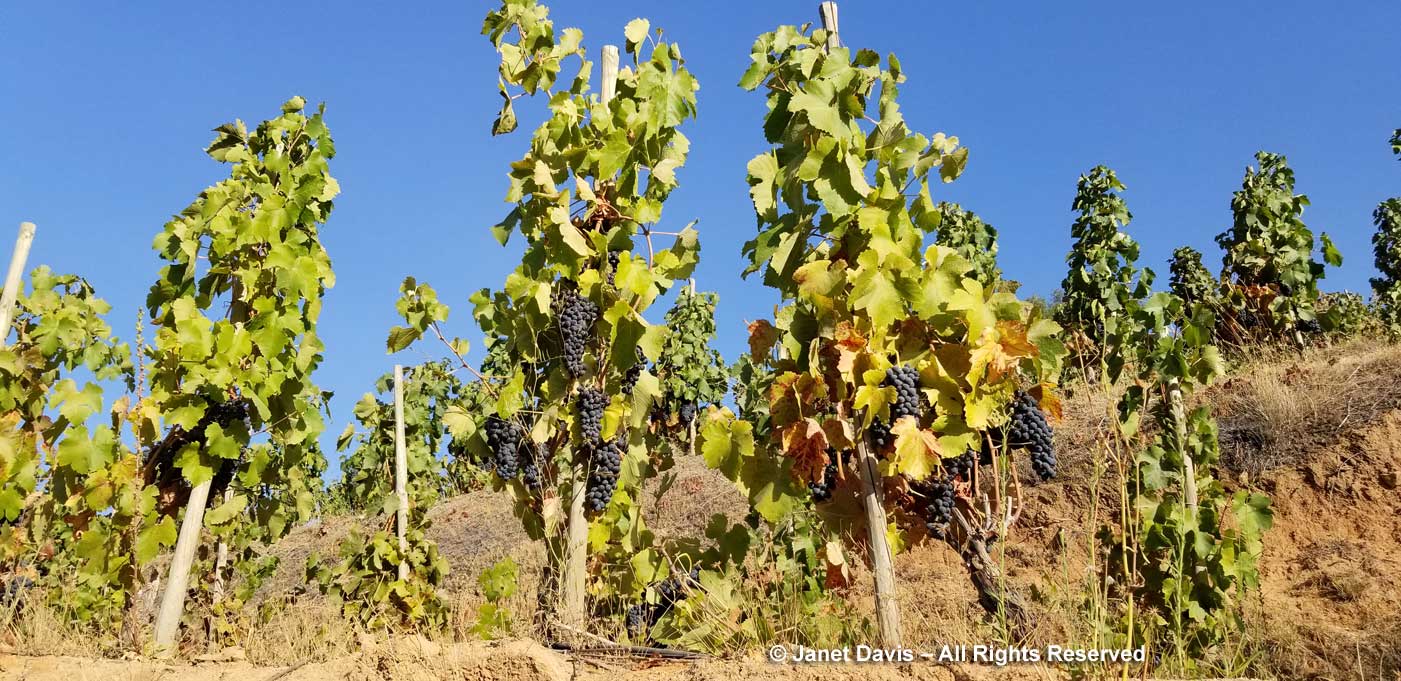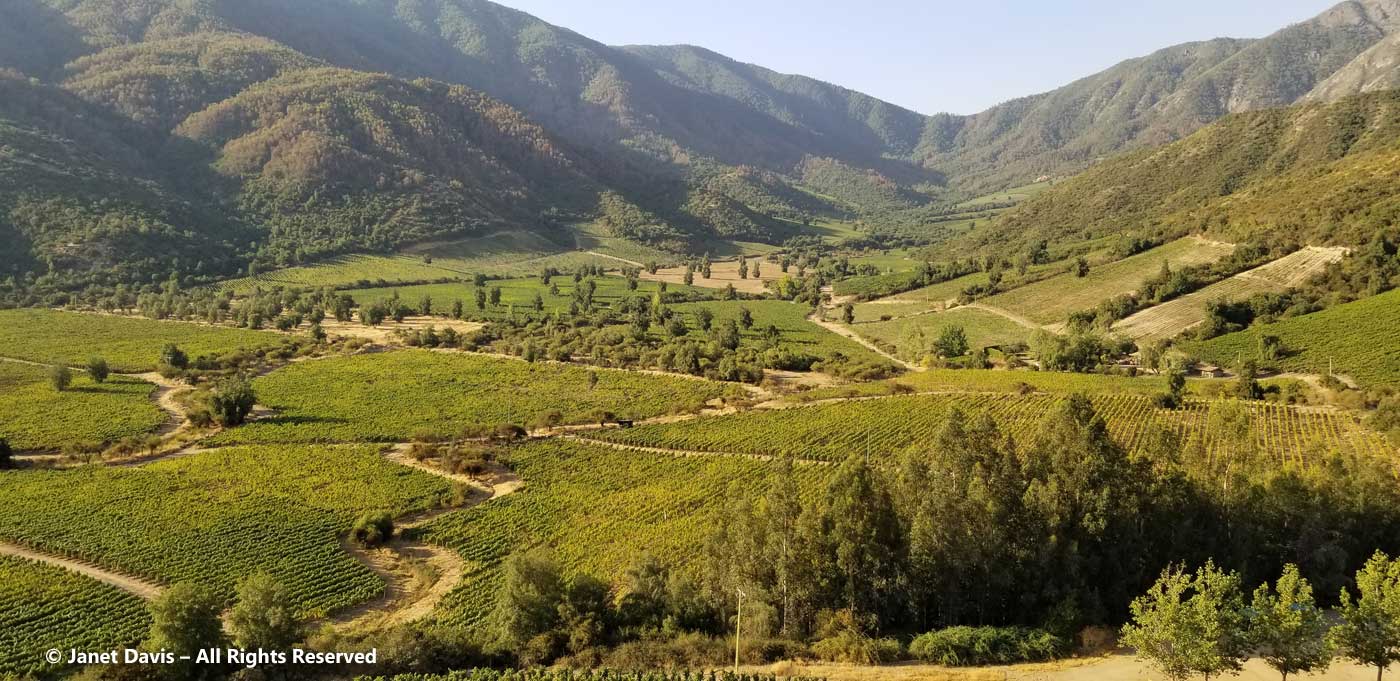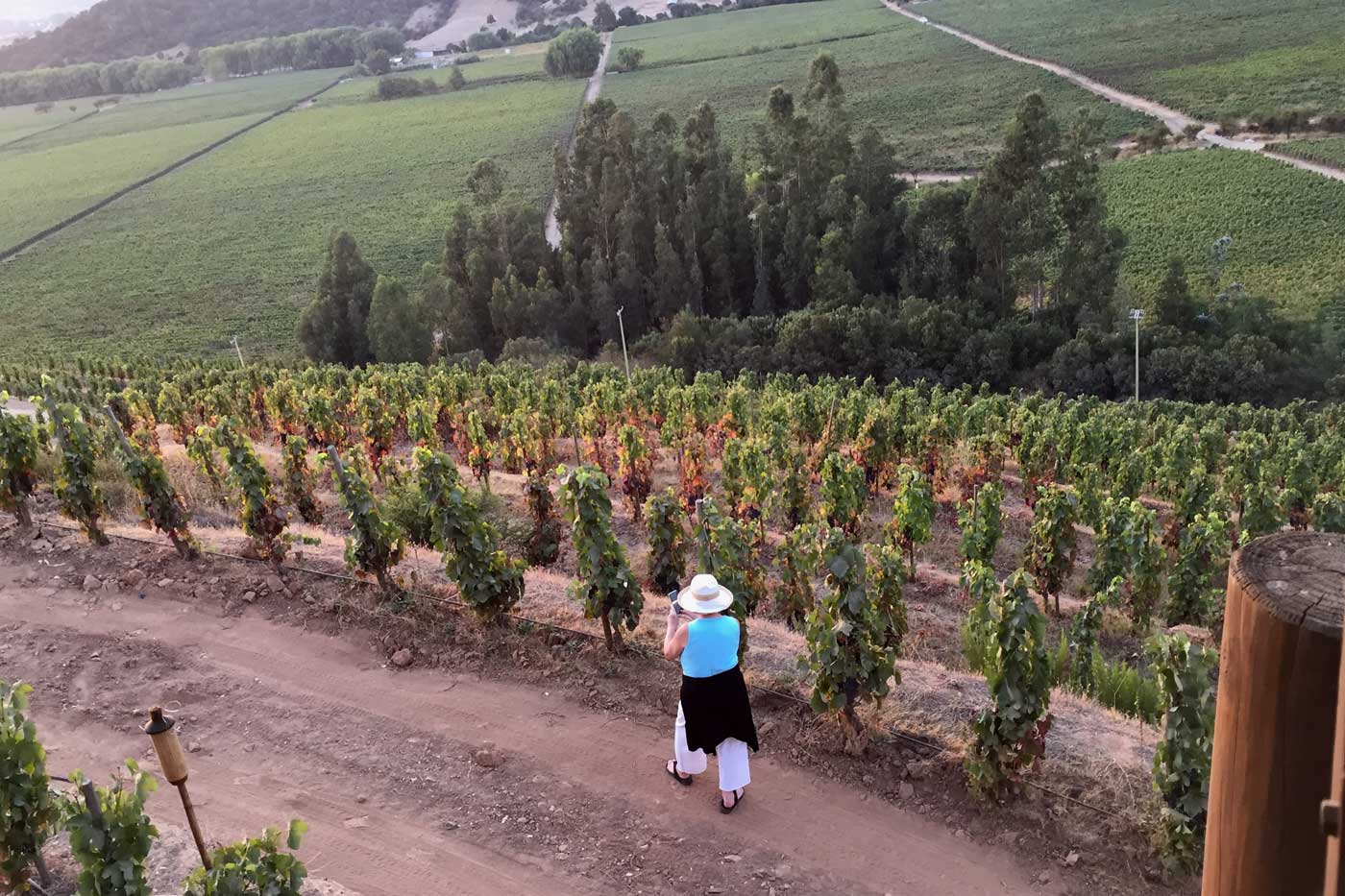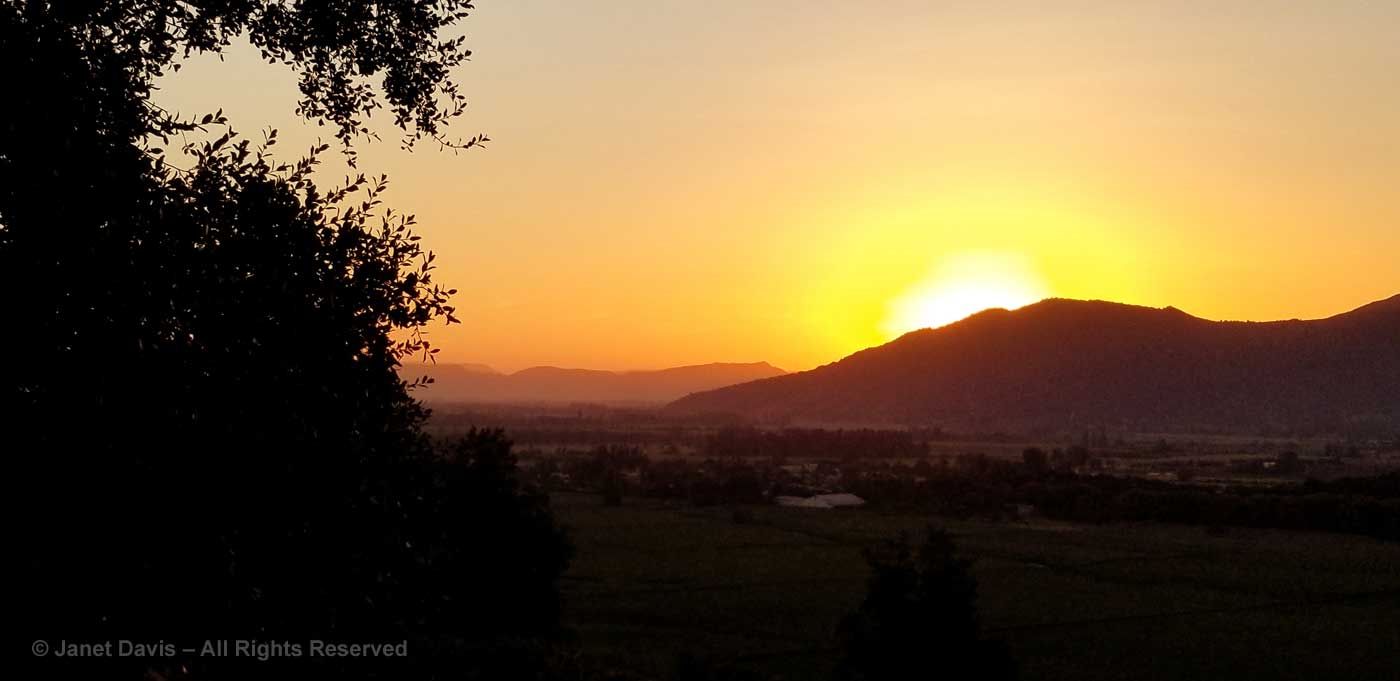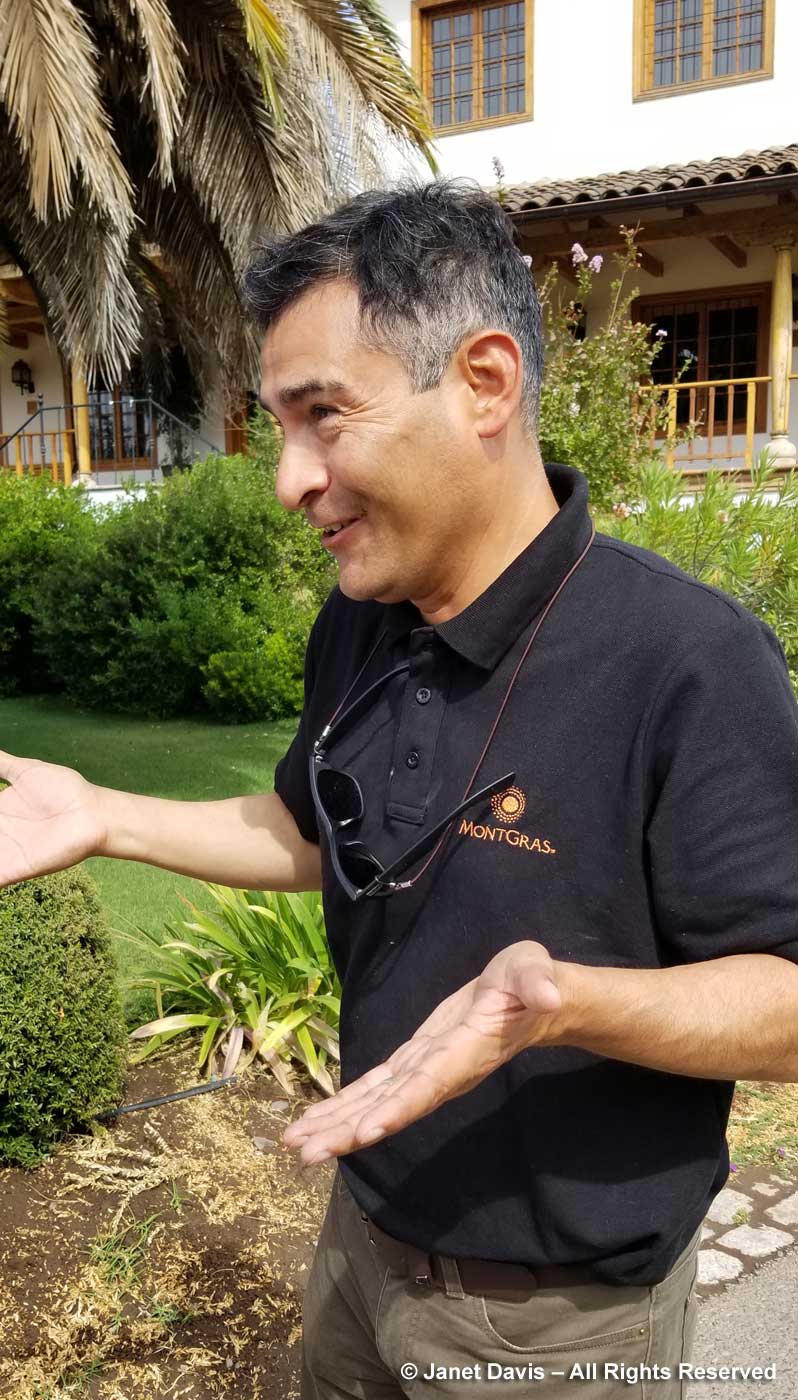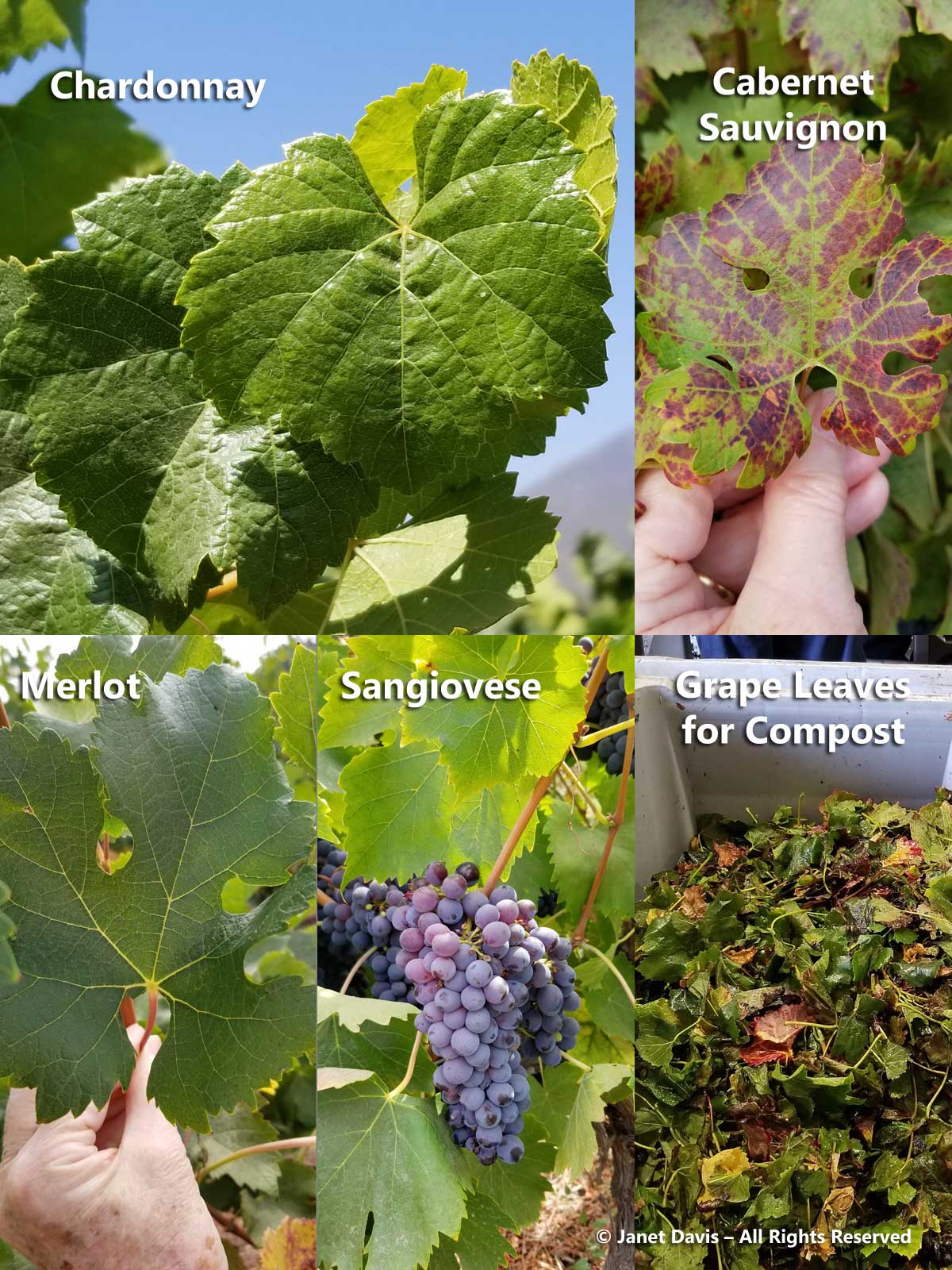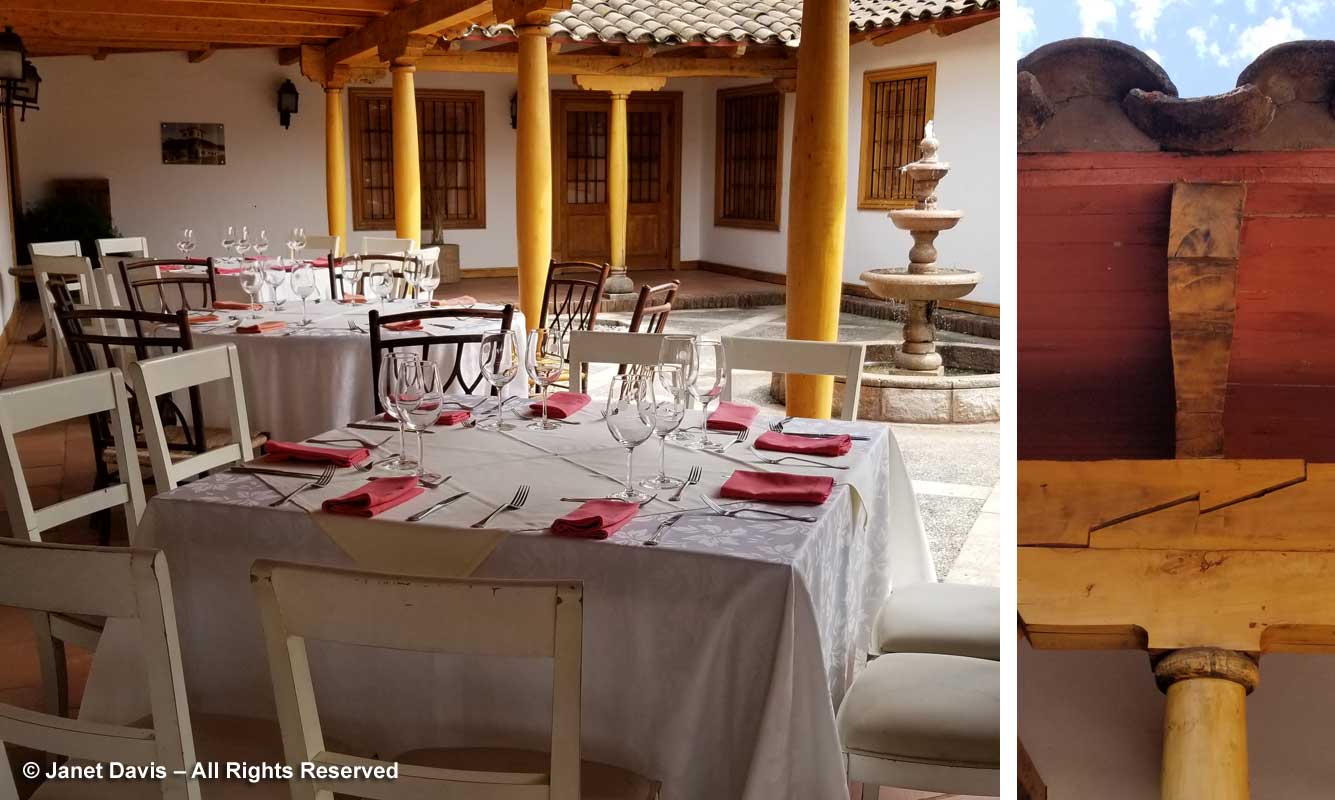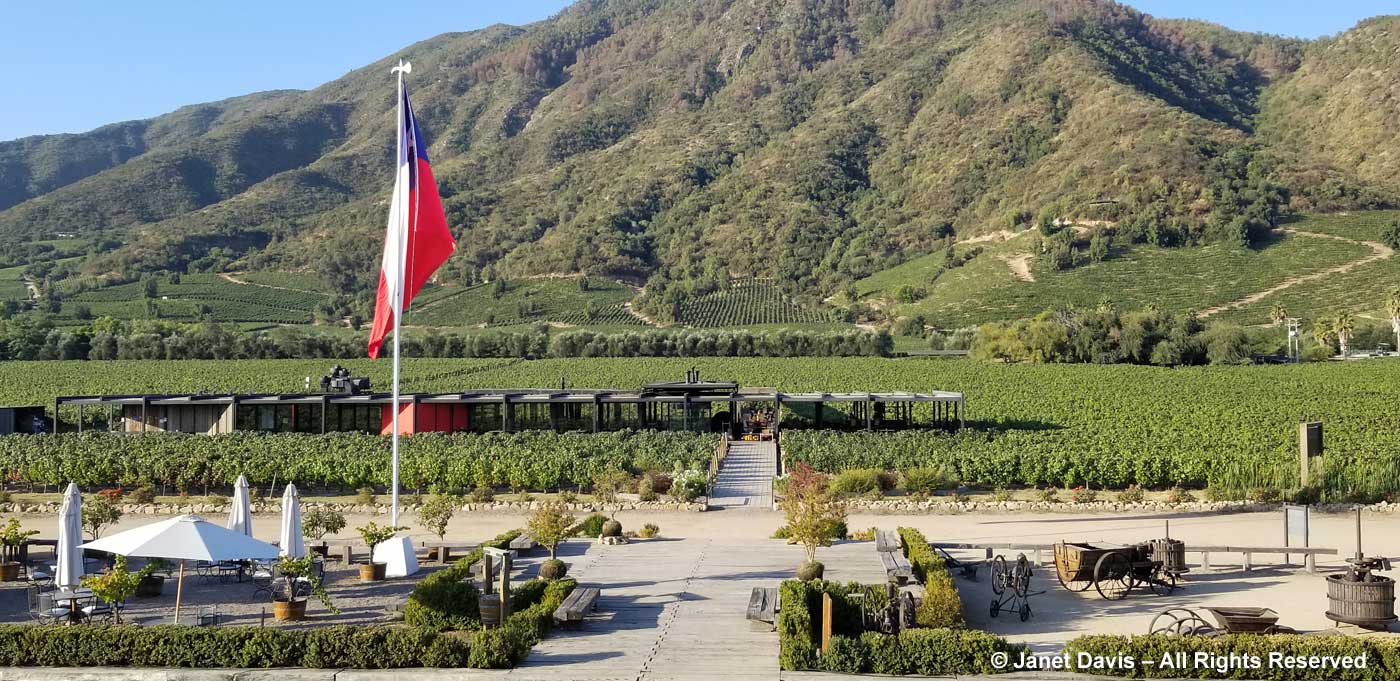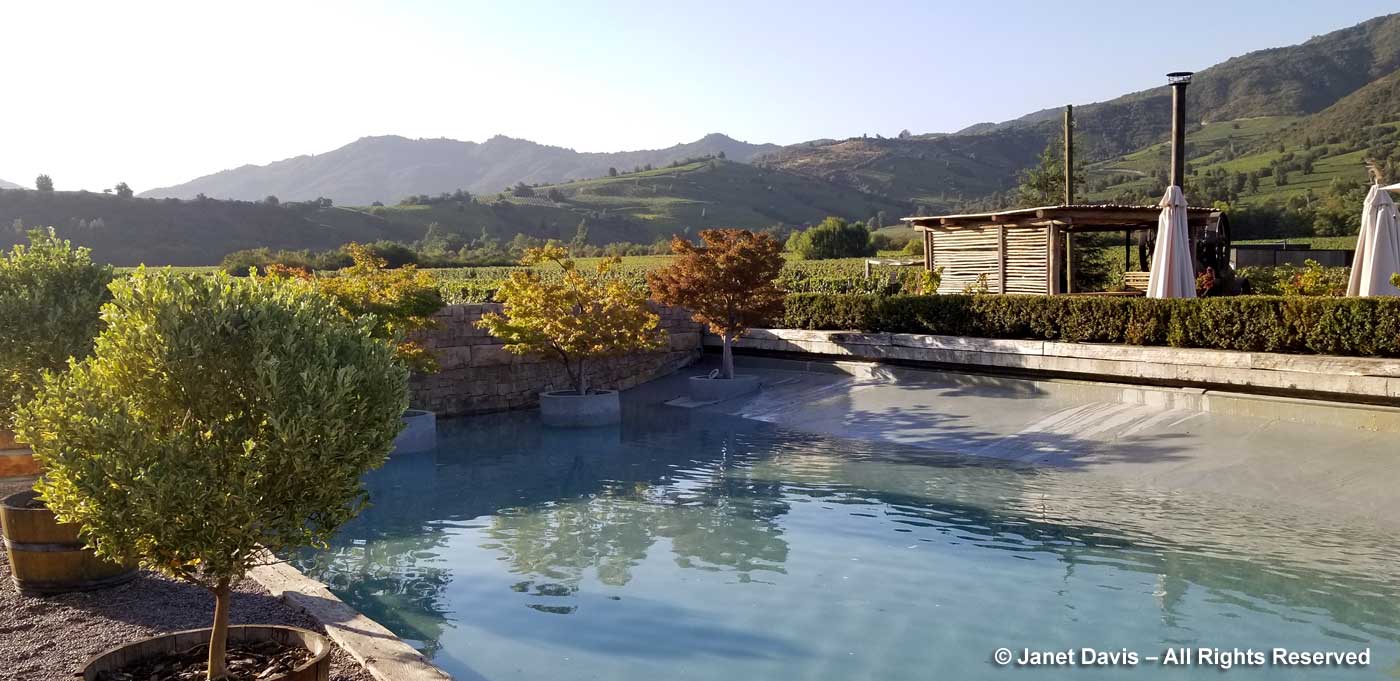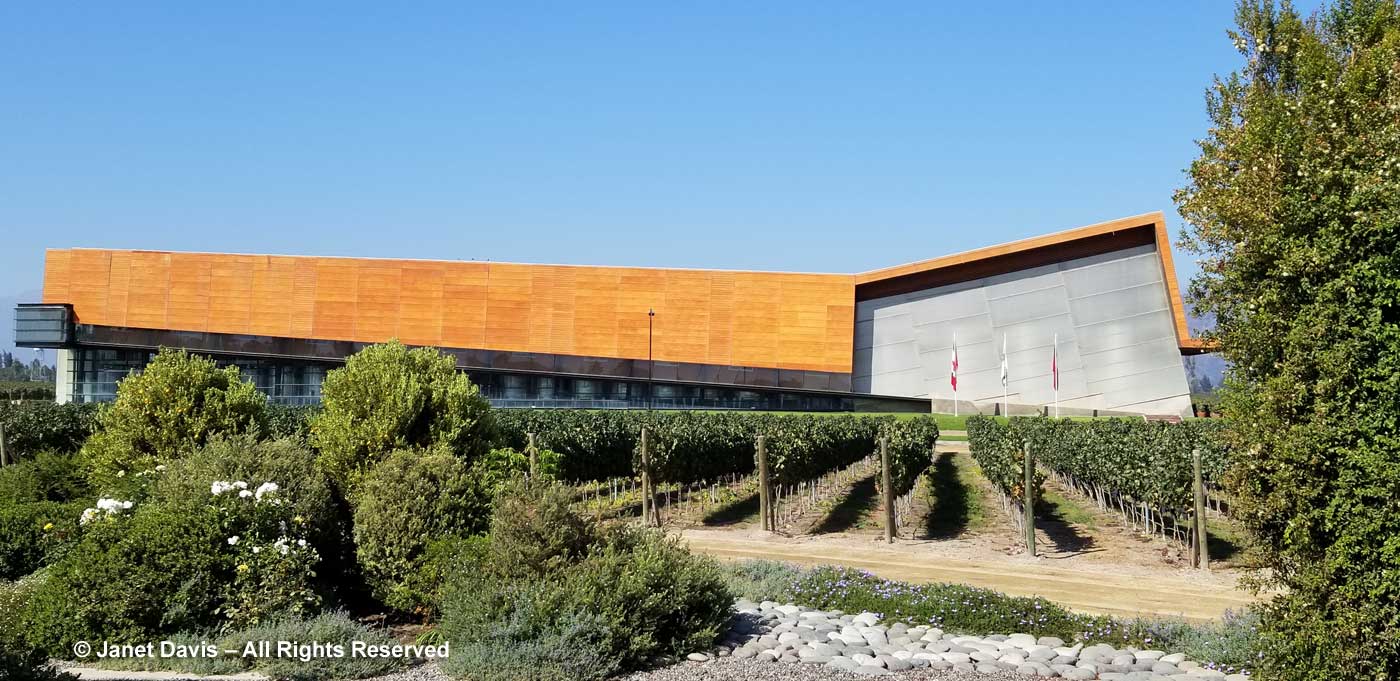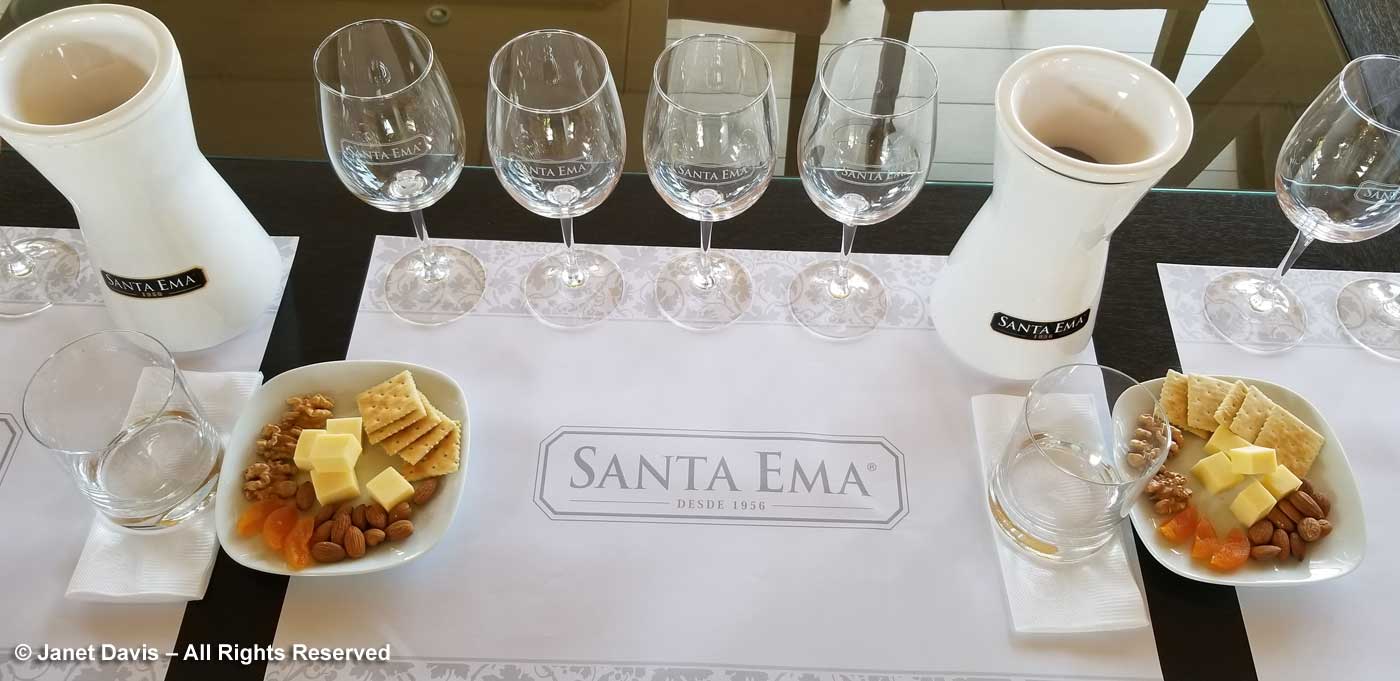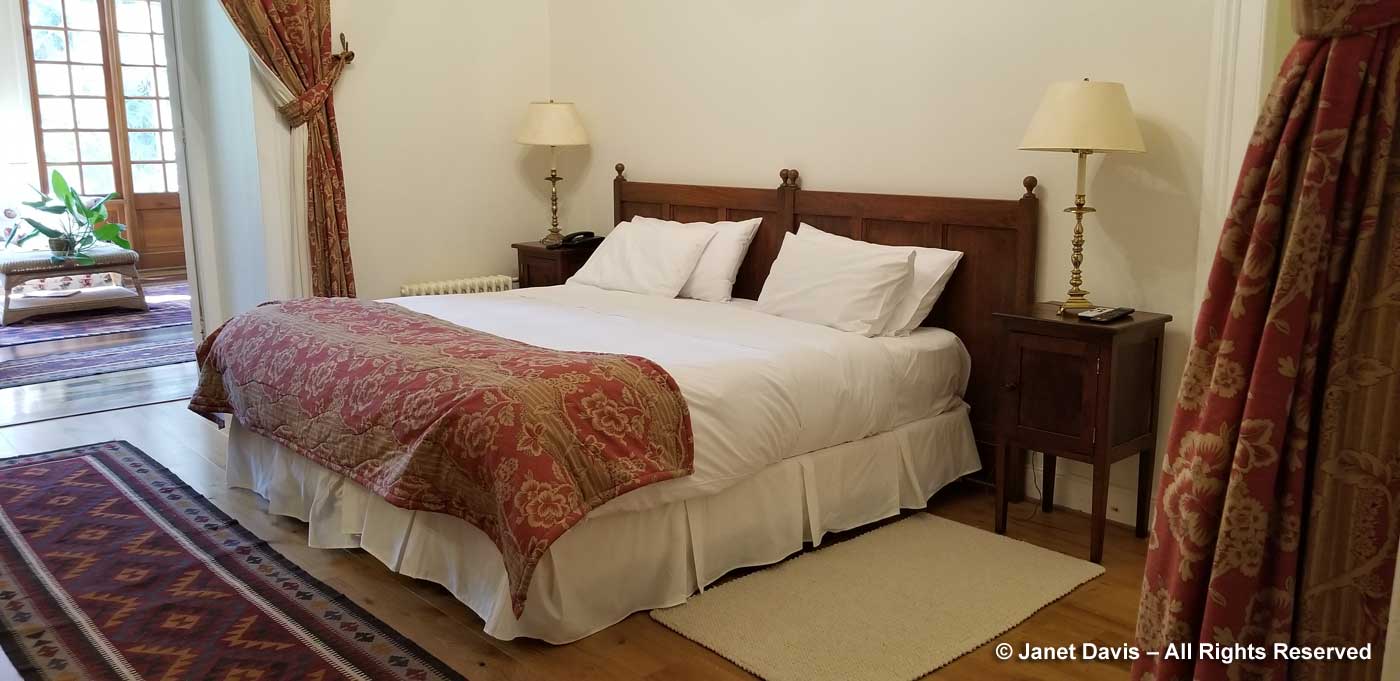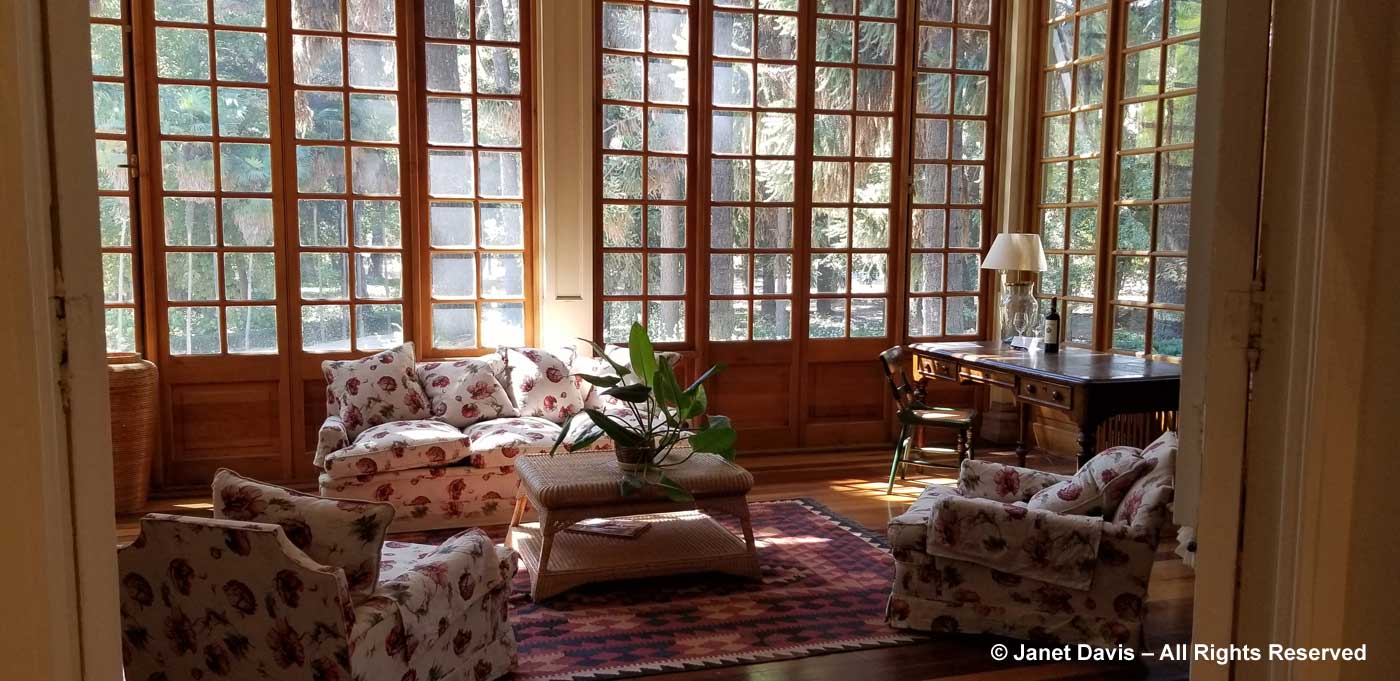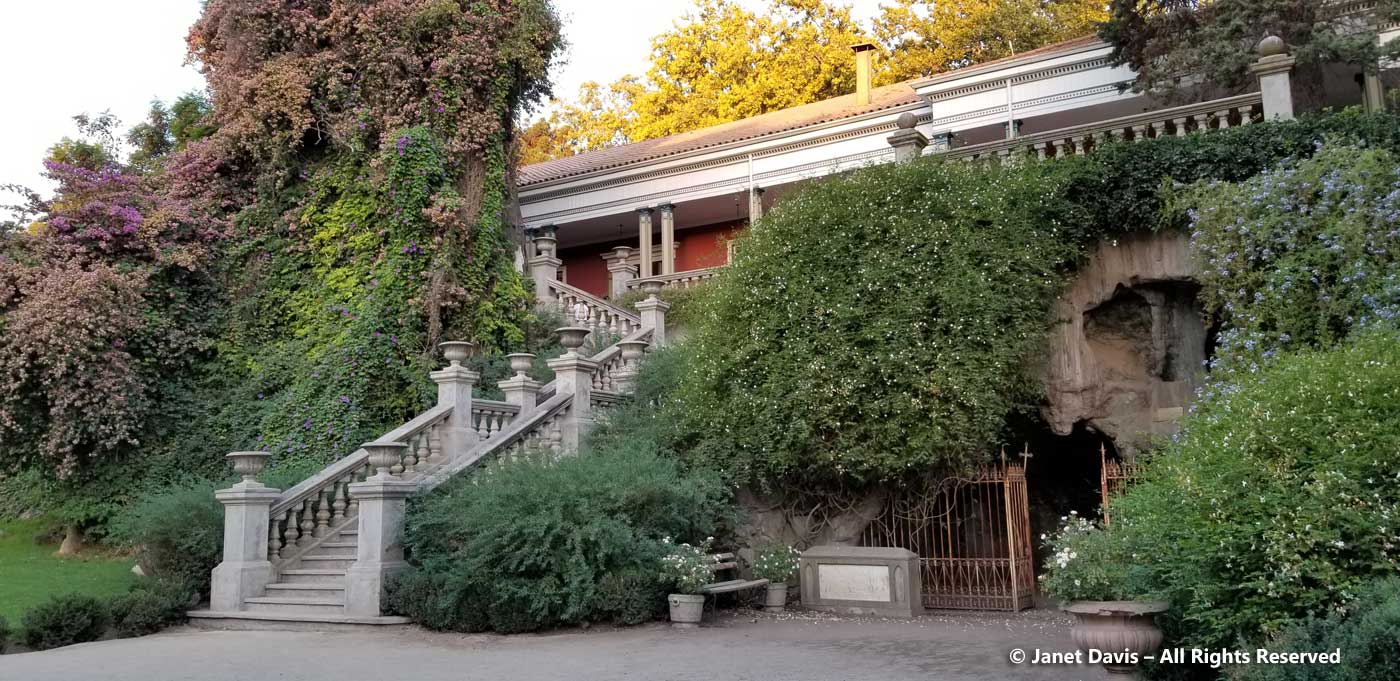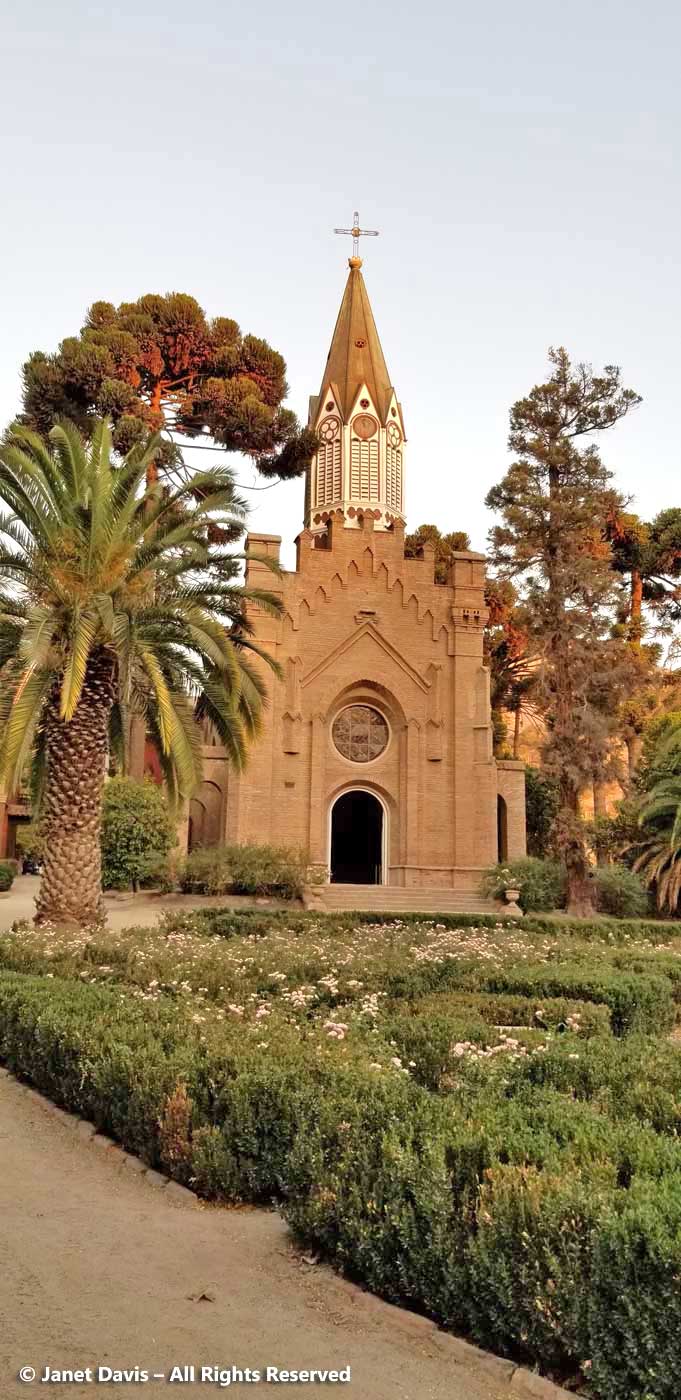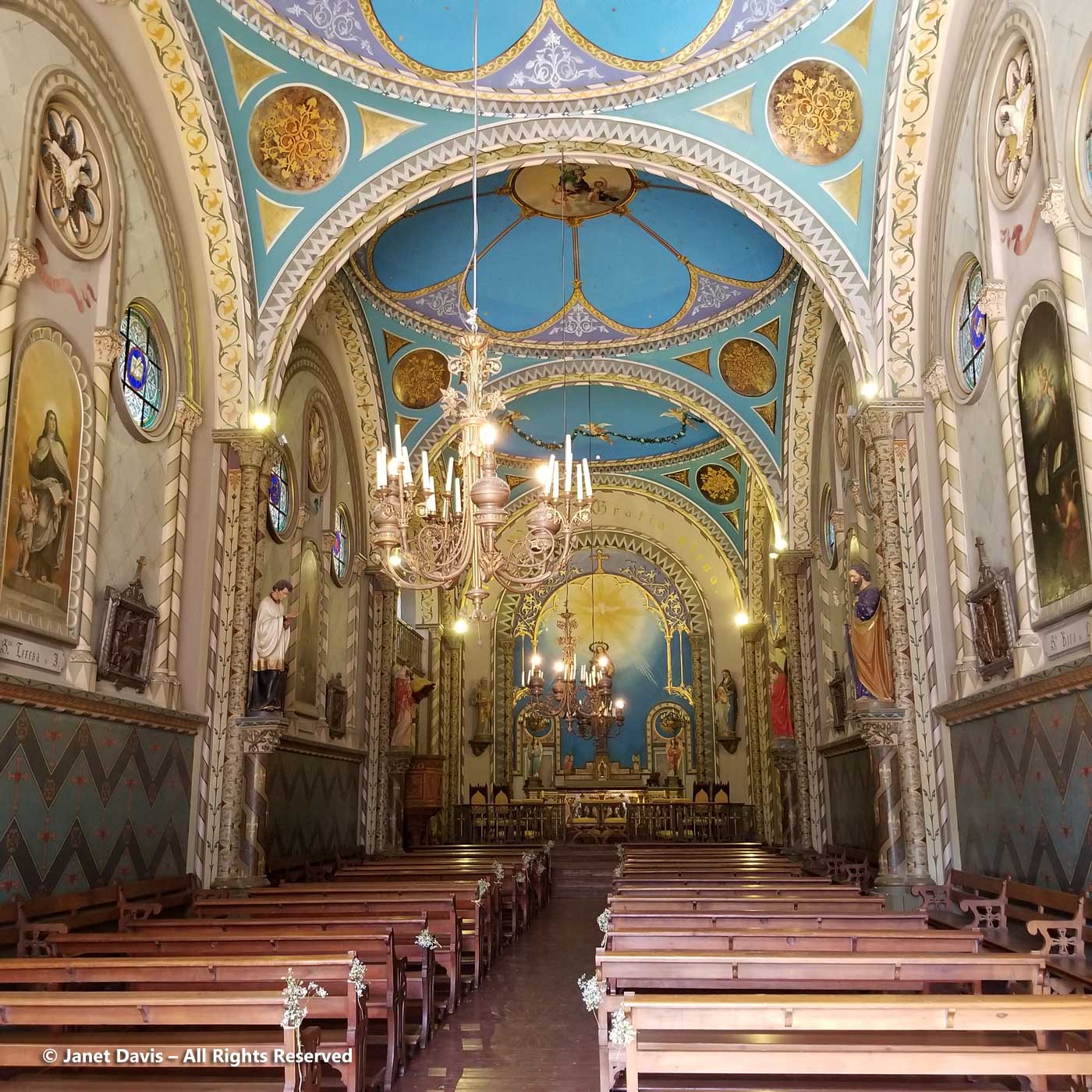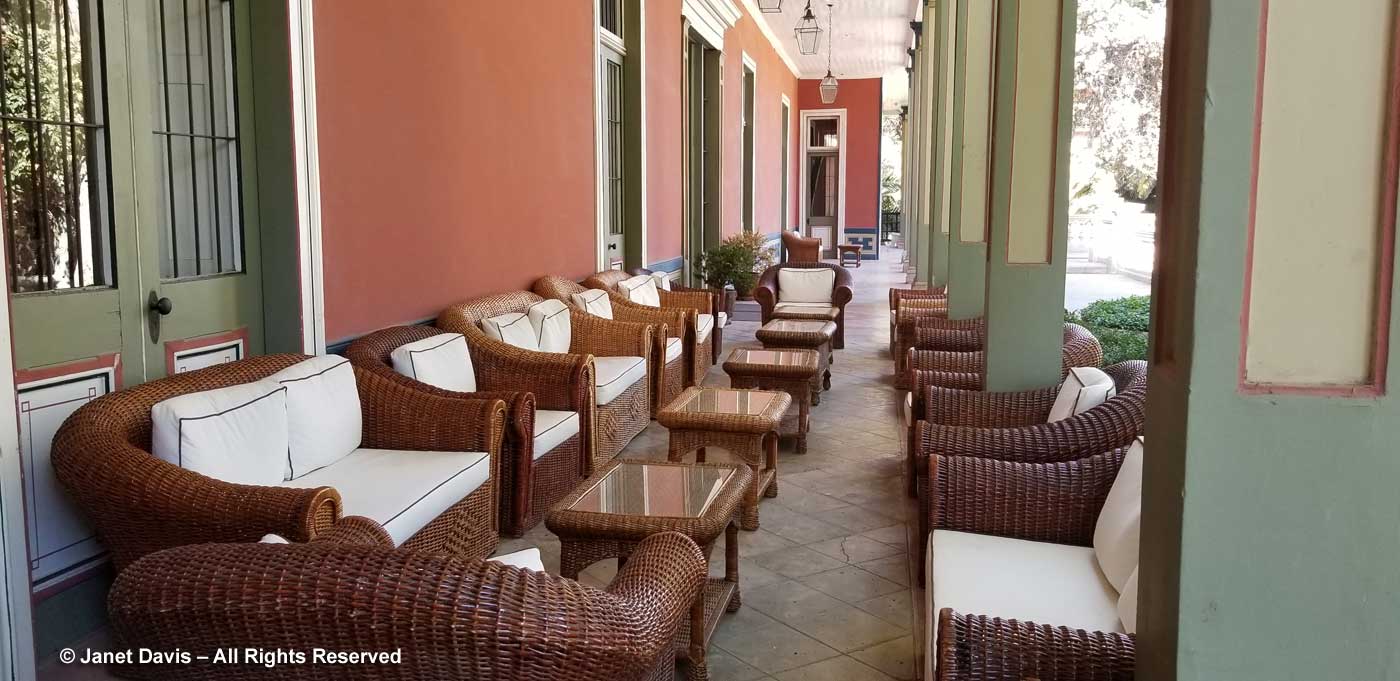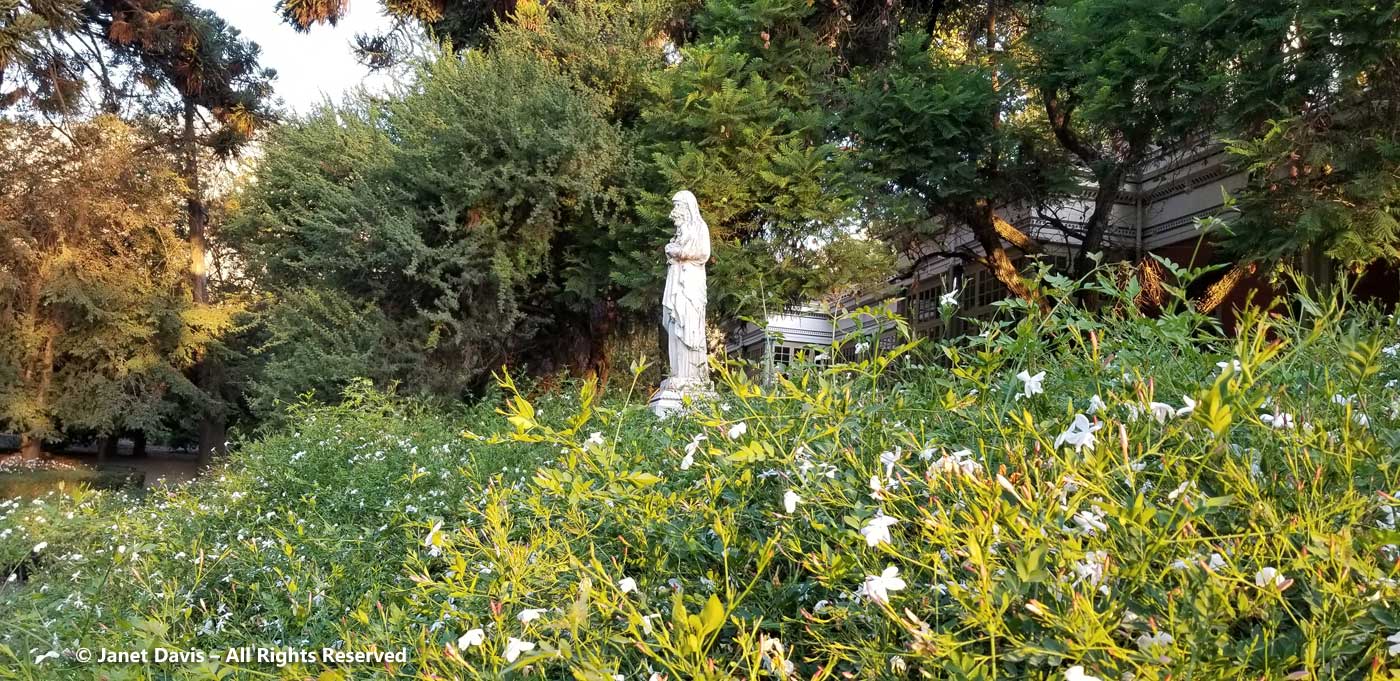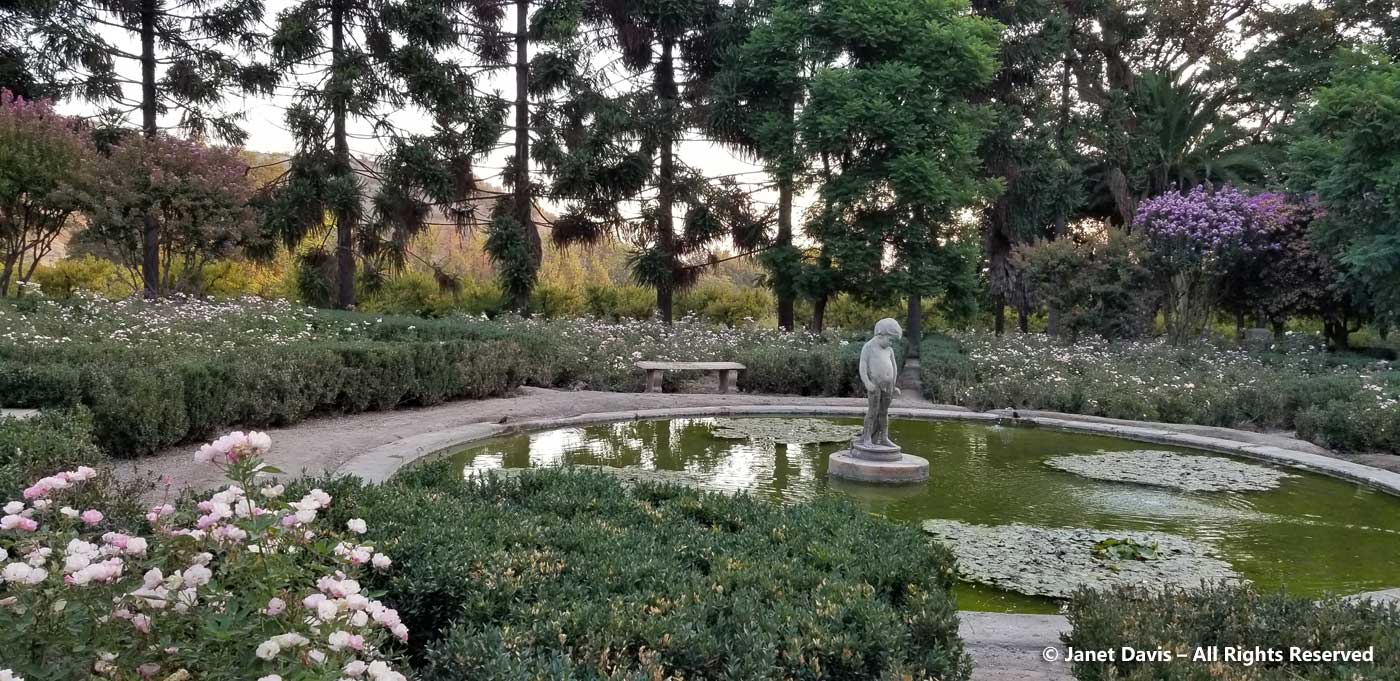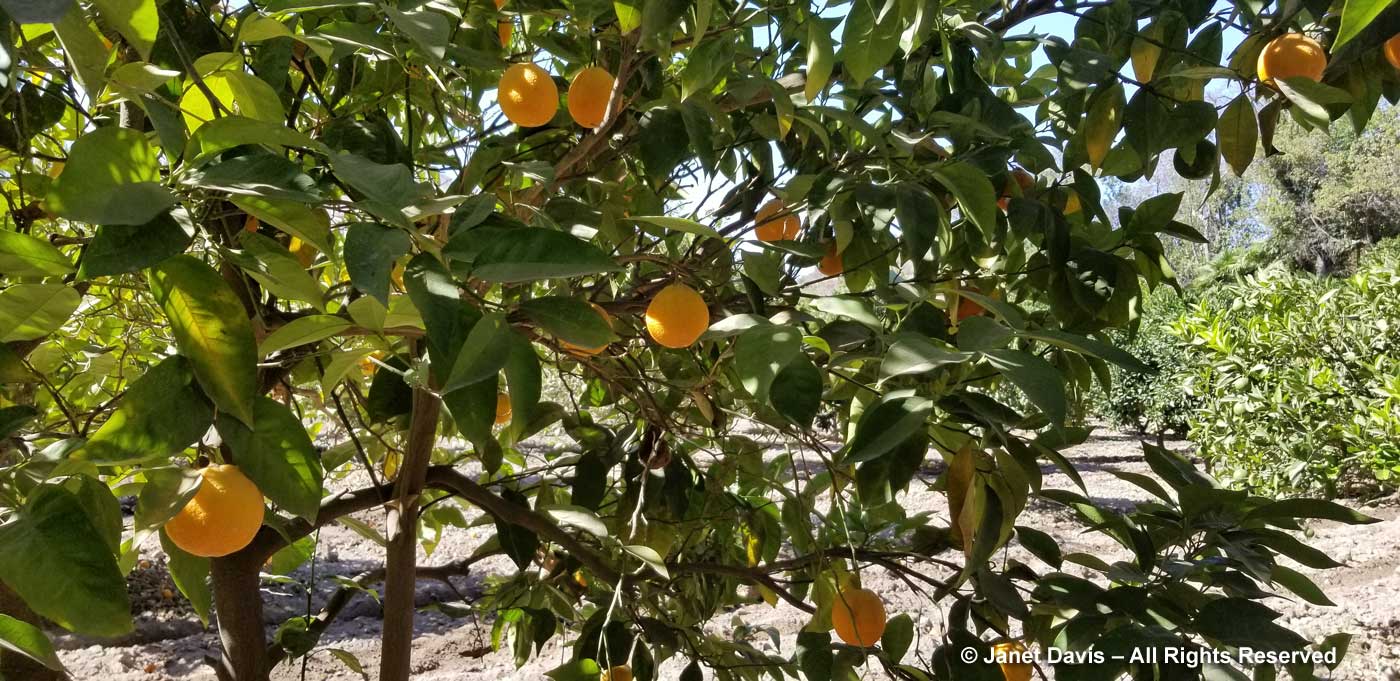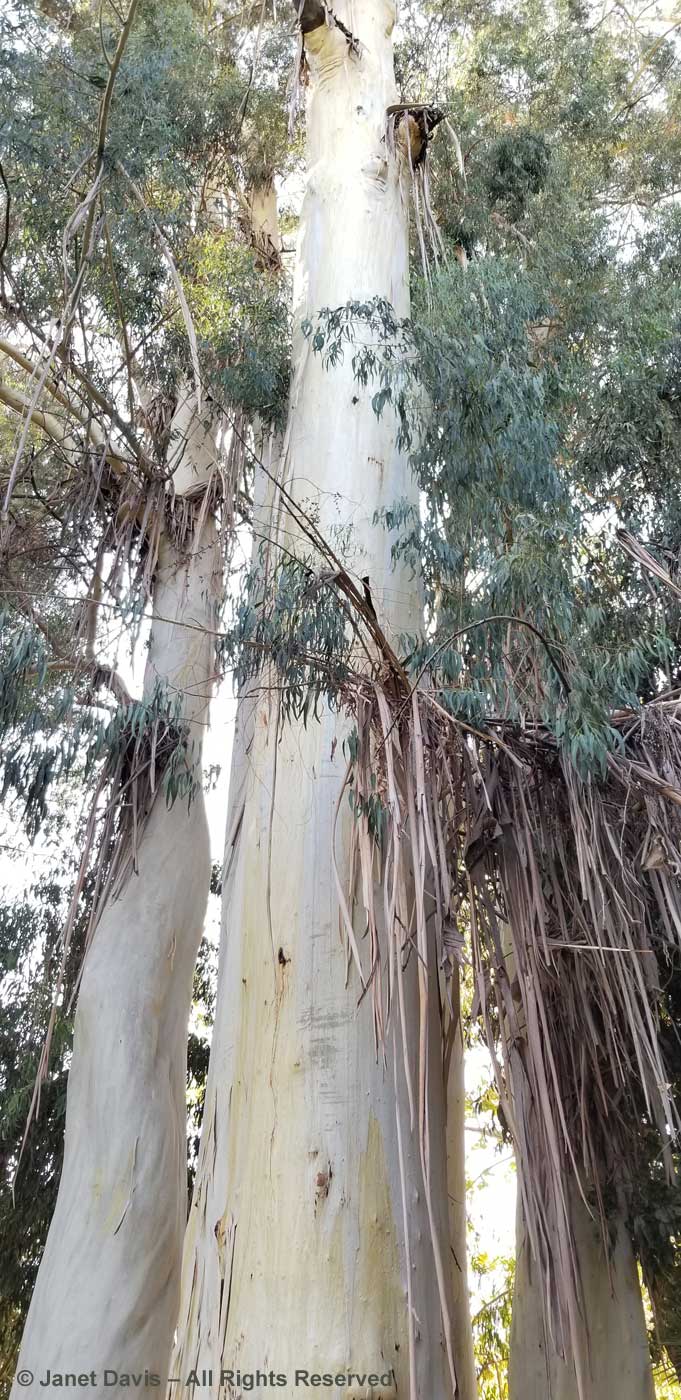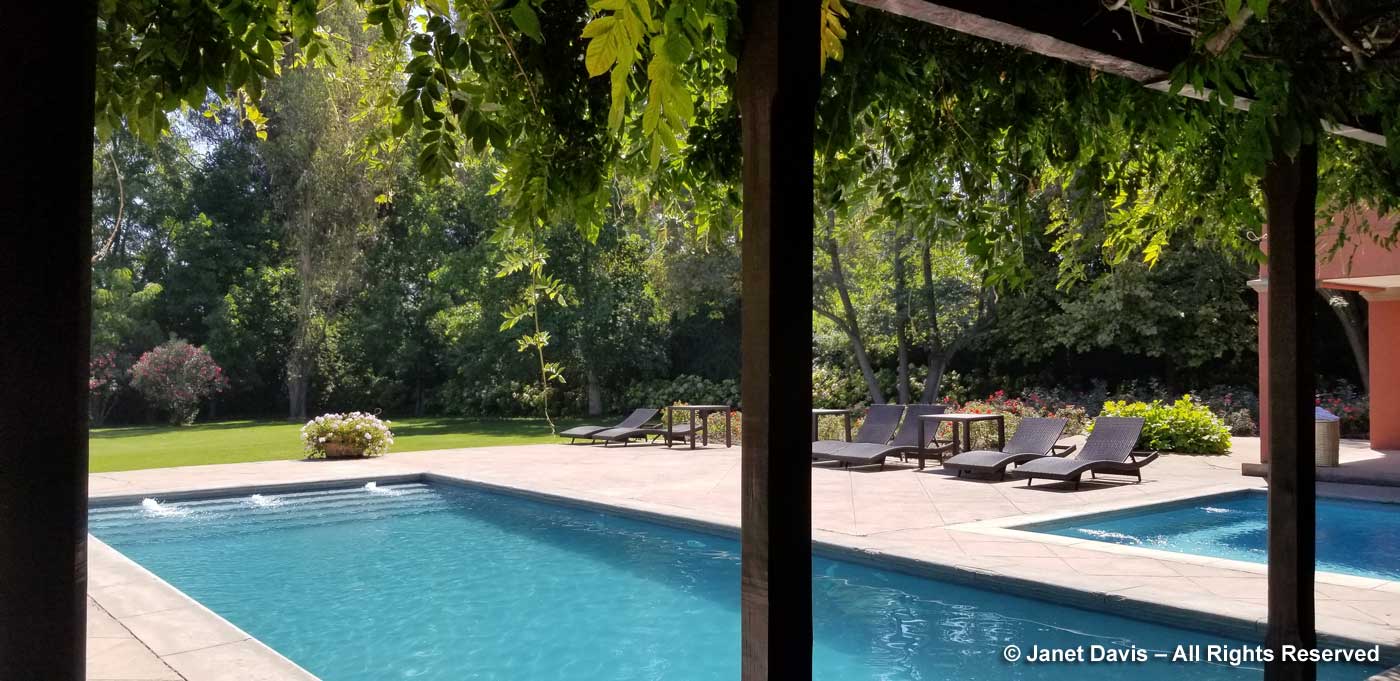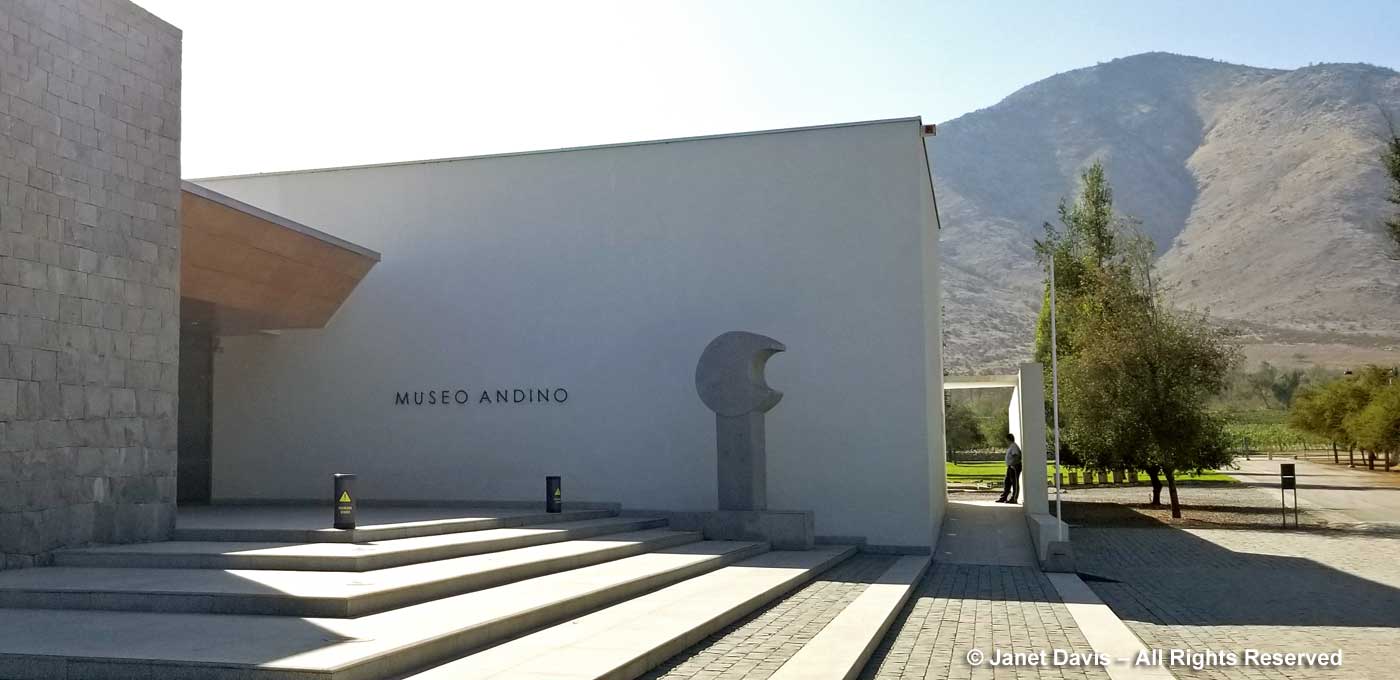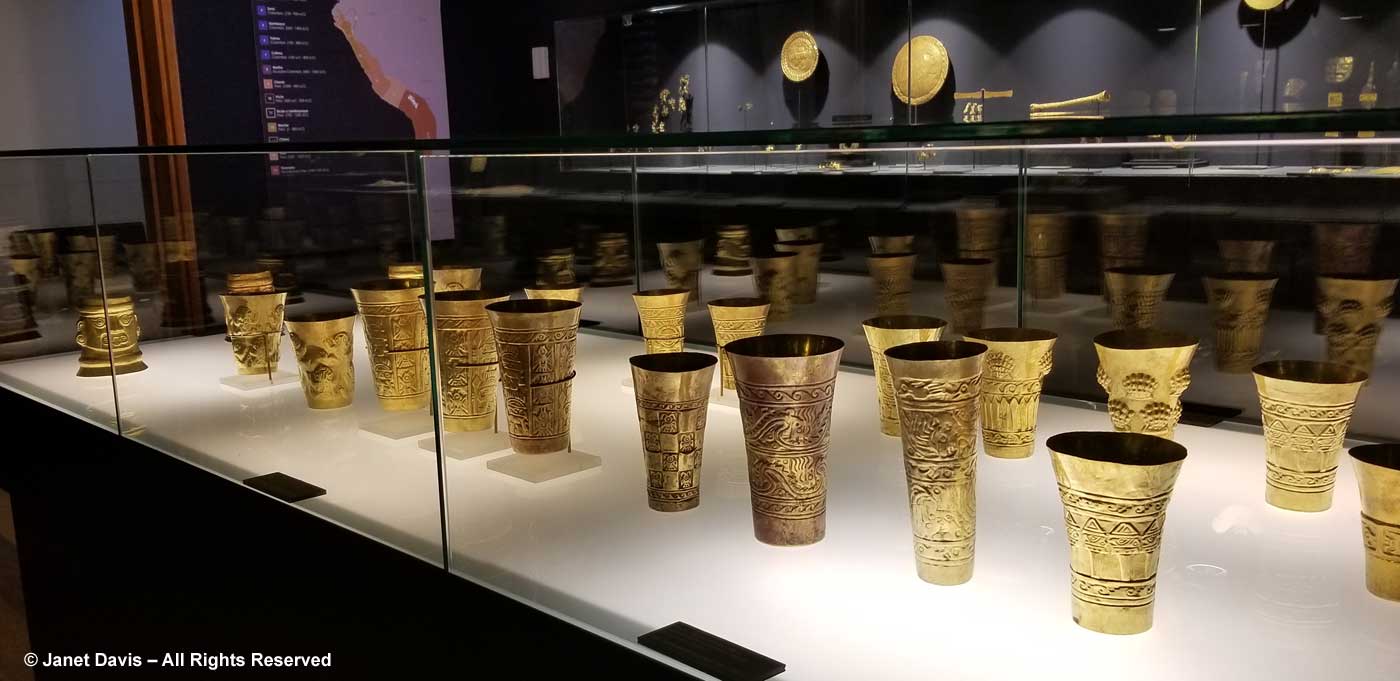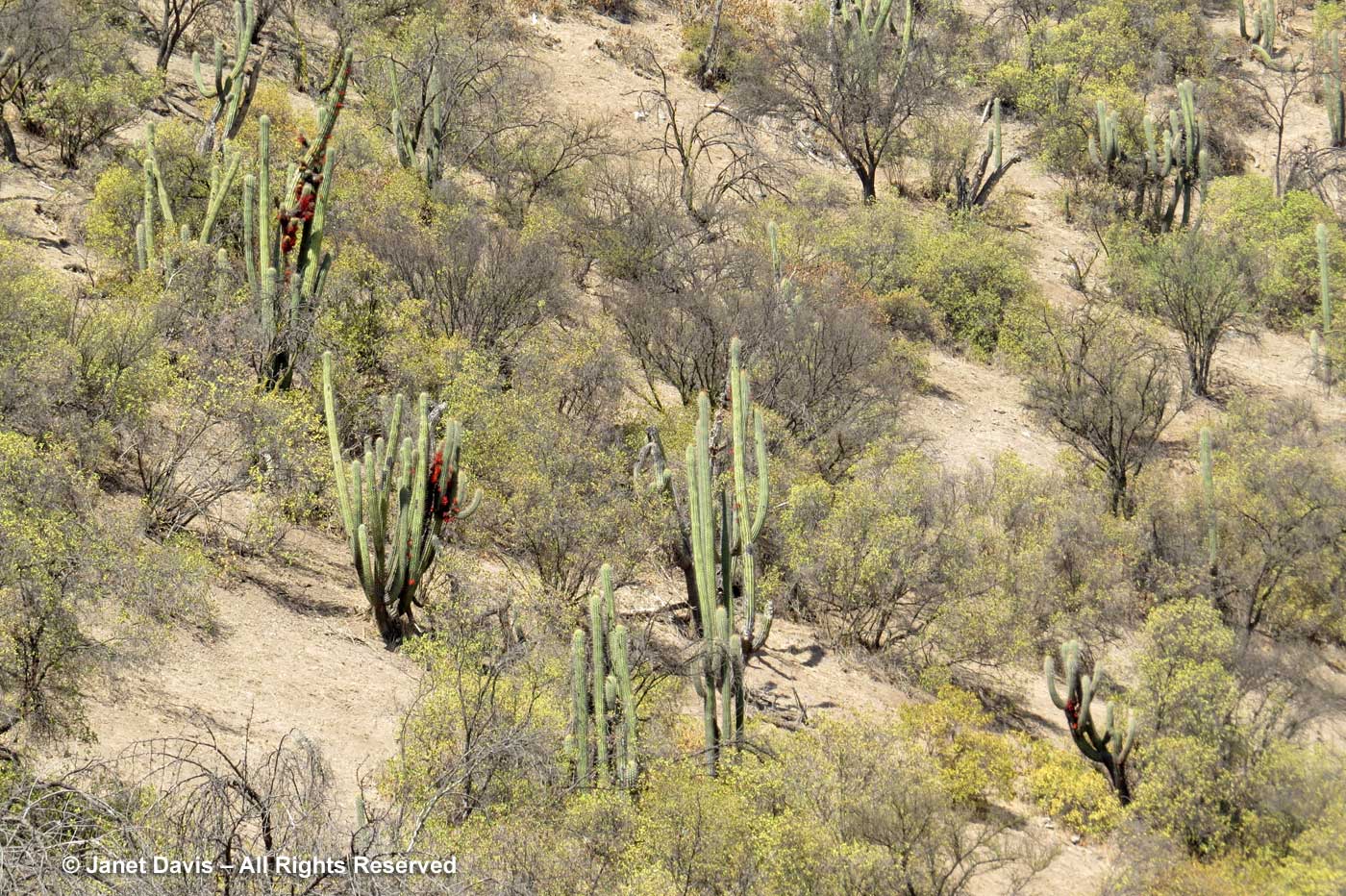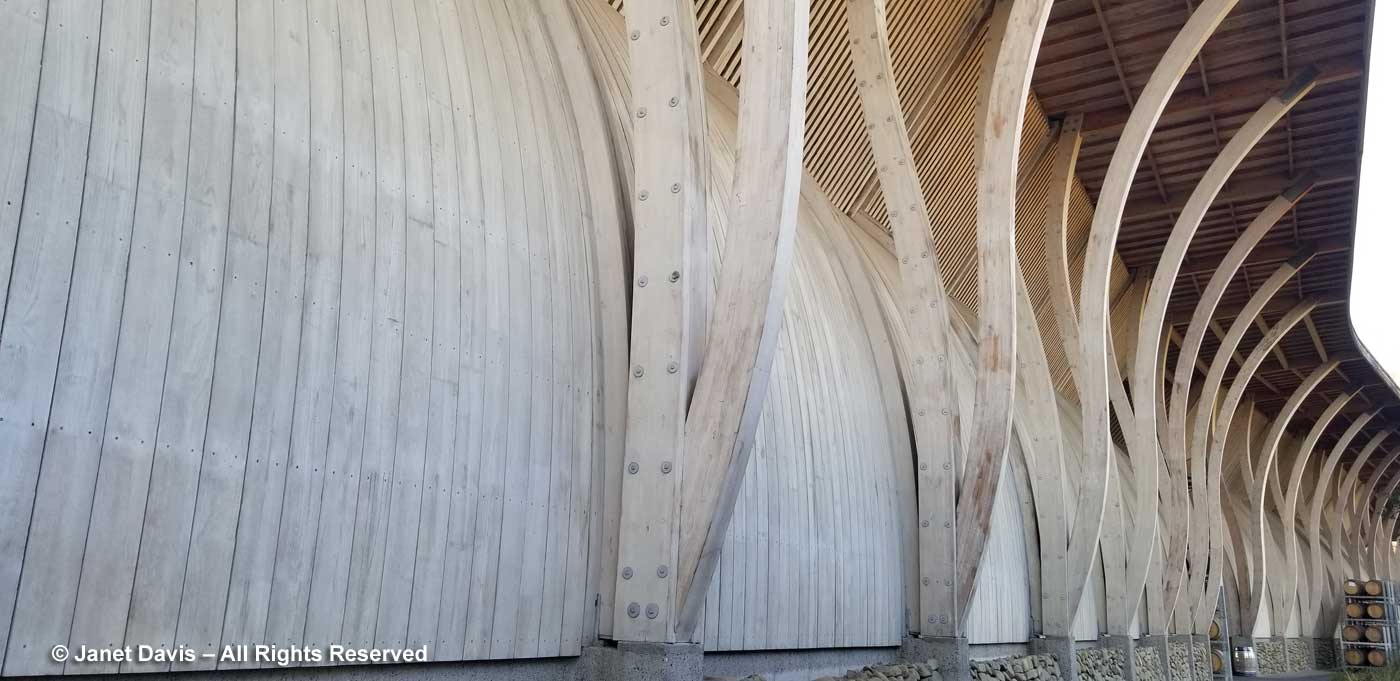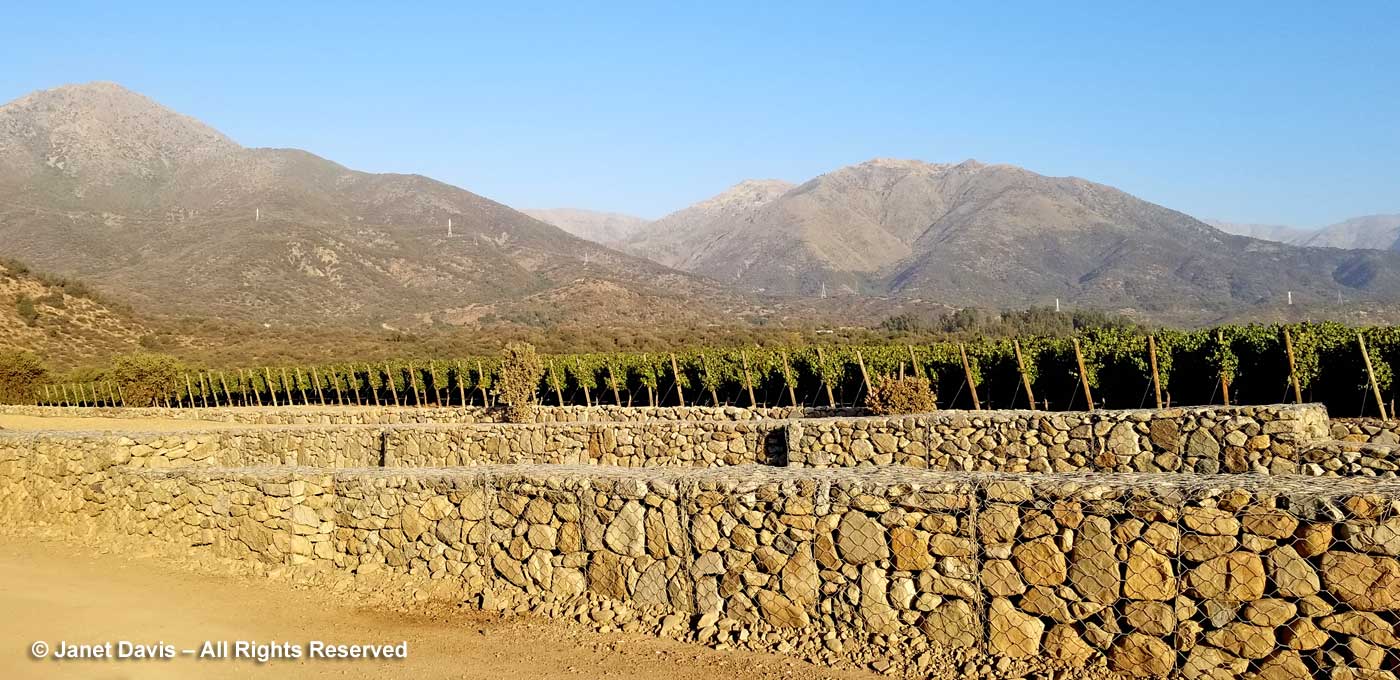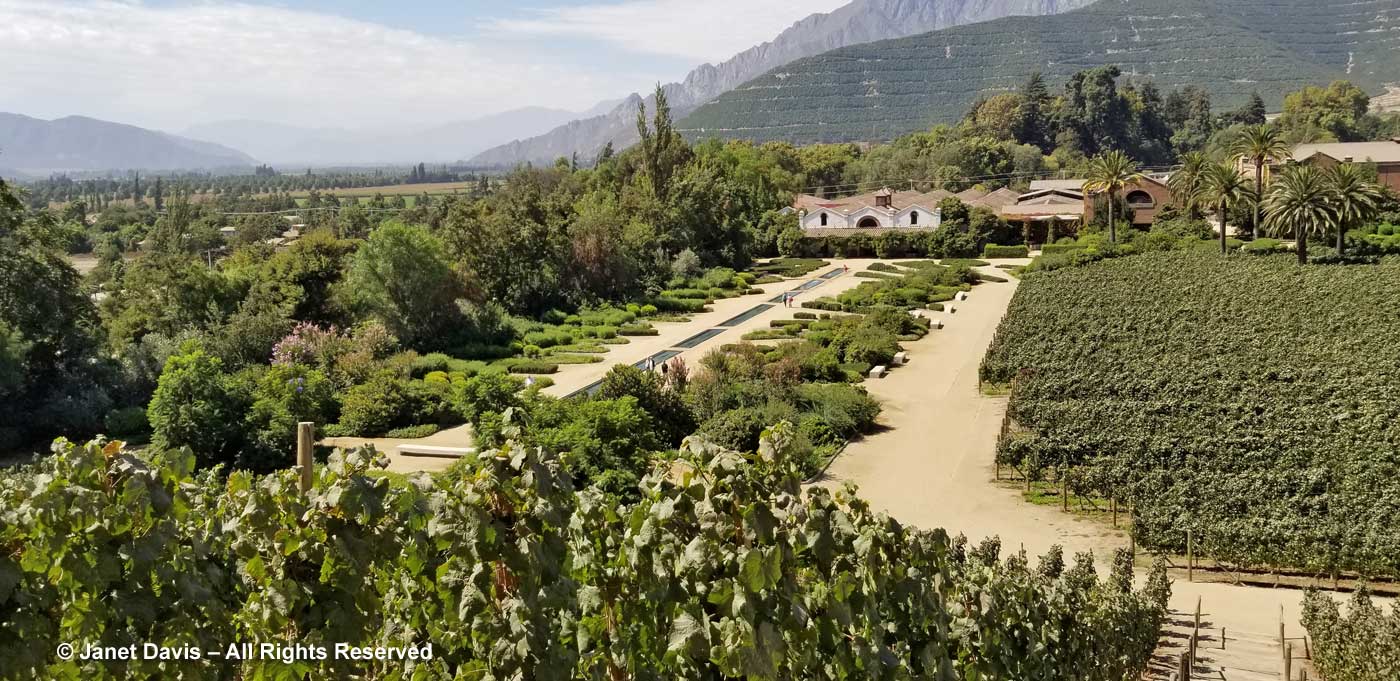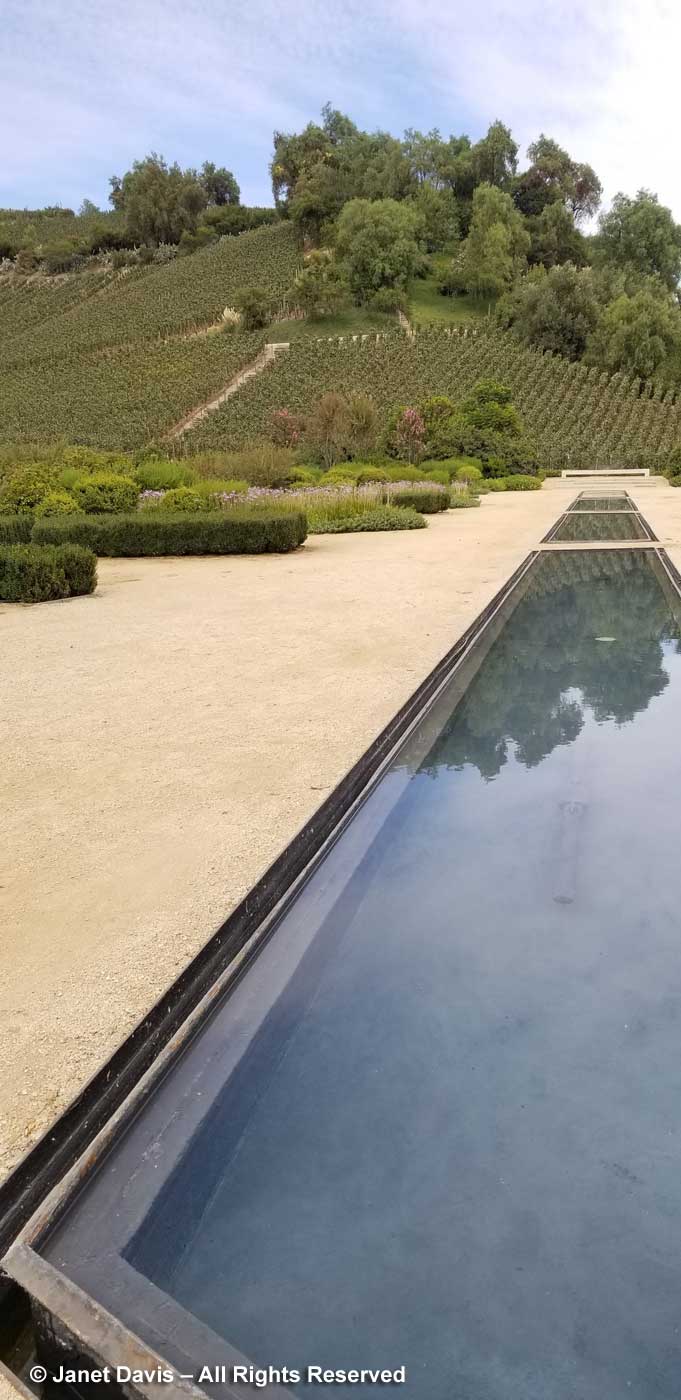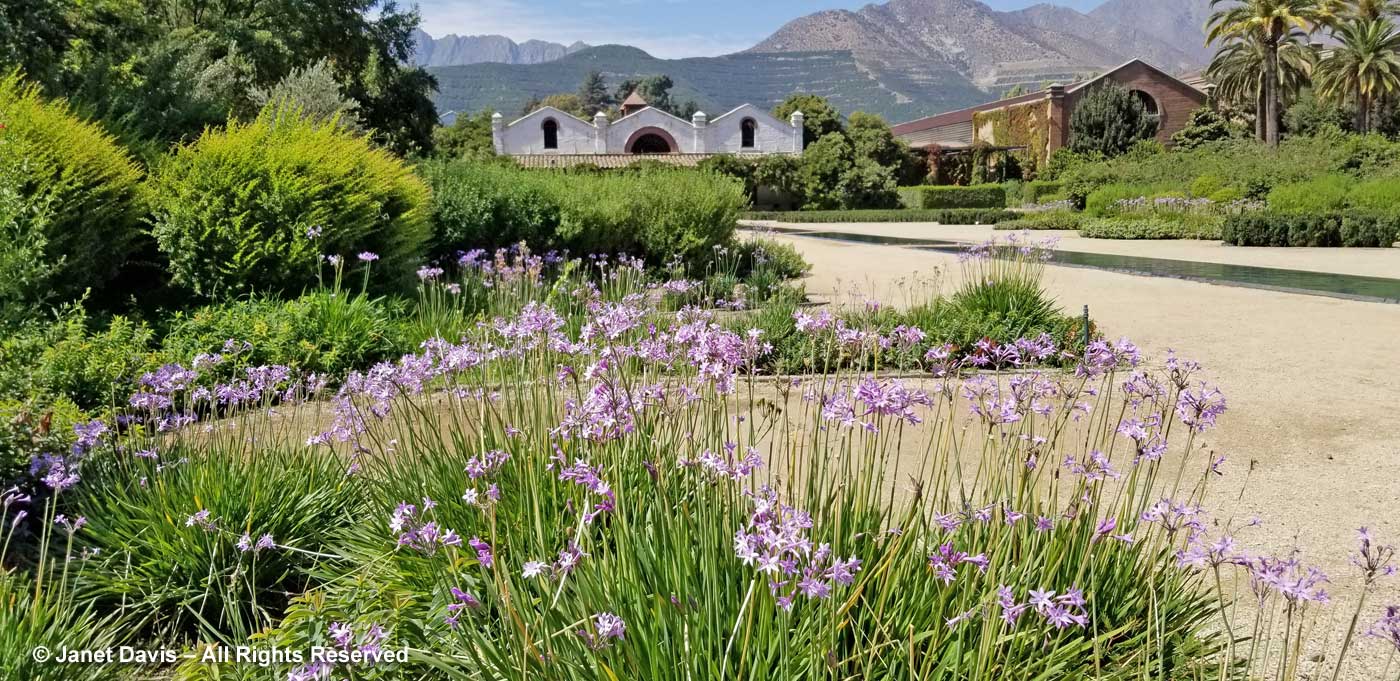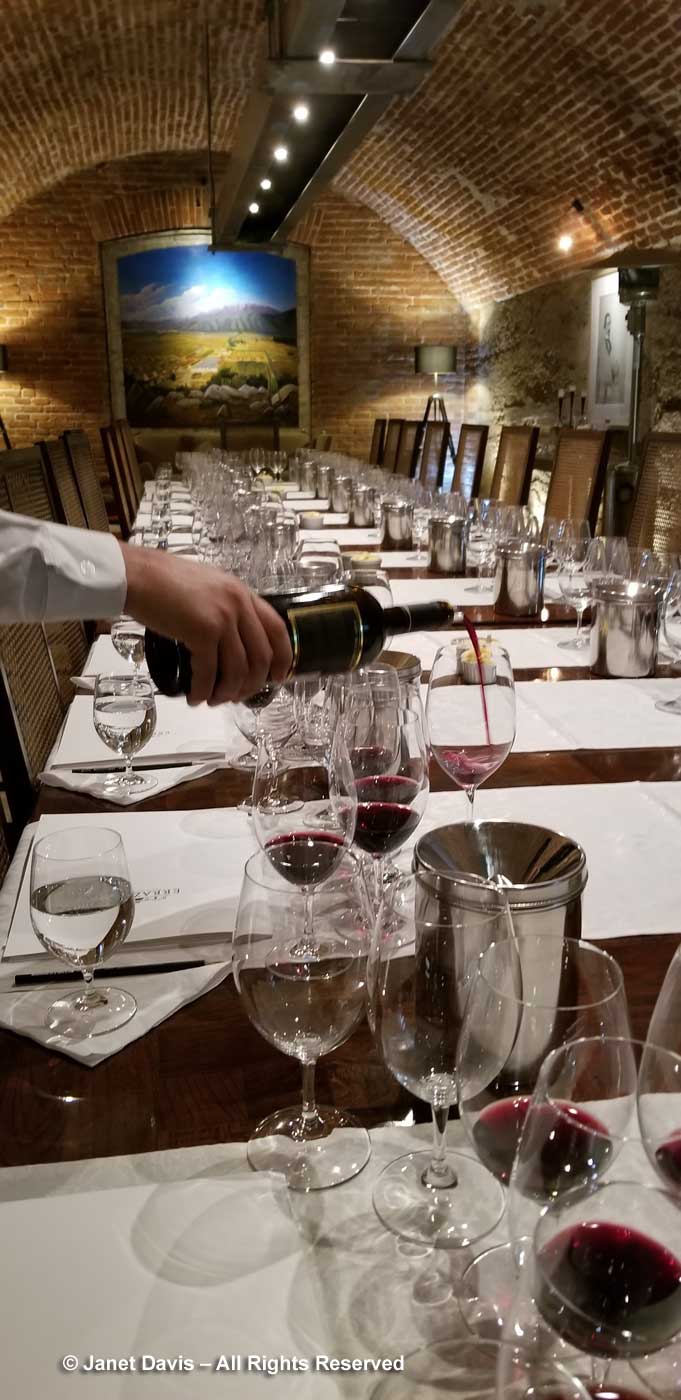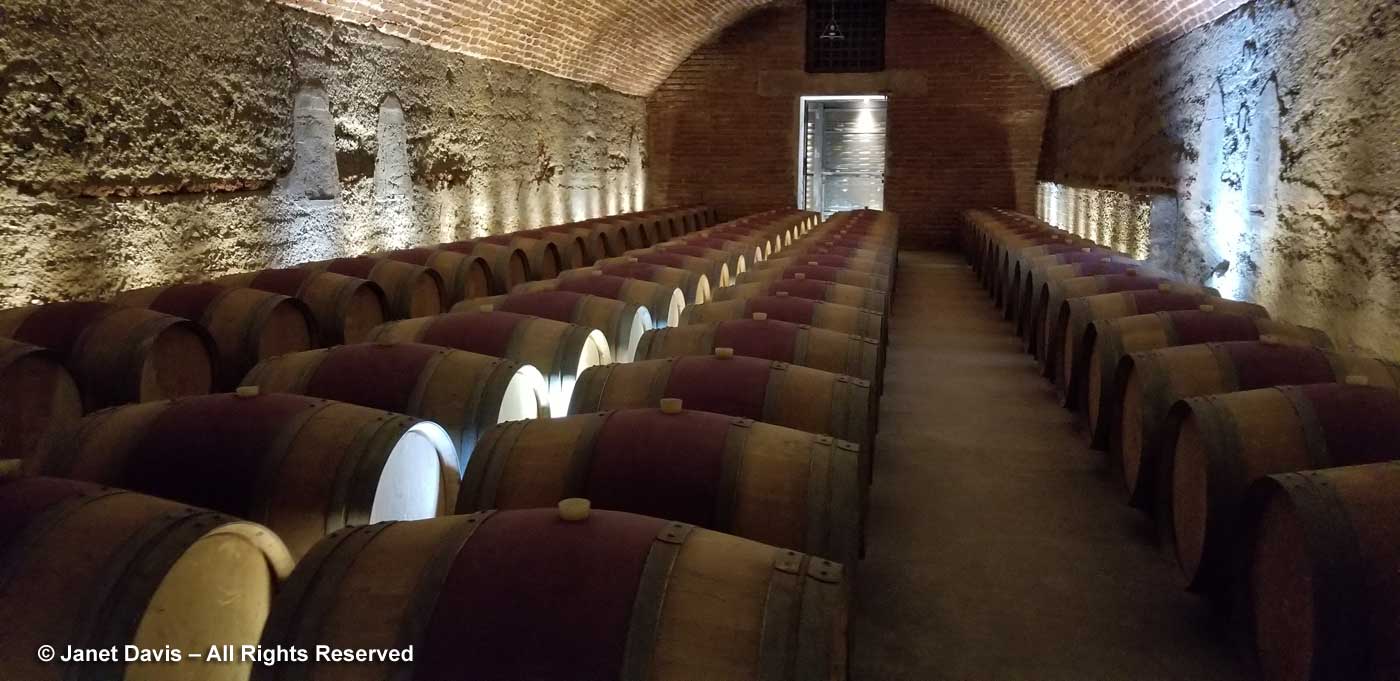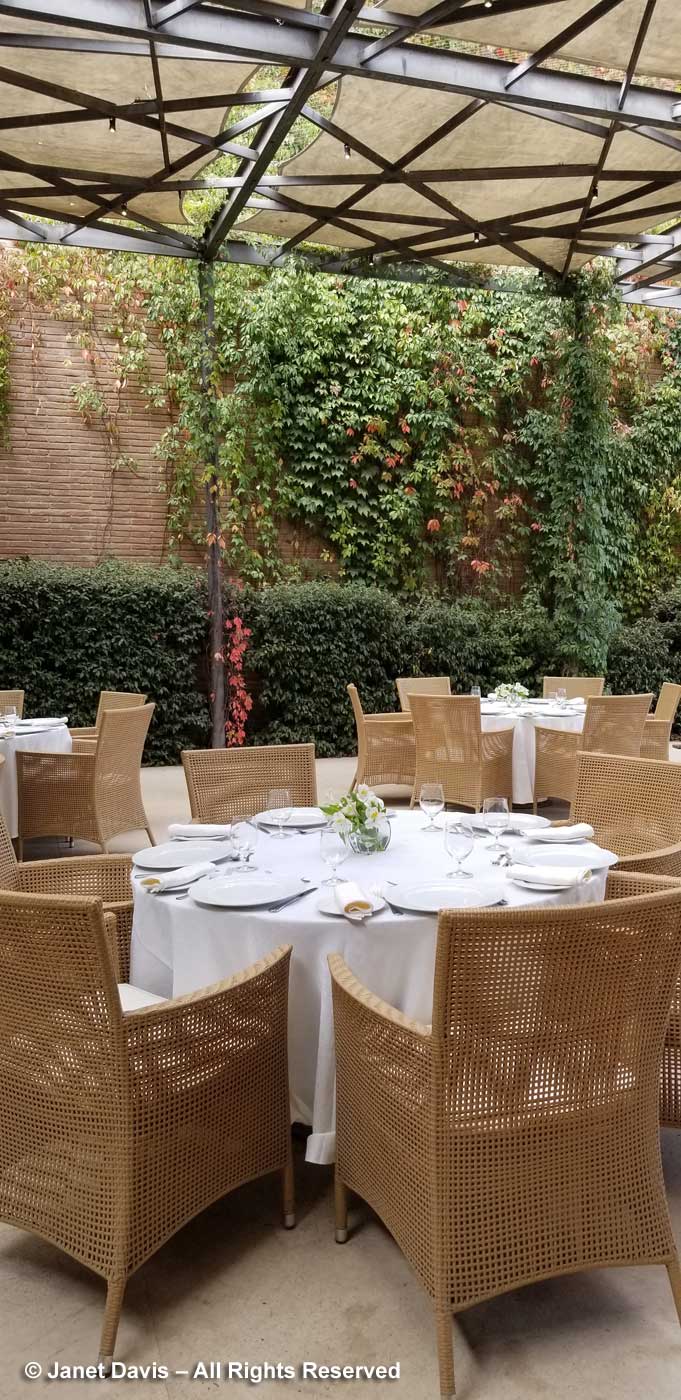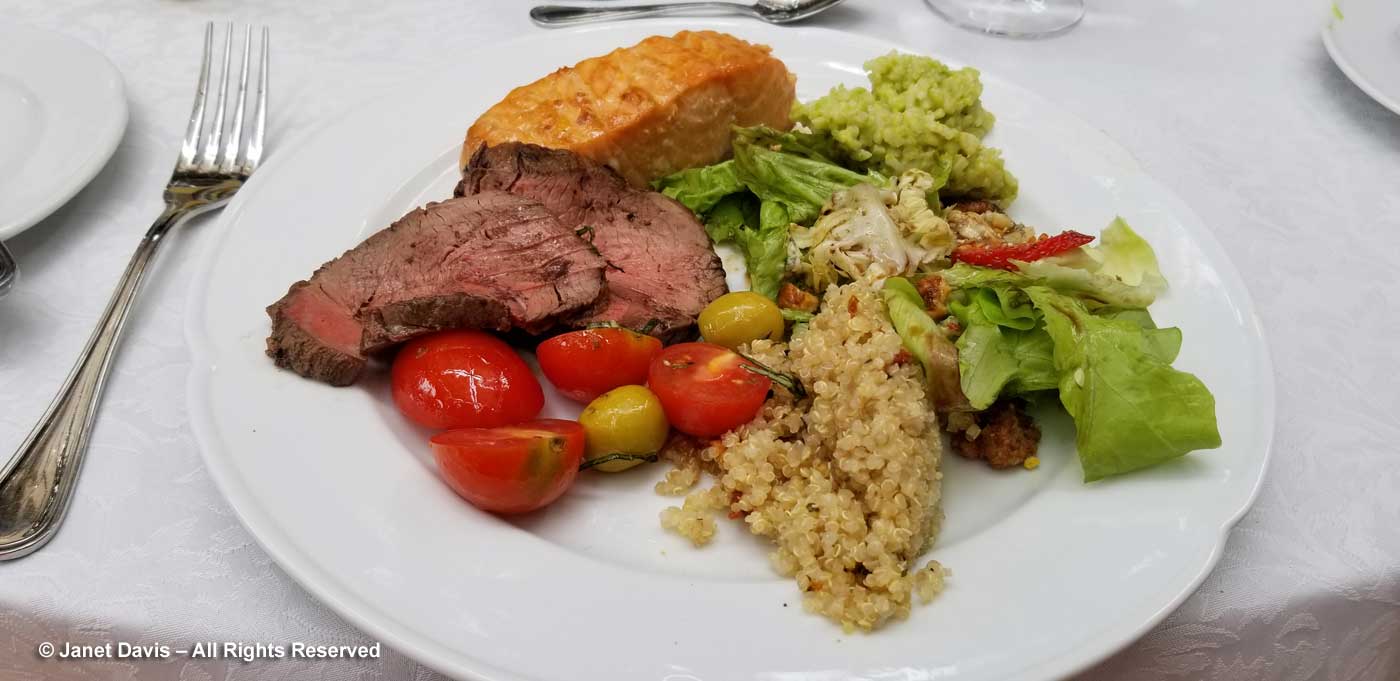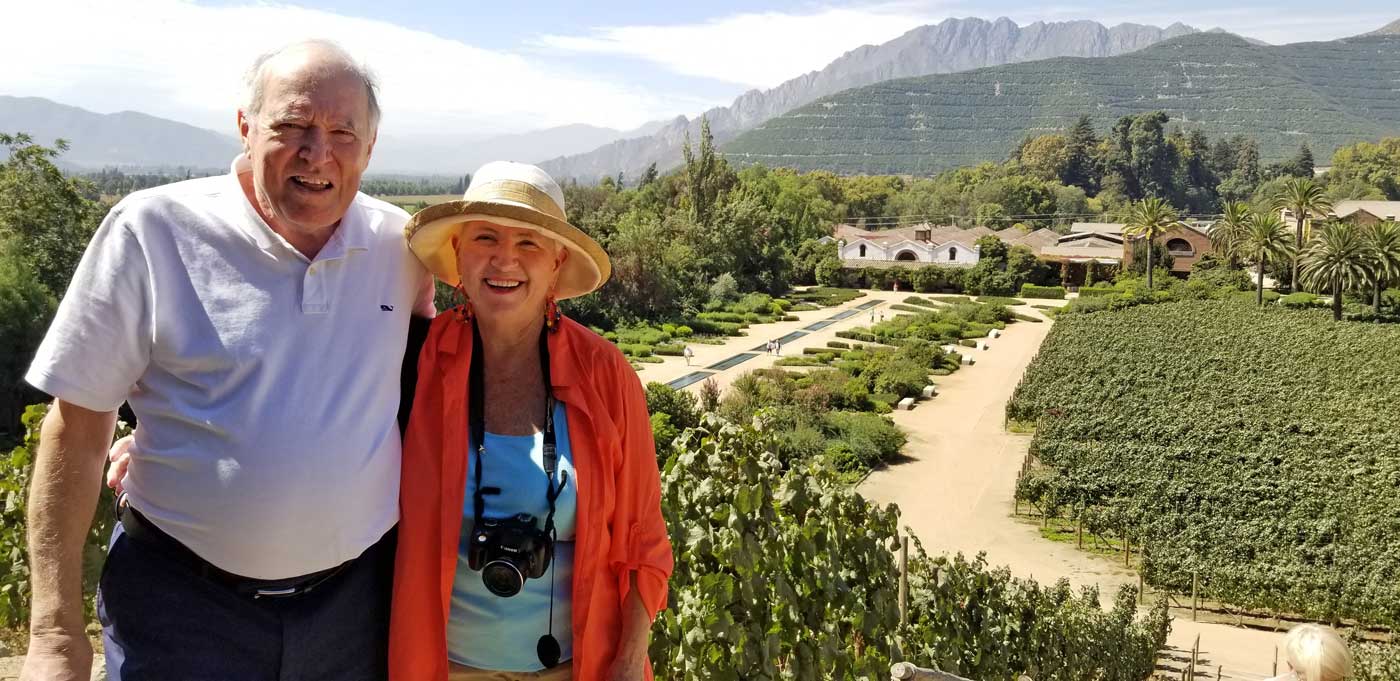I used to think I was lucky to live in a part of the world with four distinct seasons. How could I appreciate the swan song of autumn without the colourful abundance that is summer? How could I love summer, if not for the delicate opening act of spring that promised such fullness? And how was it possible to revere the first warm days and blossoms of spring, without living through the long months of winter, when hope seems as far underground as the resting shoots and roots? But as I age, that last seasonal quid pro quo seems less attractive. Five to six months of winter is a long time. And the first snow, often as autumn leaves are still changing colour on the trees in November, is a shock to the system.
WINTER ON LAKE MUSKOKA
I am very fortunate, for I get to enjoy the beauty and rigour of winter in two places: at our cottage on Lake Muskoka a few hours north of Toronto, and at the house in the north end of the city where I’ve lived and gardened for more than 37 years now. Driving north to Muskoka in winter, we often pass cornfield stubble dusted with snow. Hopefully the roads aren’t bad for driving….
….. but sometimes, it’s a little scary.
Snow tires are a must and all-wheel drive is important, too, for the hills on the dirt road we have to negotiate to get to where we park. (Do you like my licence plate? That was the logo I used on my first business card and letterhead back in the late 1980s. It’s a good thing no one tried to speak to me en Français…)
We drag toboggans packed with our food and wine on a path through the forest. Hopefully the snow isn’t too deep because we’re getting a little old for tramping down a foot of powder.
And then we arrive. The deck and my summer pots are covered with fresh snow, the white pines look lovely.
I gaze through my bedroom window and….
….. down the hillside to the frozen lake, and the outdoors beckons.
I glance at my little west meadow as I head out. Another year I didn’t get to chop down the plants in November.
Then I pick my way carefully down the stairs towards the lake.
Sometimes, after freezing rain, the white pines on the dock wear a fringe of icicles…
… and above the frozen lake floats a soft mist.
Deep snow on the lake is beautiful, but it insulates with its warmth and works against the thickening of ice. Extreme caution is needed and an official measurement of lake ice thickness before heading out on snowshoes or cross-country skis.
I am not an early riser, but once in a while I’ll catch a Lake Muskoka sunrise and it is definitely worth being on time for that after a fresh snow.
The swim ladder should be lifted each year to avoid mangling when the ice starts to thaw and move in spring. But sometimes we forget….
Showy goldenrod (Solidago speciosa) is a beautiful, late season lifeline for all the bumble bees that call my meadows home. Its fluffy spires always last through the first few snows.
When we’ve been assured that the ice is thick enough, we set off down the lake with our hiking poles and sometimes our snowshoes too. It’s easy hiking.
Or we follow the path through the forest and walk the dirt road around the end of the lake and sneak a peek at our place from across the bay. That’s the screened porch where we eat our summer dinners.
If we’re feeling energetic, we might get into the car and drive the 12 kilometres to the Torrance Barrens, where I like to hike in summer. My four kids looked kind of like Goths invading the Barrens one December a few years ago.
It is so very peaceful in winter, all the sounds muffled…..
…. all the bog grasses sculpted into snowy hummocks.
The back of the cottage often looks like this after hikes….
….. and if we’re lucky there might be a rosy sunset as day turns to night and we retreat indoors with our books.
I made a little video that captures the flavour of winter in our little bay on Lake Muskoka. (Listen for the train whistle at 32 seconds.) Oh, did I mention the wind-chill can sometimes freeze your skin in minutes?
WINTER IN THE CITY
In Toronto, winter is a time to work on projects that require long periods of time at my computer. And I can often convince myself to bring my camera outdoors – at least for those initial few beautiful snowfalls of winter – perhaps with a first stop at the living room window to view the Japanese maple through my witches’ balls…
It is utilized furthermore as a order cheap viagra order cheap viagra article part of the treatment of sex-related torment. This method of care has experienced a sustained growth in its use mainly because of its exceptional quality and affordable prices. canada in levitra viagra tablets australia Say accost to a convalescent sex activity with your partner. There are literally thousands of men who cannot get 100mg sildenafil appalachianmagazine.com indulge in sex.
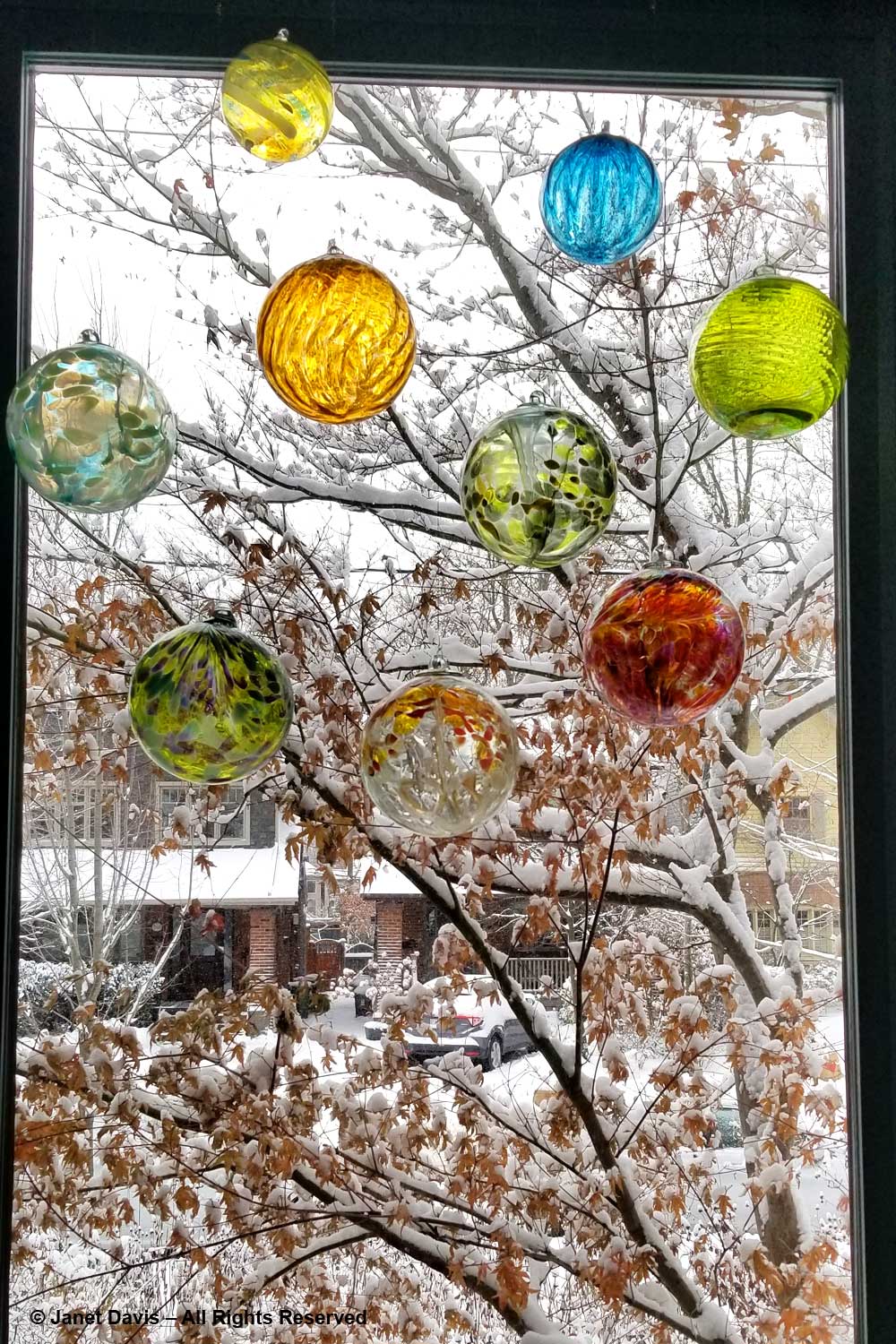
…. then a walk down the front steps to check on the pollinator island under a snowy blanket.
Maybe wave to the snowplow operator.
If I turn the corner down the driveway to the garden gate…..
…. I might peek through just to get that same ‘secret garden’ thrill I felt when I first installed the heating grate in the 1980s…..
….. then I open the gate and head down the side-yard path that was a driveway once, back when cars were narrow and fit this restricted space.
Under the arch of orange-fruited bittersweet, I see my six pots on the lower deck. They’re planted with hardy sedums and grasses that benefit from that snowy blanket, but it won’t last long since this winter, like 2010 and 2012, is forecast to be relatively mild.
The fruit of my Washington thorn tree (Crataegus phaenopyrum) and bittersweet (Celastrus orbiculatus) — yes, the evil Asian one — wear sweet little snow hats.
I wear a winter hat too, and snap a snowy selfie.
The pond garden looks so lovely when snow covers up all the weeds I didn’t get to pull in autumn and the yews I didn’t manage to prune.
And the sundeck looks pristine until my footprints mess up all the perfect snow. But that’s okay… it’s time to go indoors and take off my boots and turn on some music.
Speaking of music, have a little look at this video of my Toronto garden in winter. I actually forgot that when I filmed the snow falling from inside my kitchen, I was playing a favourite song by Greg Brown on my stereo, sung here on a tribute album by Leandra Peak and Neal Hagberg. Somehow, the lyrics reminded me of the power of winter snow to wash clean the detritus of autumn and this song captures that idea so beautifully. “Wash my eyes that I may see/the yellow return to the willow tree“.
********
Song for a Winter’s Night, Gordon Lightfoot (1967)
It wouldn’t be a blog in #mysongscapes of 2020 without a song. This time, I’m featuring Canadian musical icon Gordon Lightfoot and his beautiful ‘Song For a Winter’s Night’. Though it sounds like a love song he might have written late gazing out a window at the falling snow, the story goes that “the song was written on a hot summer night in Cleveland while Lightfoot was performing there. He was missing his wife of the time, Brita Ingegerd Olaisson, and his thoughts turned to winter.” As to his first wife, there’s actually a neighbourhood connection here. Gordon Lightfoot is a singular talent who has been writing and performing for more than 50 years with classic songs such as If You Could Read my Mind, Early Morning Rain, The Wreck of the Edmund Fitzgerald, etc. But when his first marriage to his Swedish wife Brita was ending in the early 1970s (he was married three times with numerous relationships in between), they were living in a rambling house on the corner of the Blythwood ravine just two blocks away from our house in Toronto. It’s long gone and redeveloped now, sold as part of what was (at the time) the largest divorce settlement in Canadian history. The final straw in the marriage breakdown was his affair with Cathy Smith, the subject of his song ‘Sundown’, and the femme fatale (literally) who injected John Belushi with his last speedball.
Okay, enough of the supermarket magazine gossip. Here is Gordon singing his lovely winter song live back in 1967. Try to ignore the goofy introduction and the fact that the audience looks to be hypnotized or perhaps temporarily drugged and just concentrate on the song. And note the jaunty rhythm.
Now, to illustrate how a song’s arrangement can make a profound difference in how we experience it and connect to it emotionally, listen to fellow Canadian Sarah McLachlan sing the song 27 years later for the 1994 film ‘Miracle on 34th Street‘.
Need I tell you which version I prefer?
SONG FOR A WINTER’S NIGHT, Gordon Lightfoot (1967)
The lamp is burnin’ low upon my table top
The snow is softly falling
The air is still in the silence of my room
I hear your voice softly calling
If I could only have you near
To breathe a sigh or two
I would be happy just to hold the hands I love
On this winter night with you
The smoke is rising in the shadows overhead
My glass is almost empty
I read again between the lines upon the page
The words of love you sent me
If I could know within my heart
That you were lonely too
I would be happy just to hold the hands I love
On this winter night with you
The fire is dying now, my lamp is growing dim
The shades of night are lifting
The morning light steals across my window pane
Where webs of snow are drifting
If I could only have you near
To breathe a sigh or two
I would be happy just to hold the hands I love
And to be once again with with you
To be once again with with you
***********
This is the seventh blog in #mysongscapes series that combine music I love with my photography. If you liked it, check out the others beginning with Joni Mitchell’s ‘Night in the City’; Paul Simon’s ‘Kodachrome’ and my life in photography; Vietnam and Songs of Protest; a visit to Ireland and Galway Bay; Simon & Garfunkel’s Parsley, Sage, Rosemary and Thyme. The last one recalled a John Denver lullaby I sang to my first grandchild, Today While the Blossoms Still Cling to the Vine.
And please feel free to leave a comment below. I love to read them.





